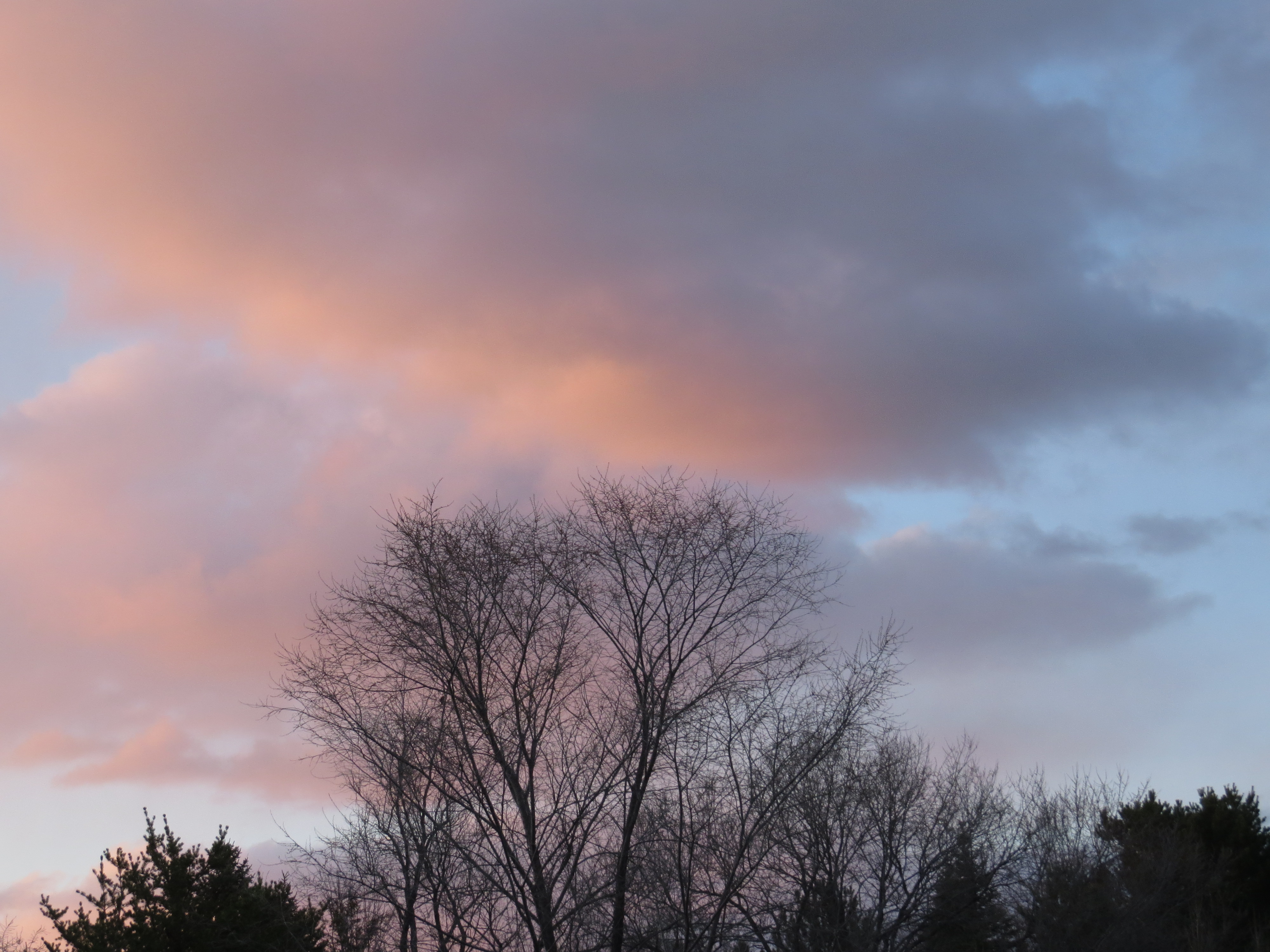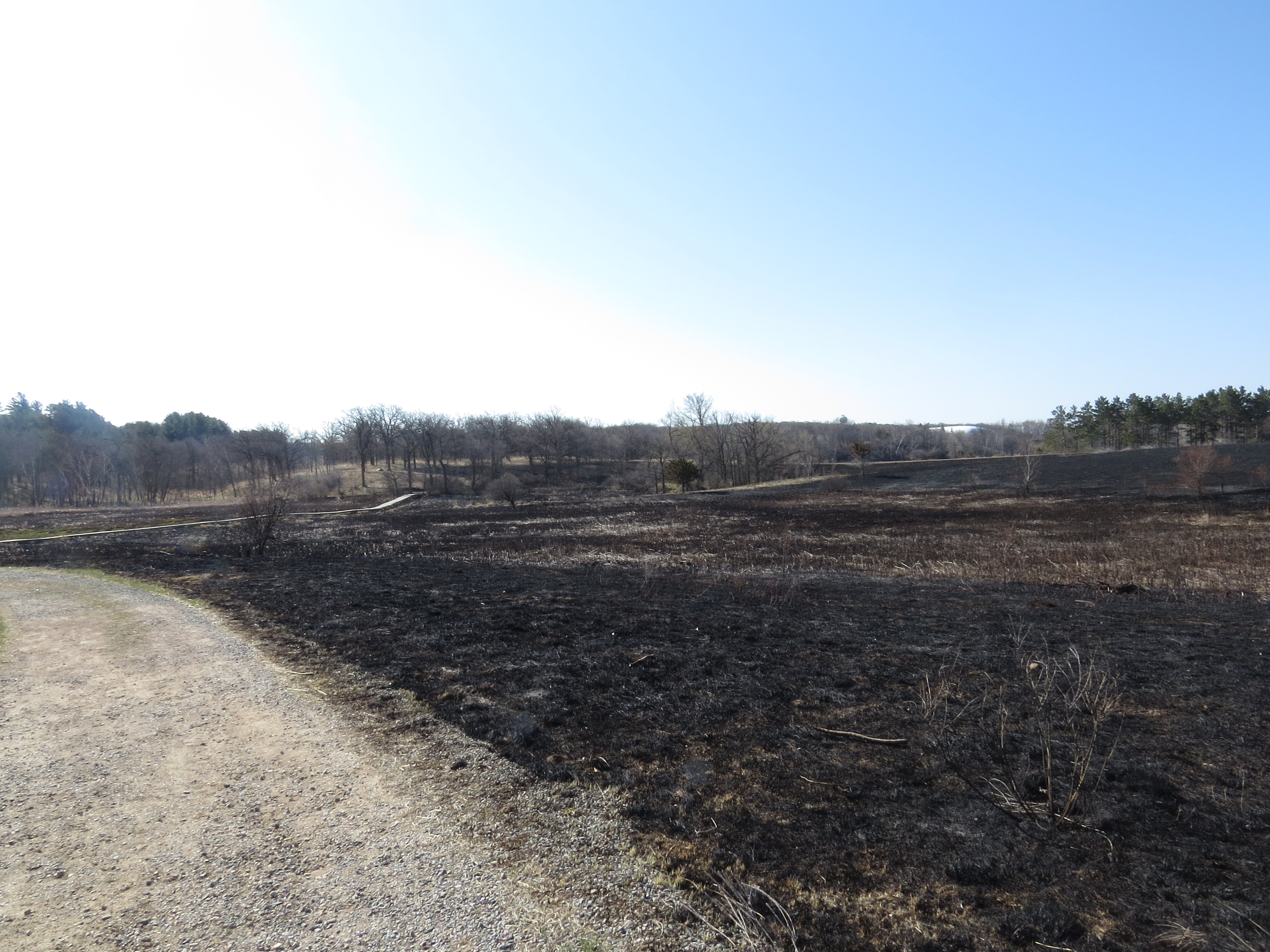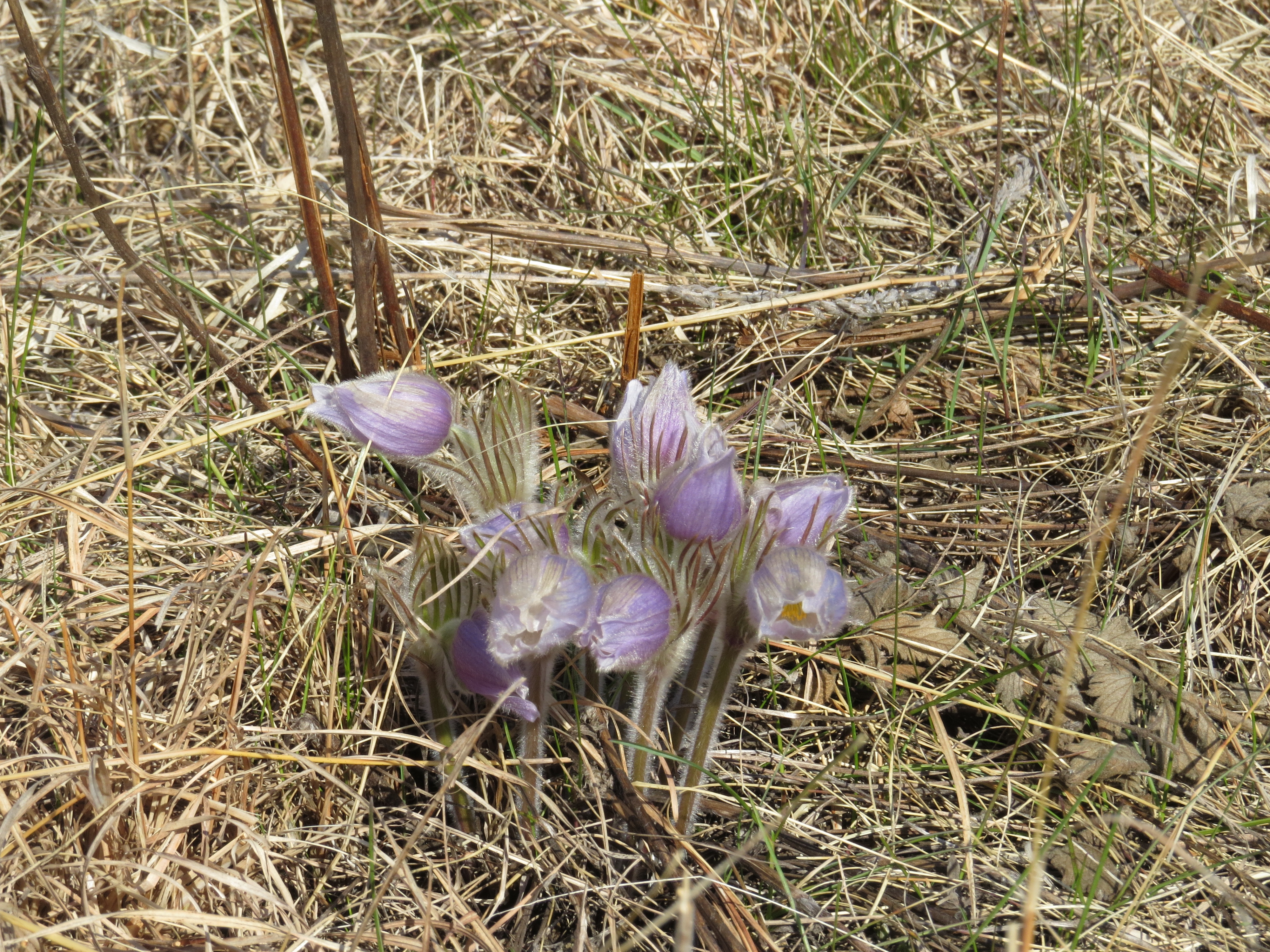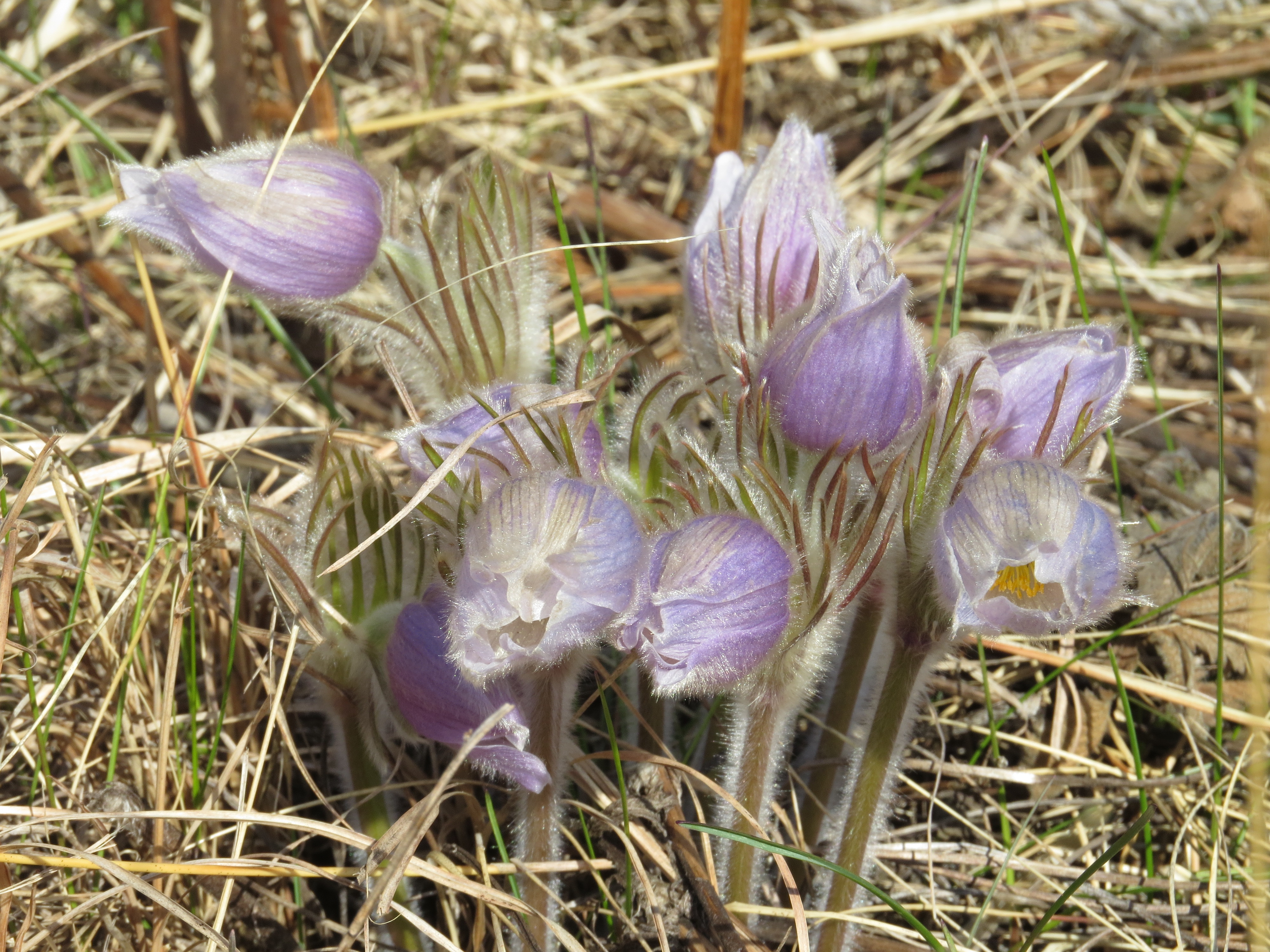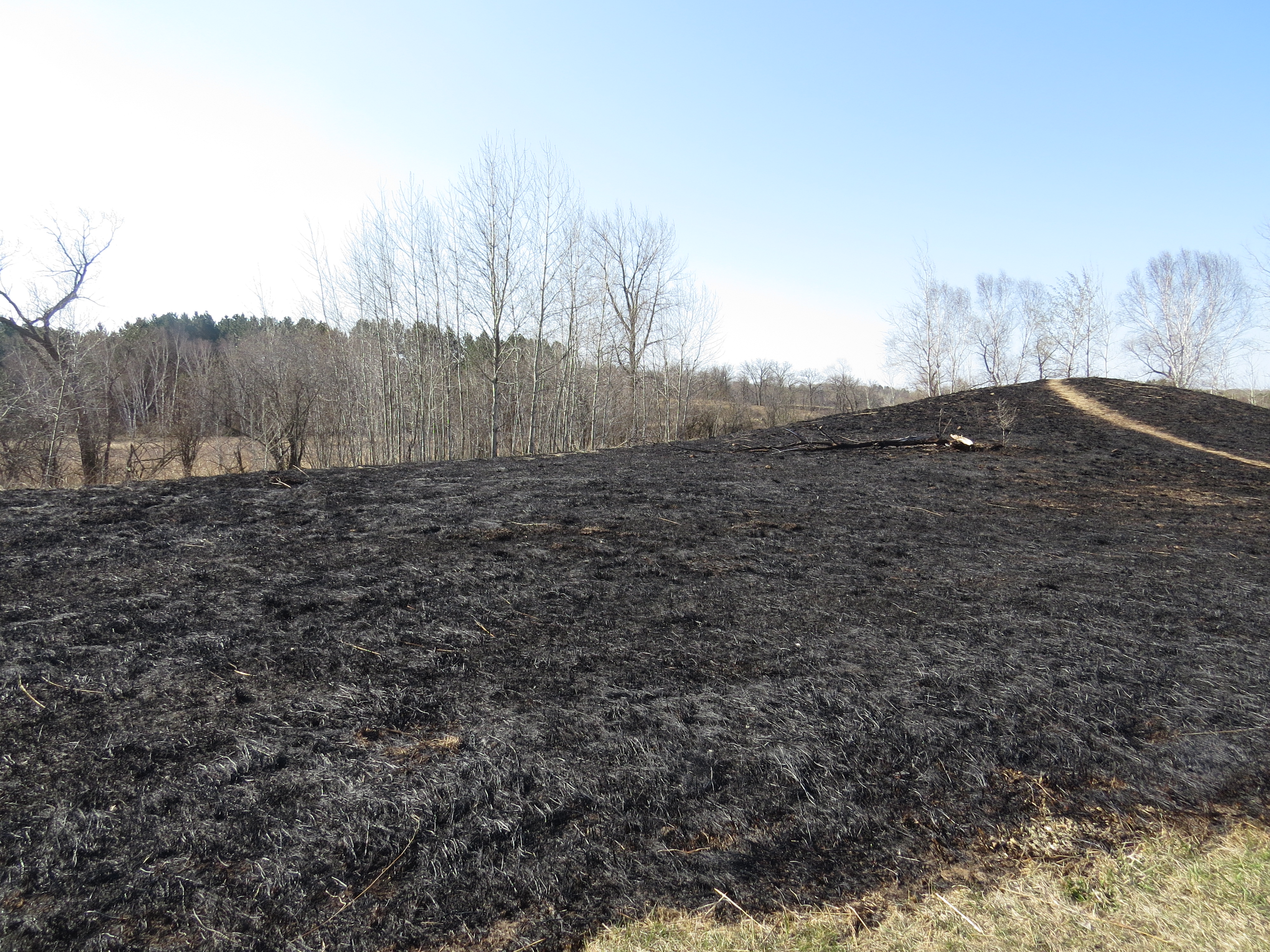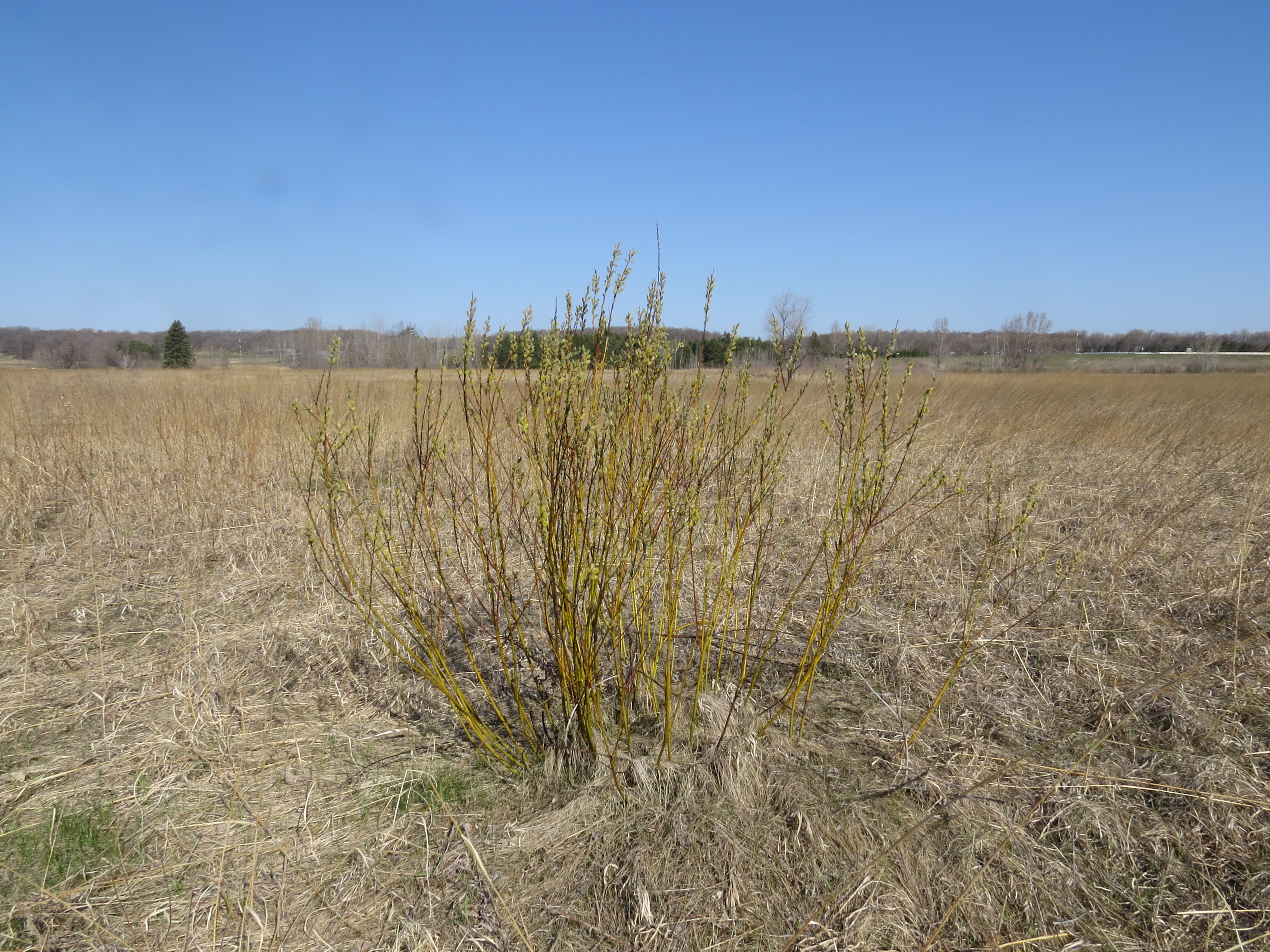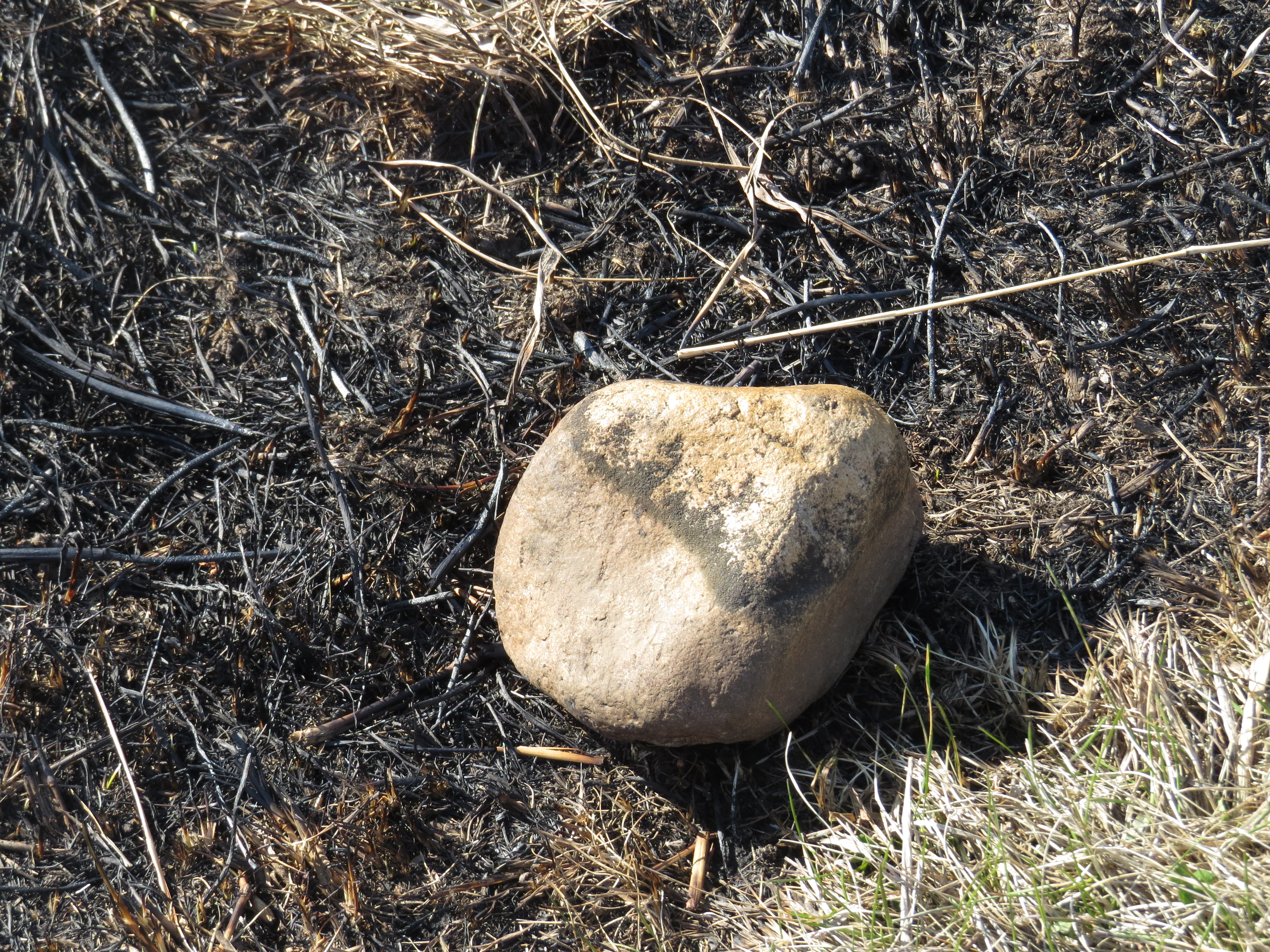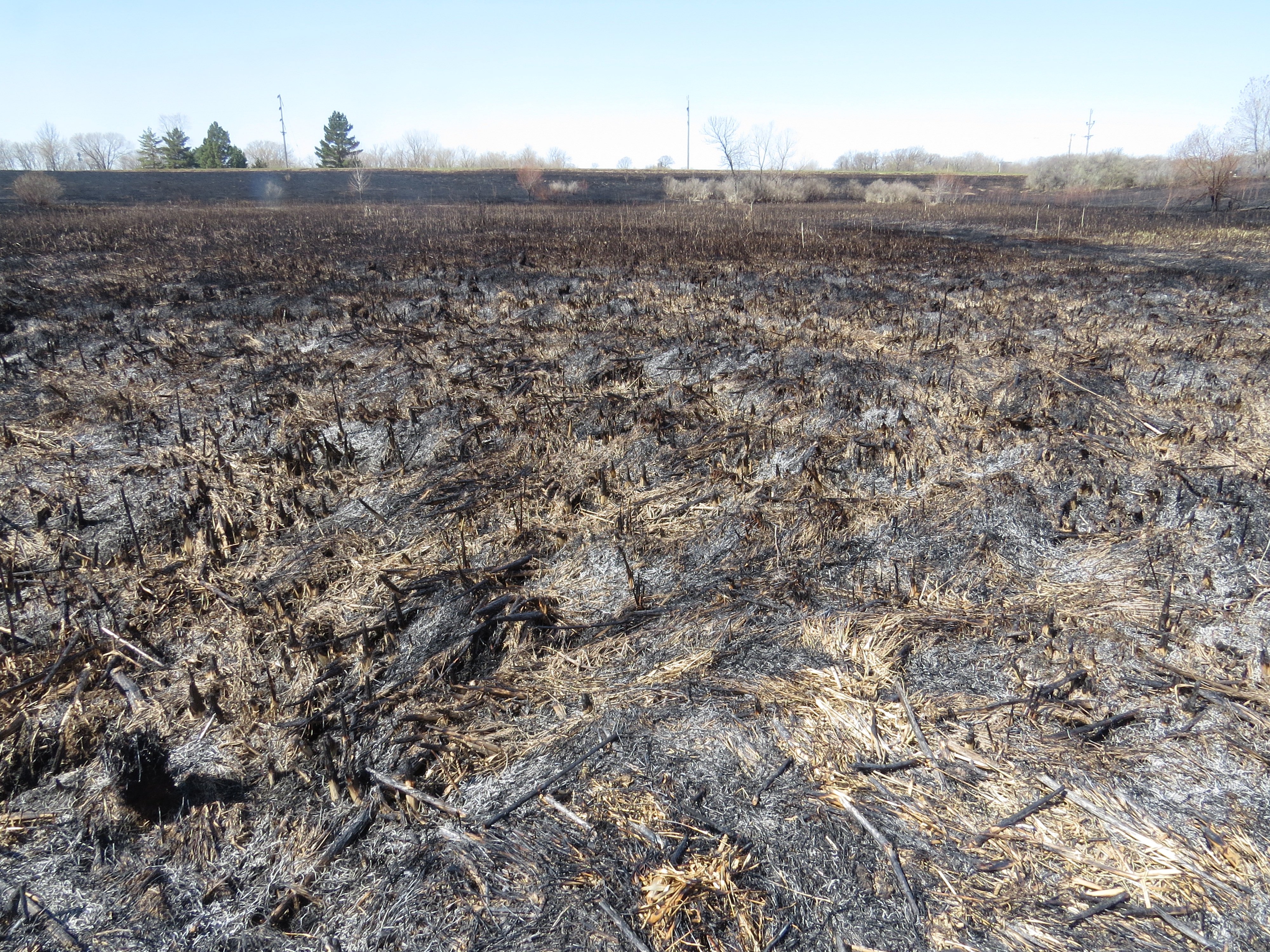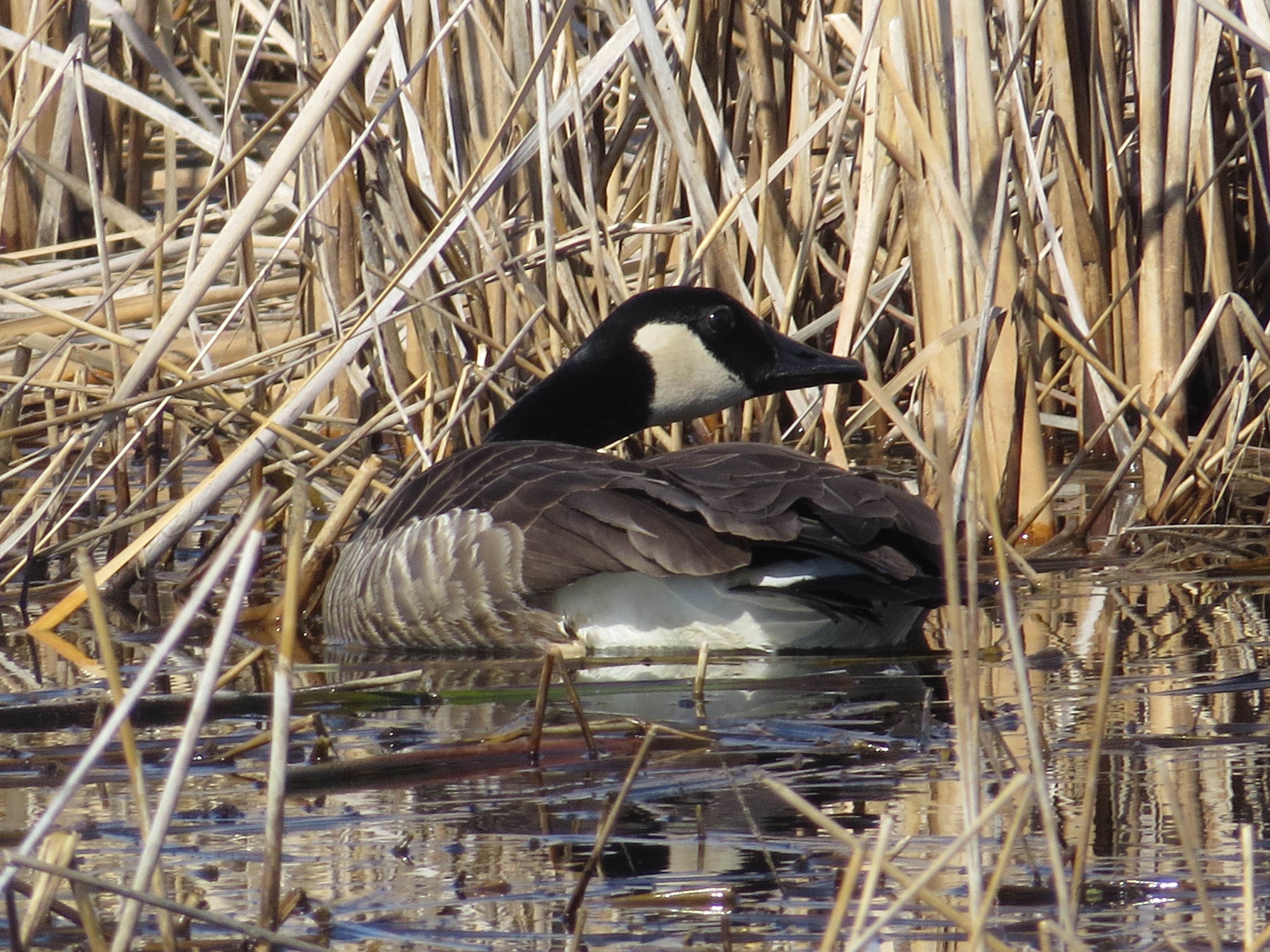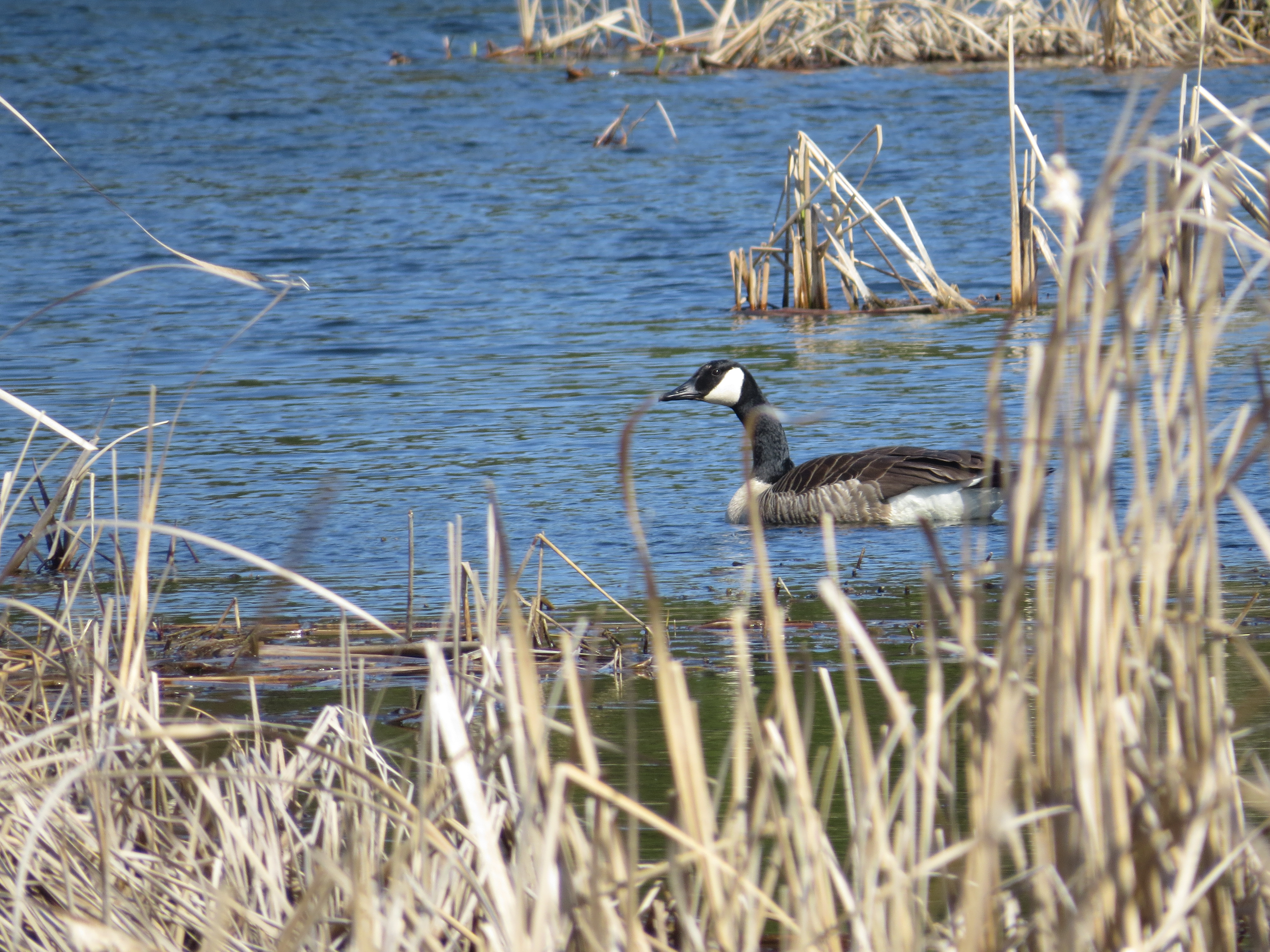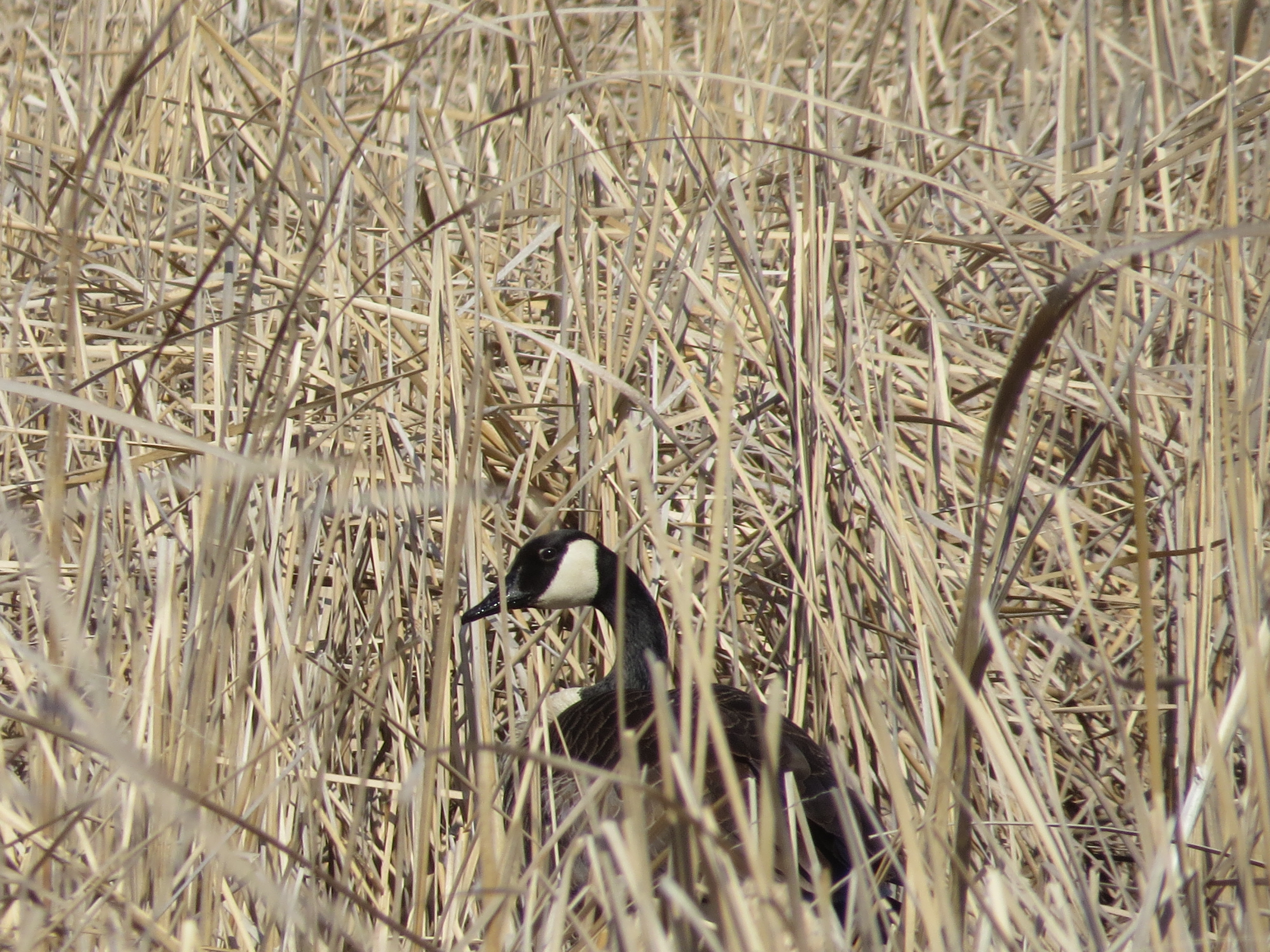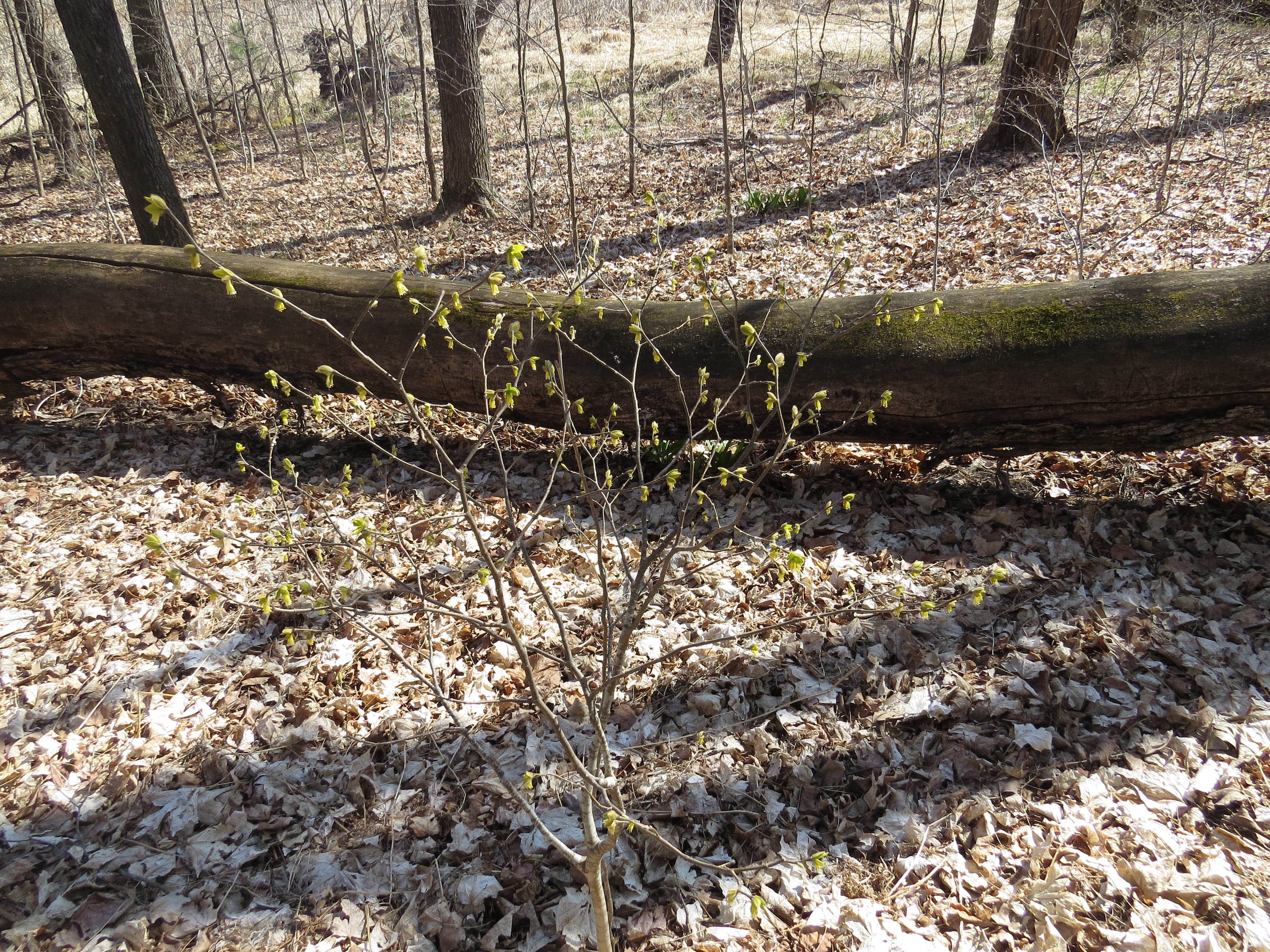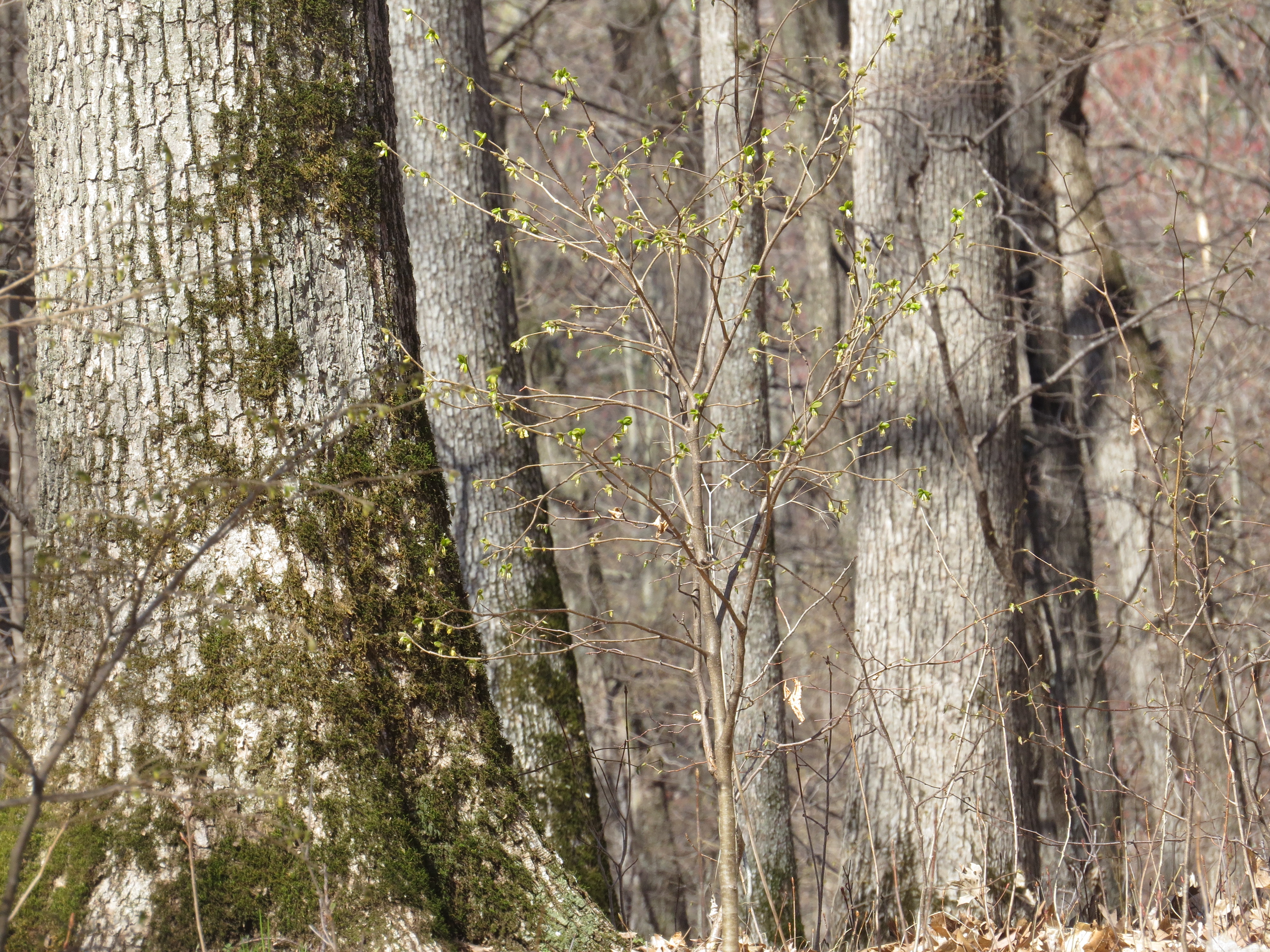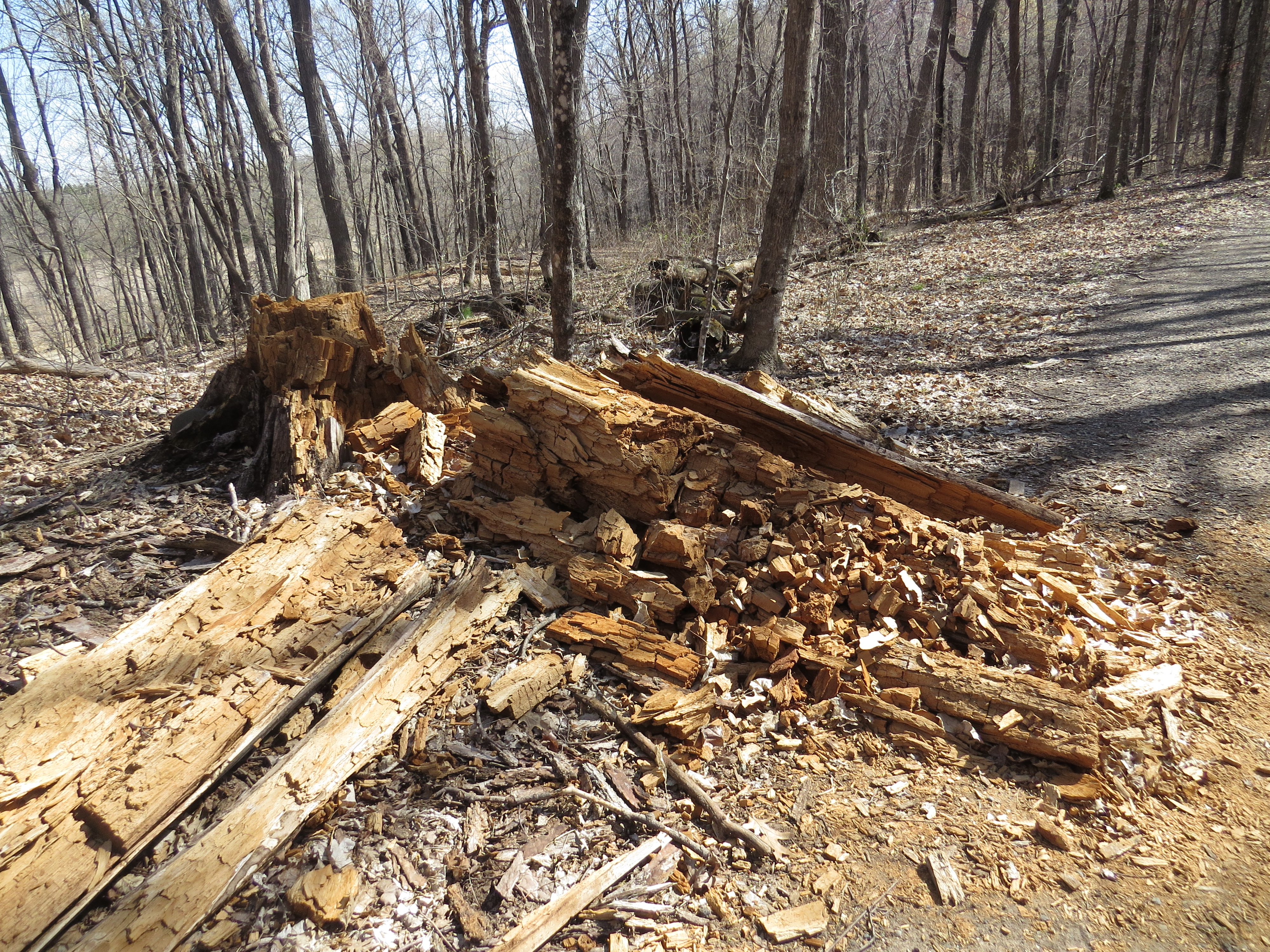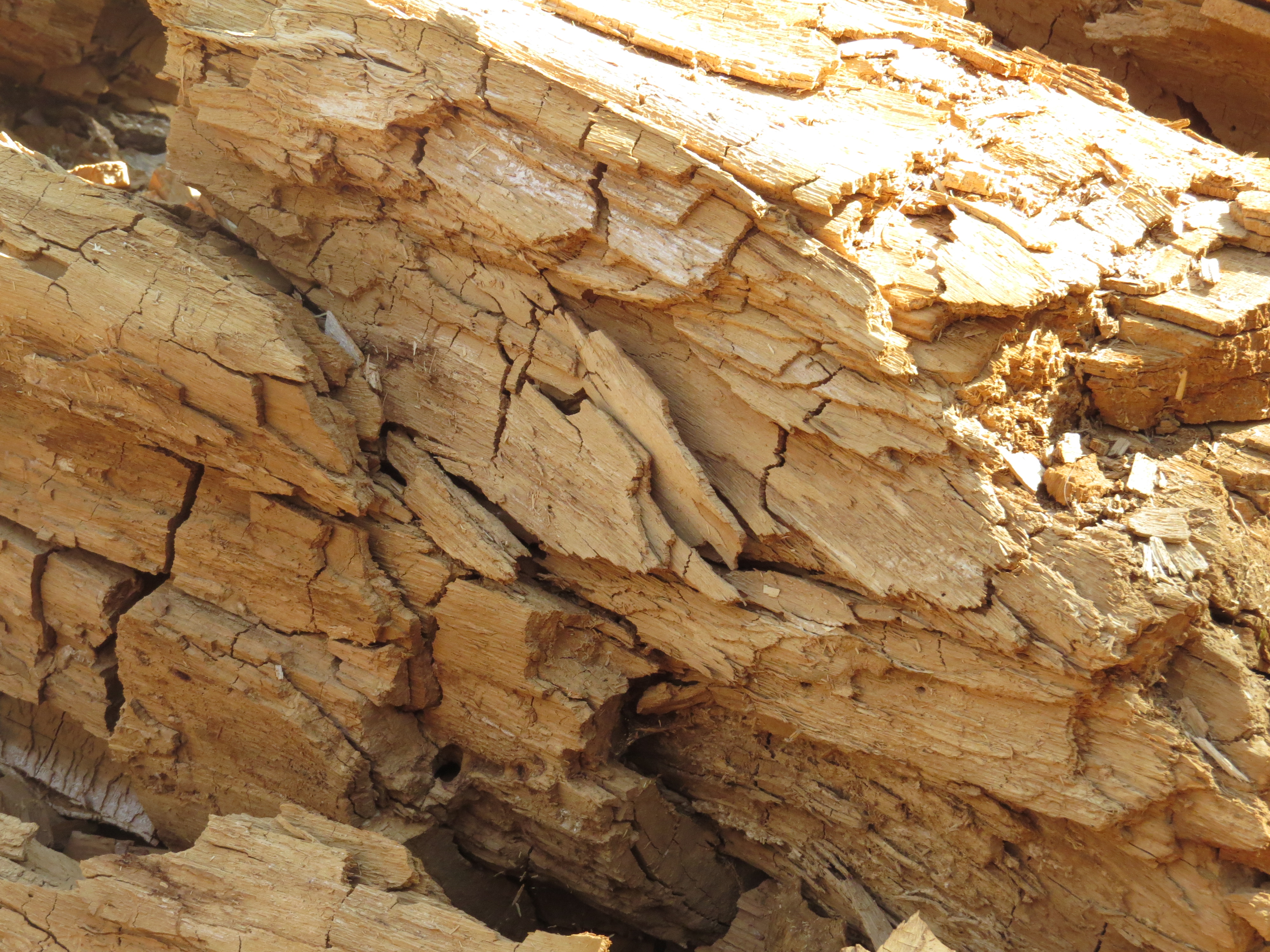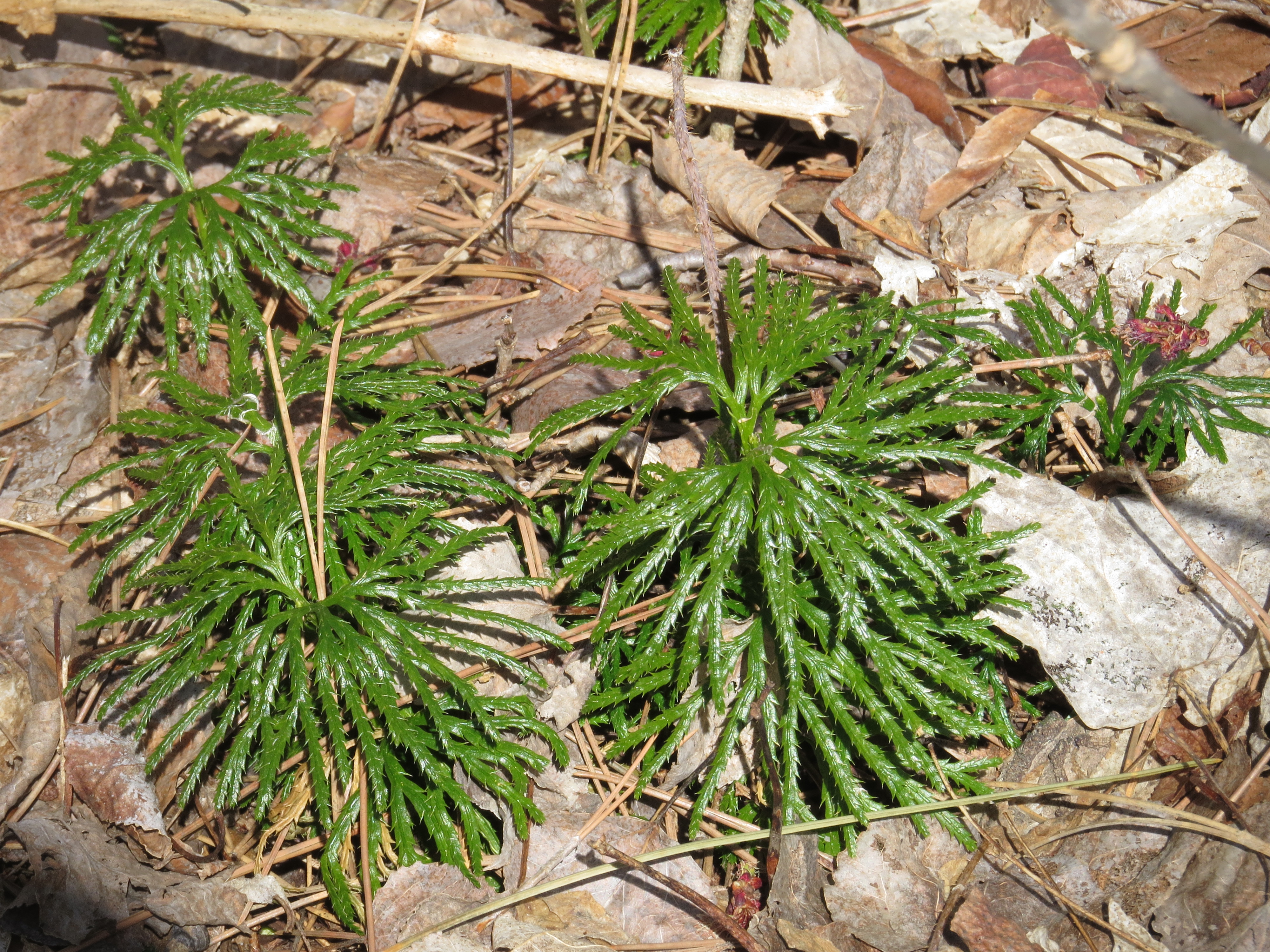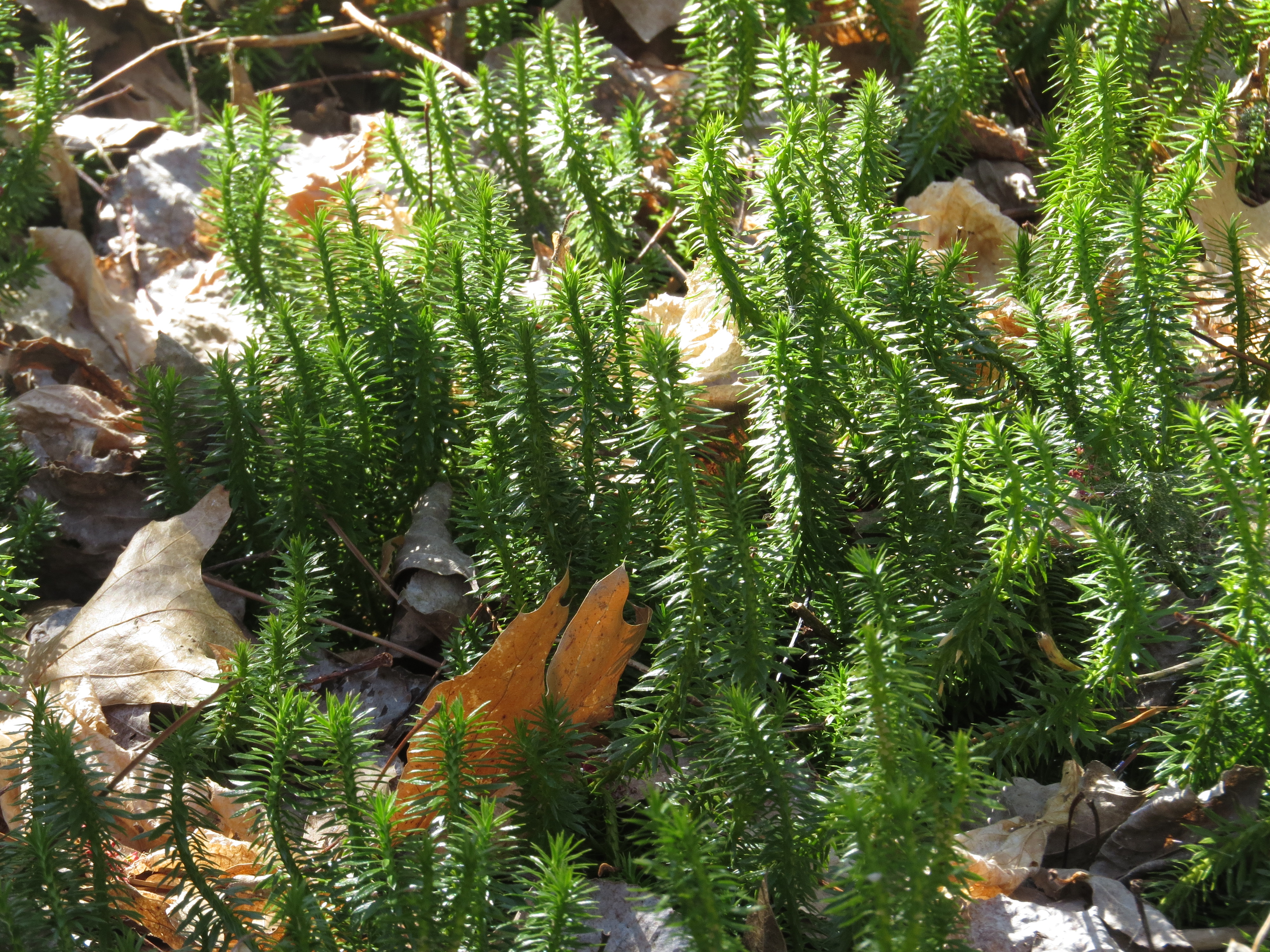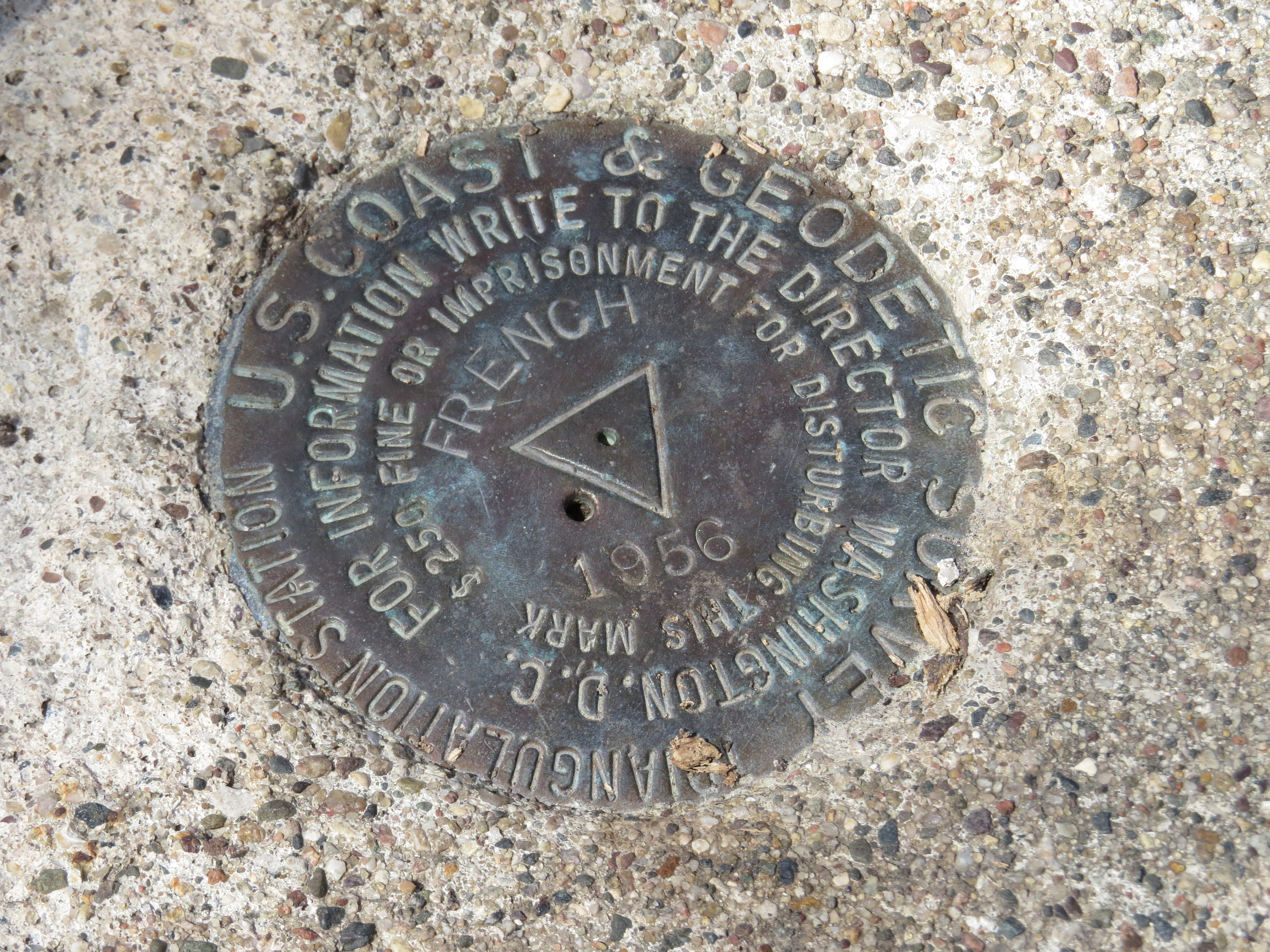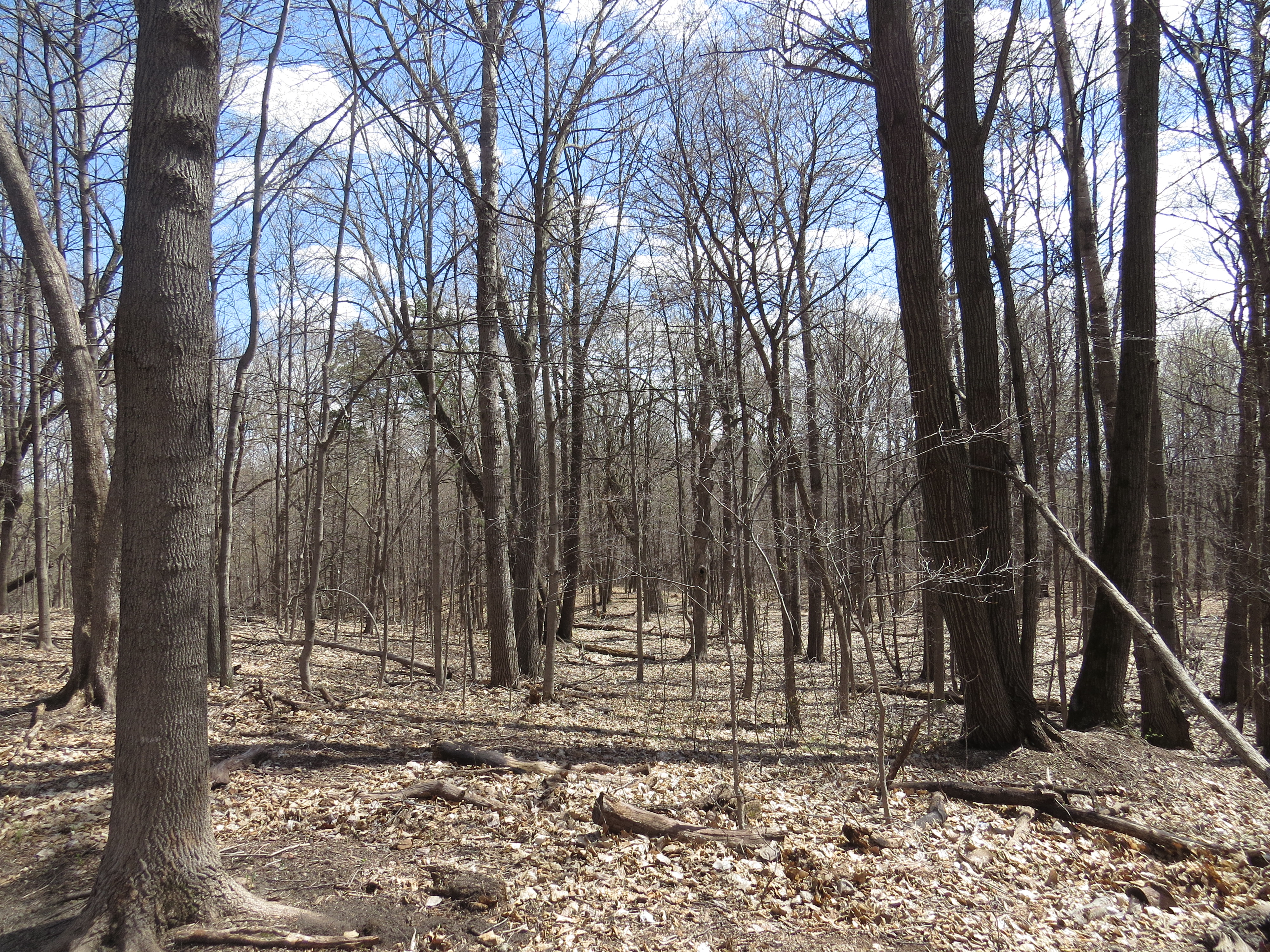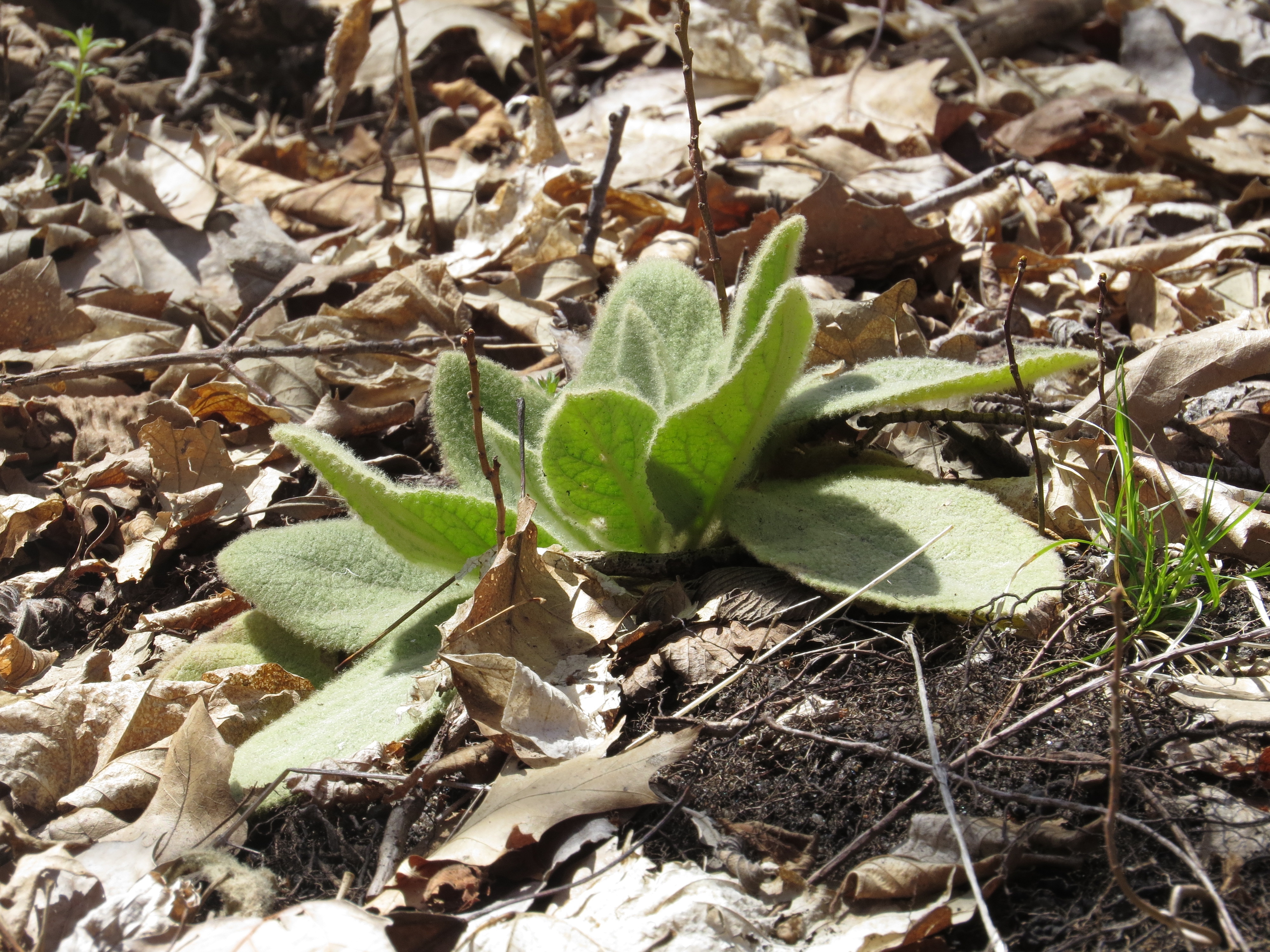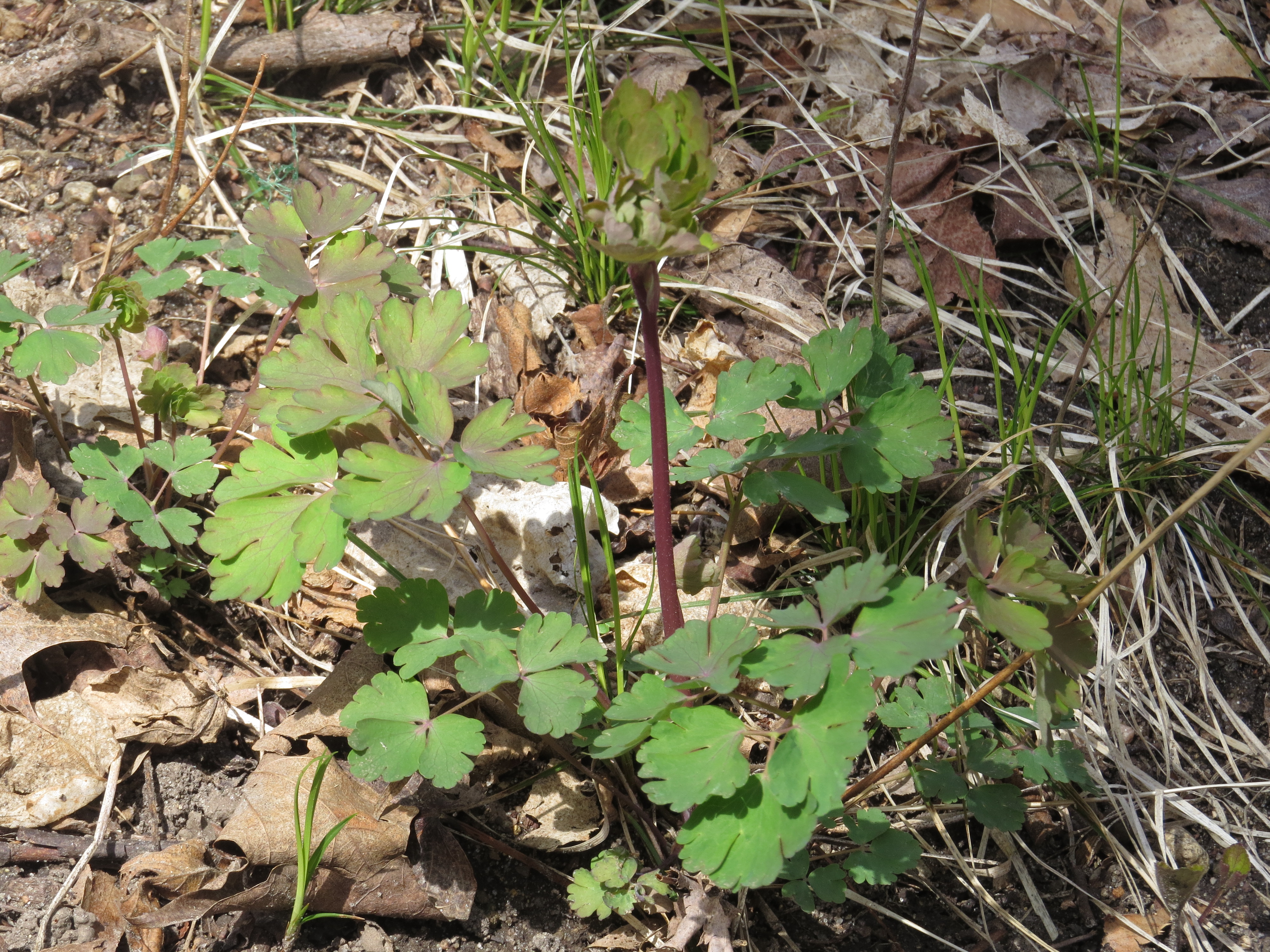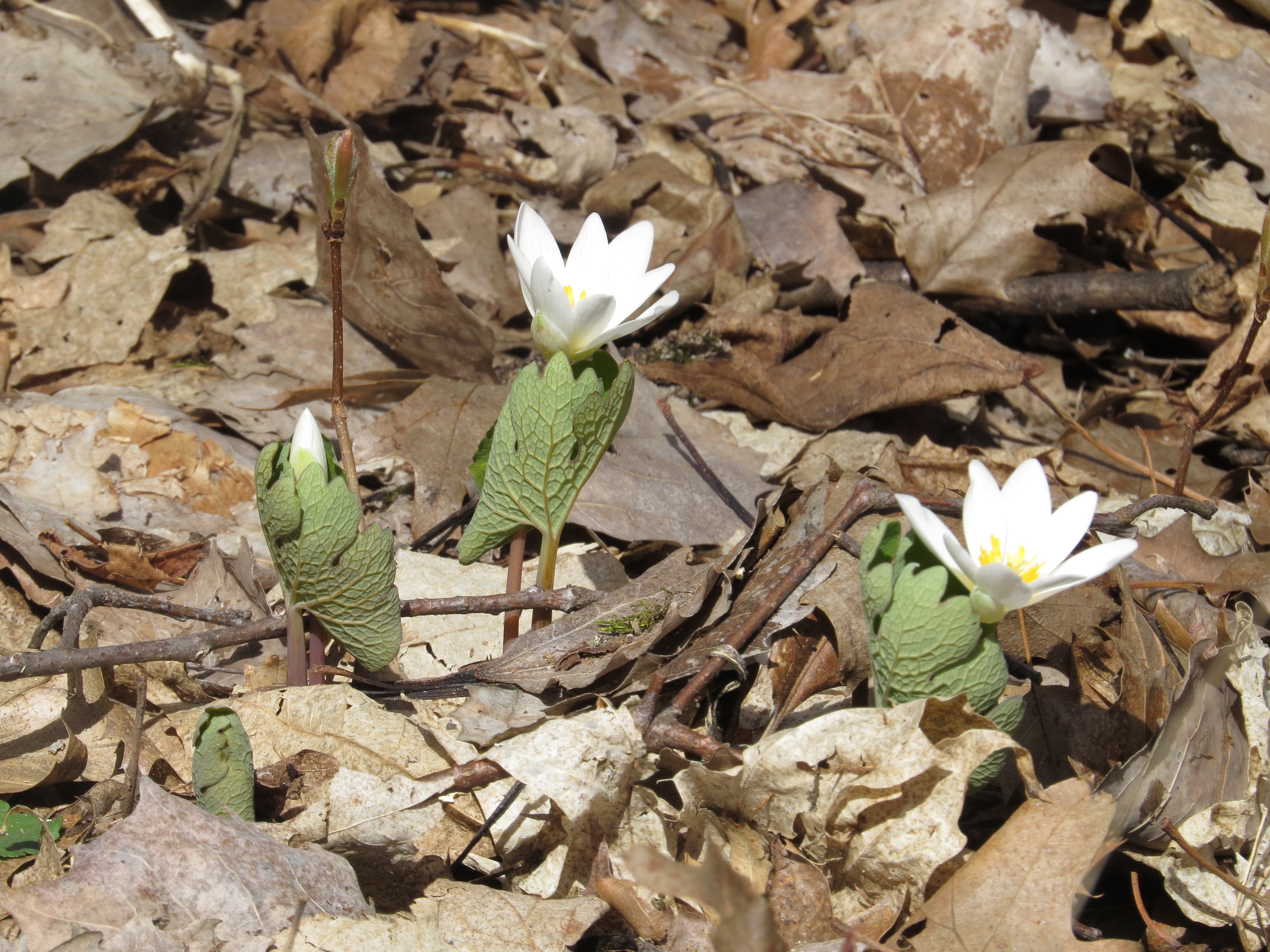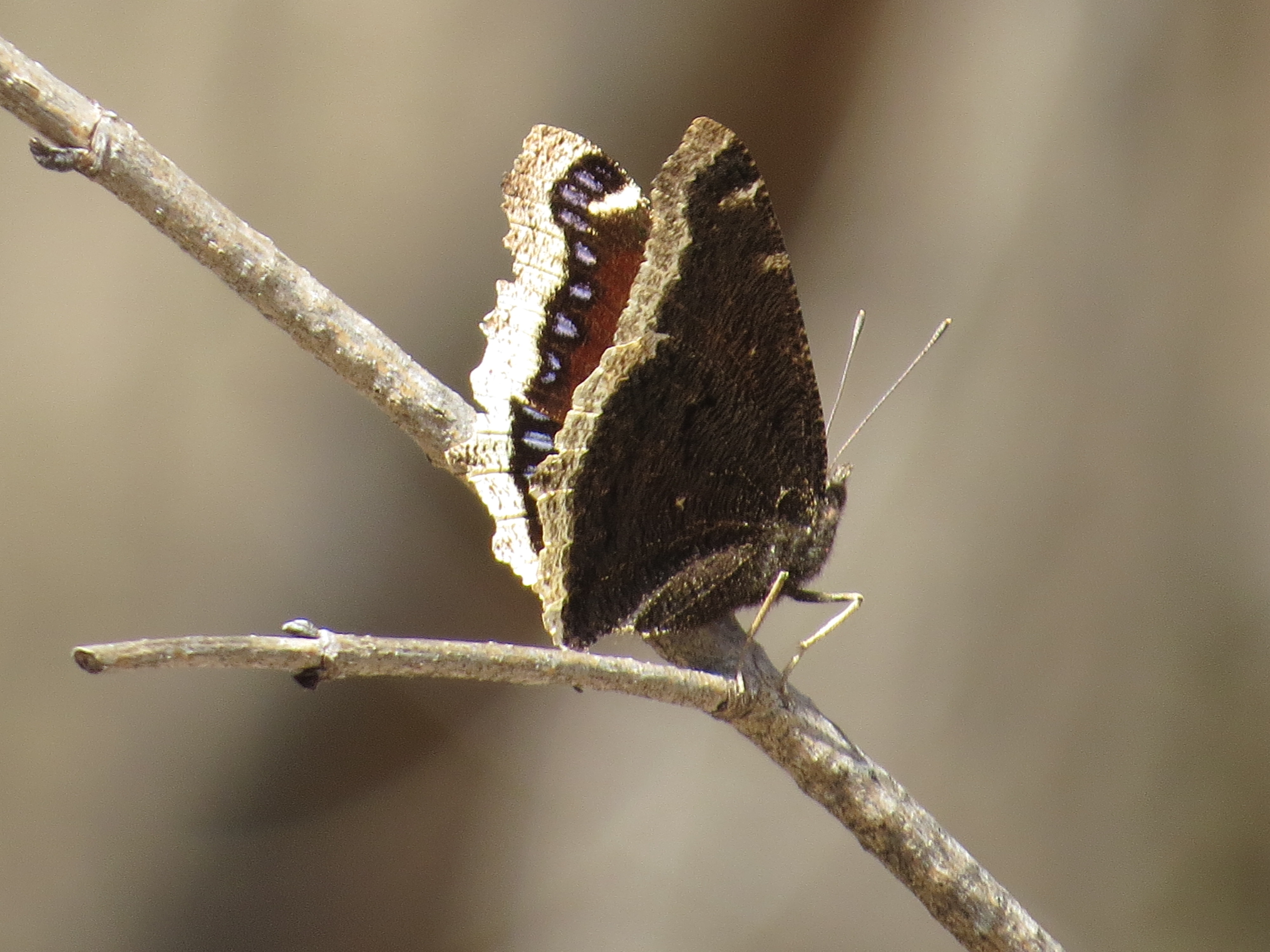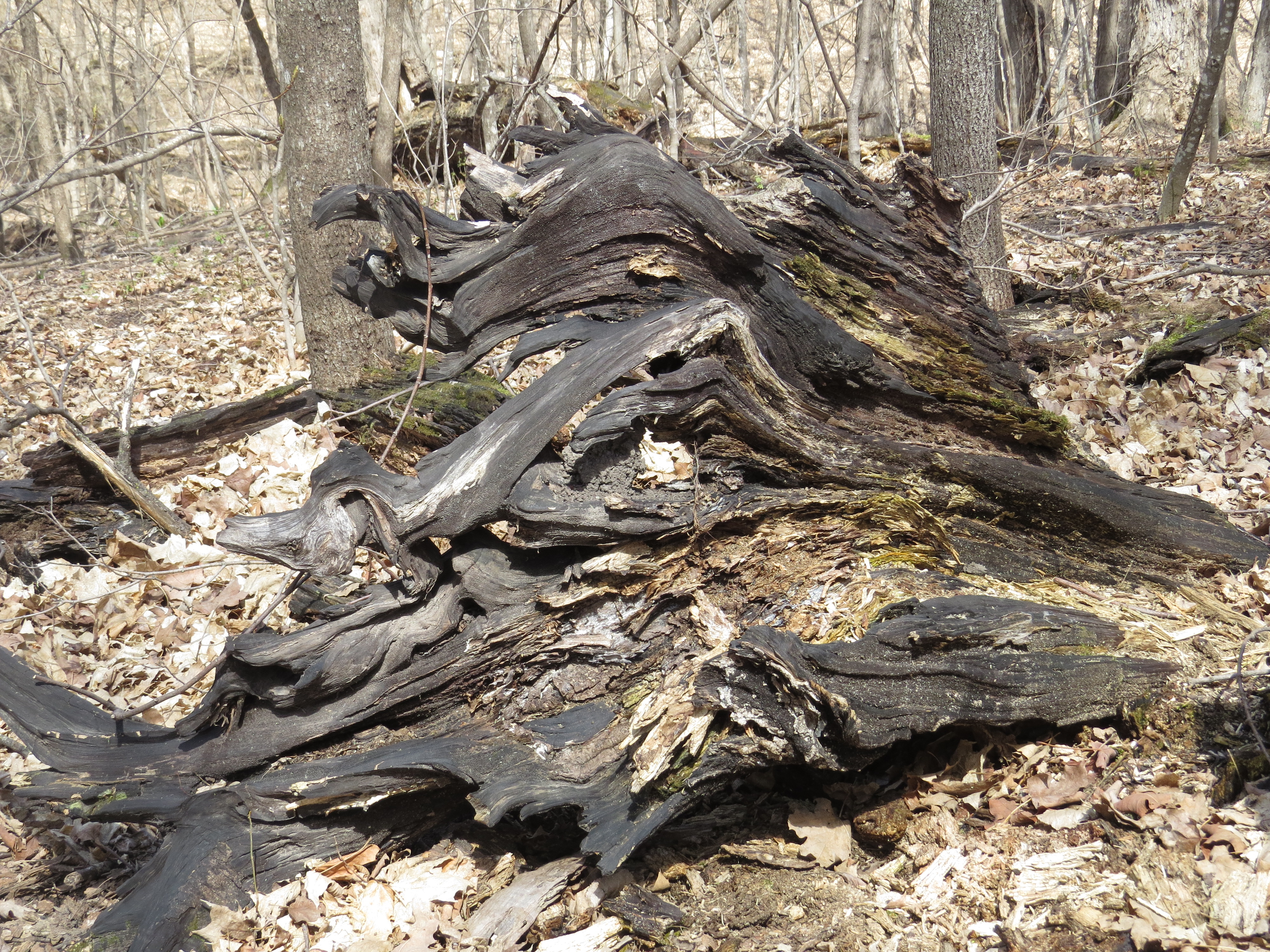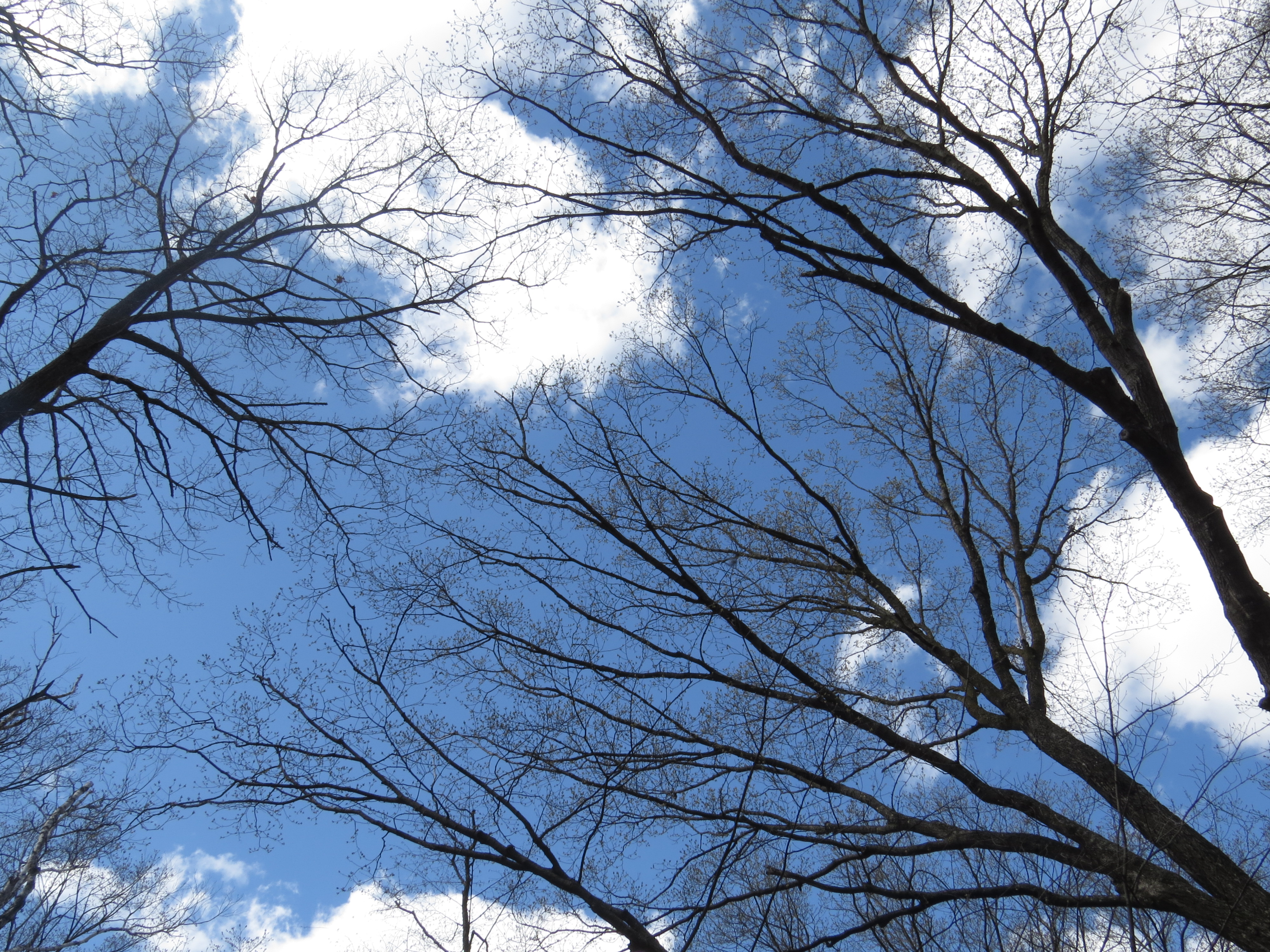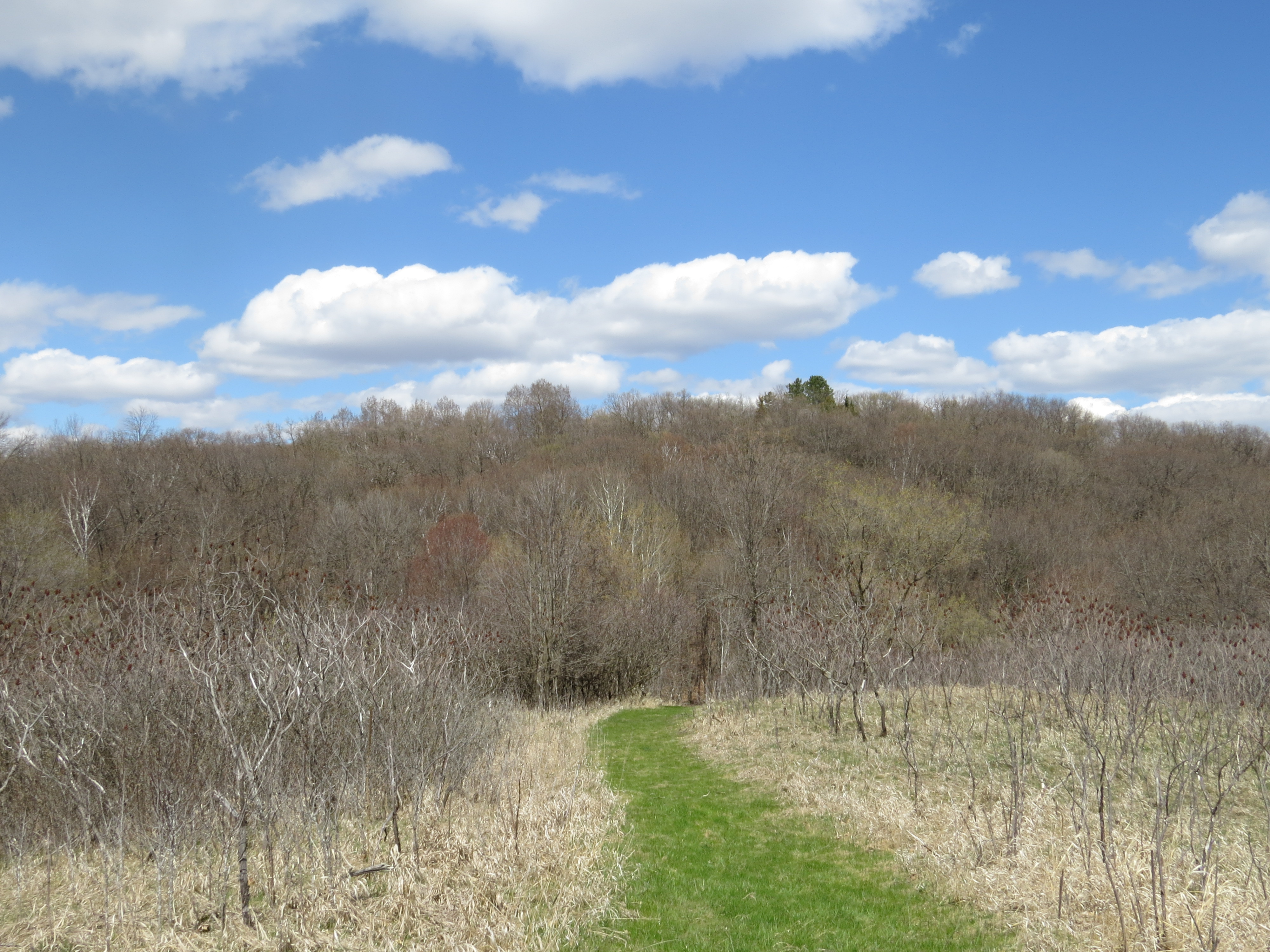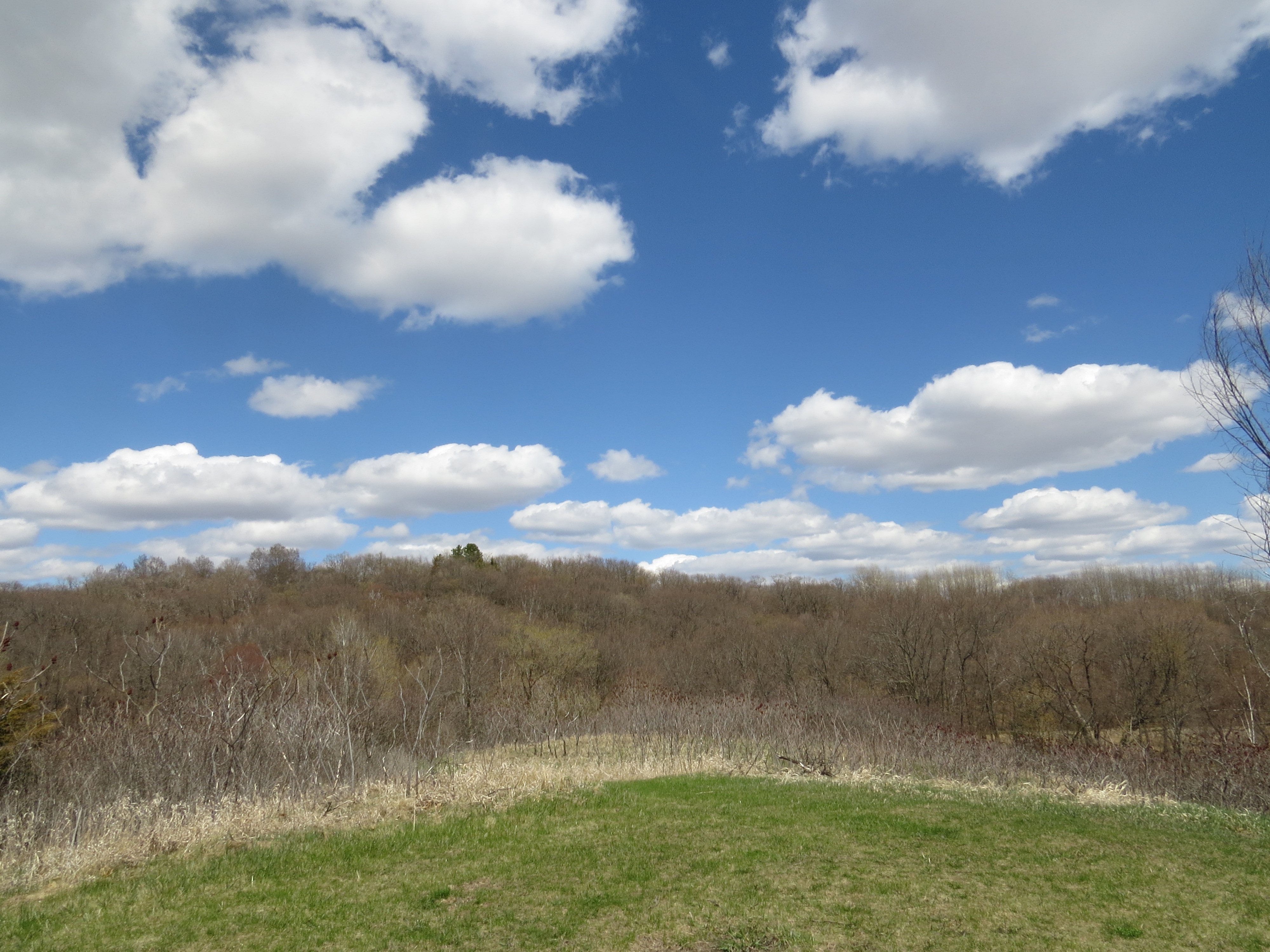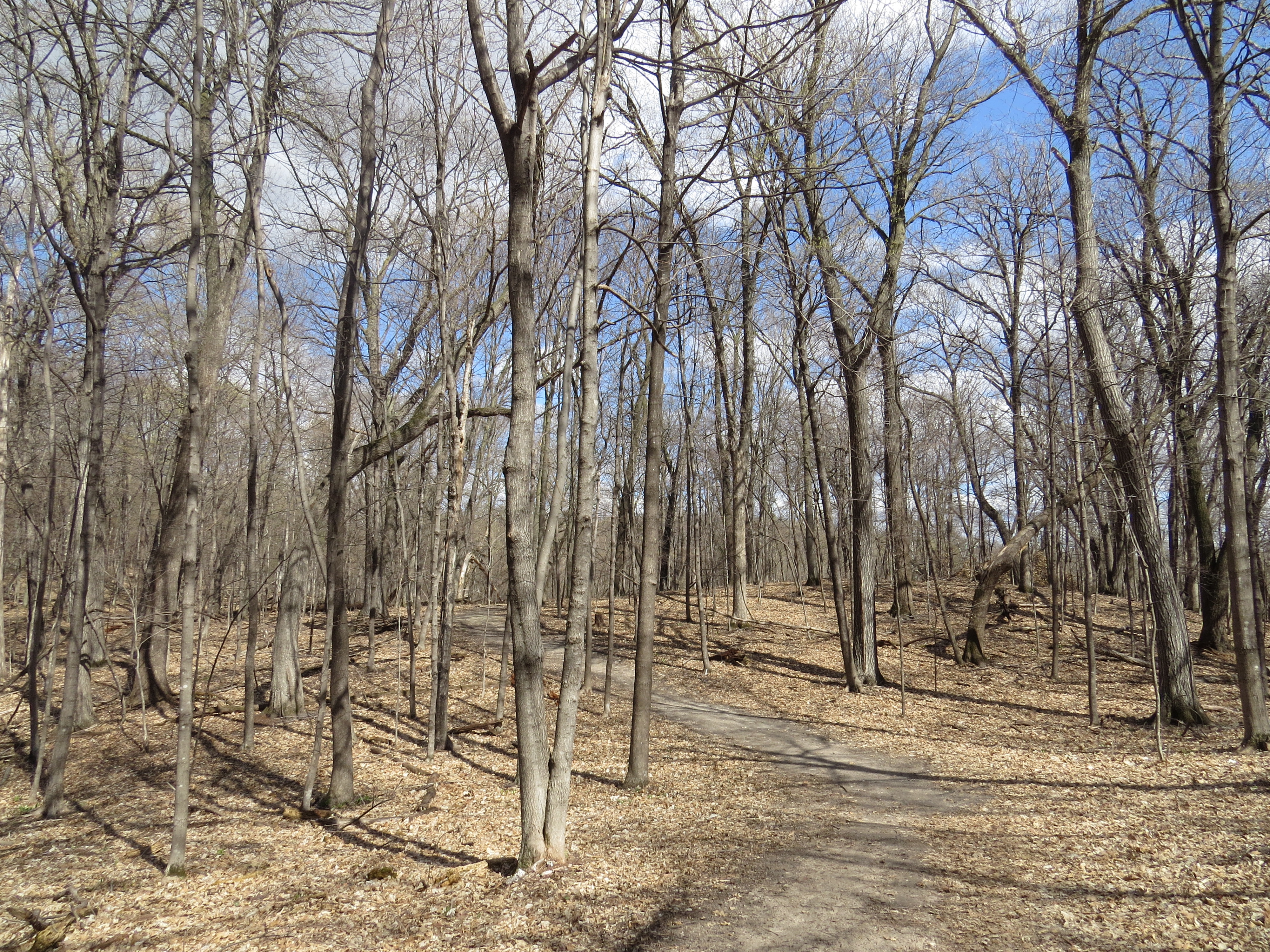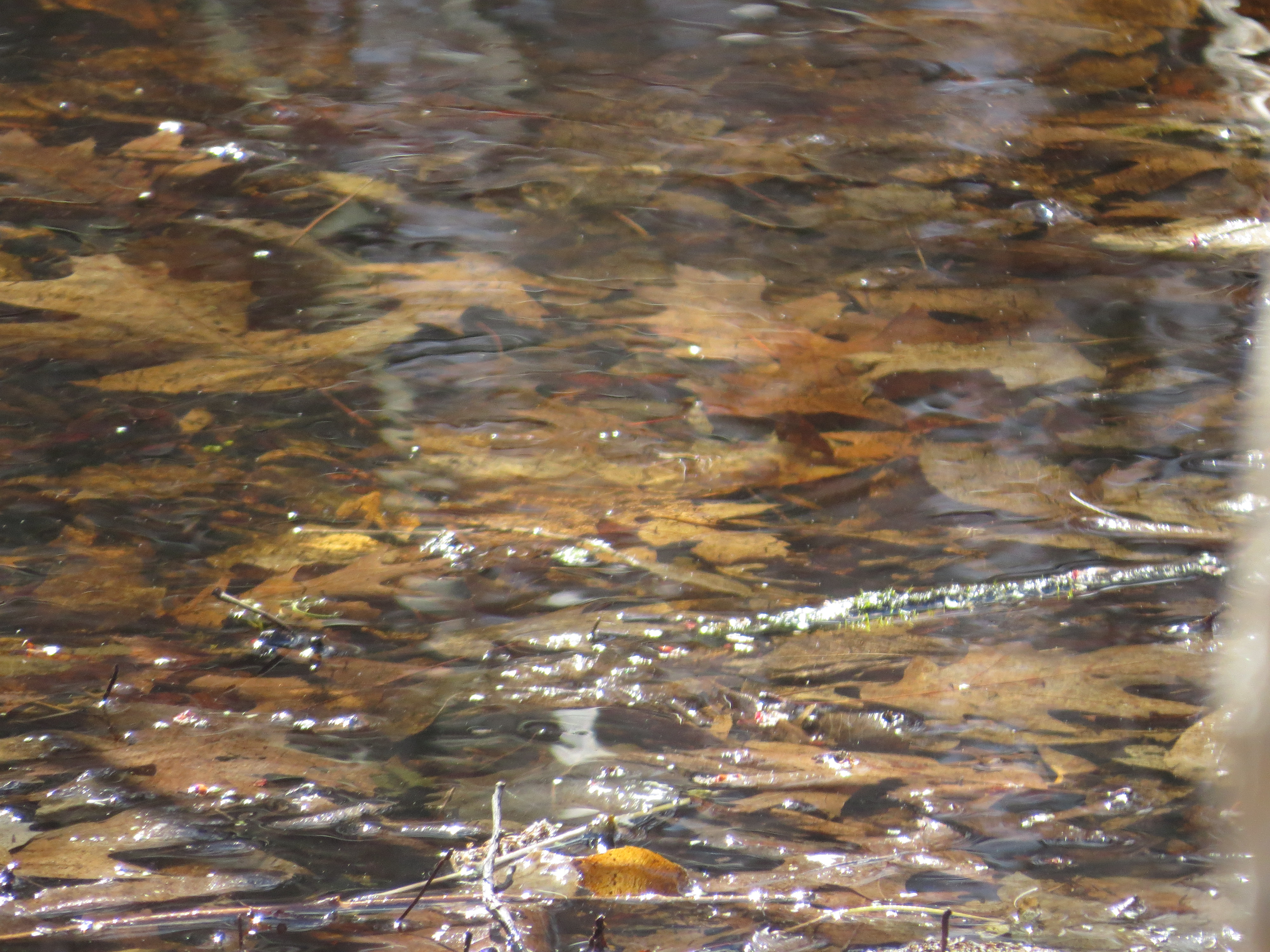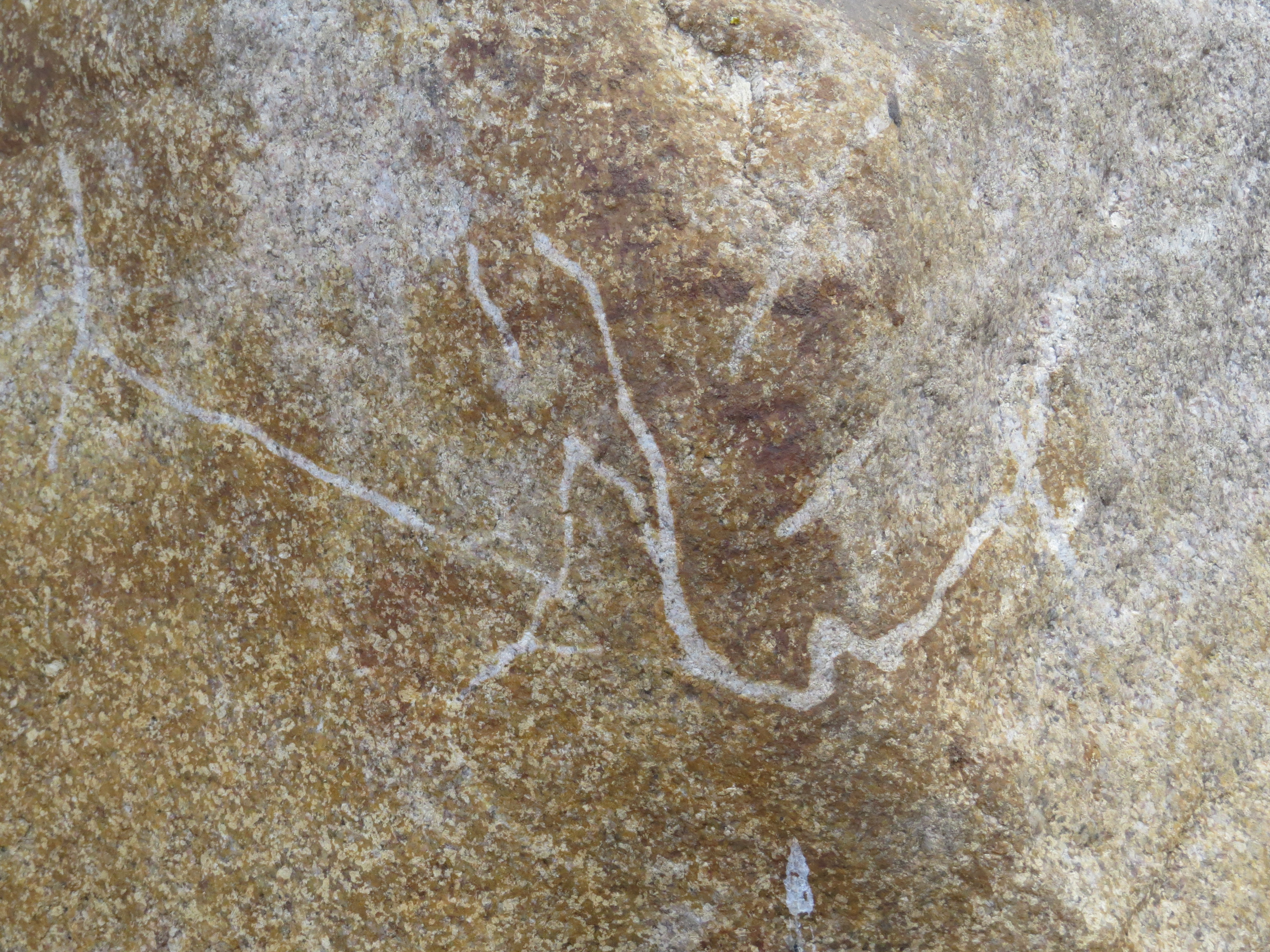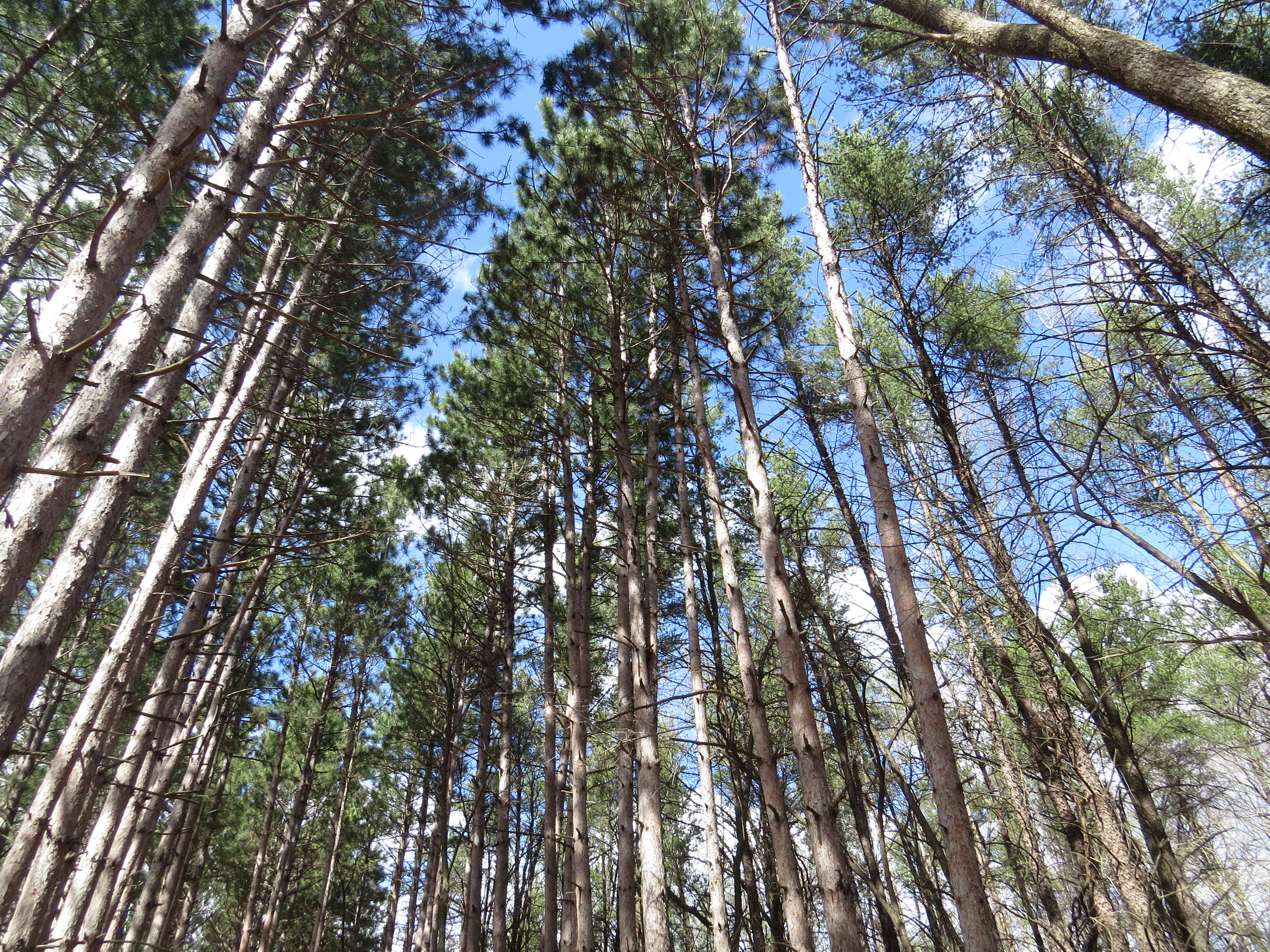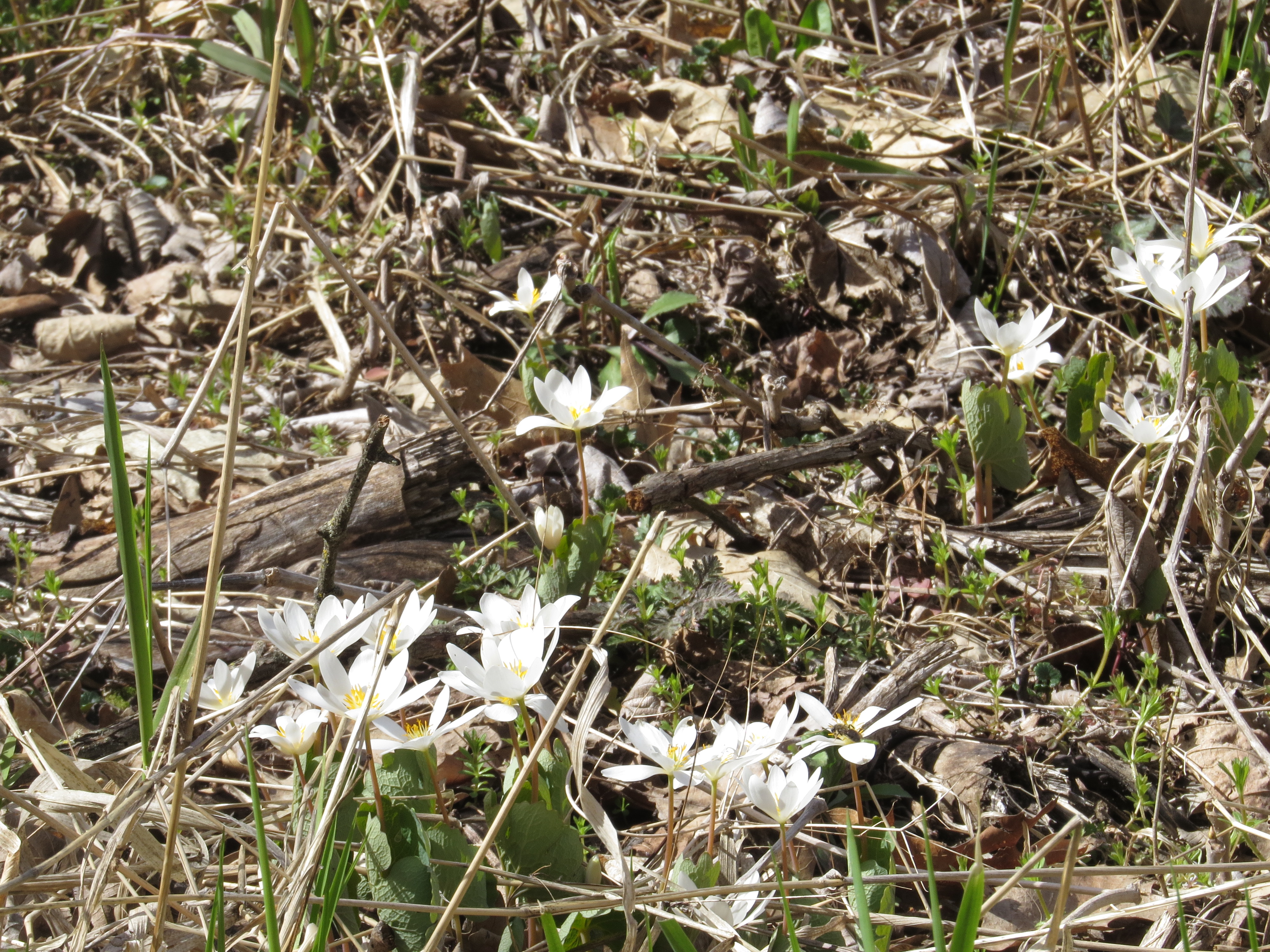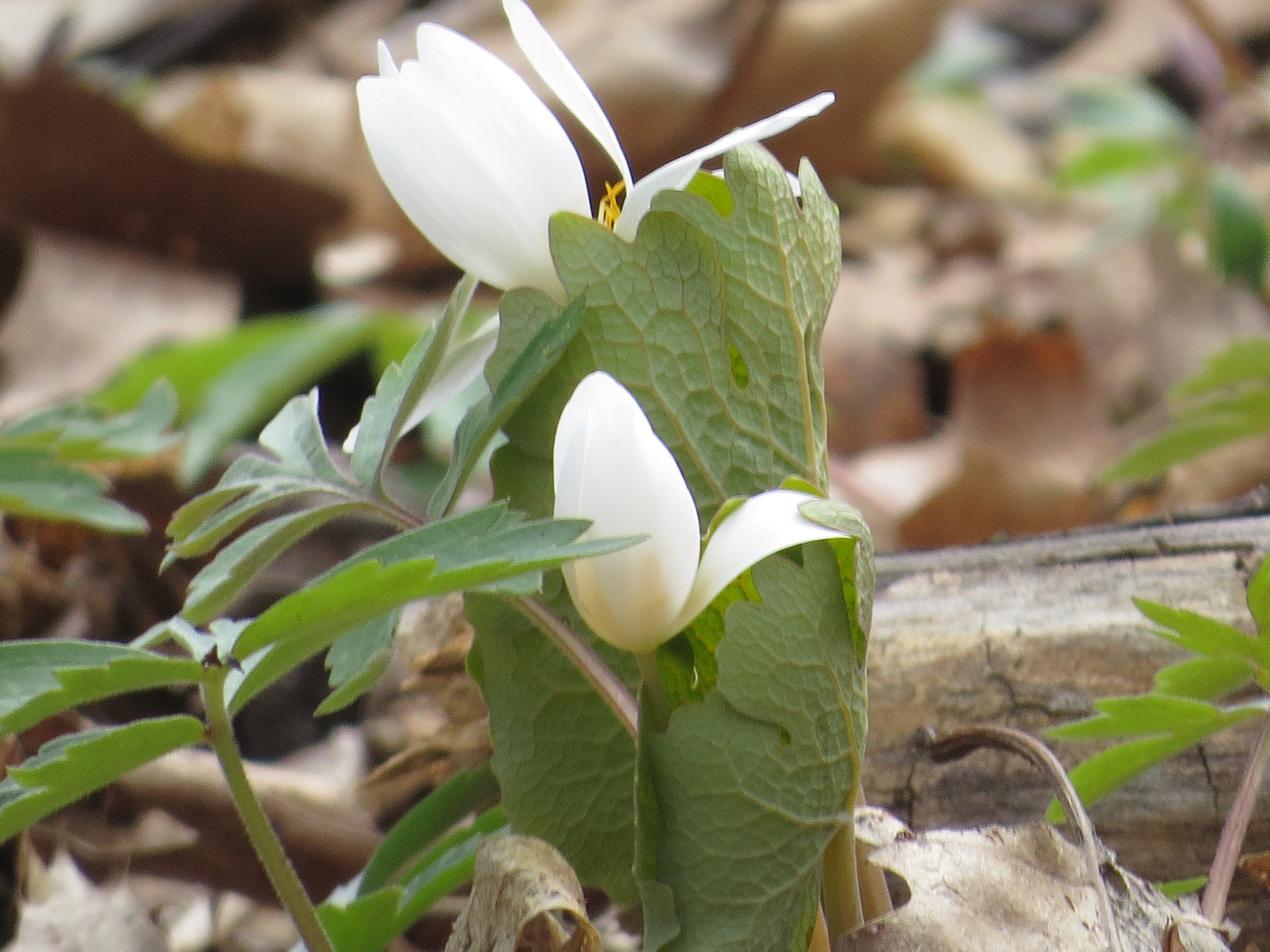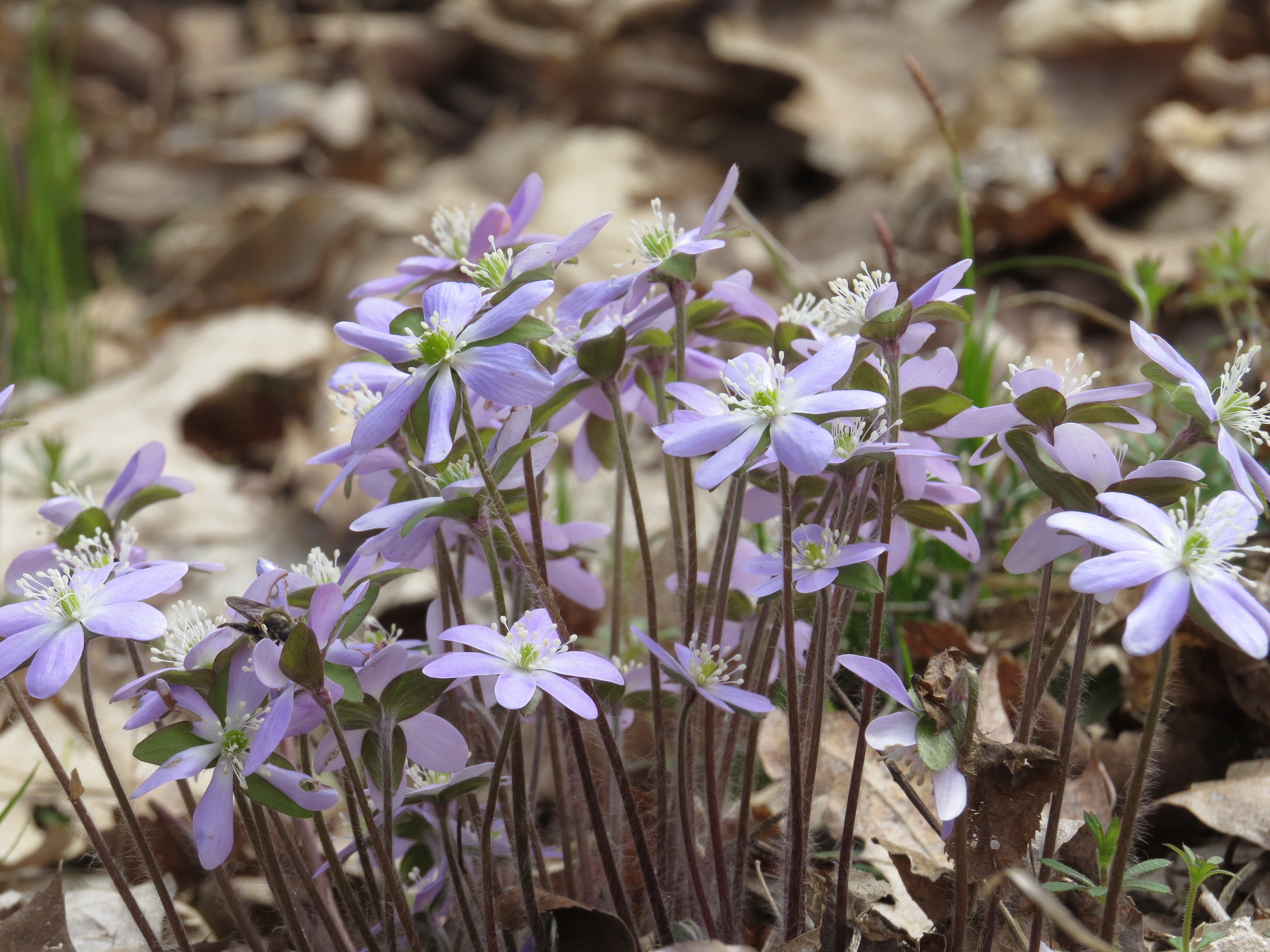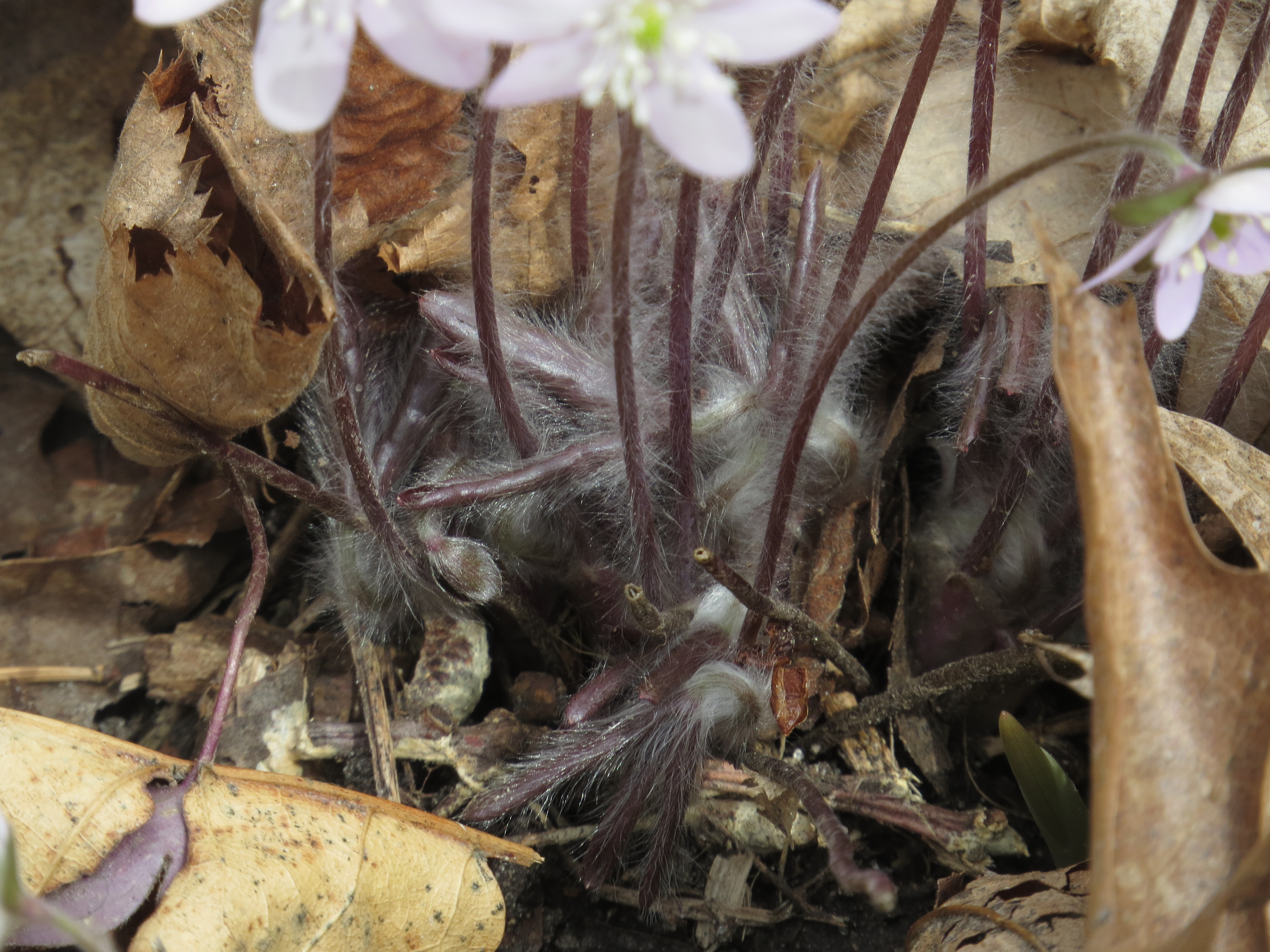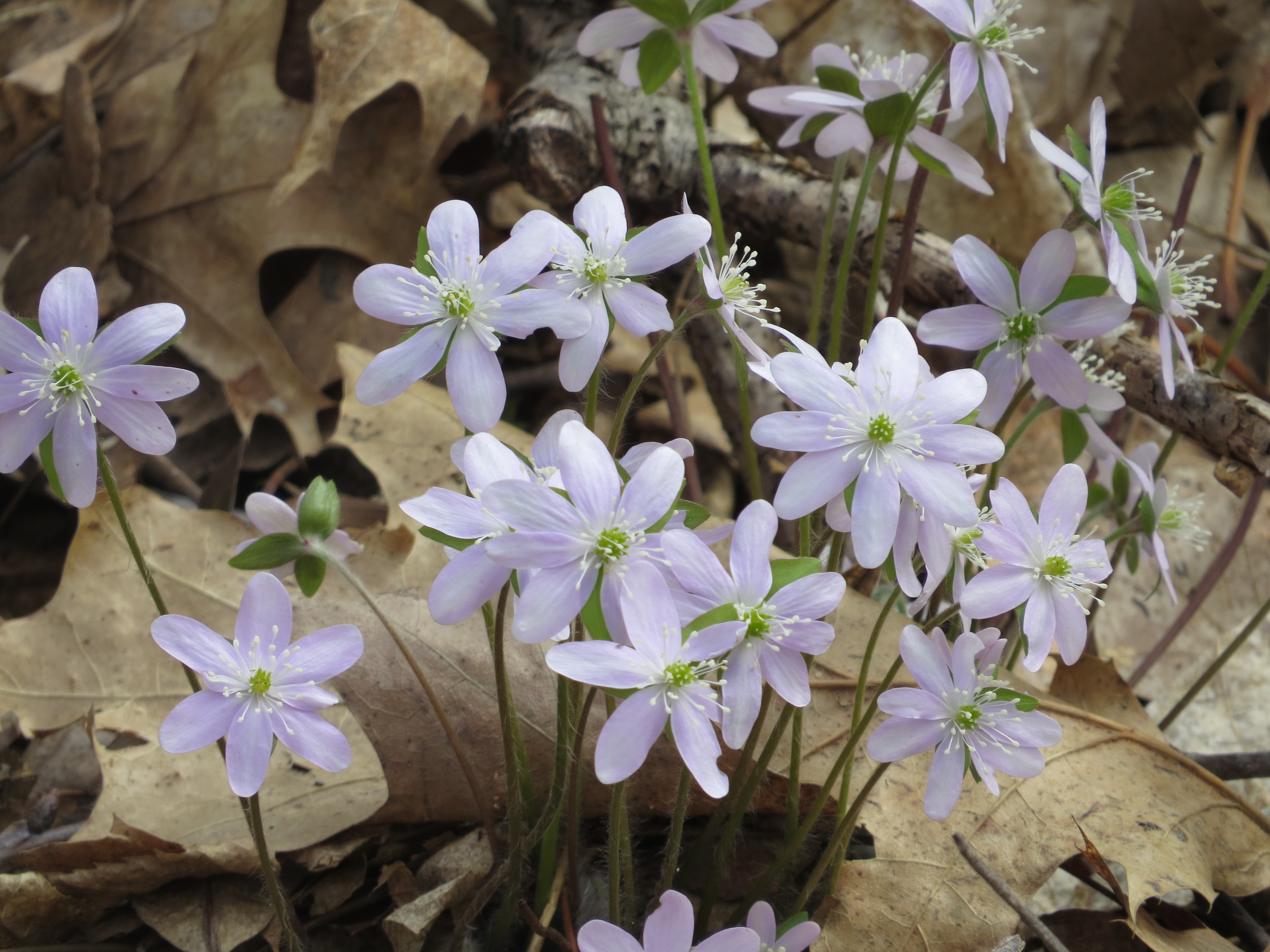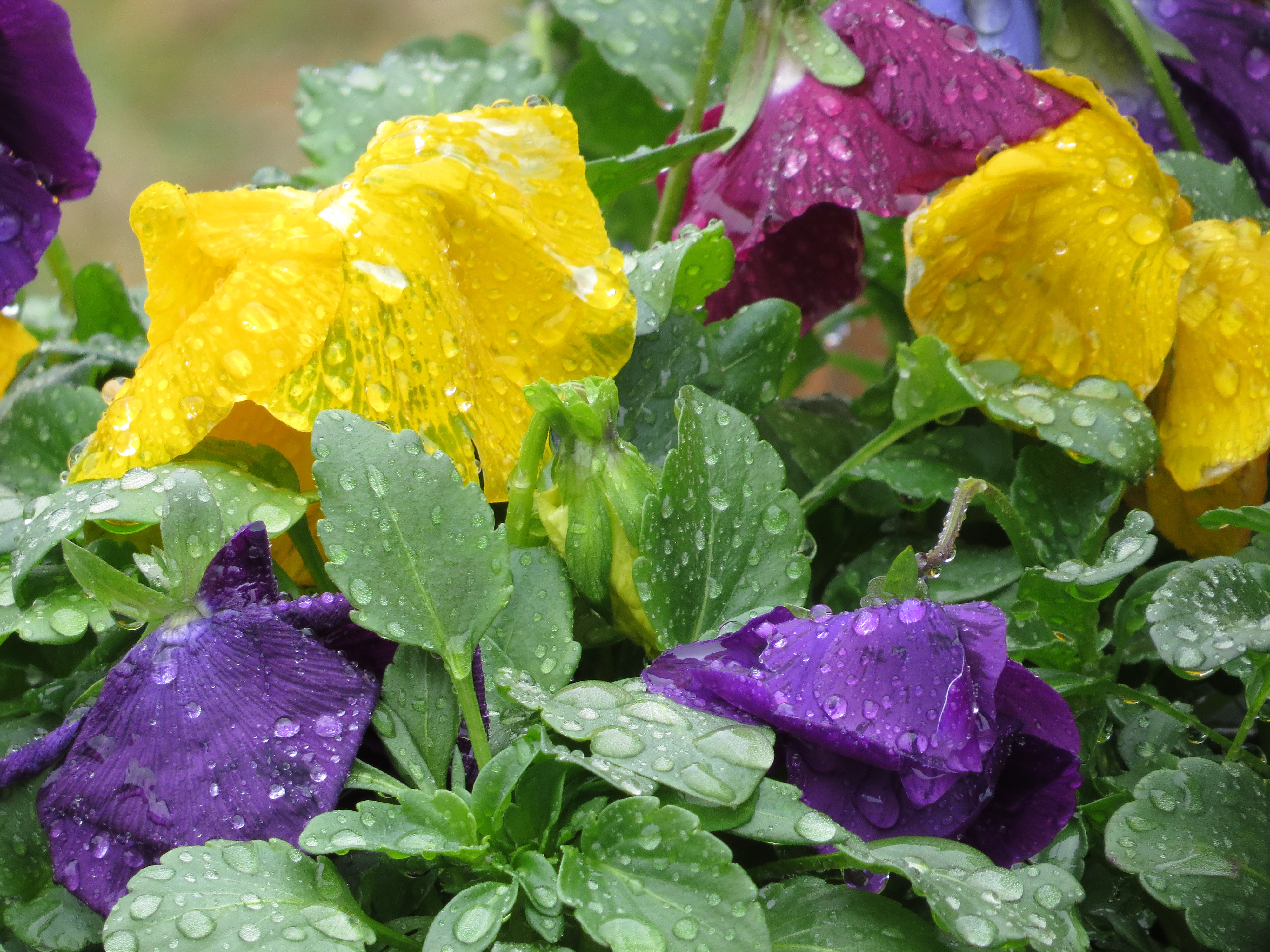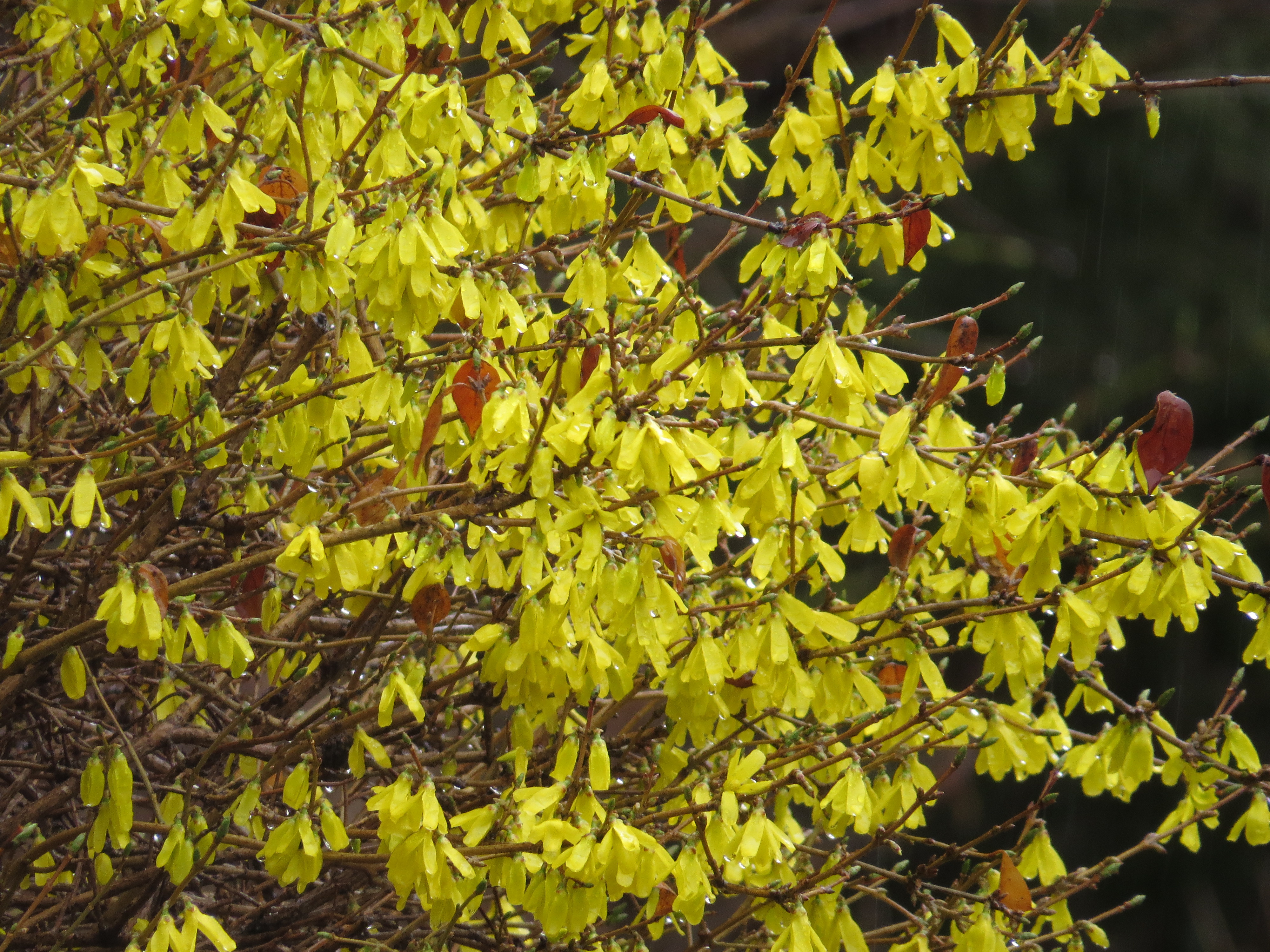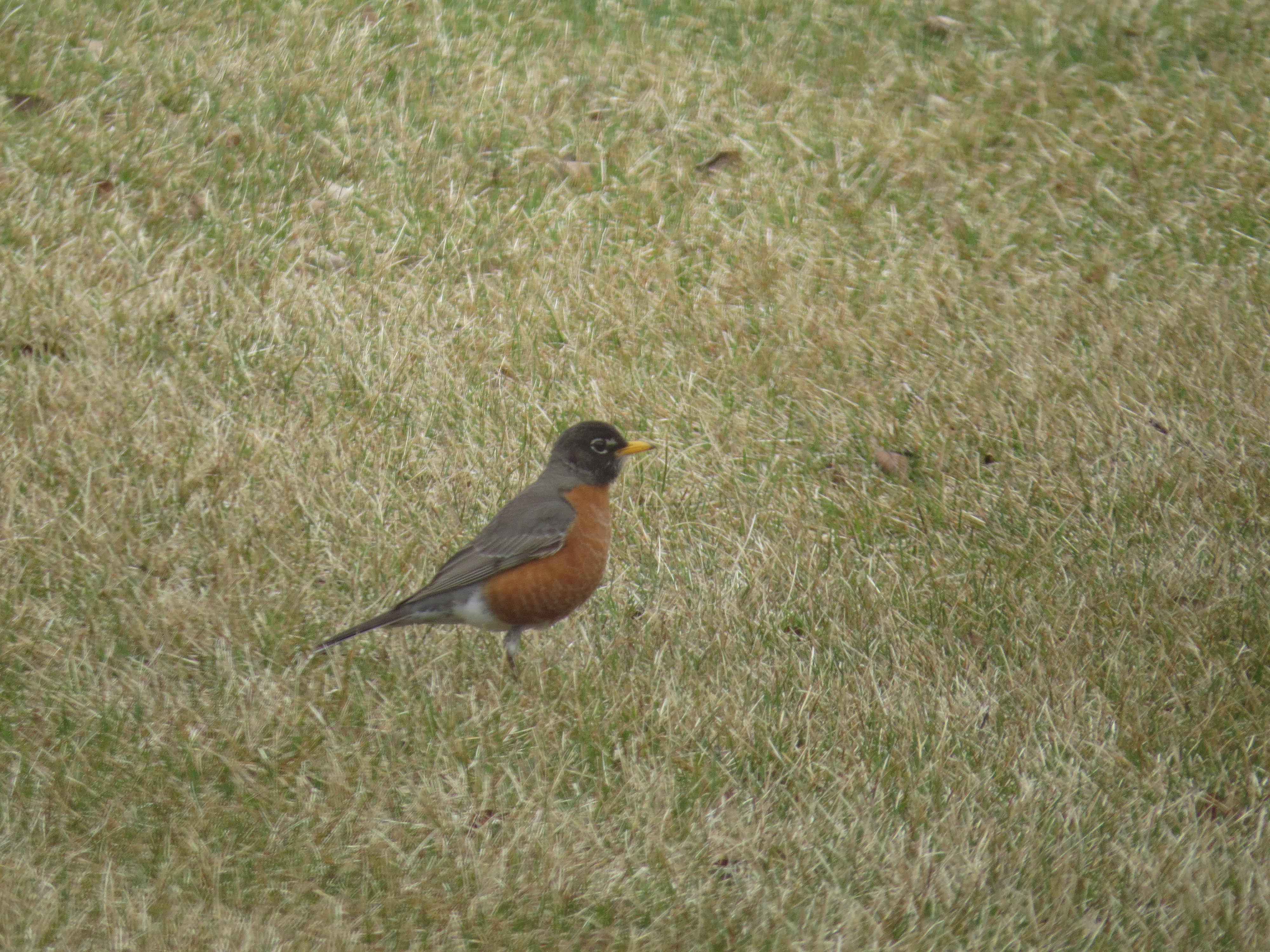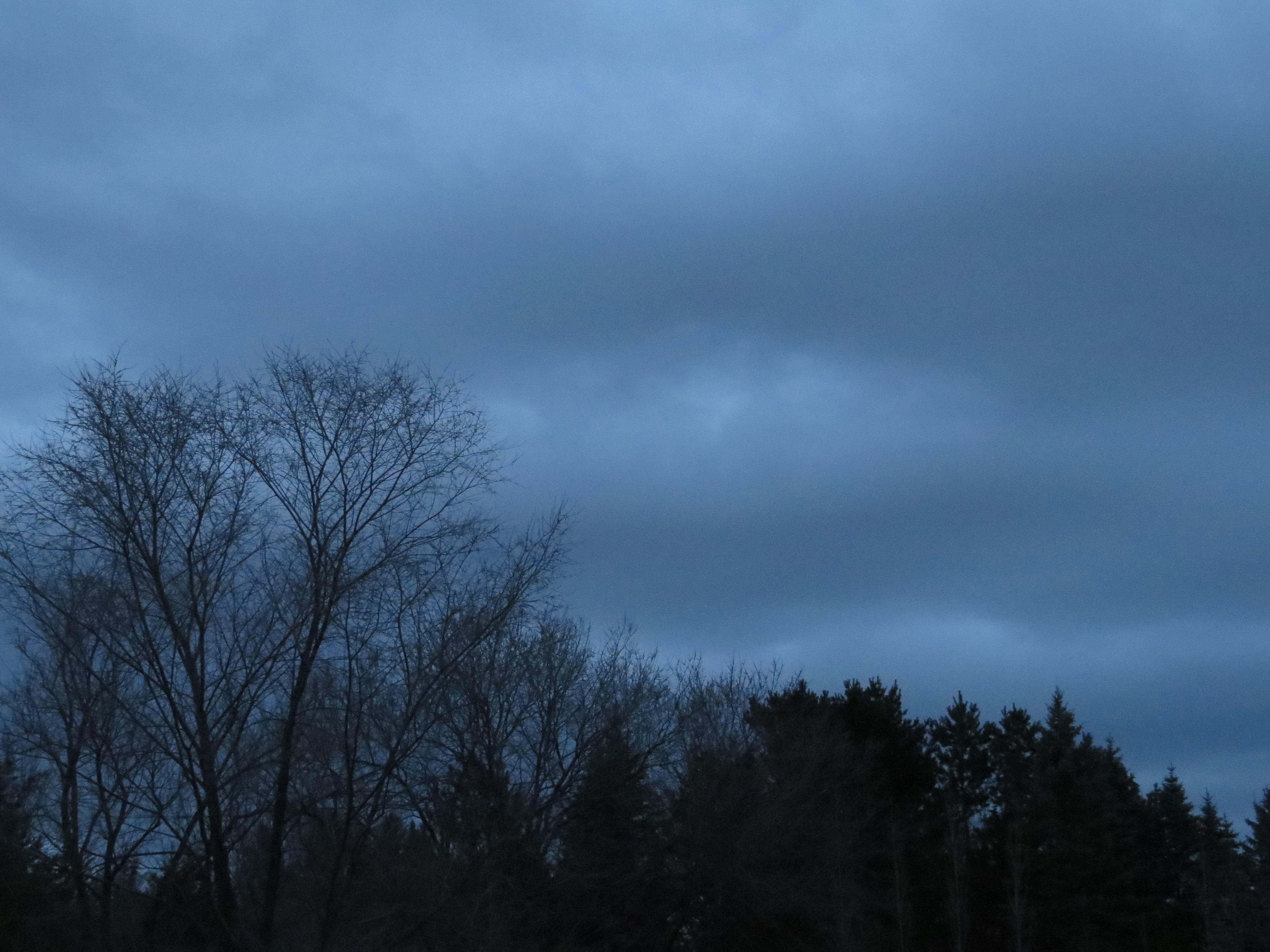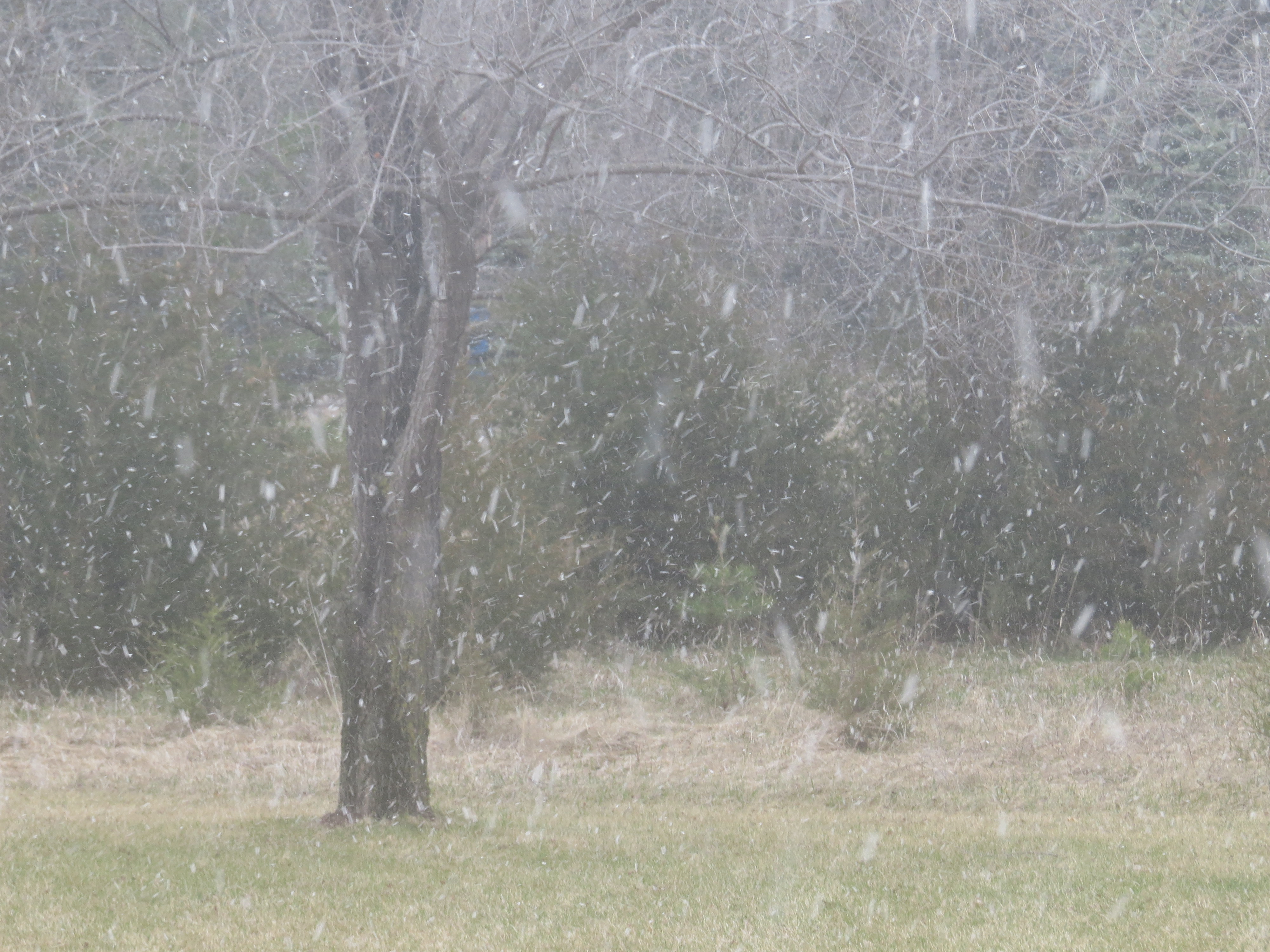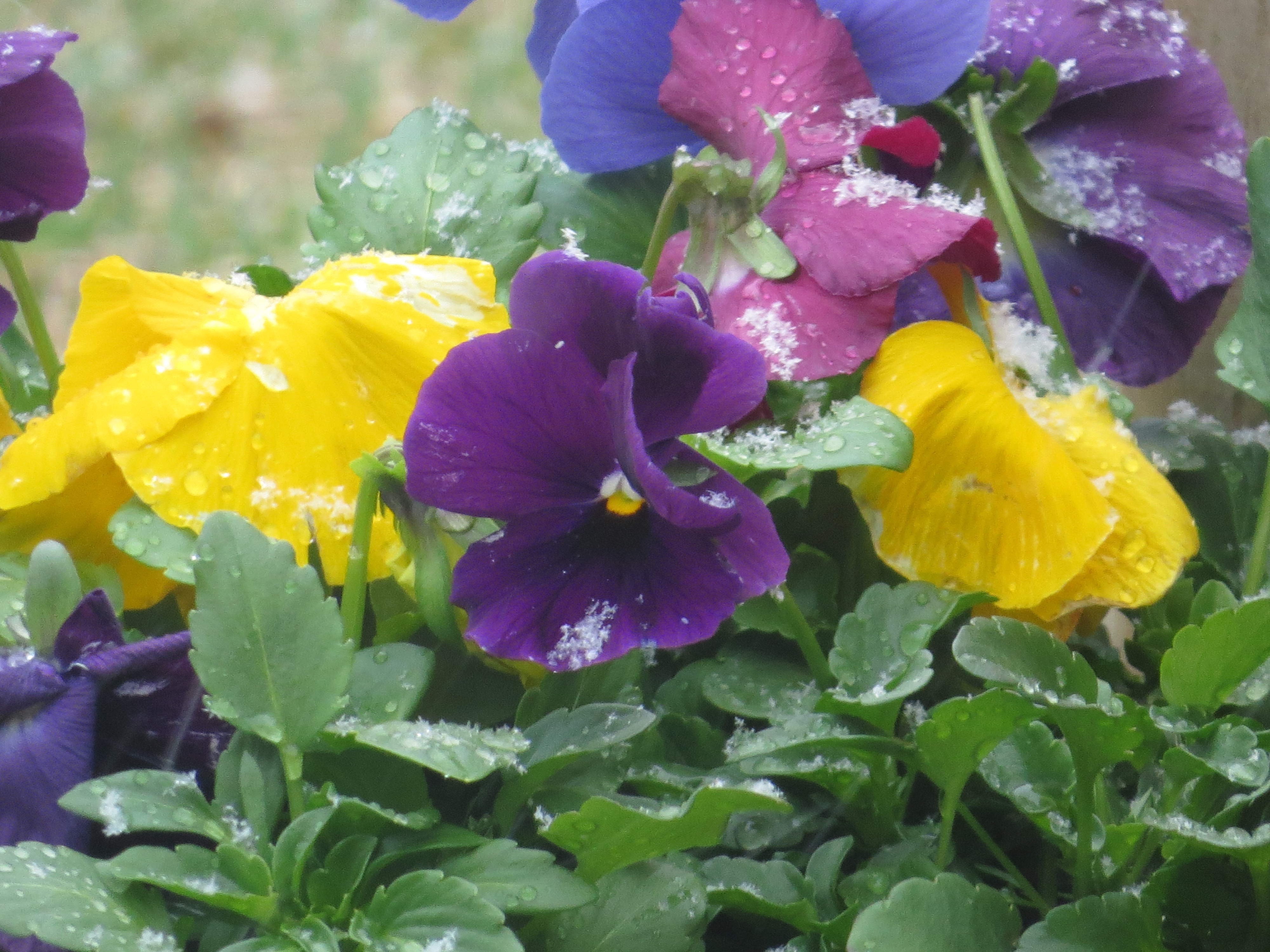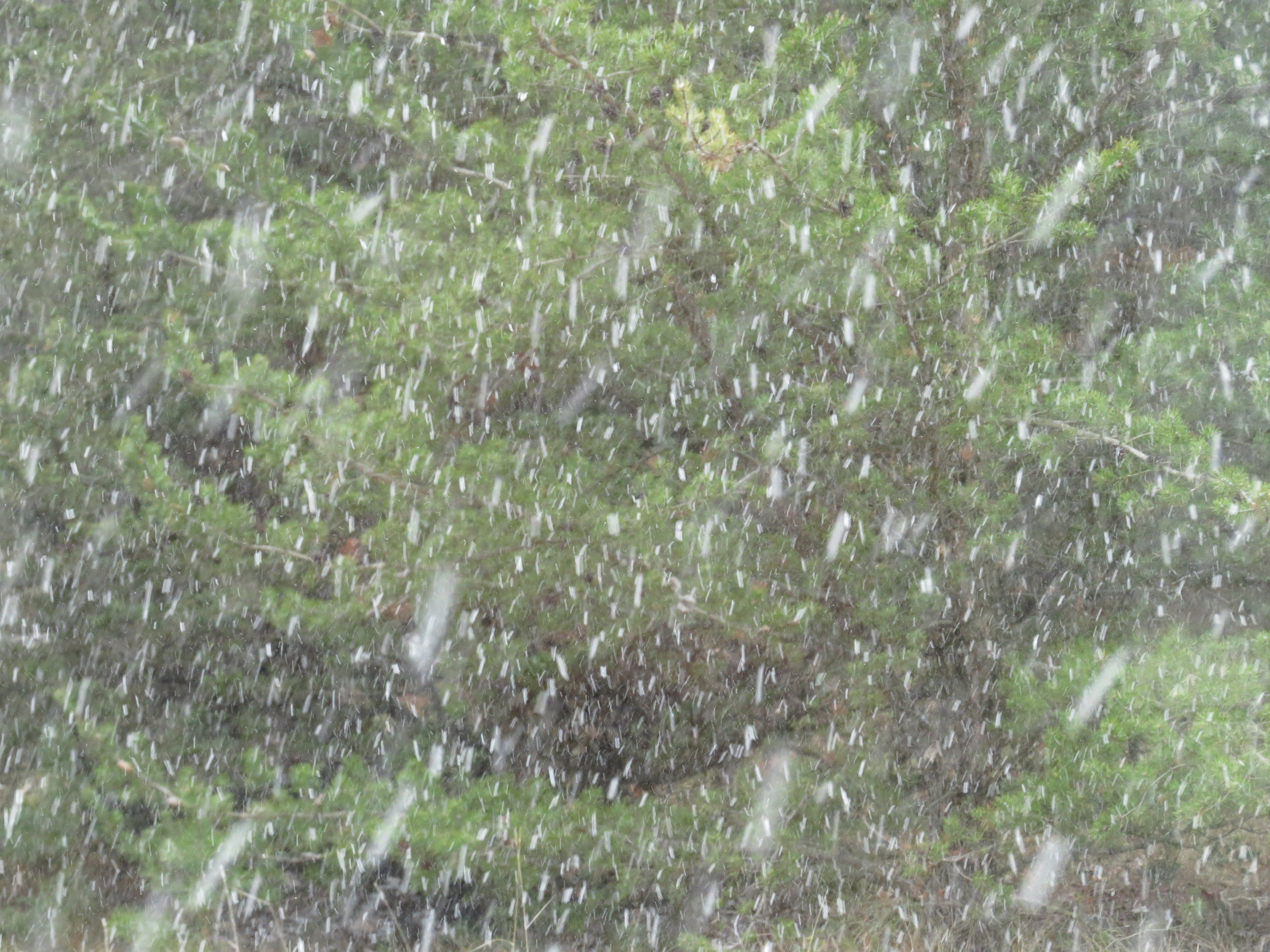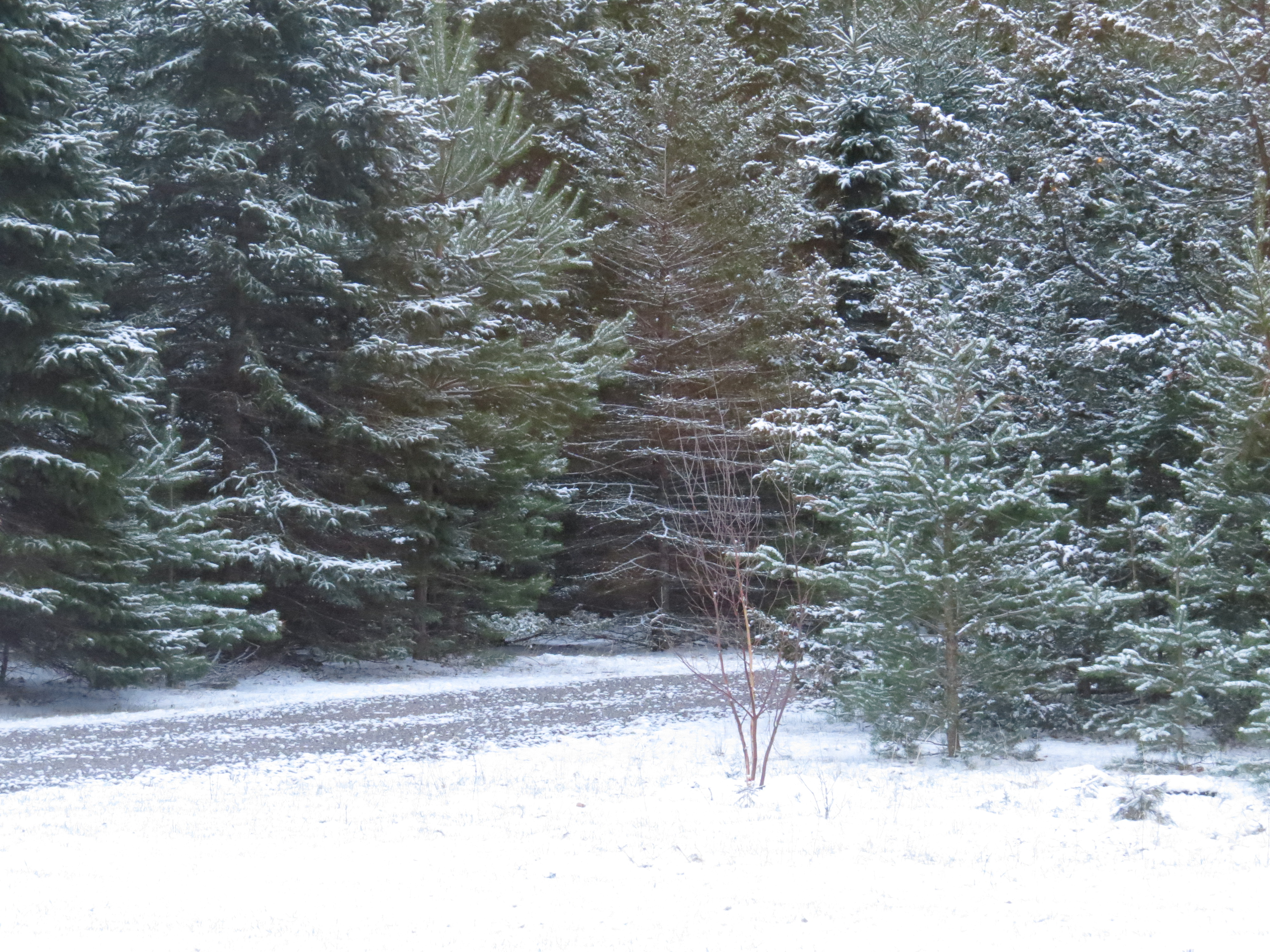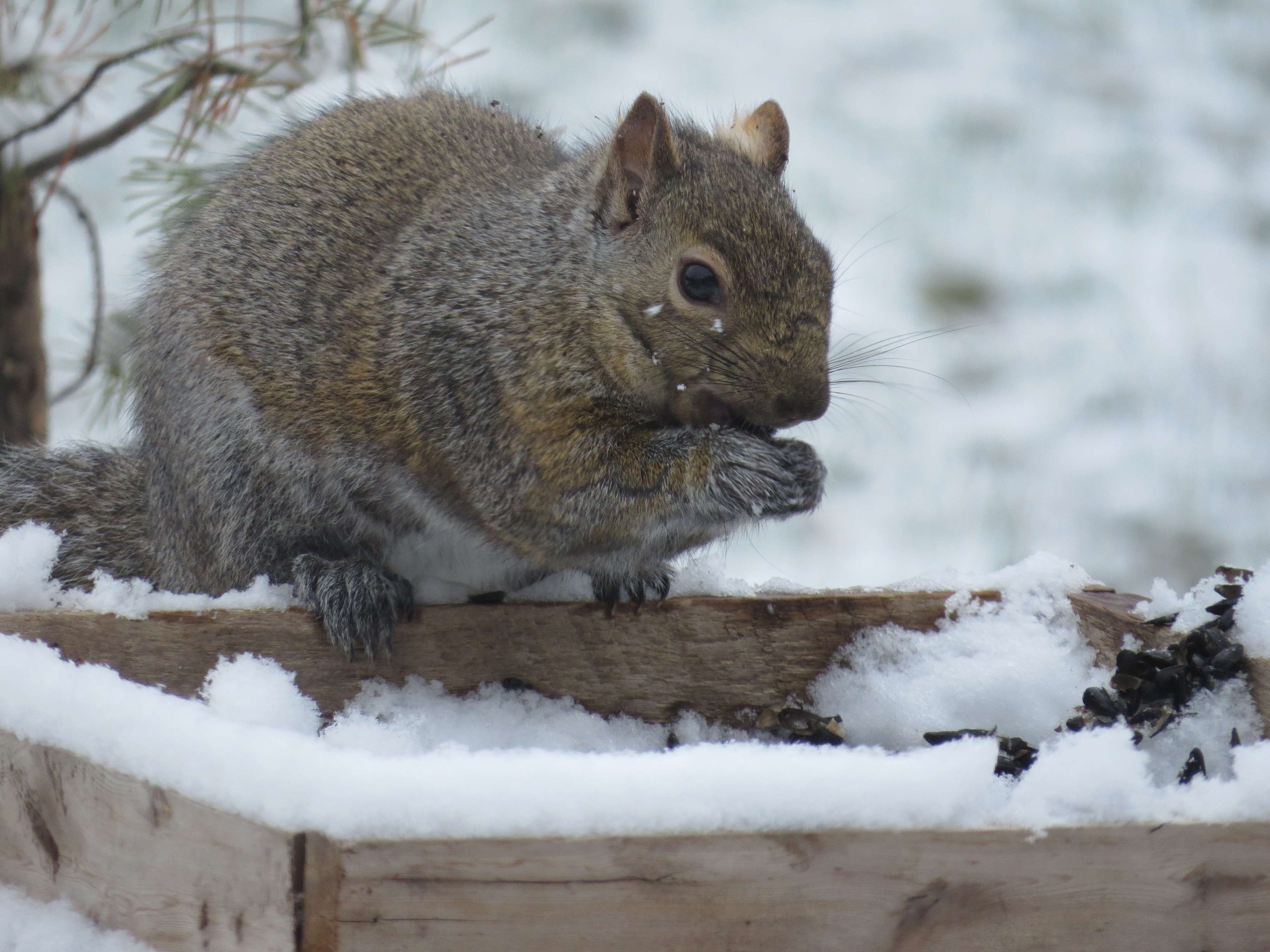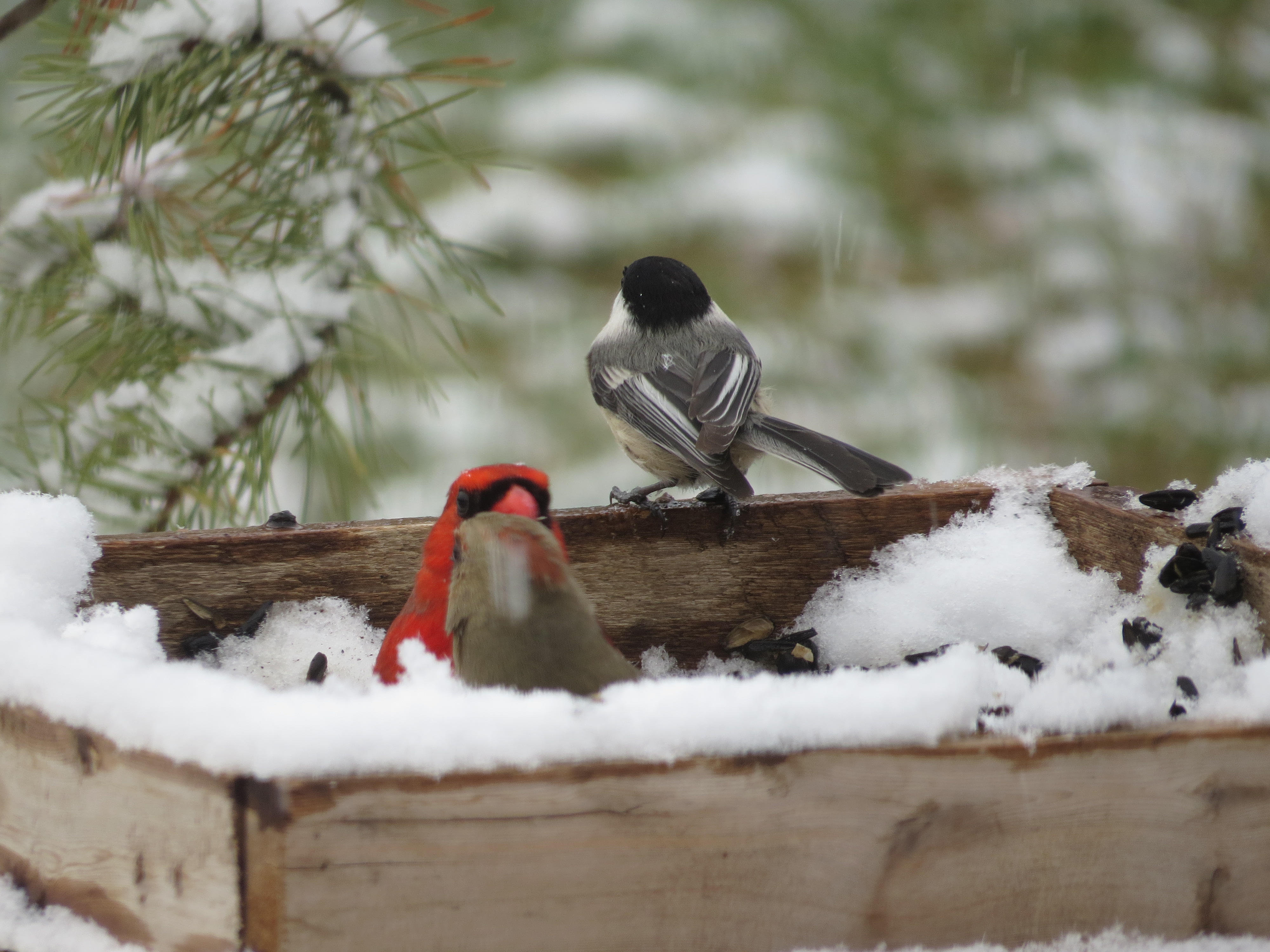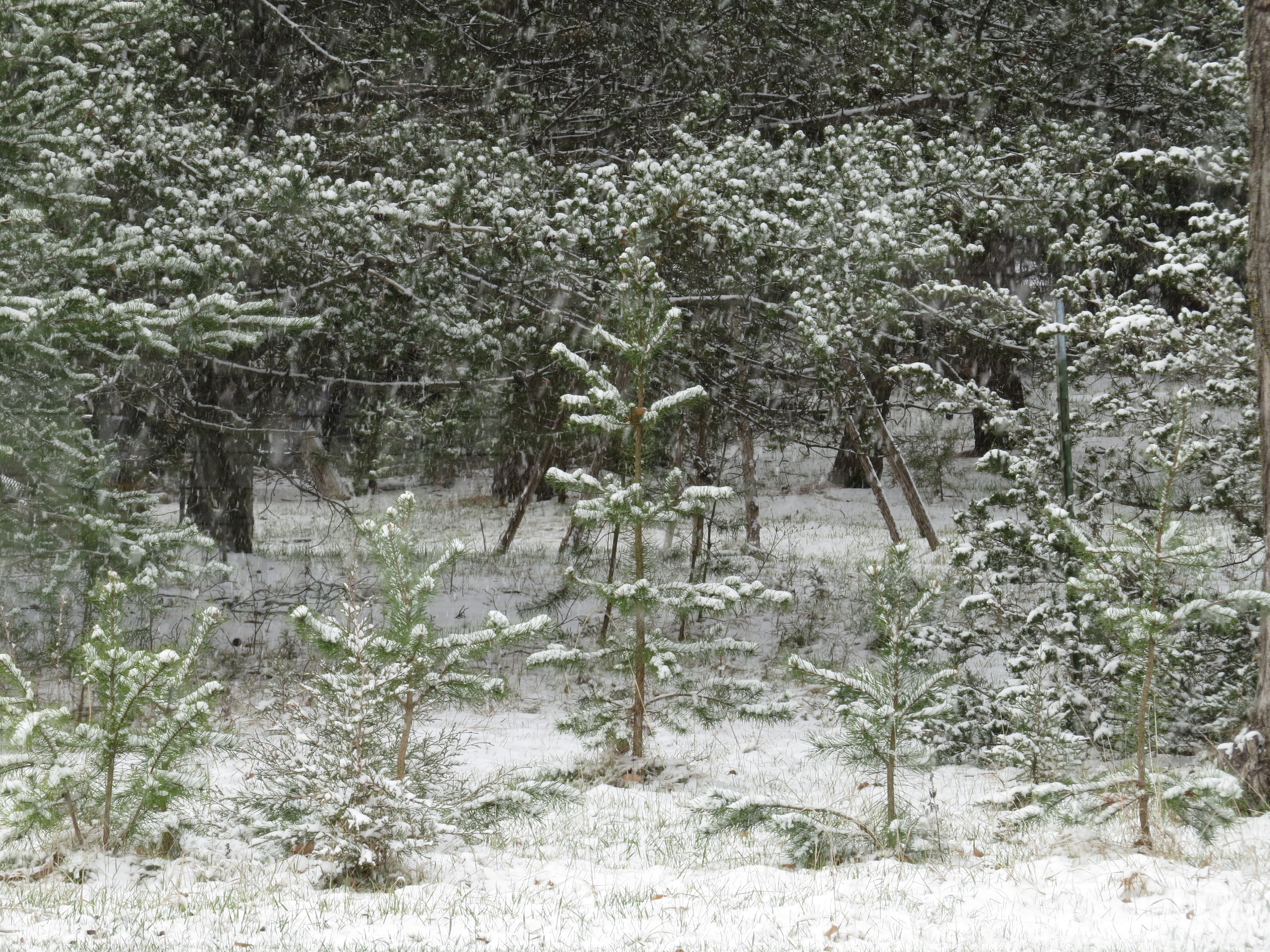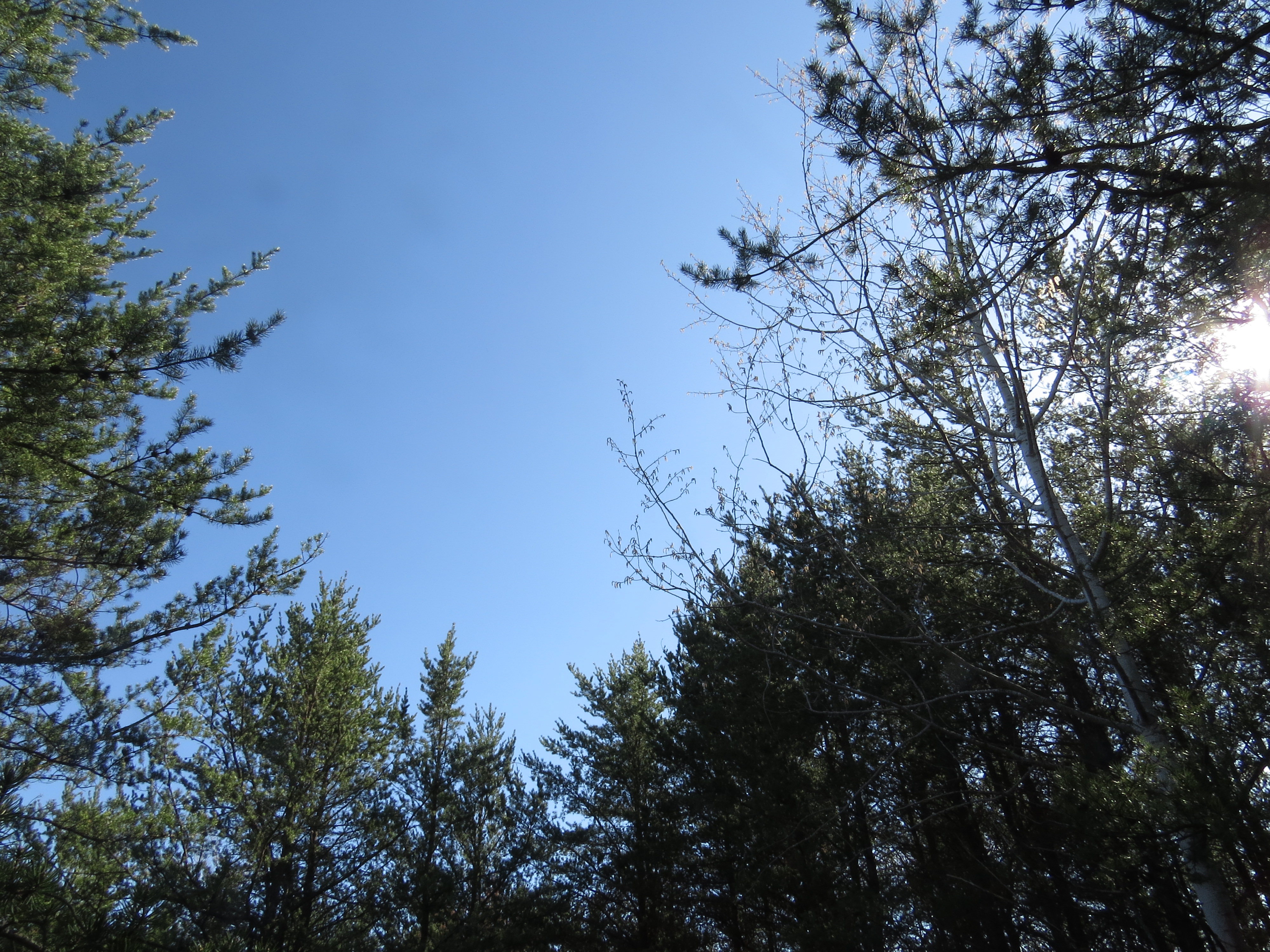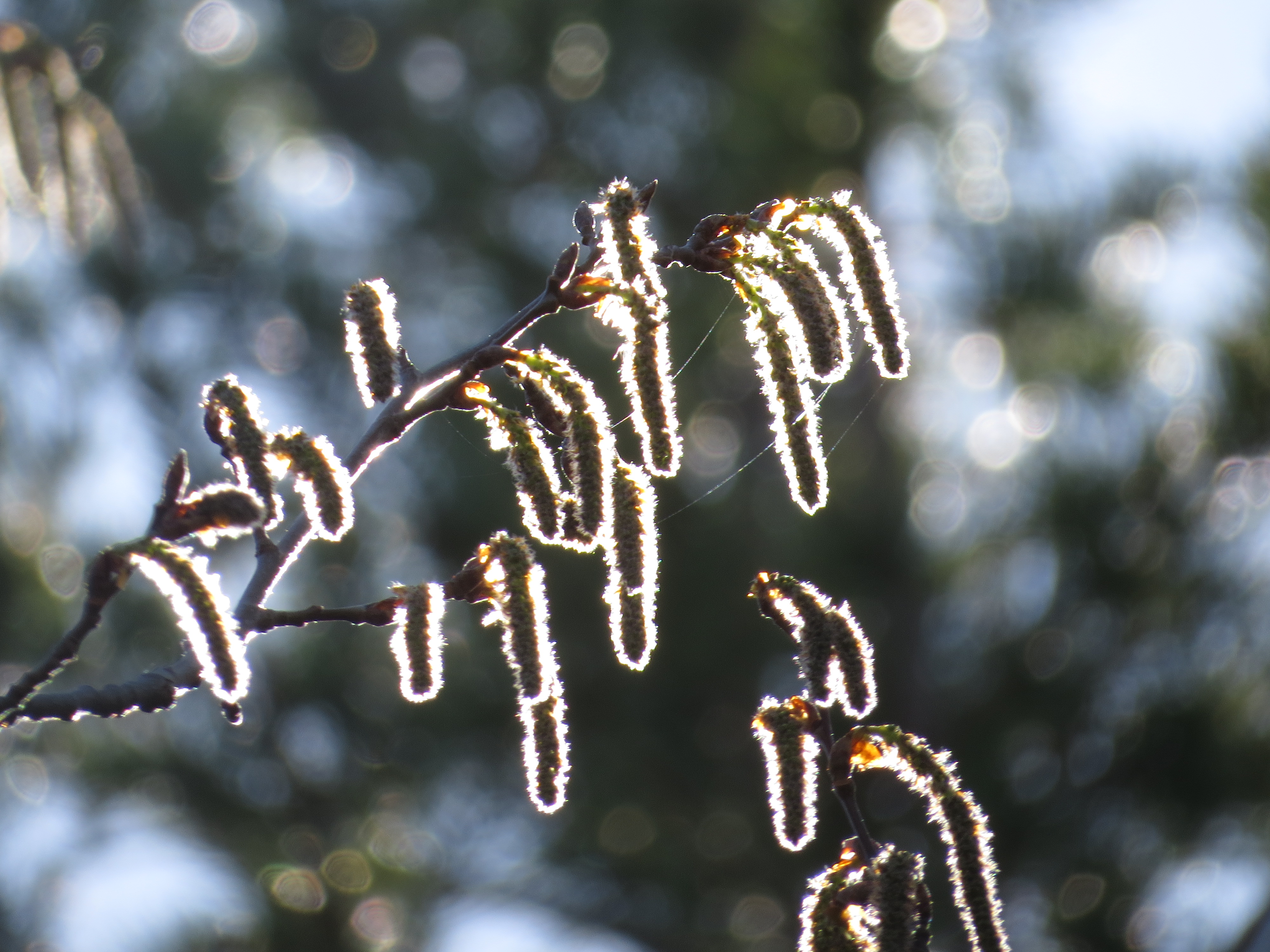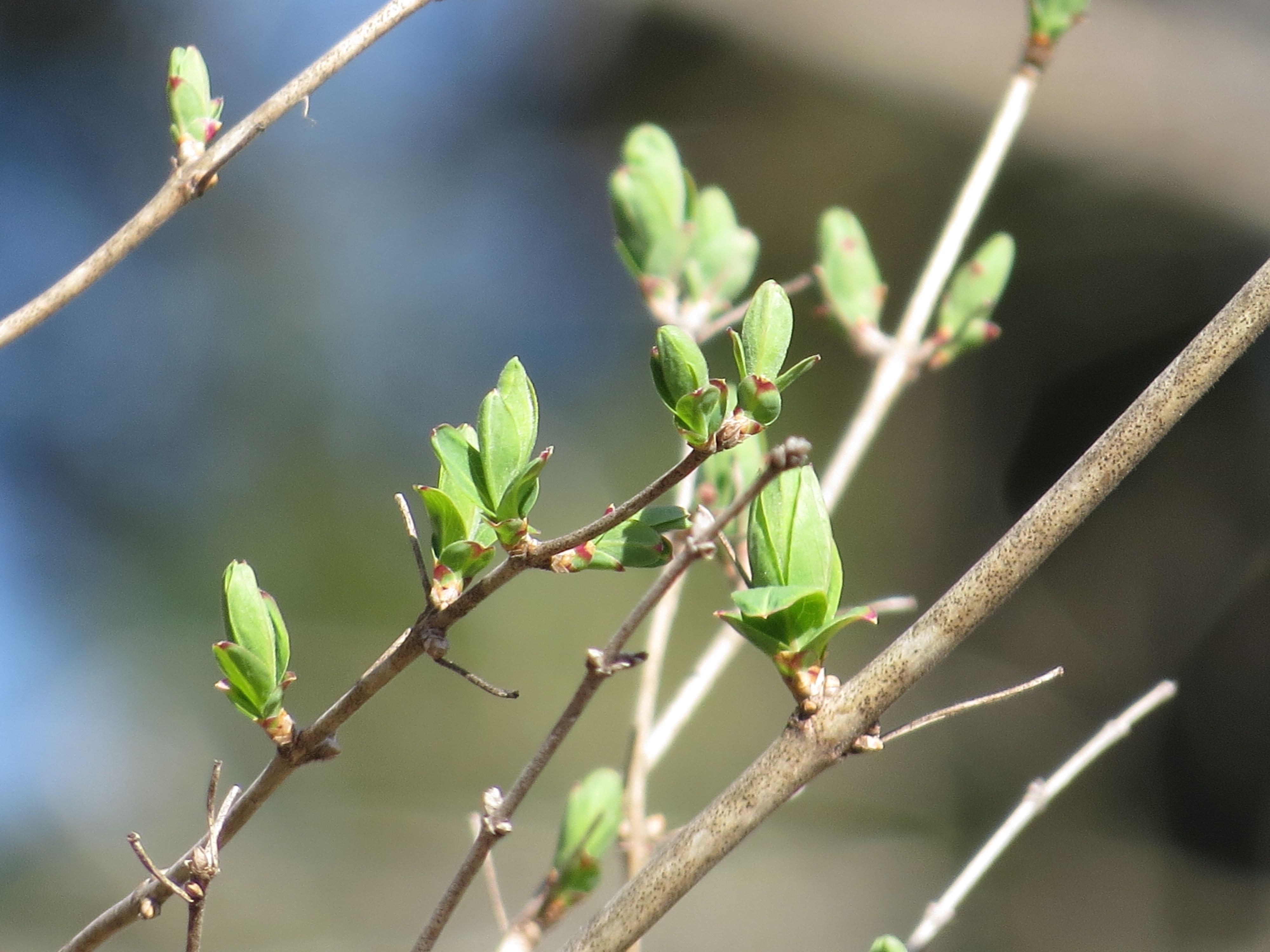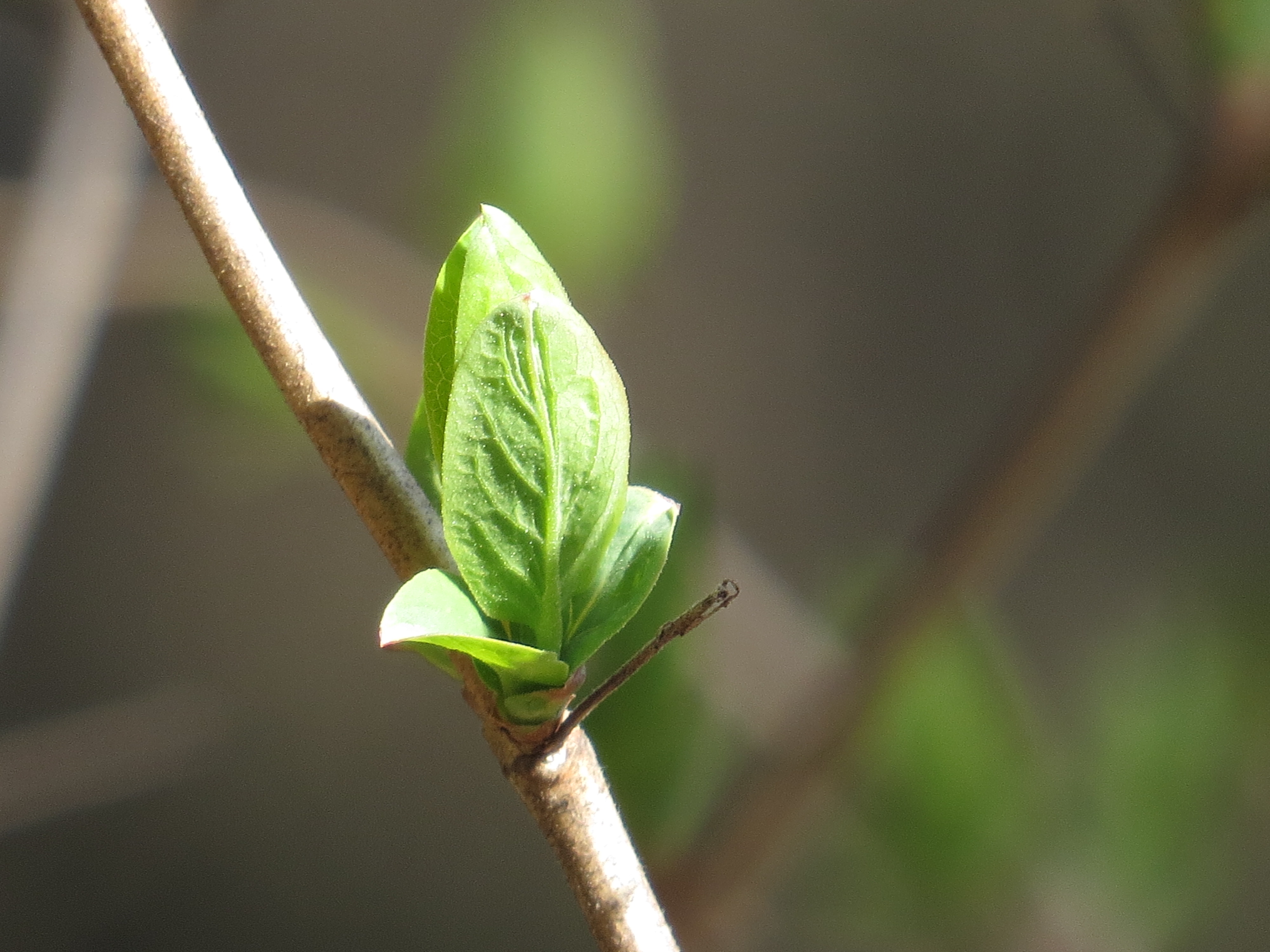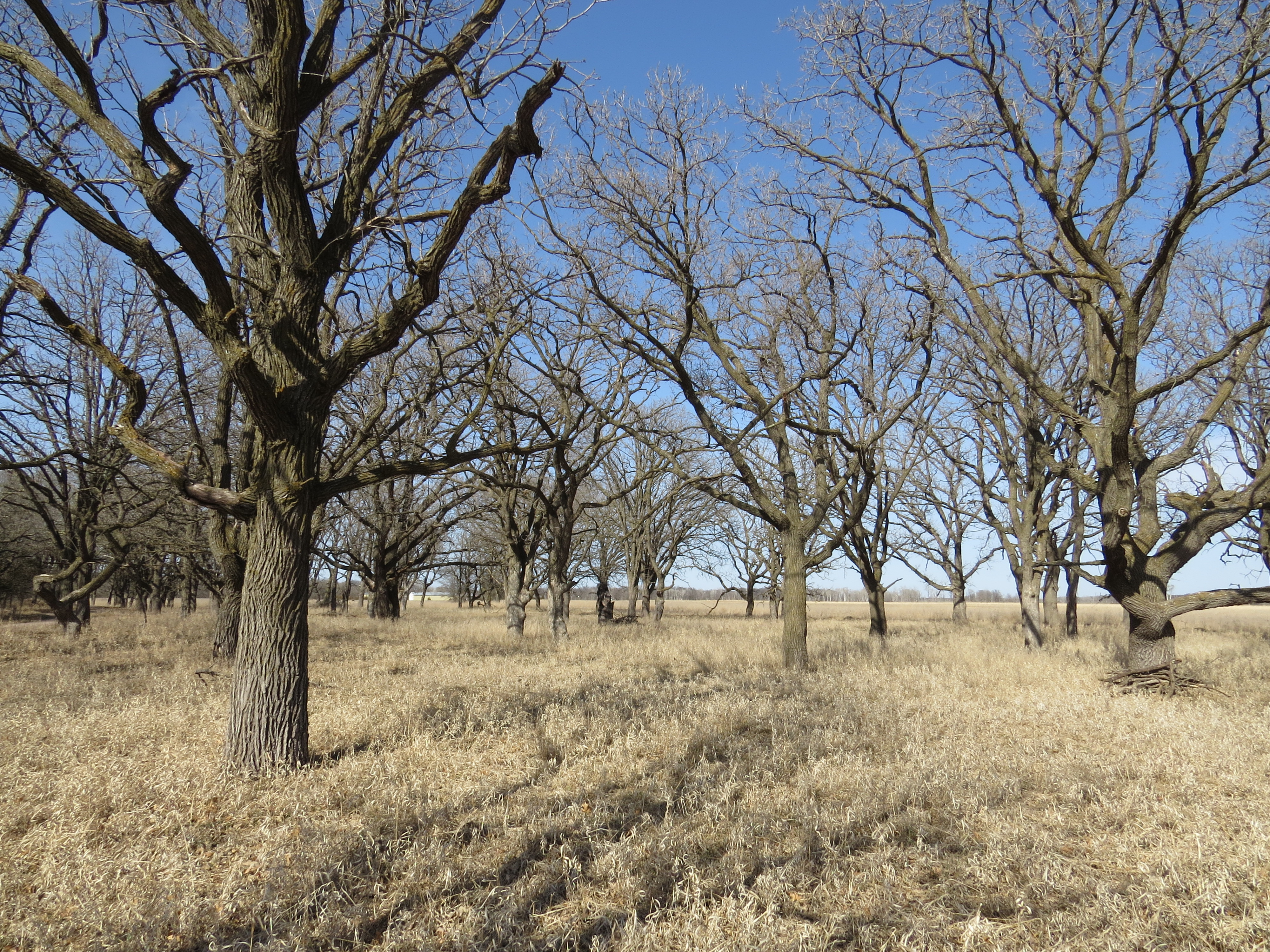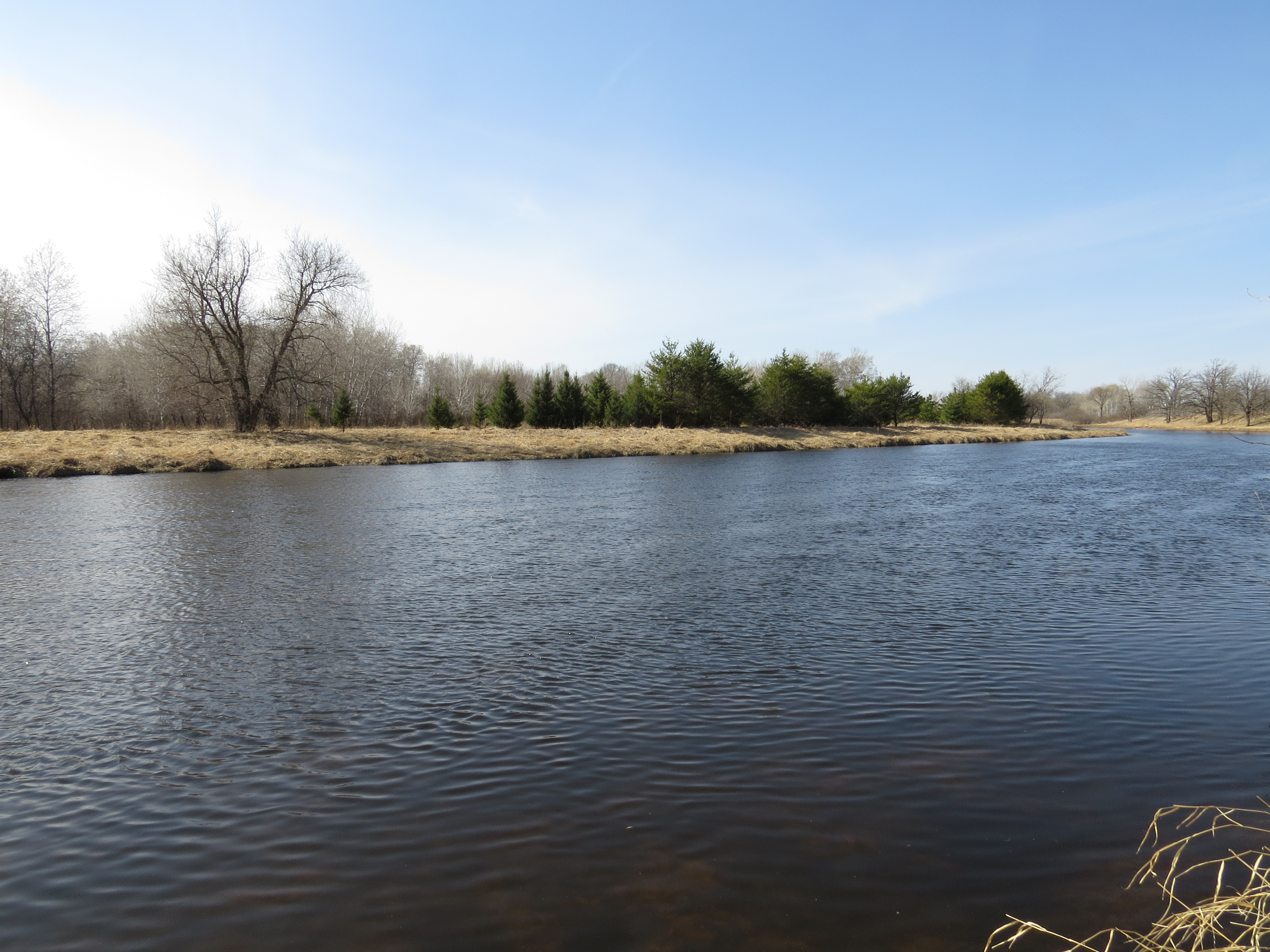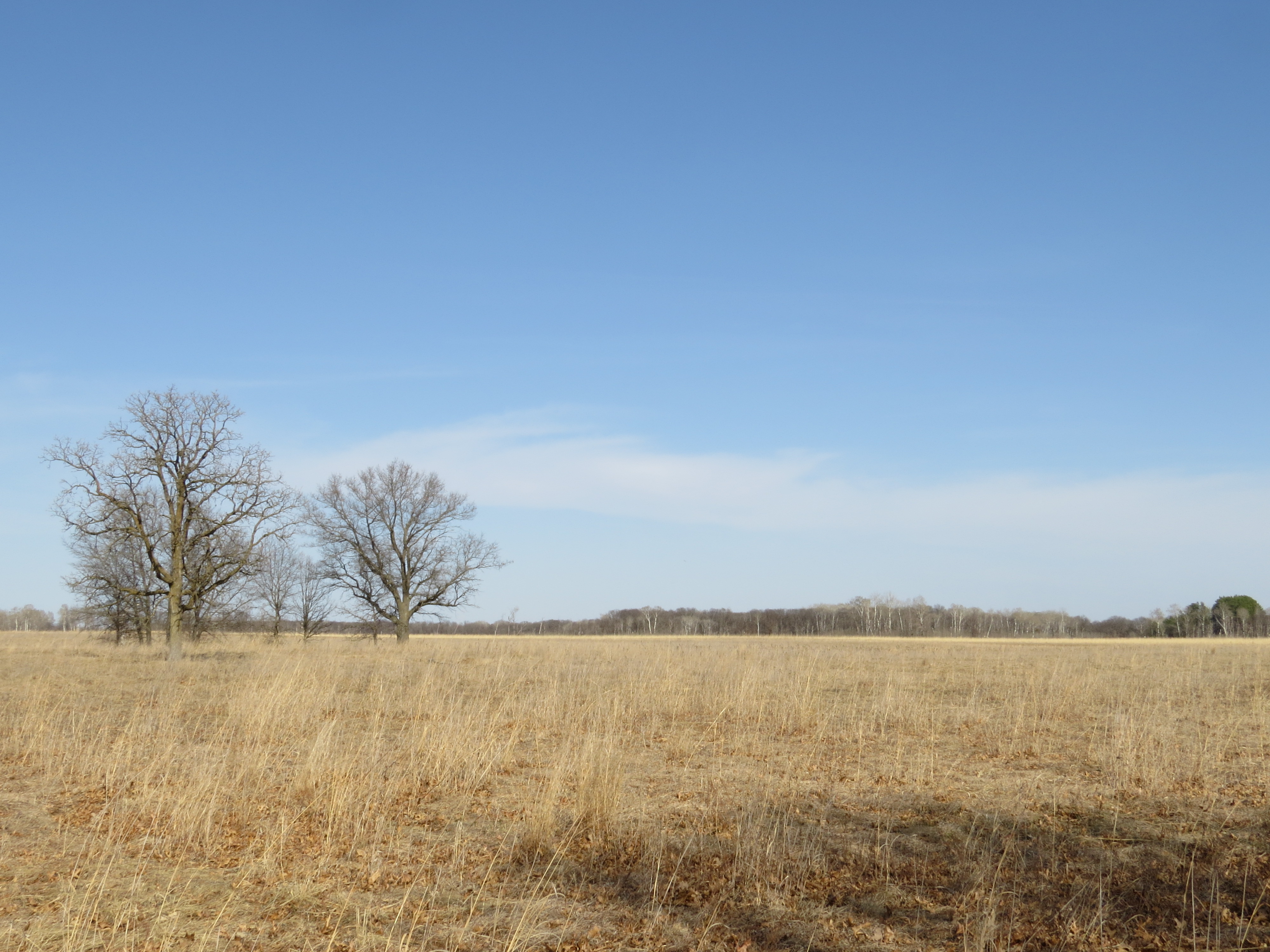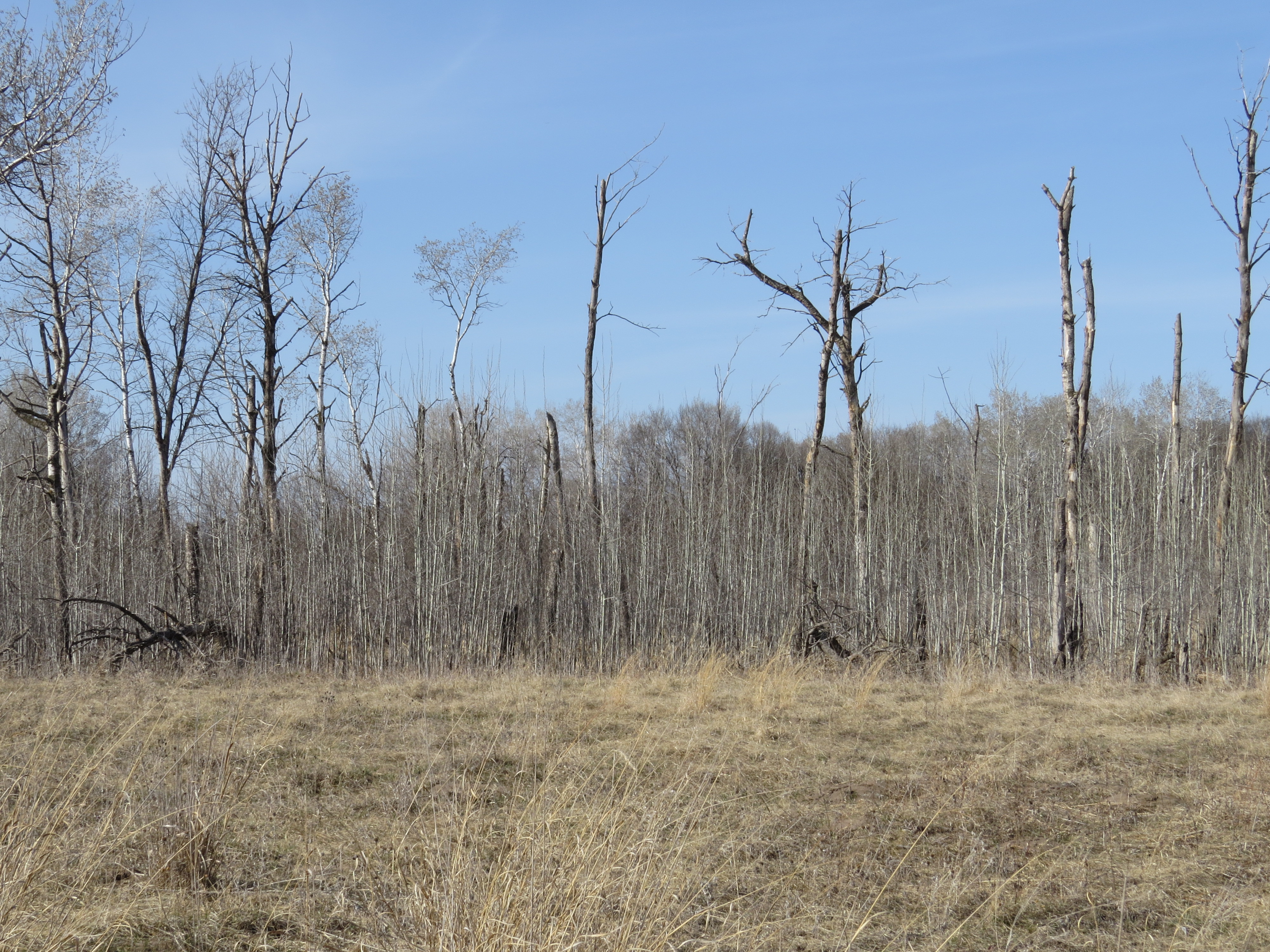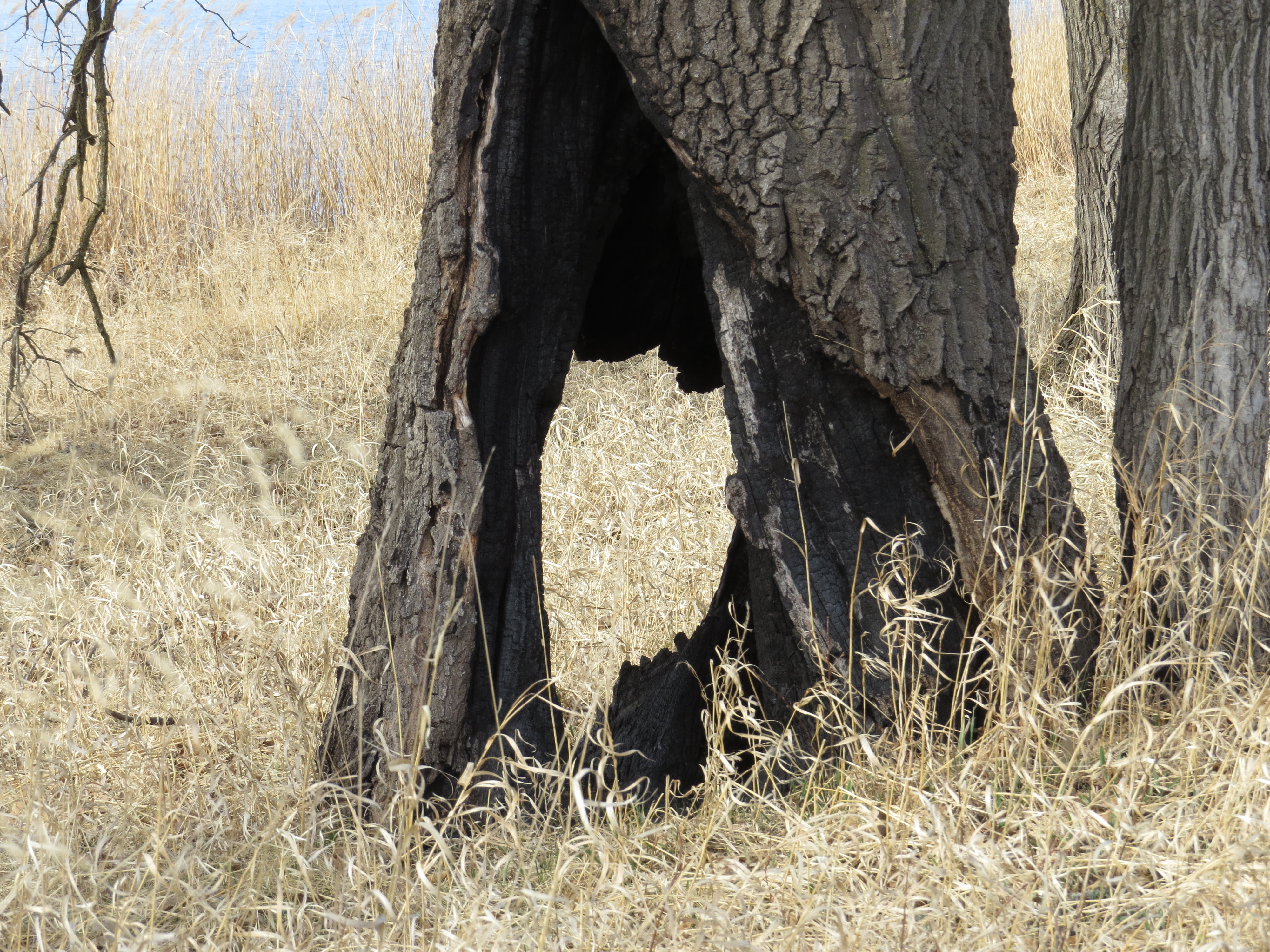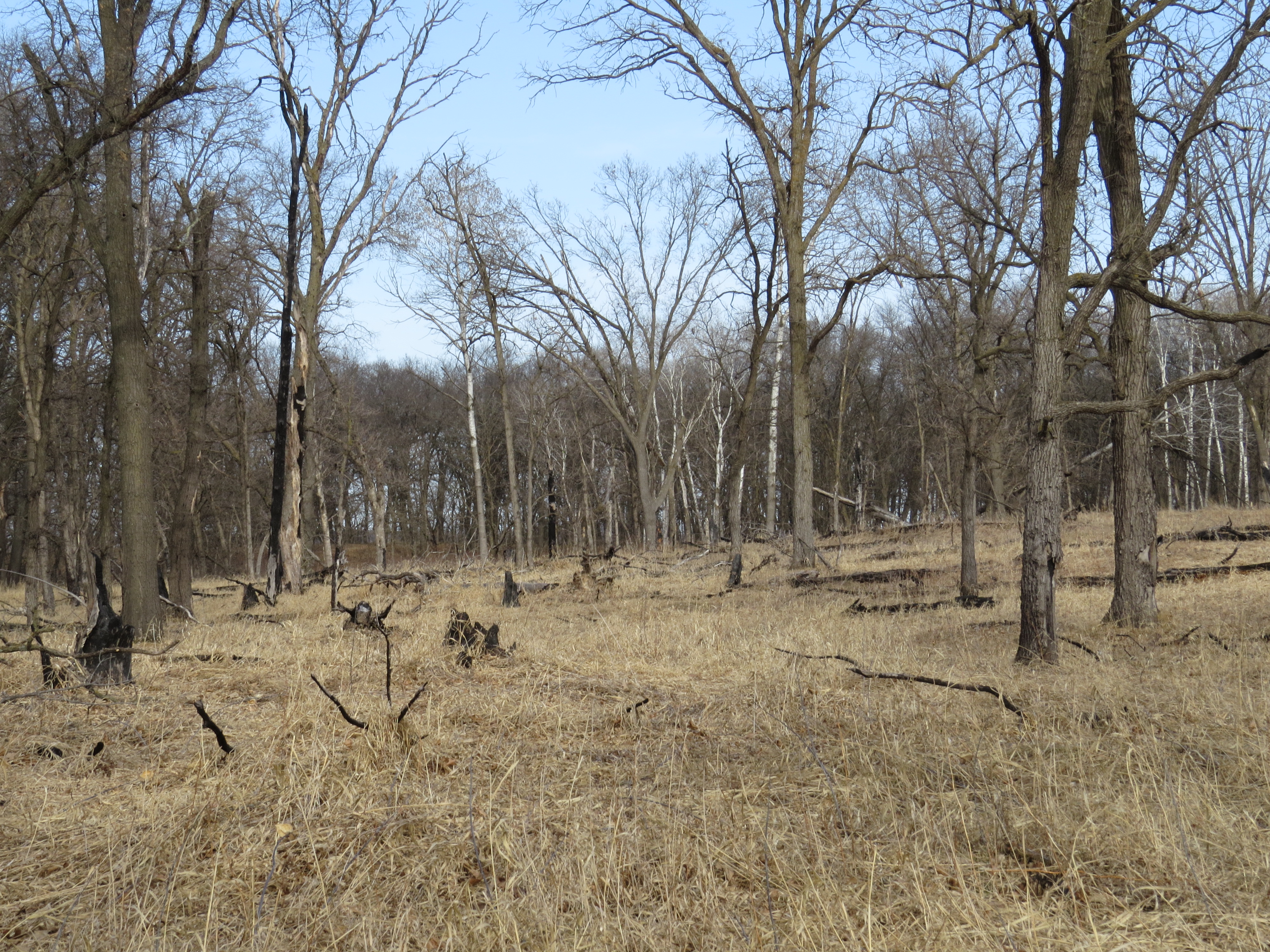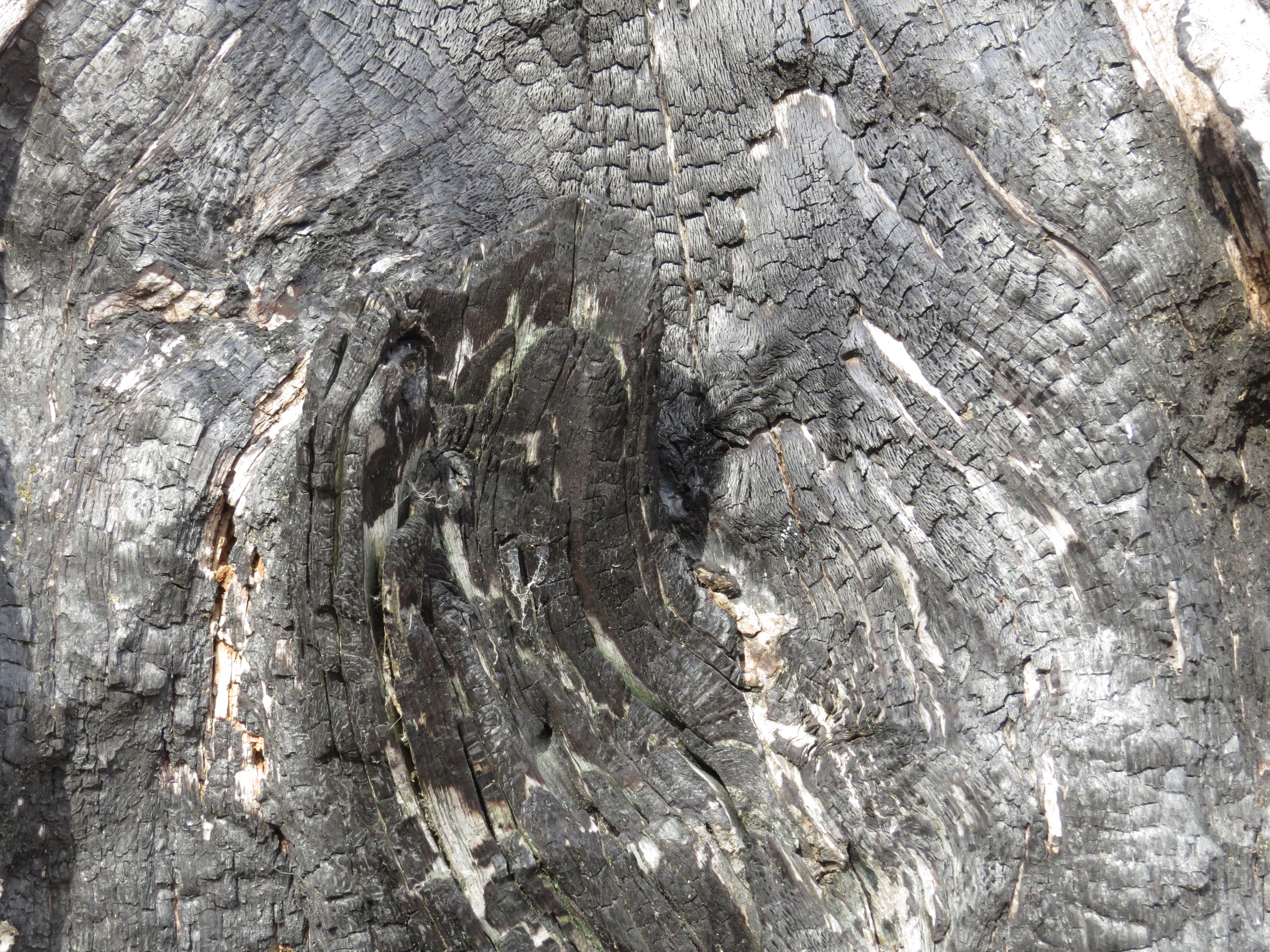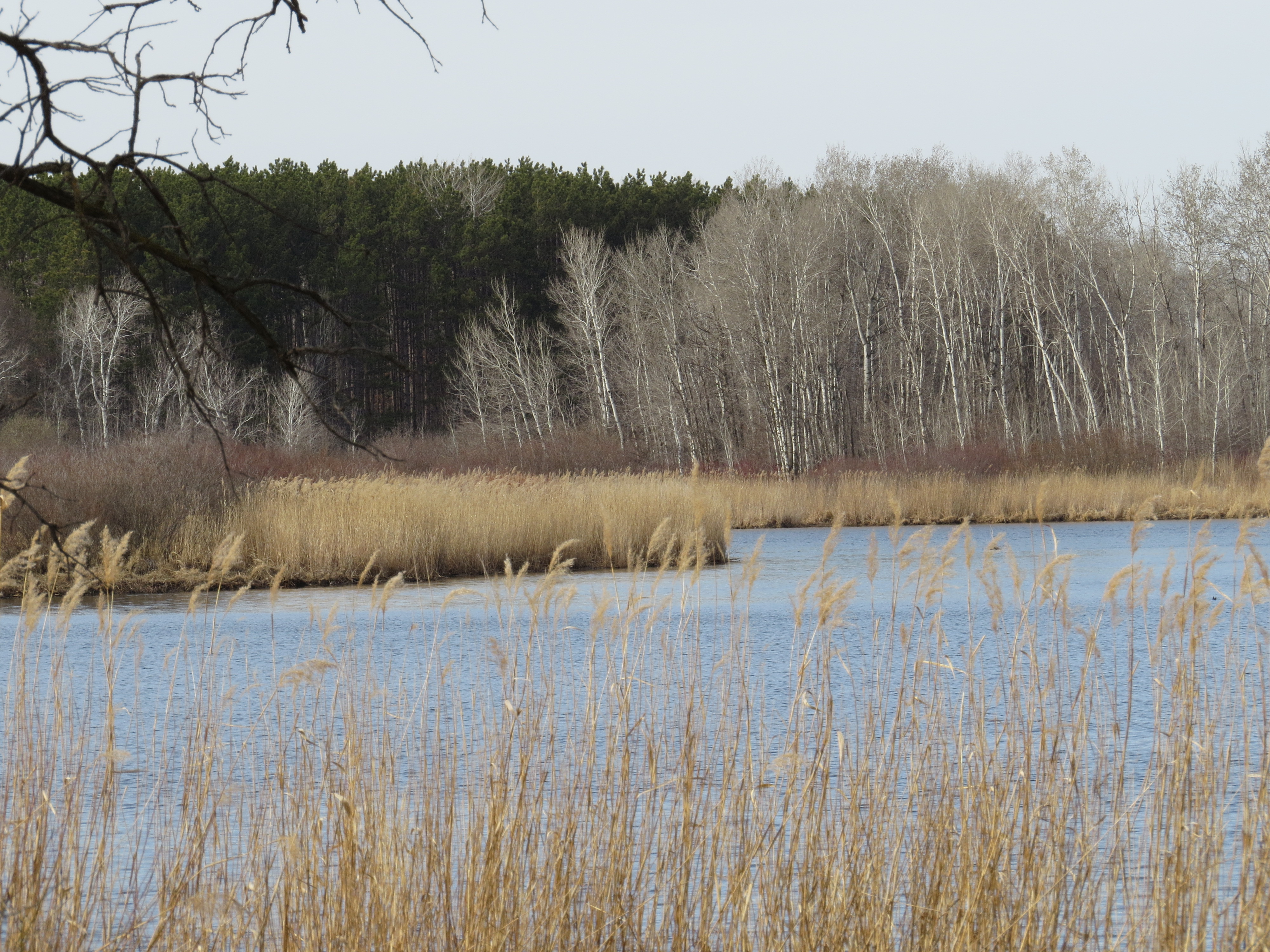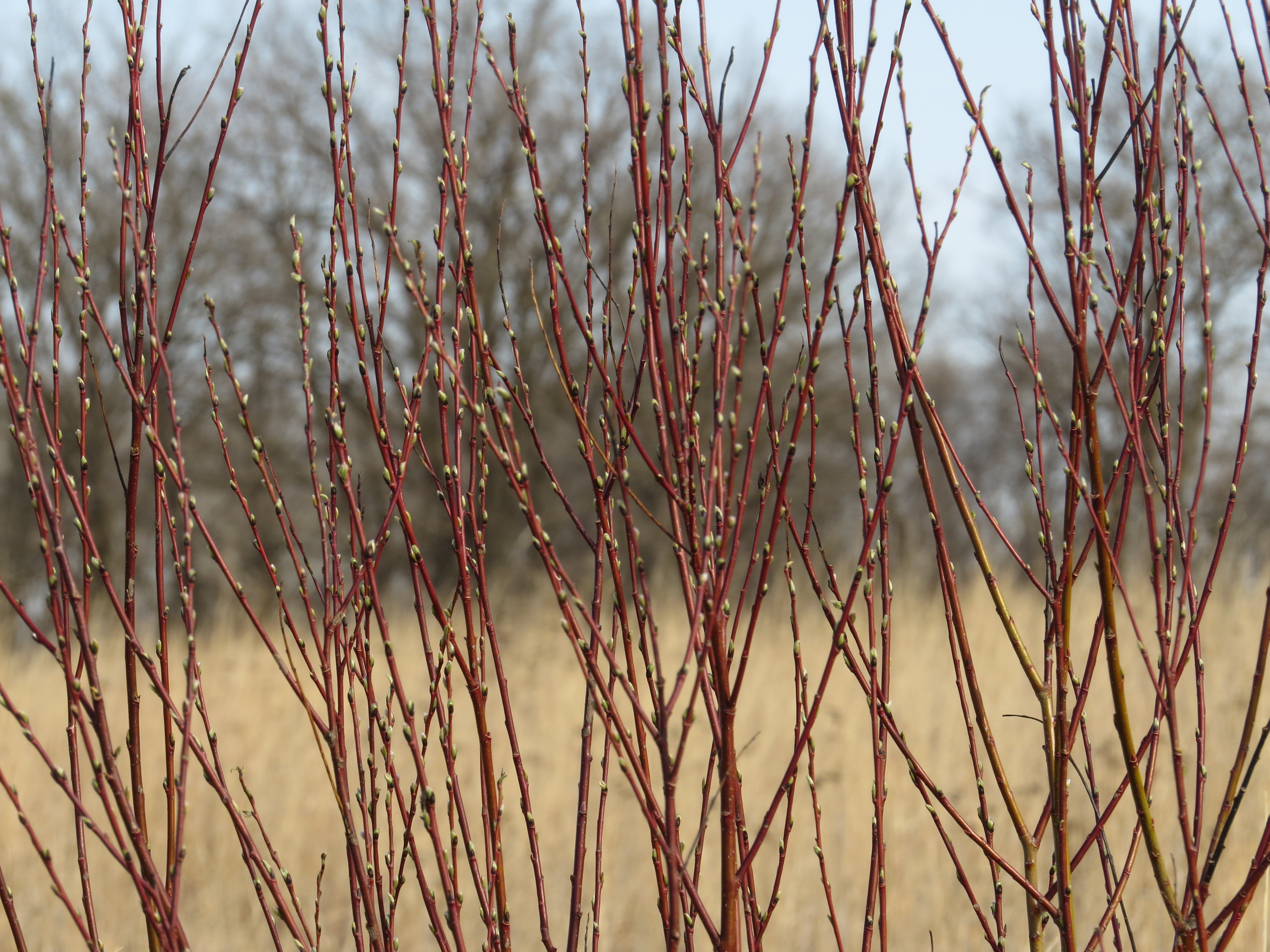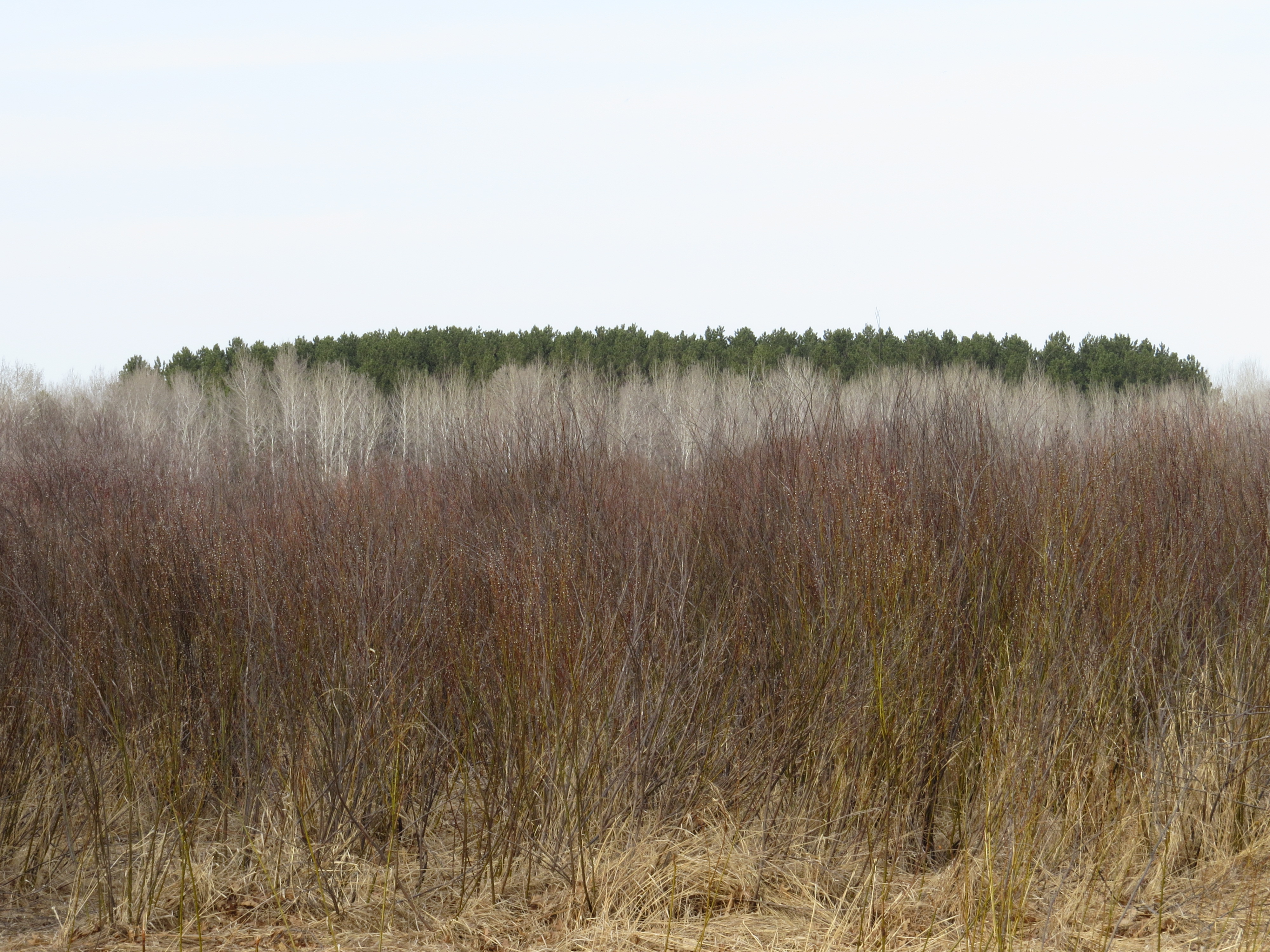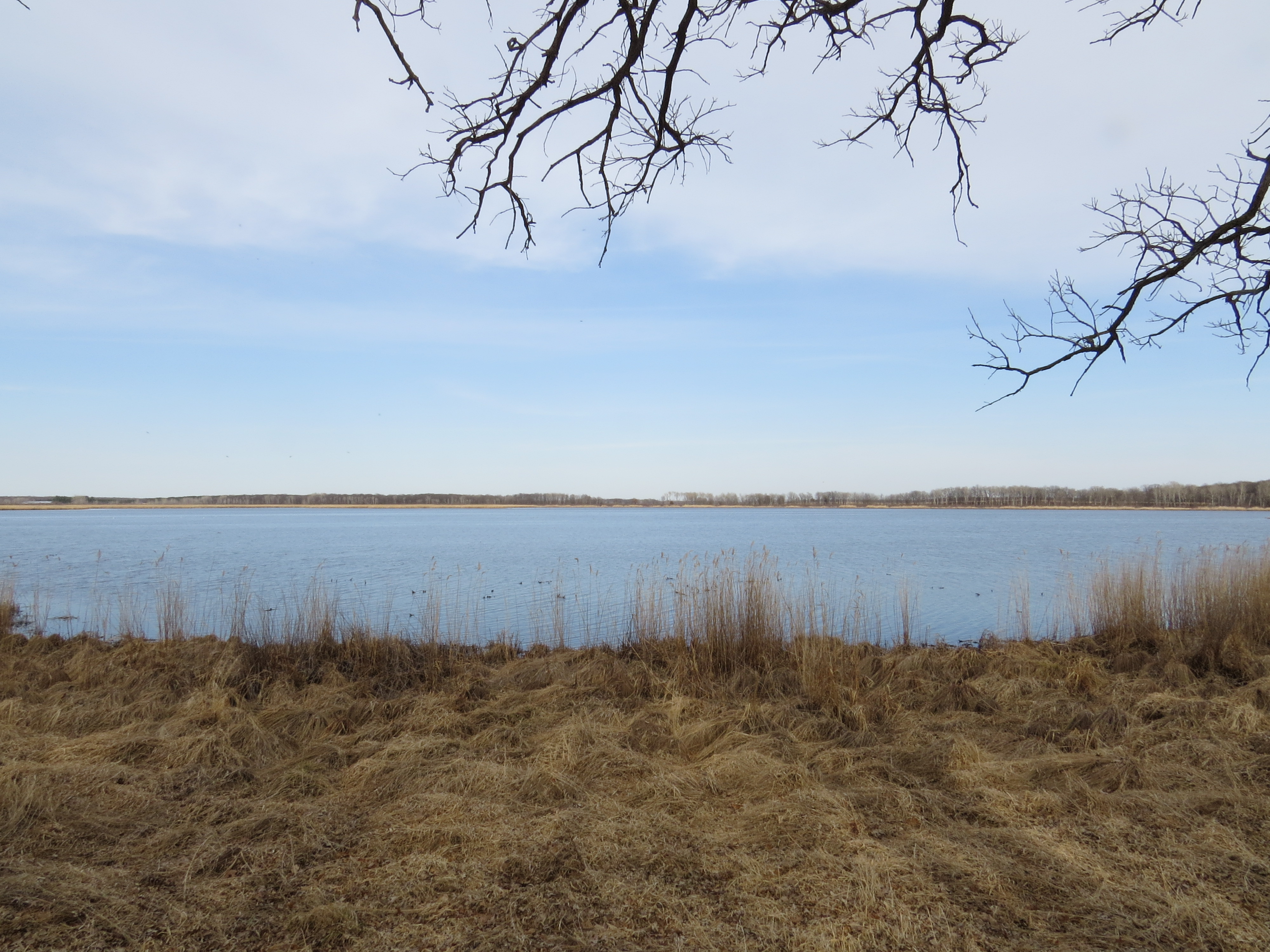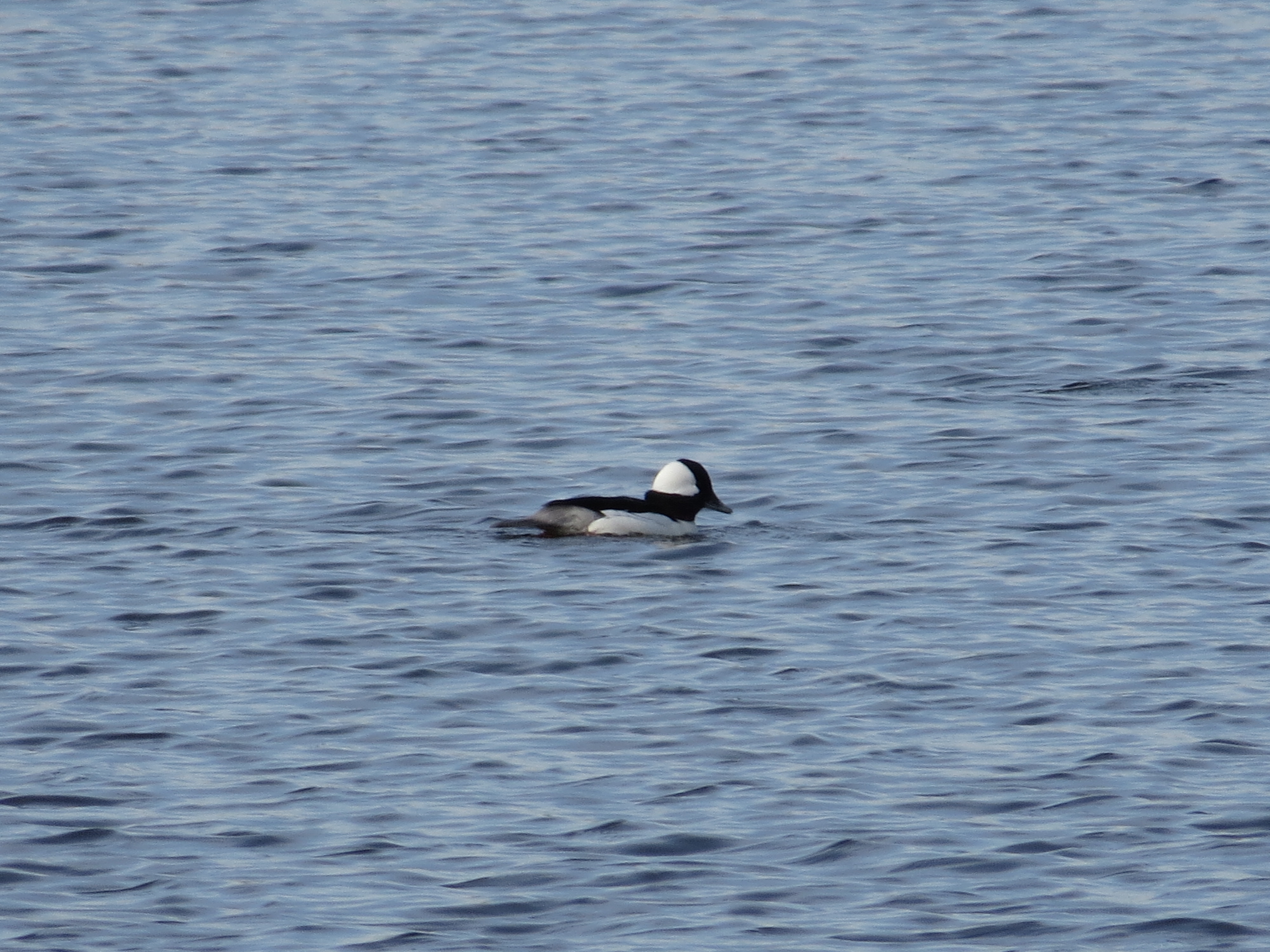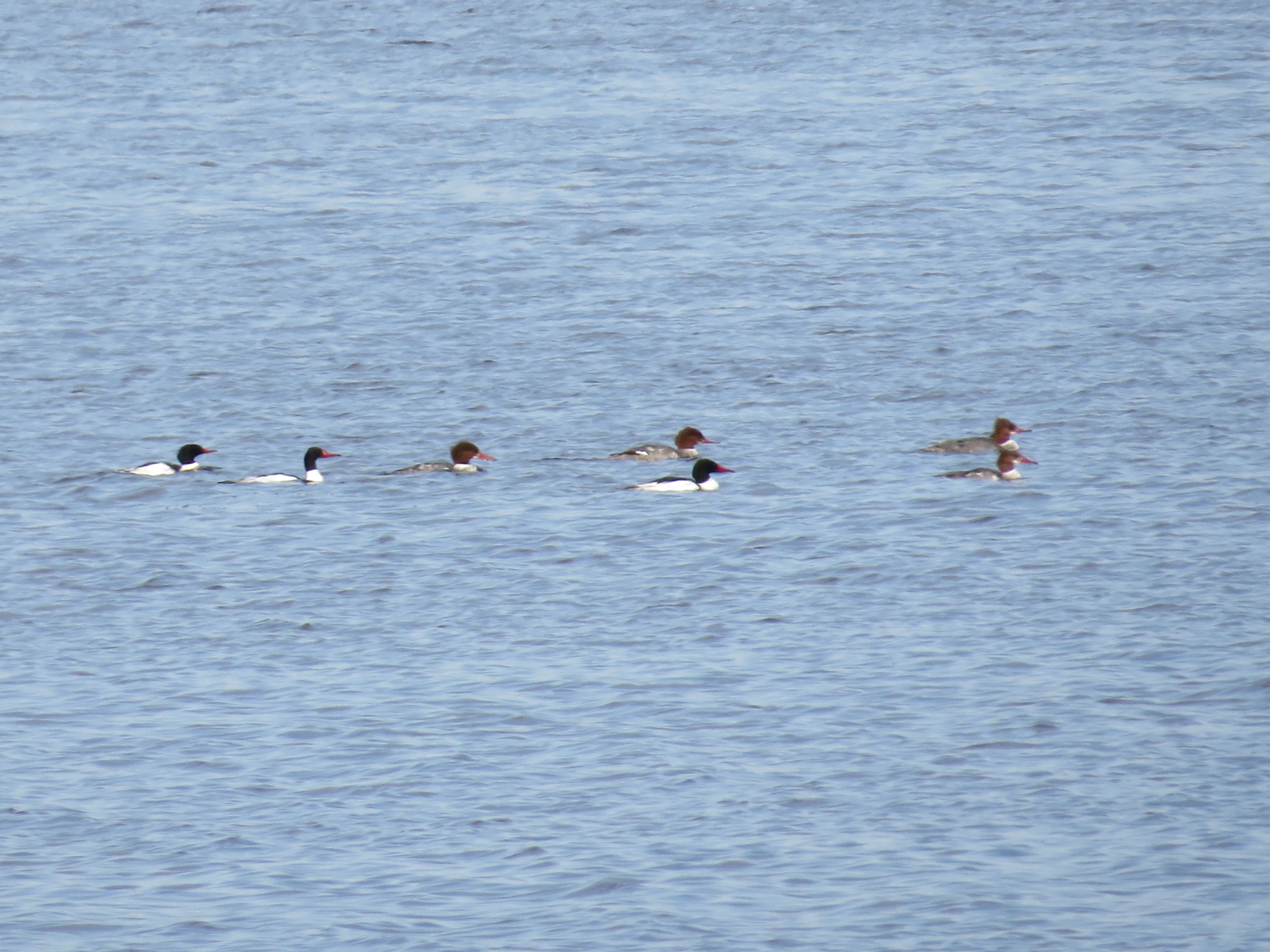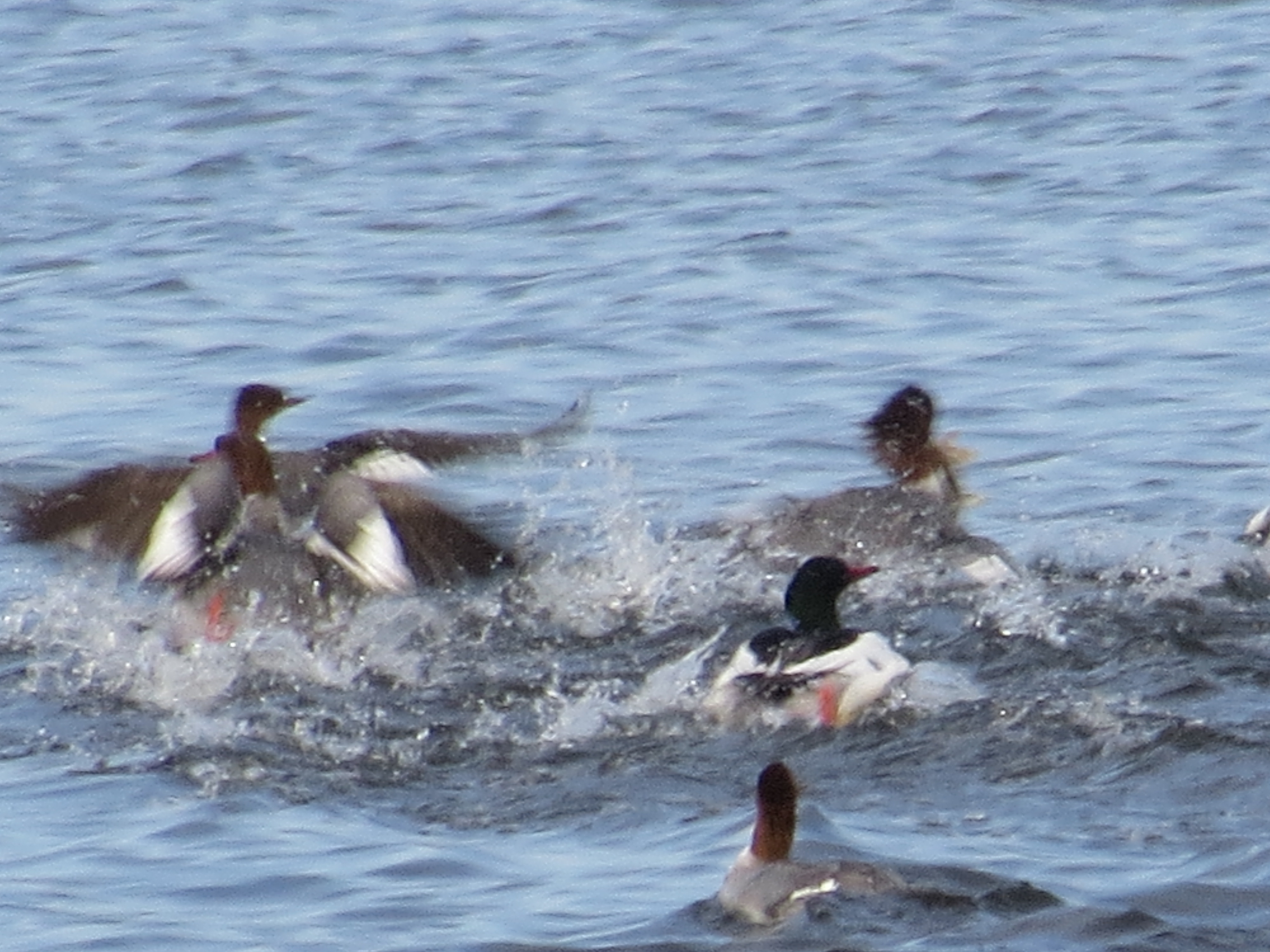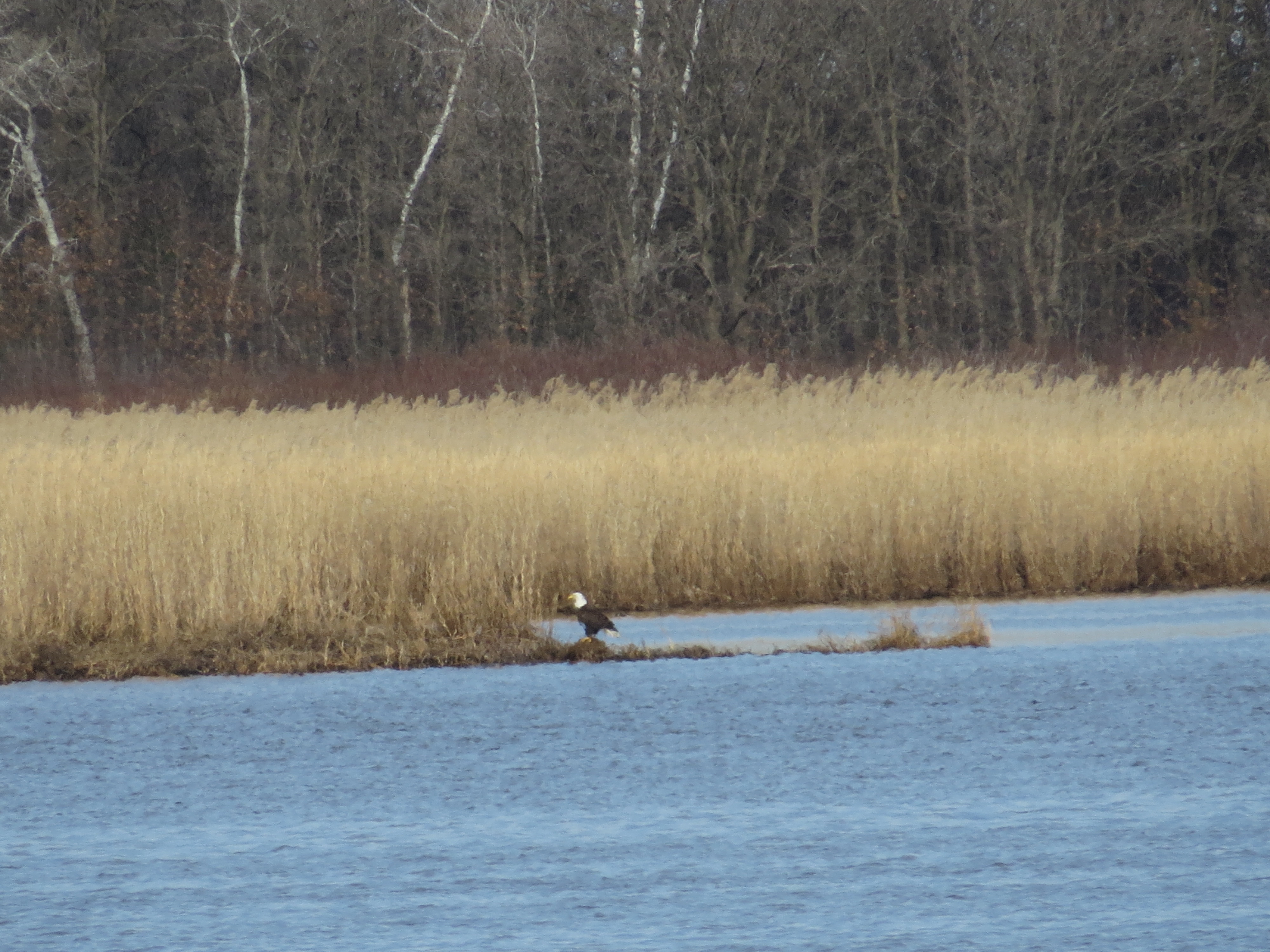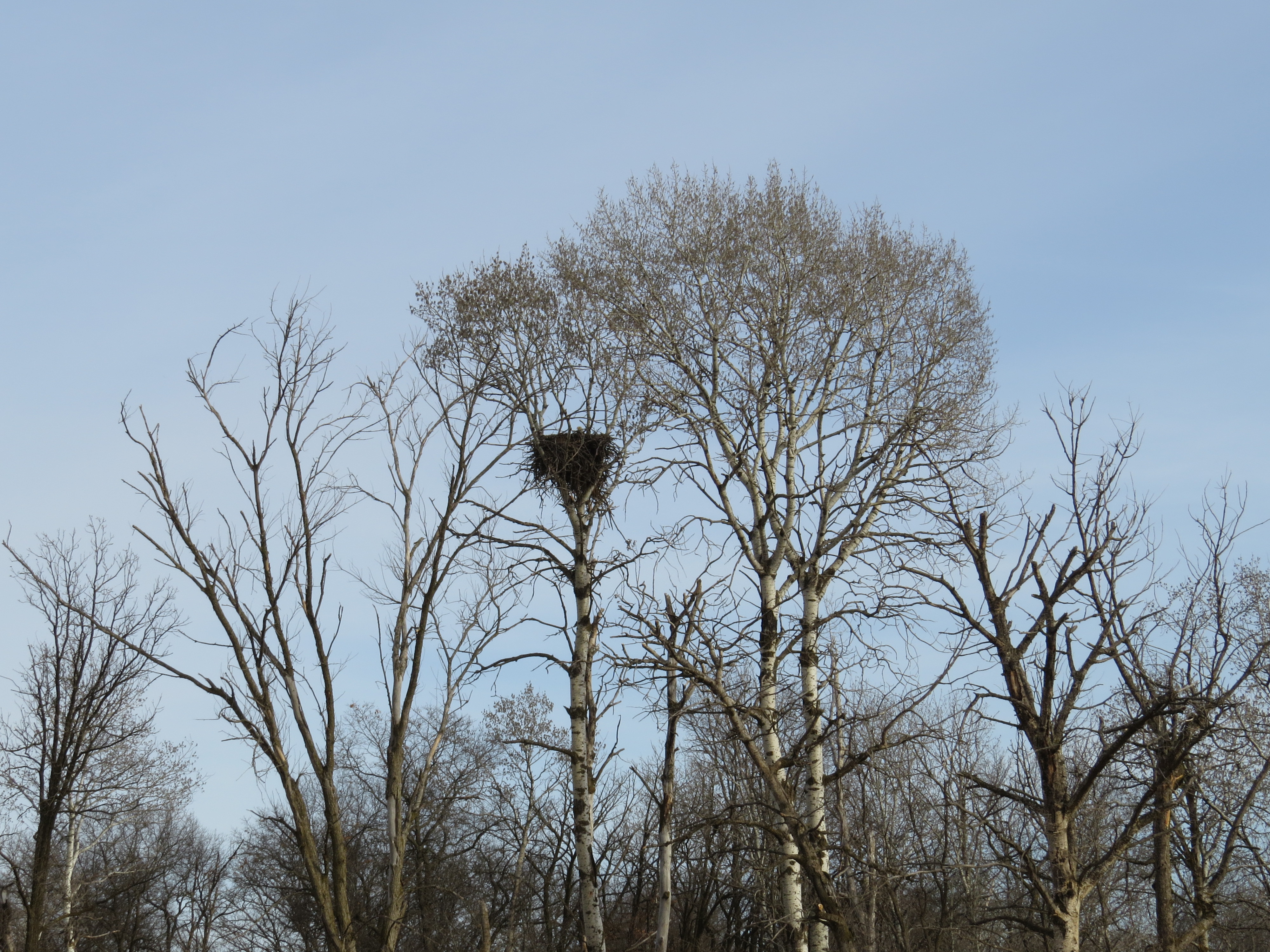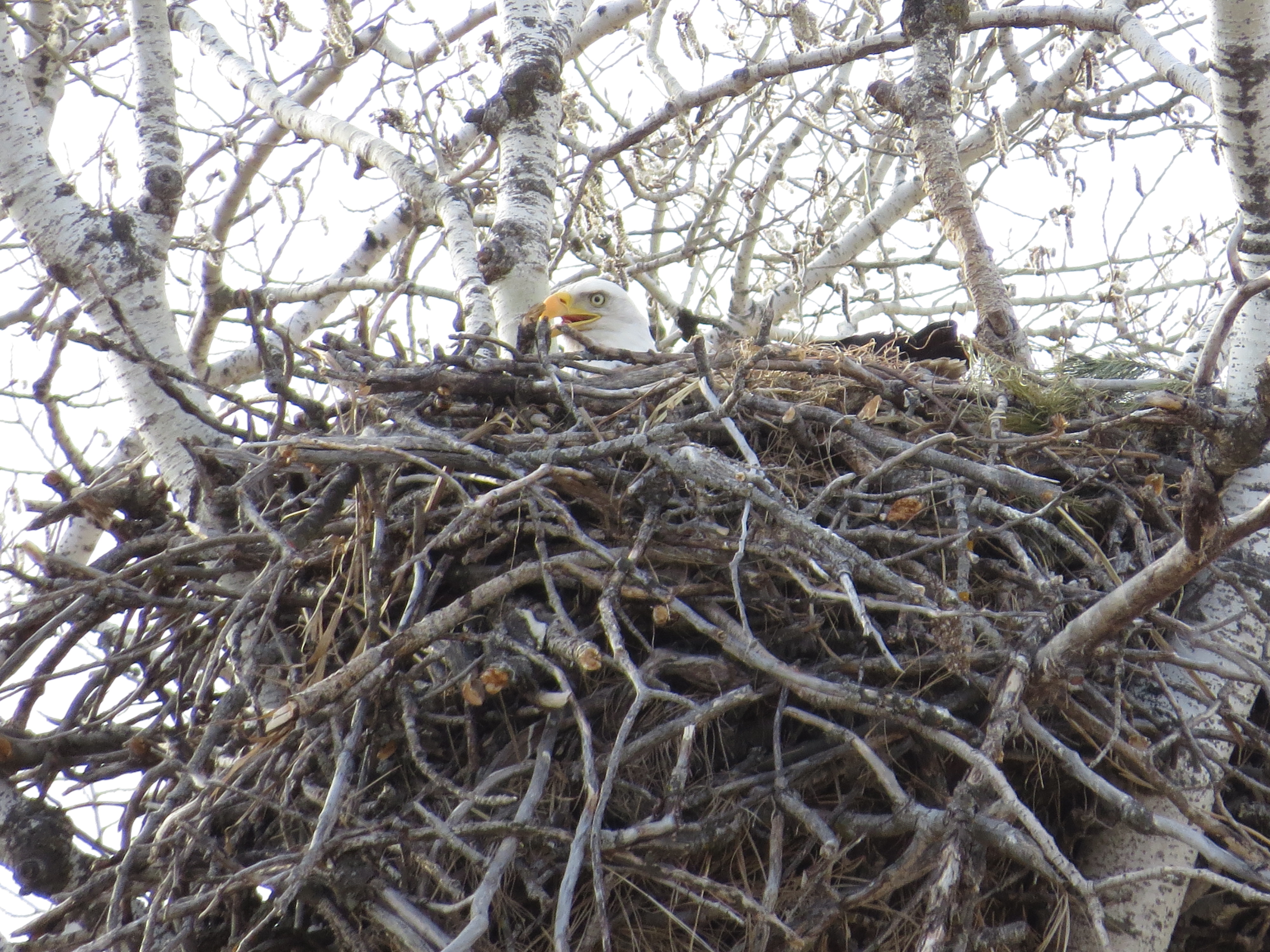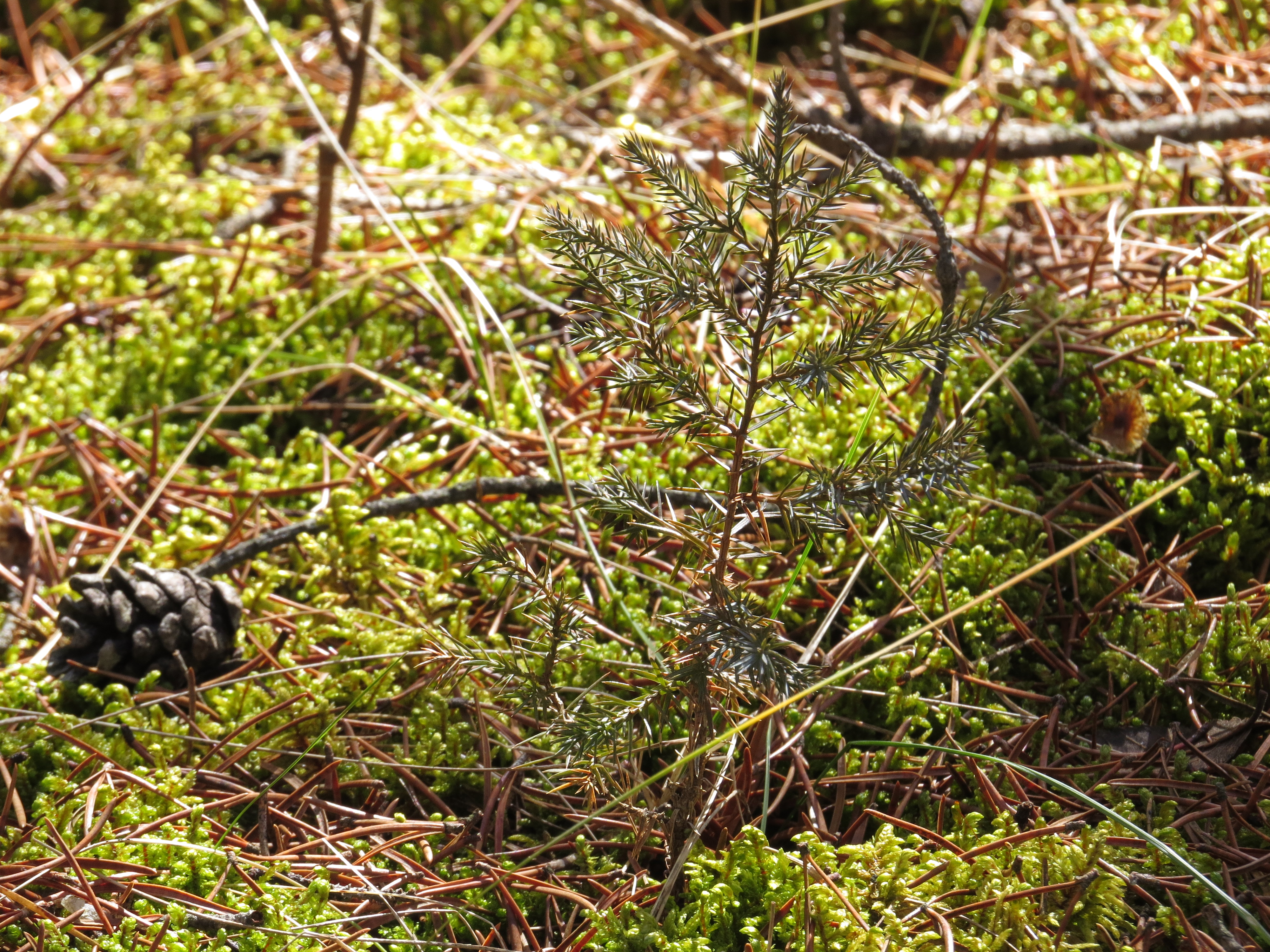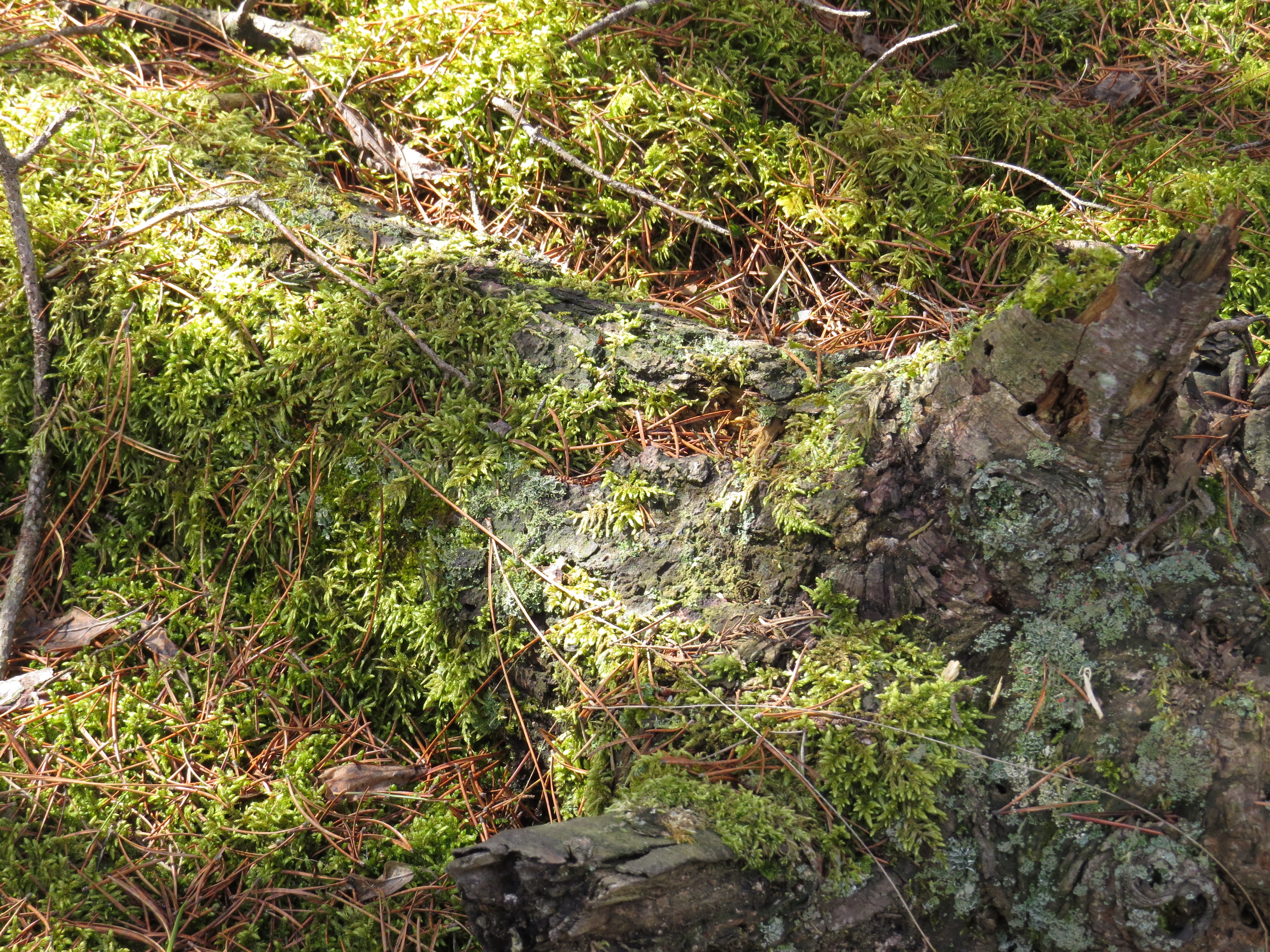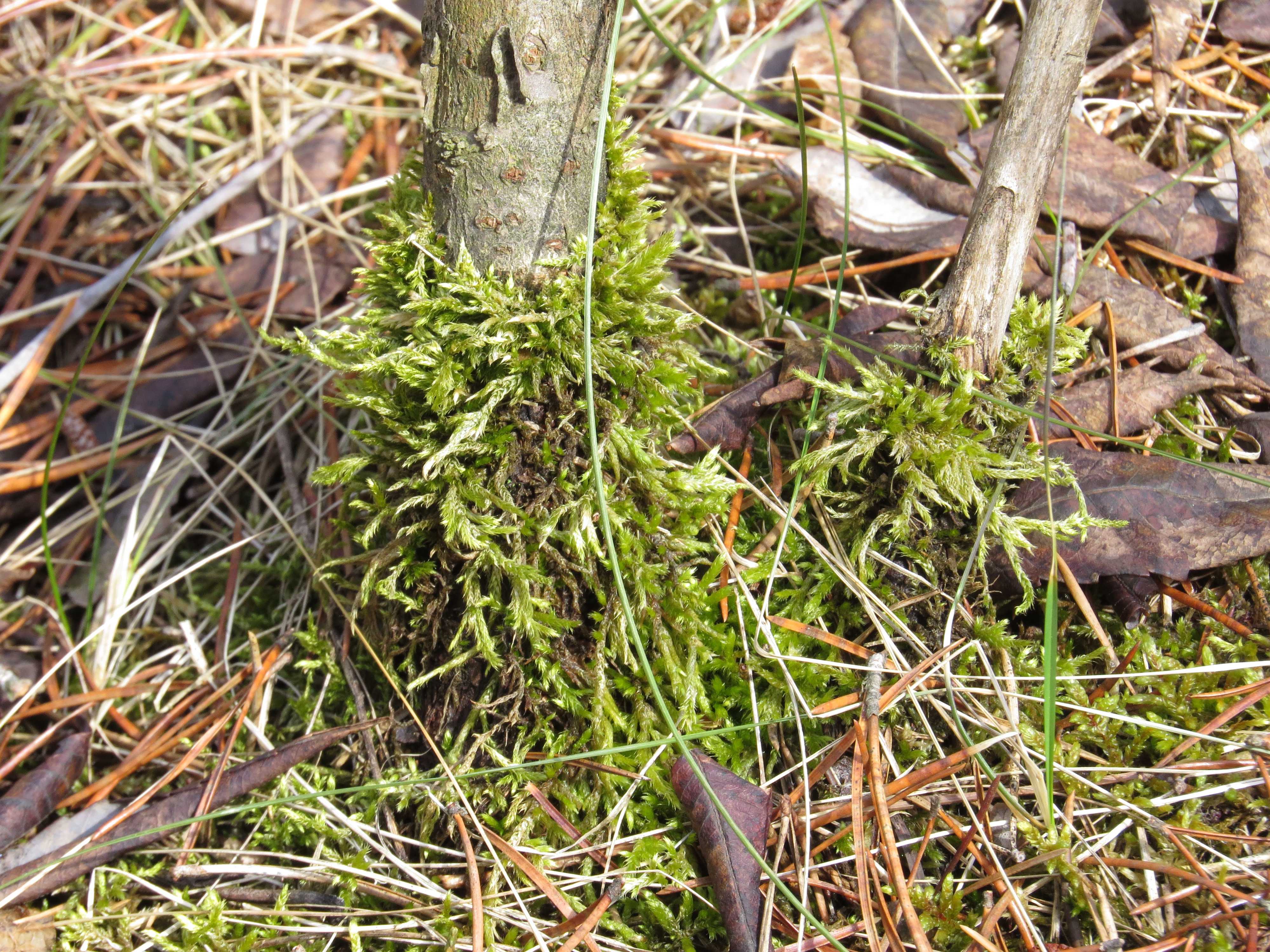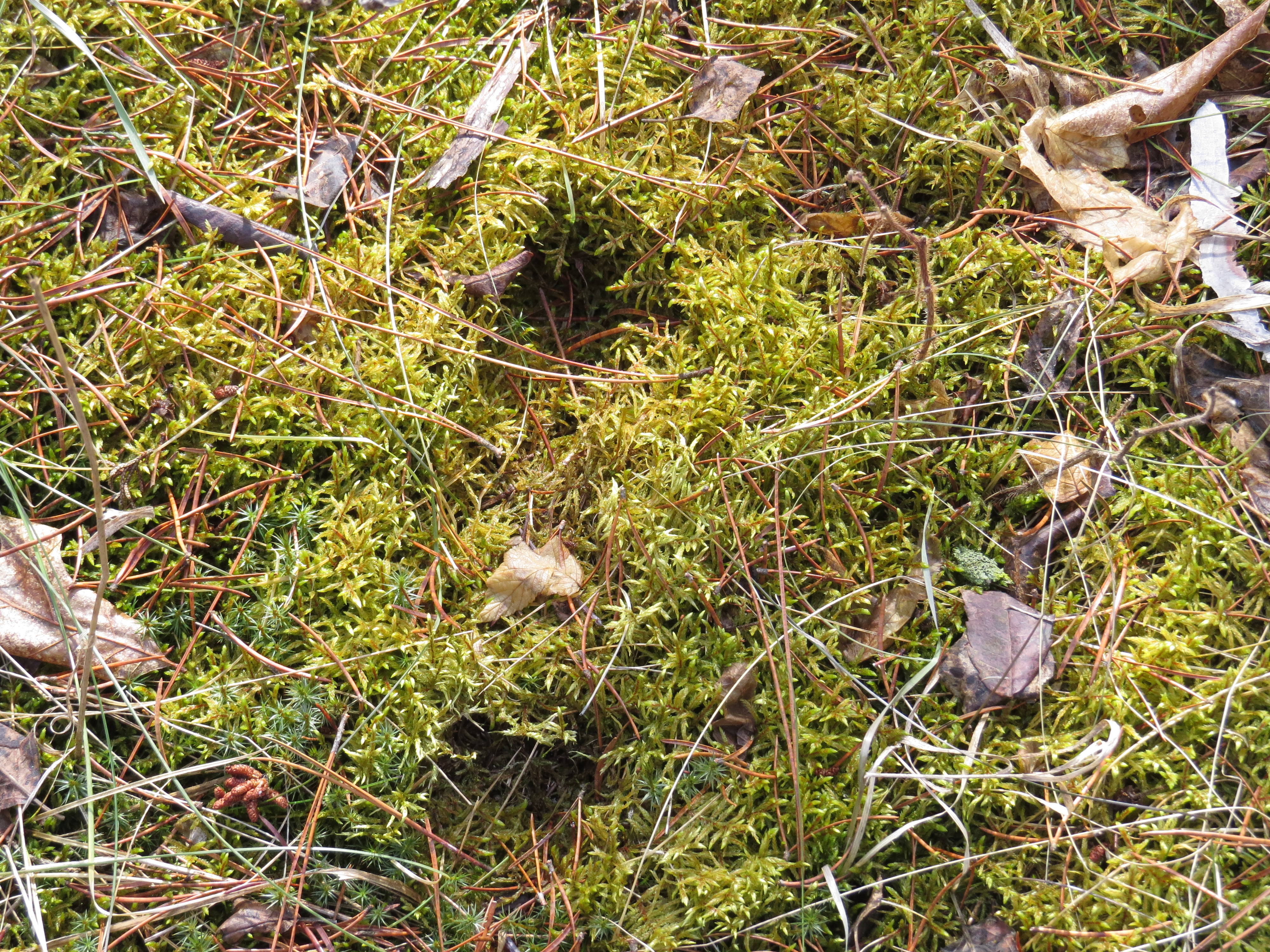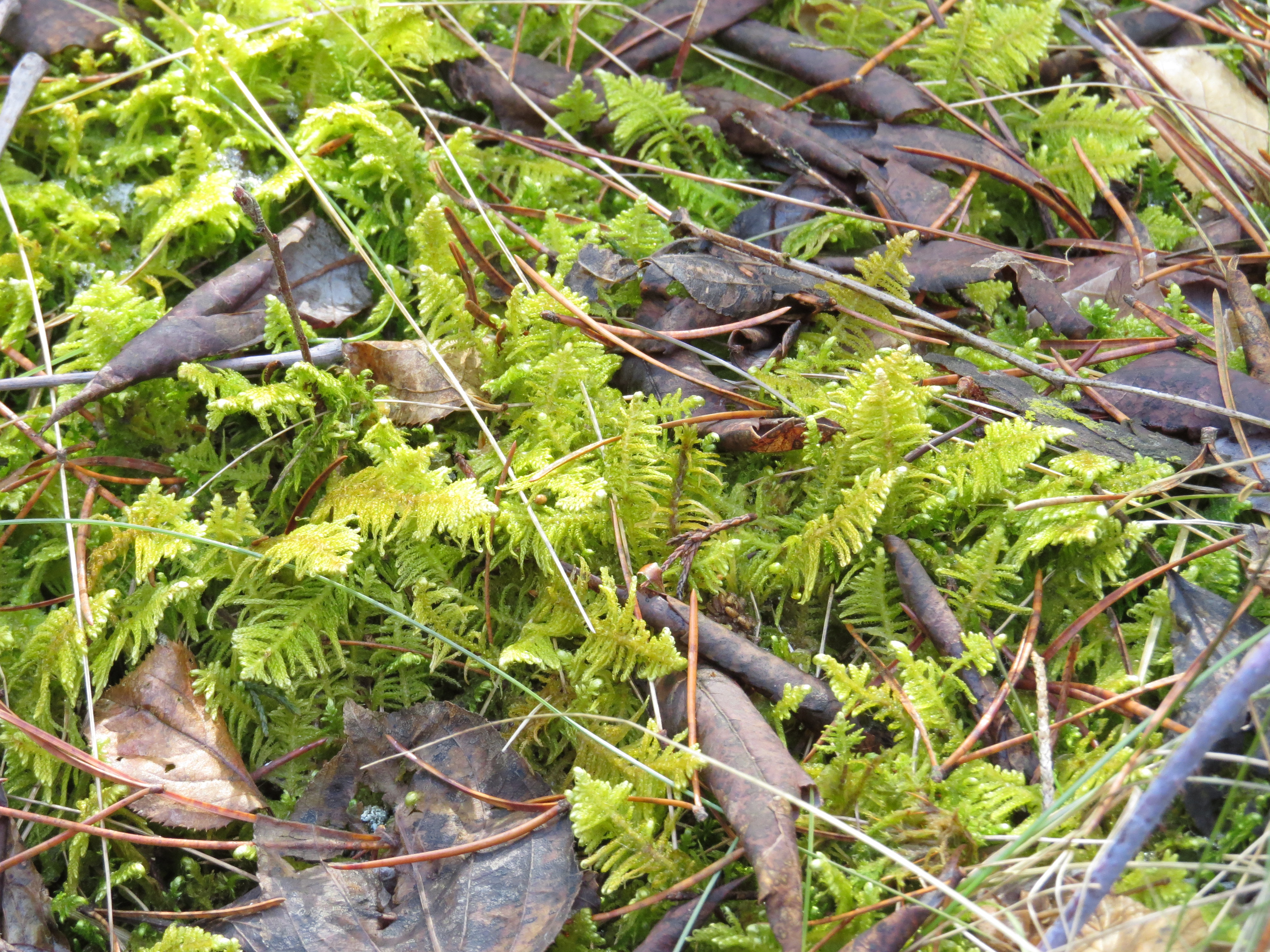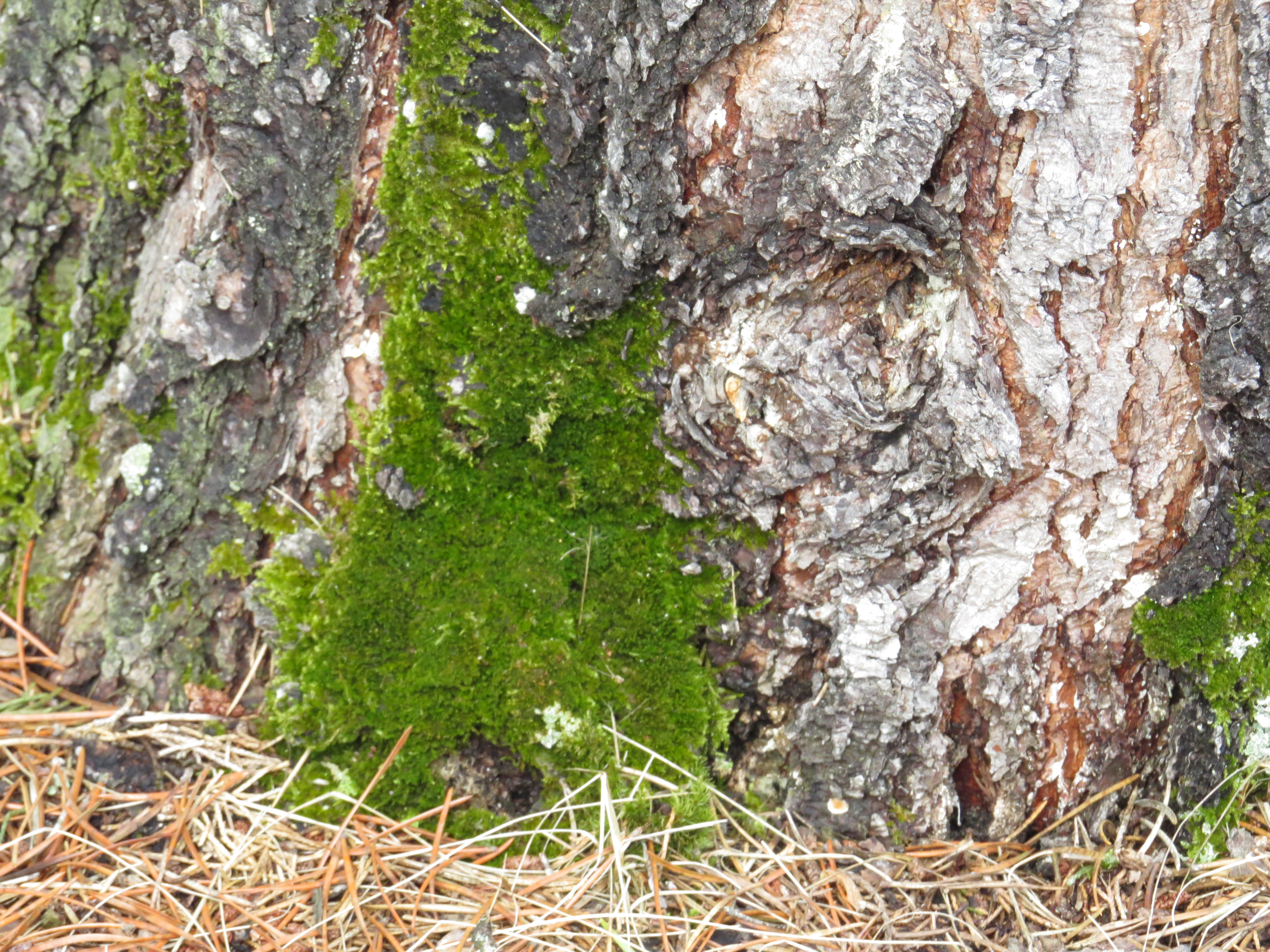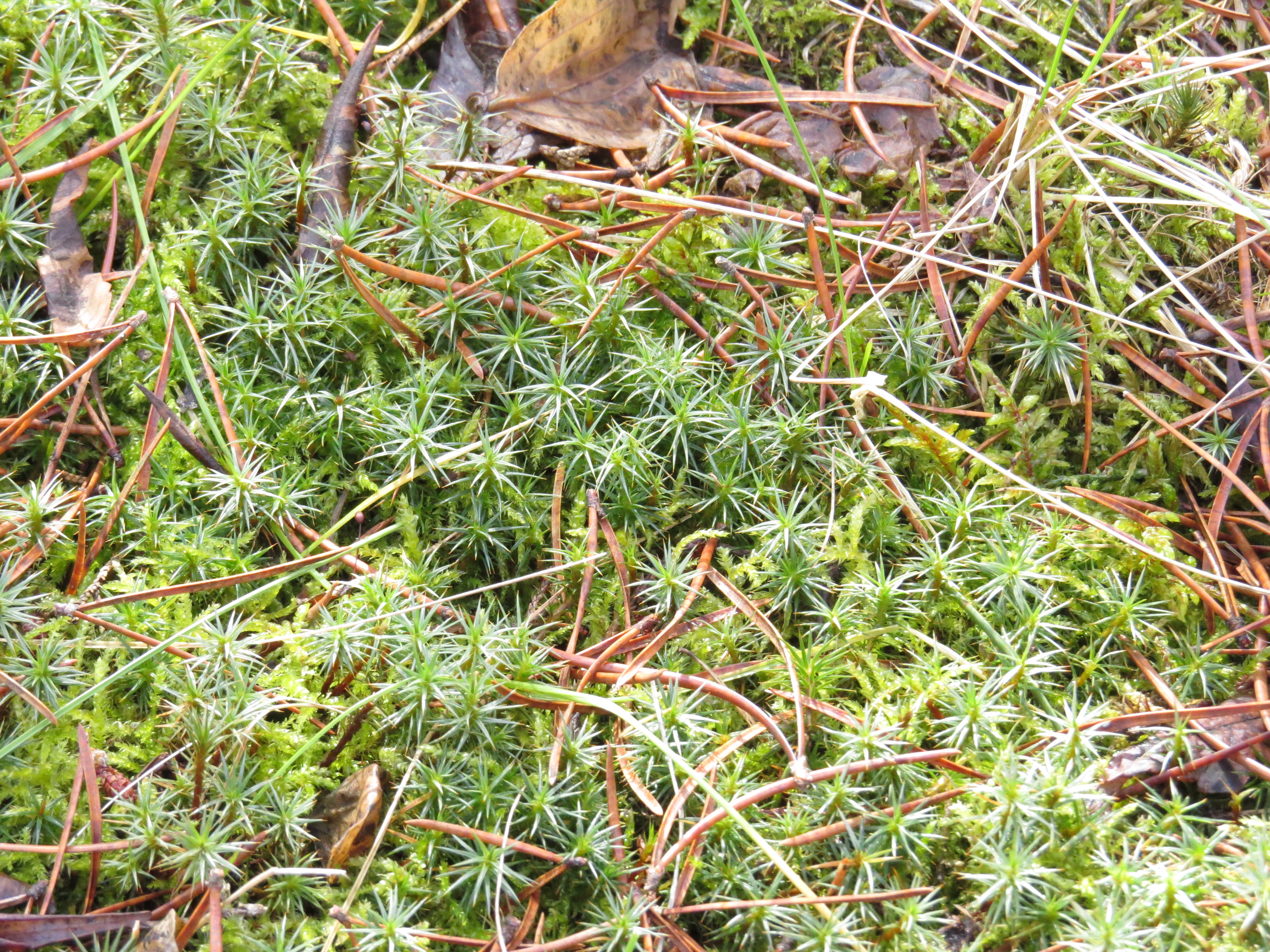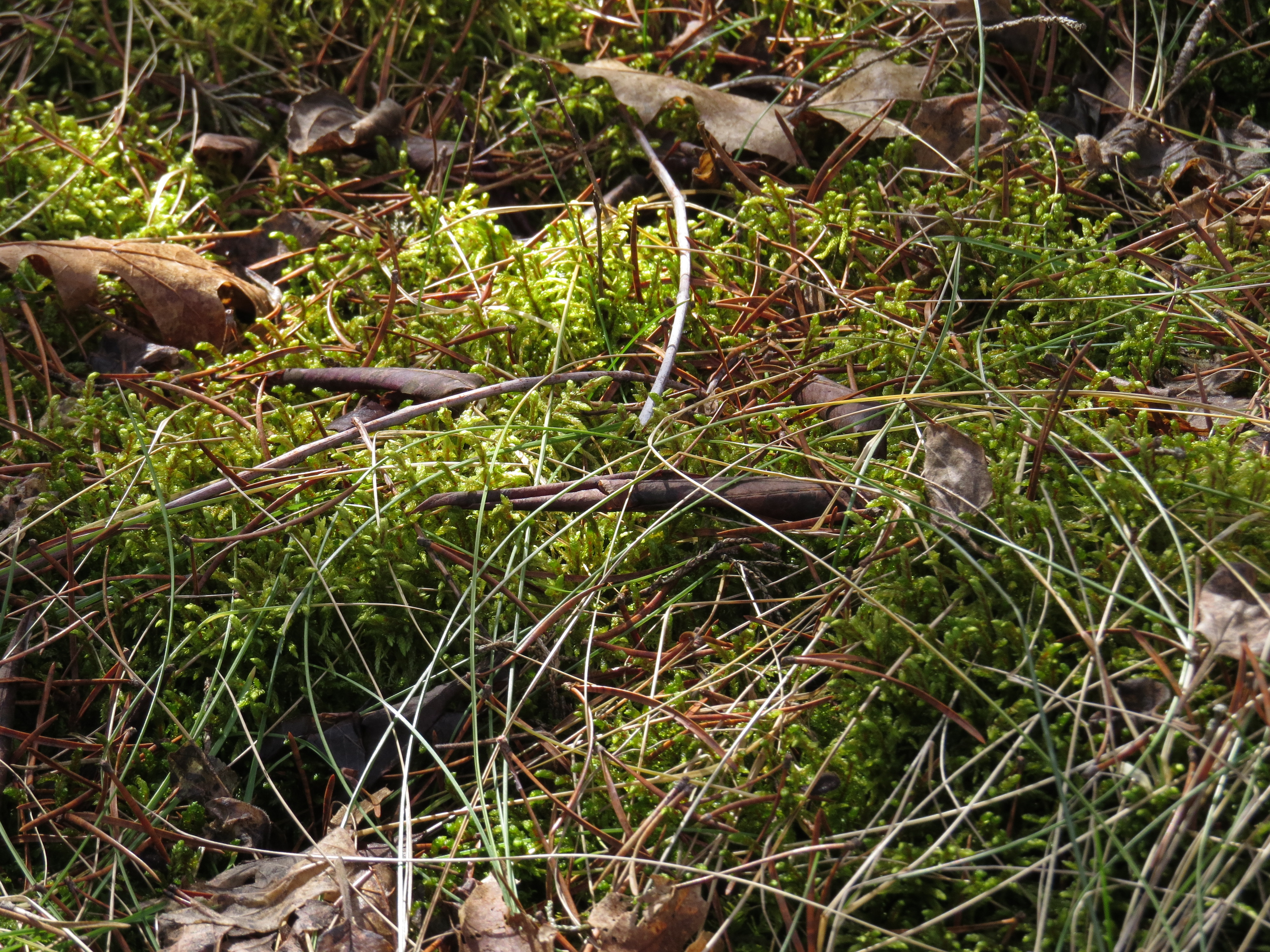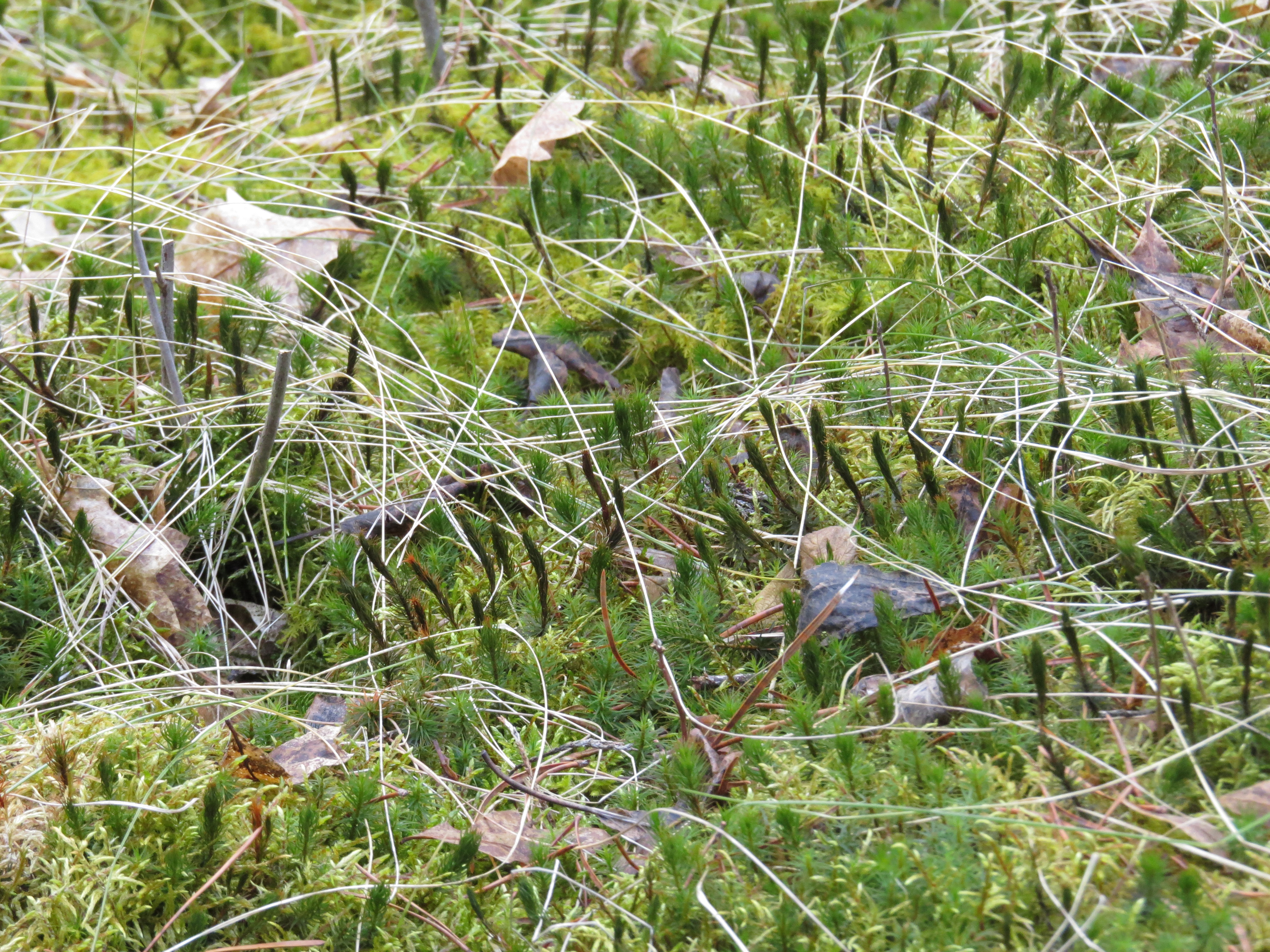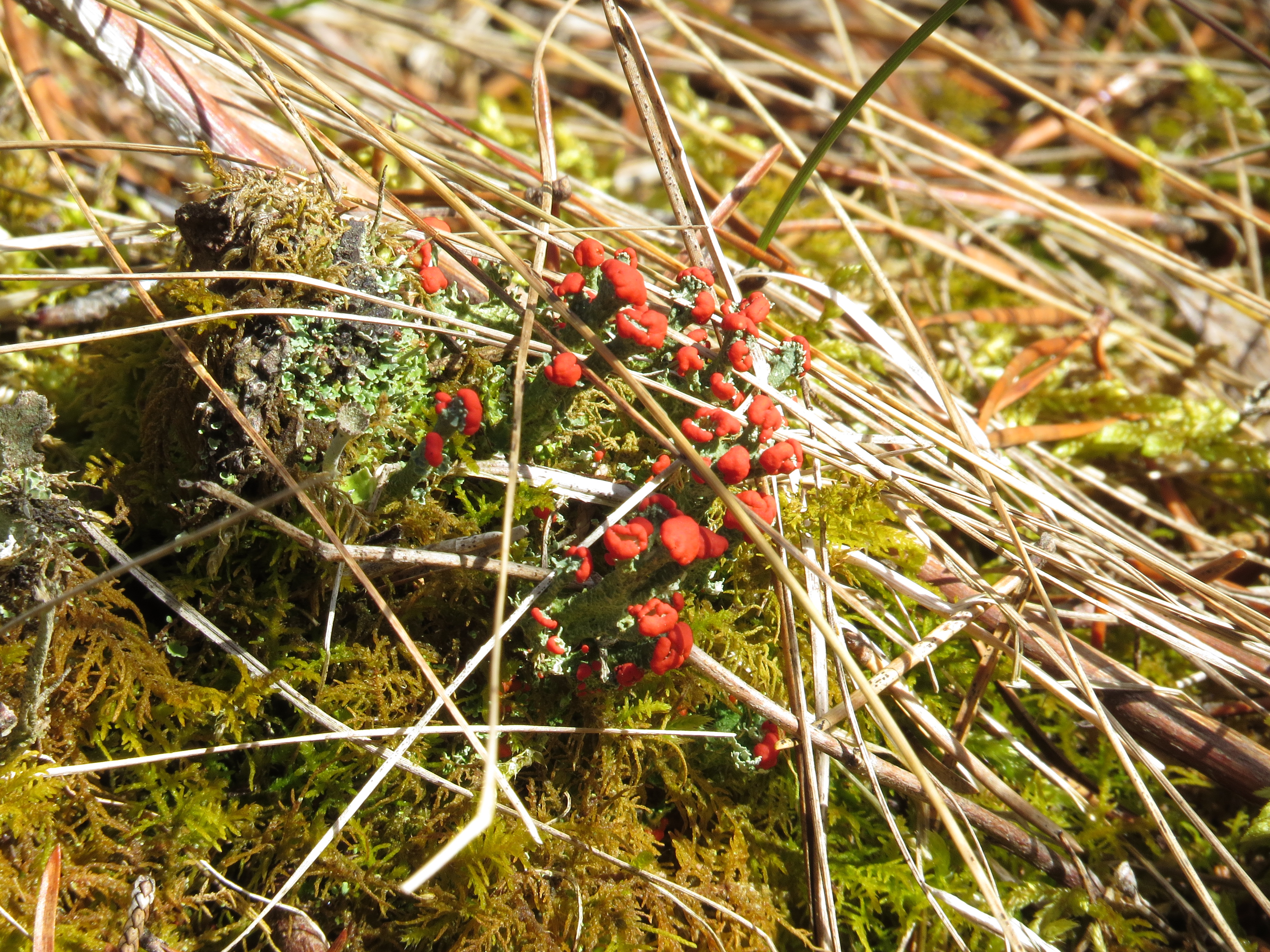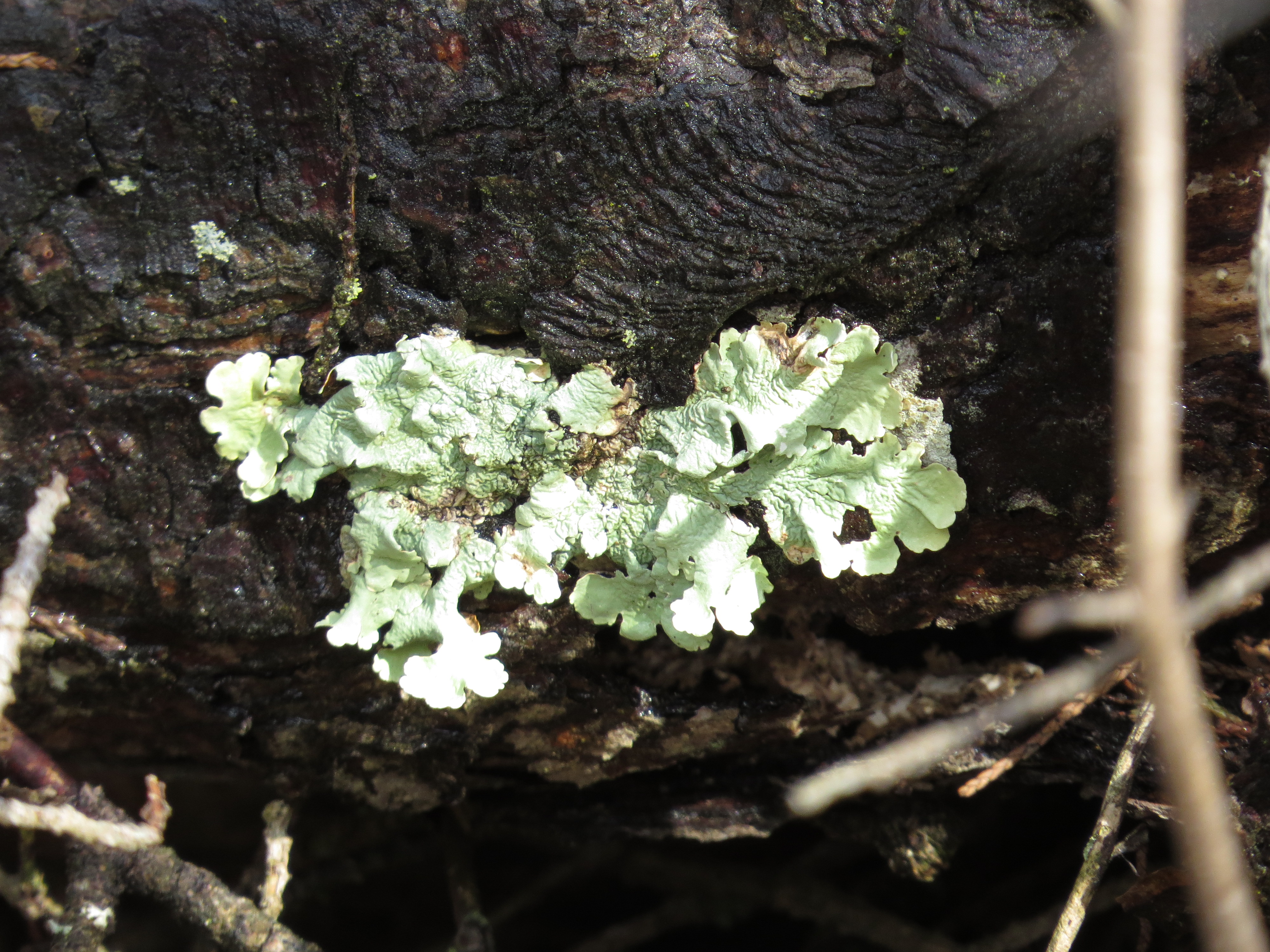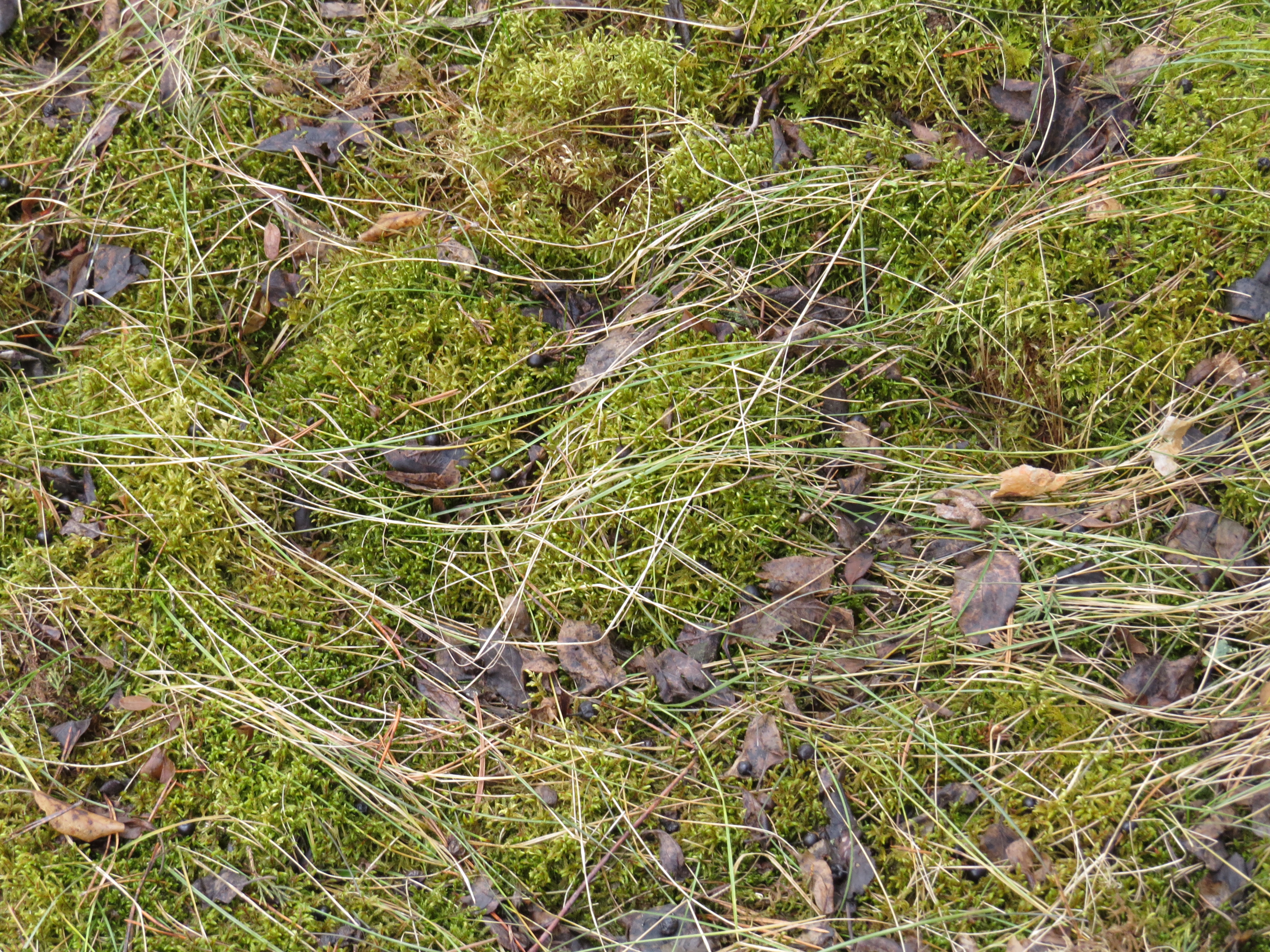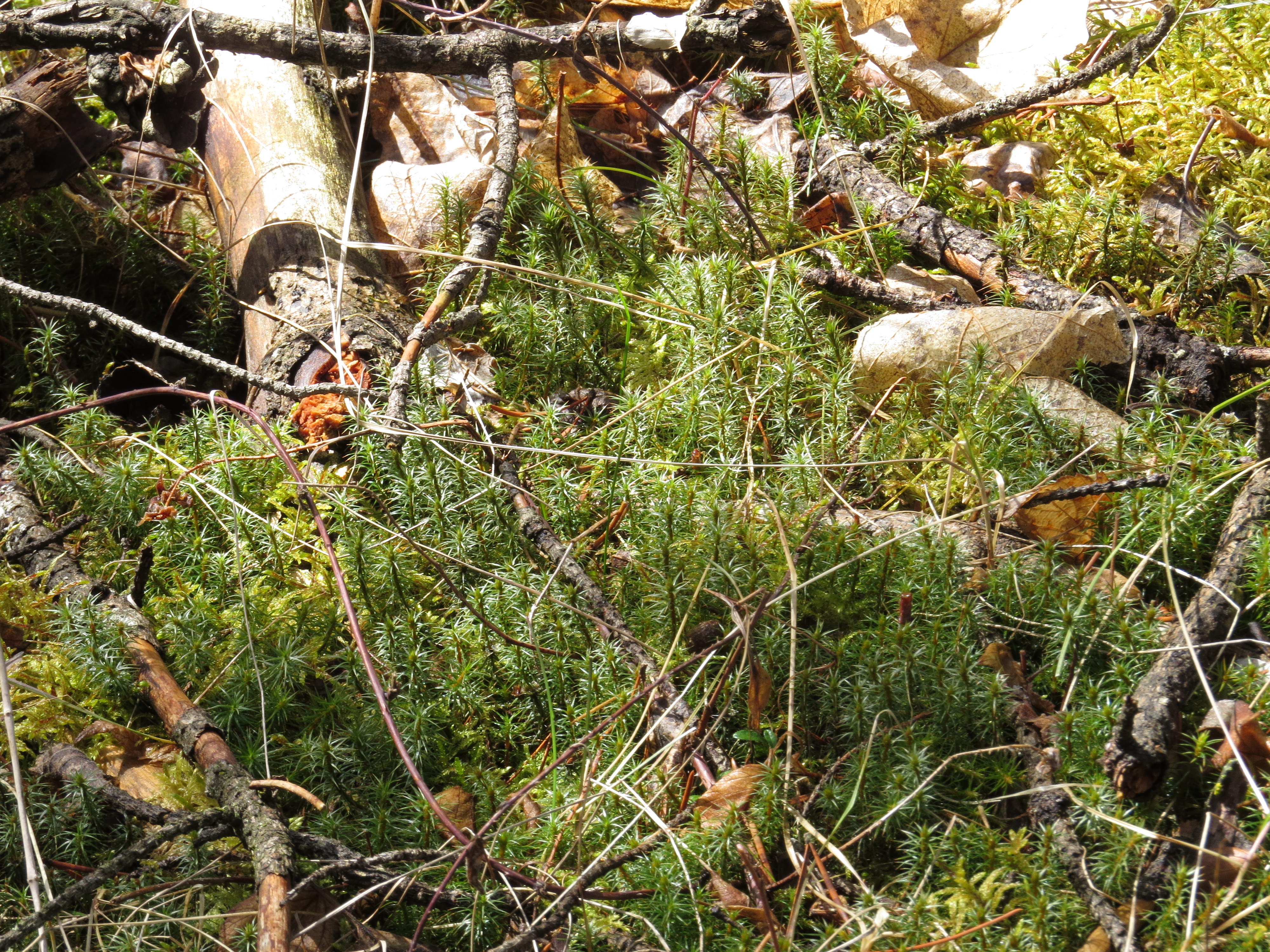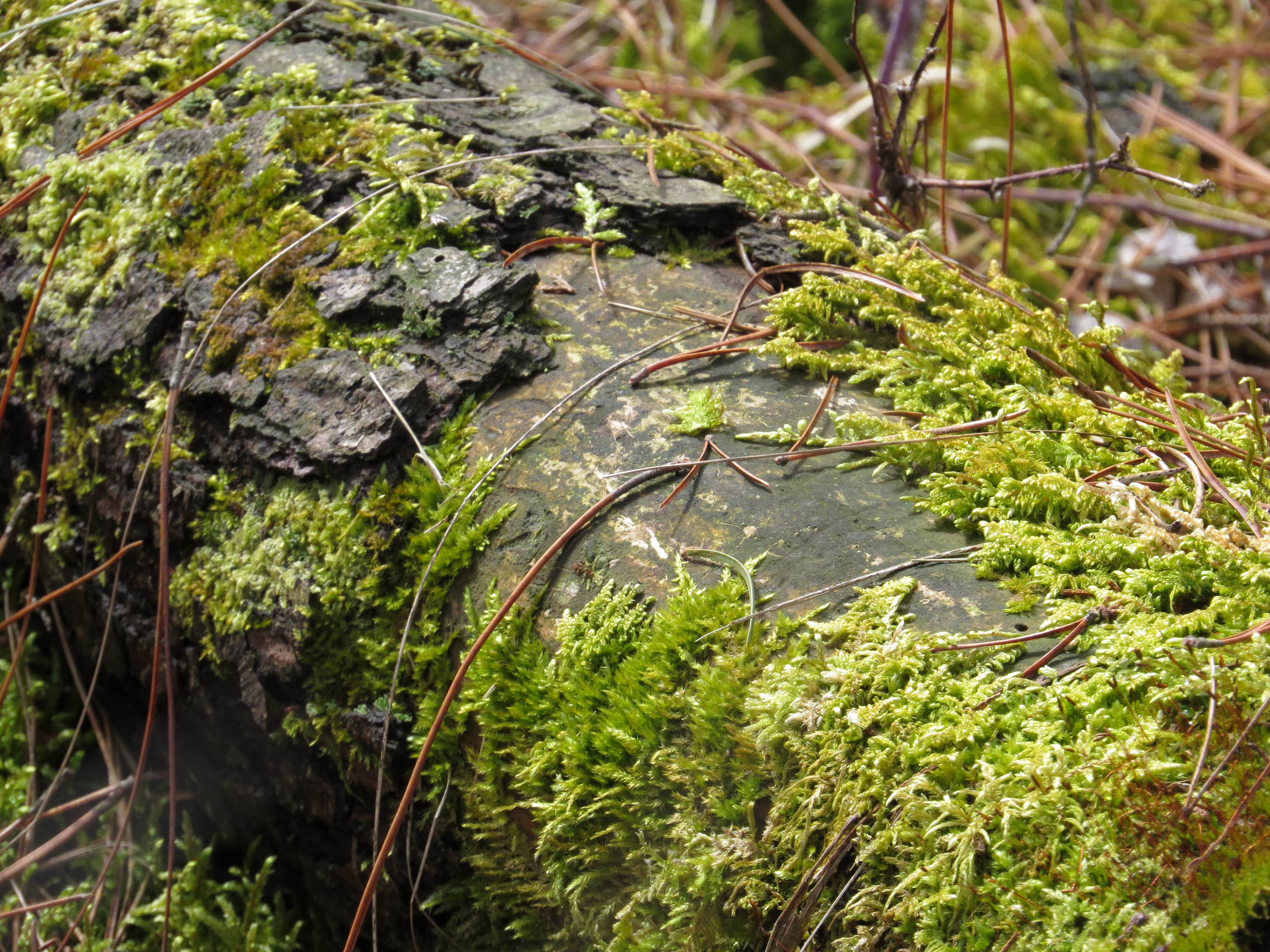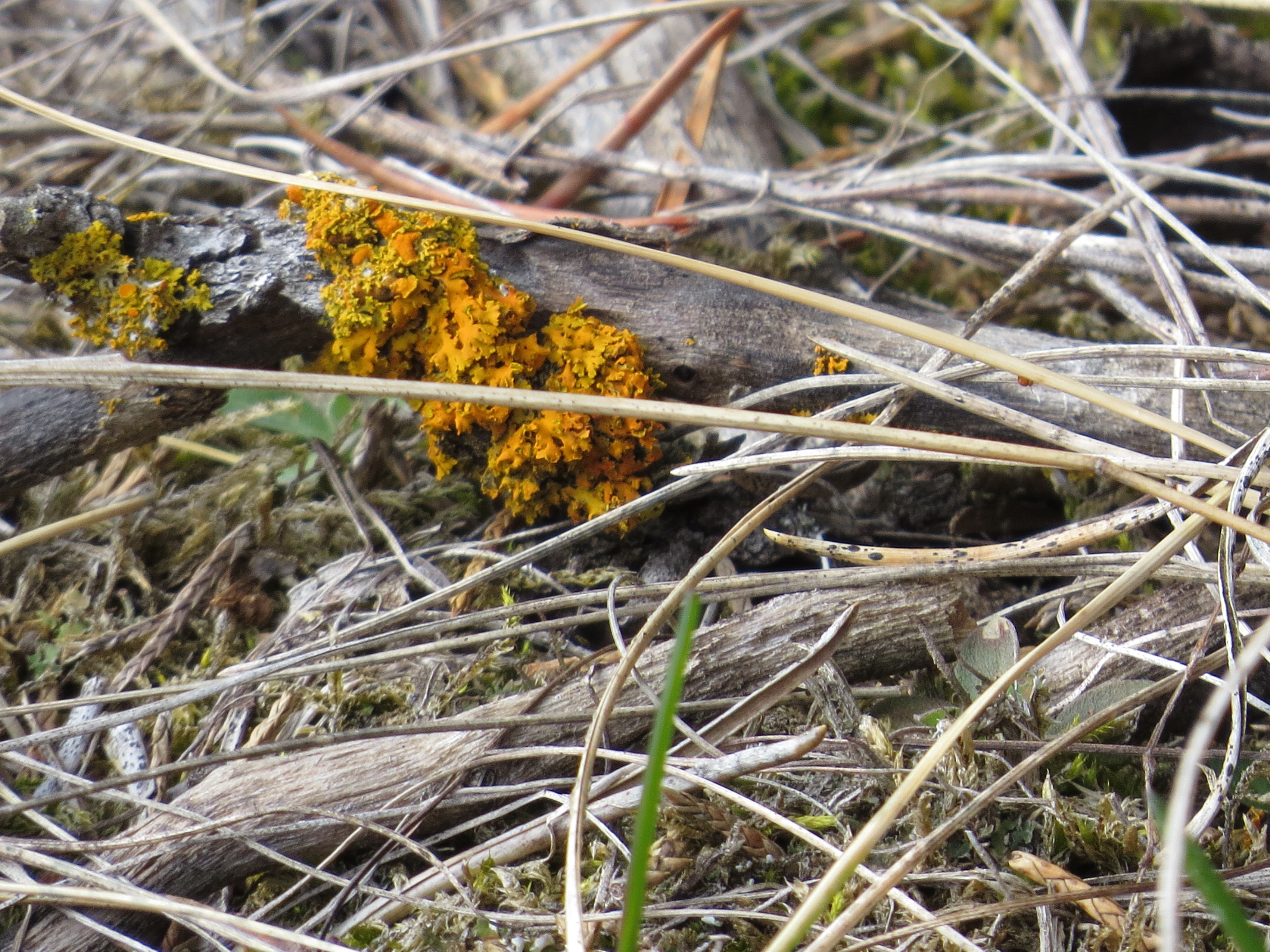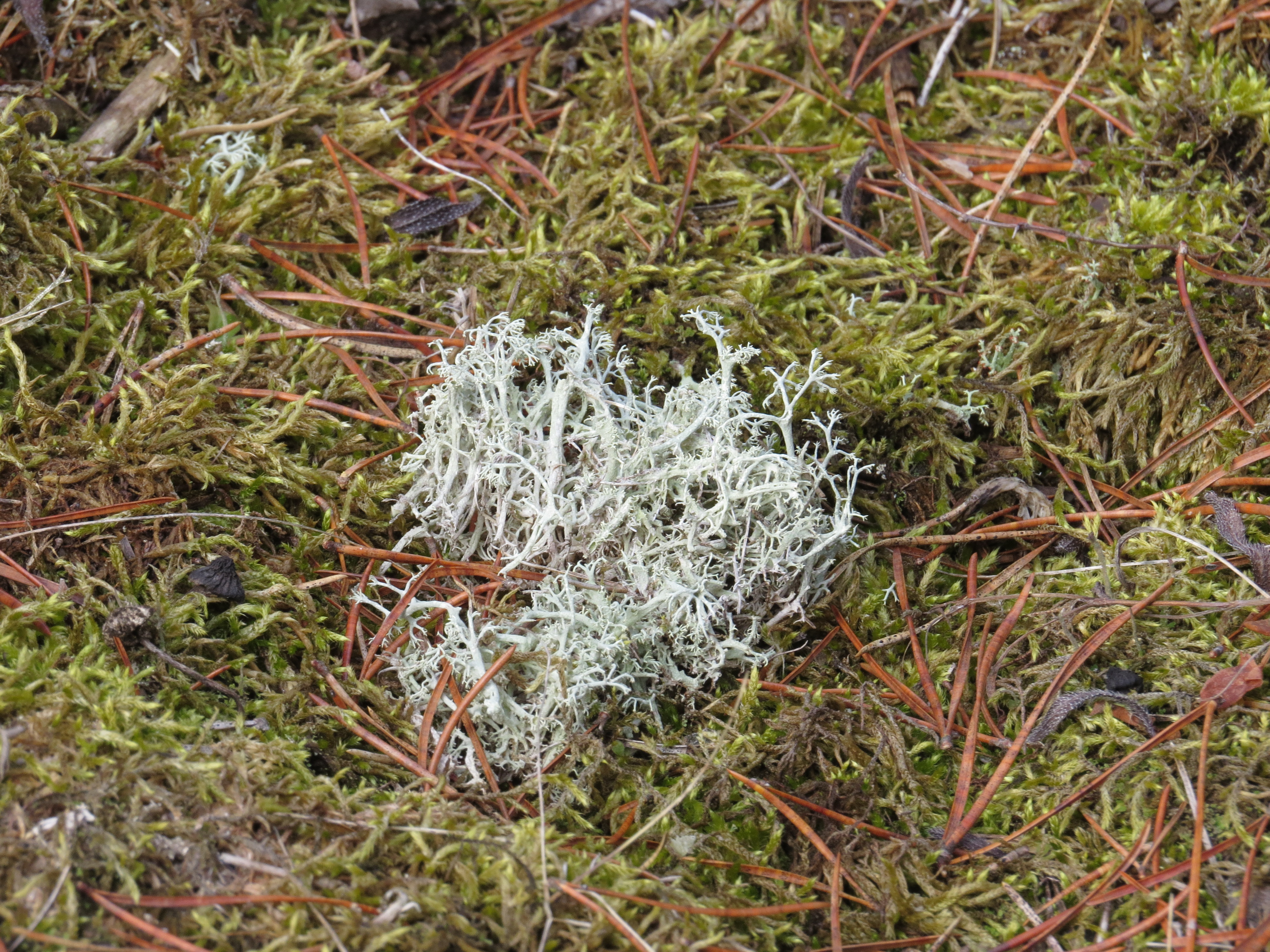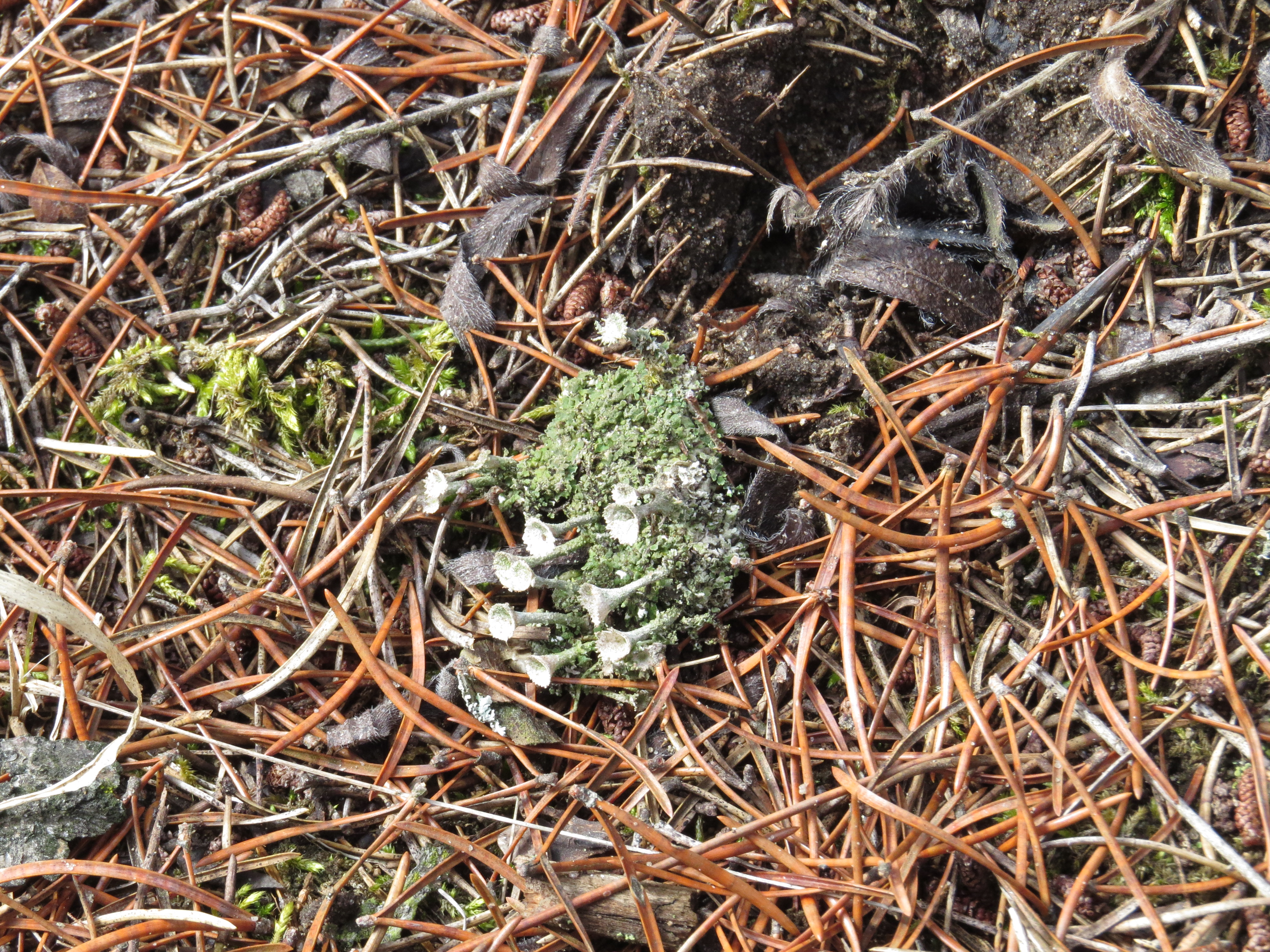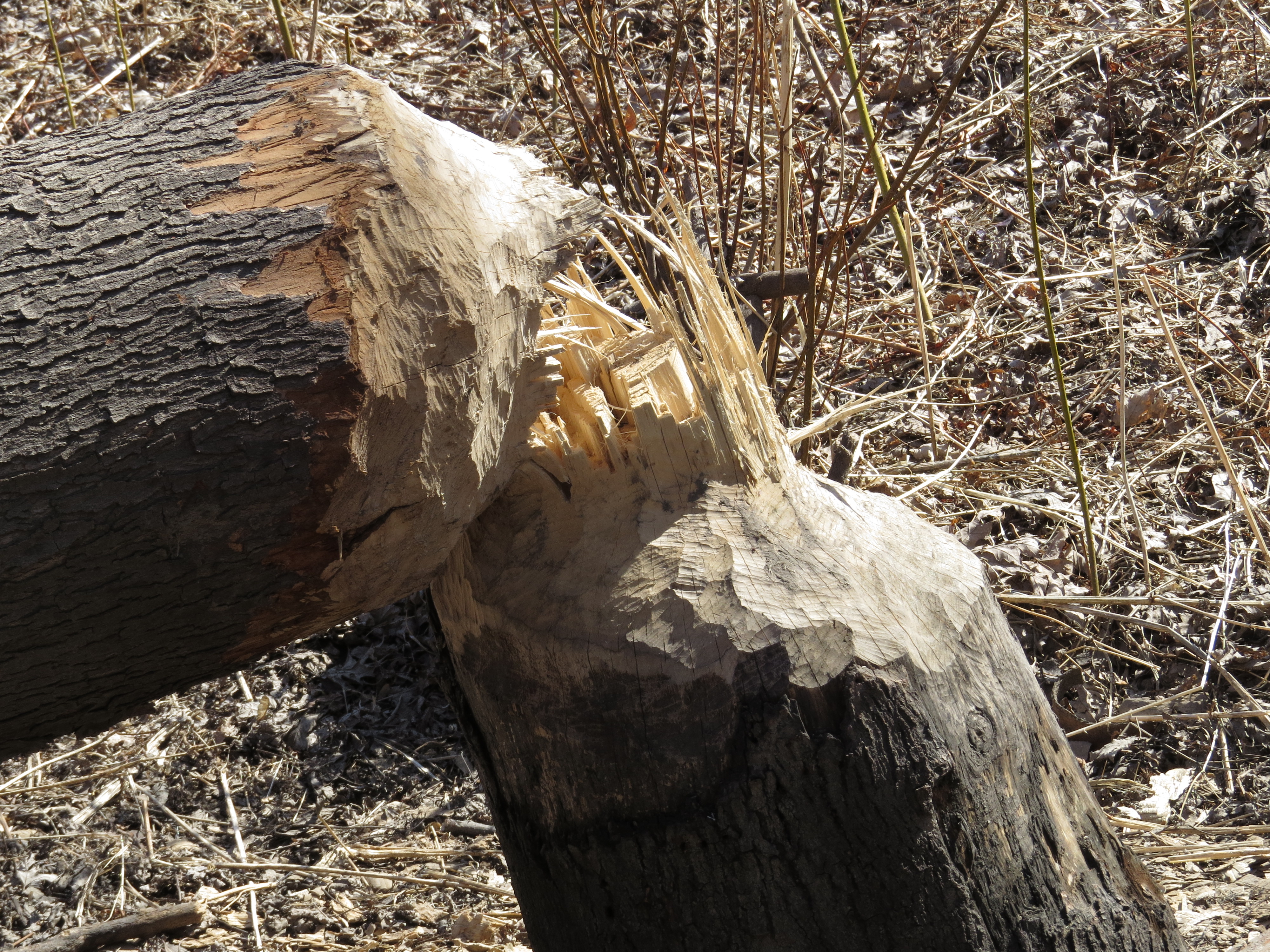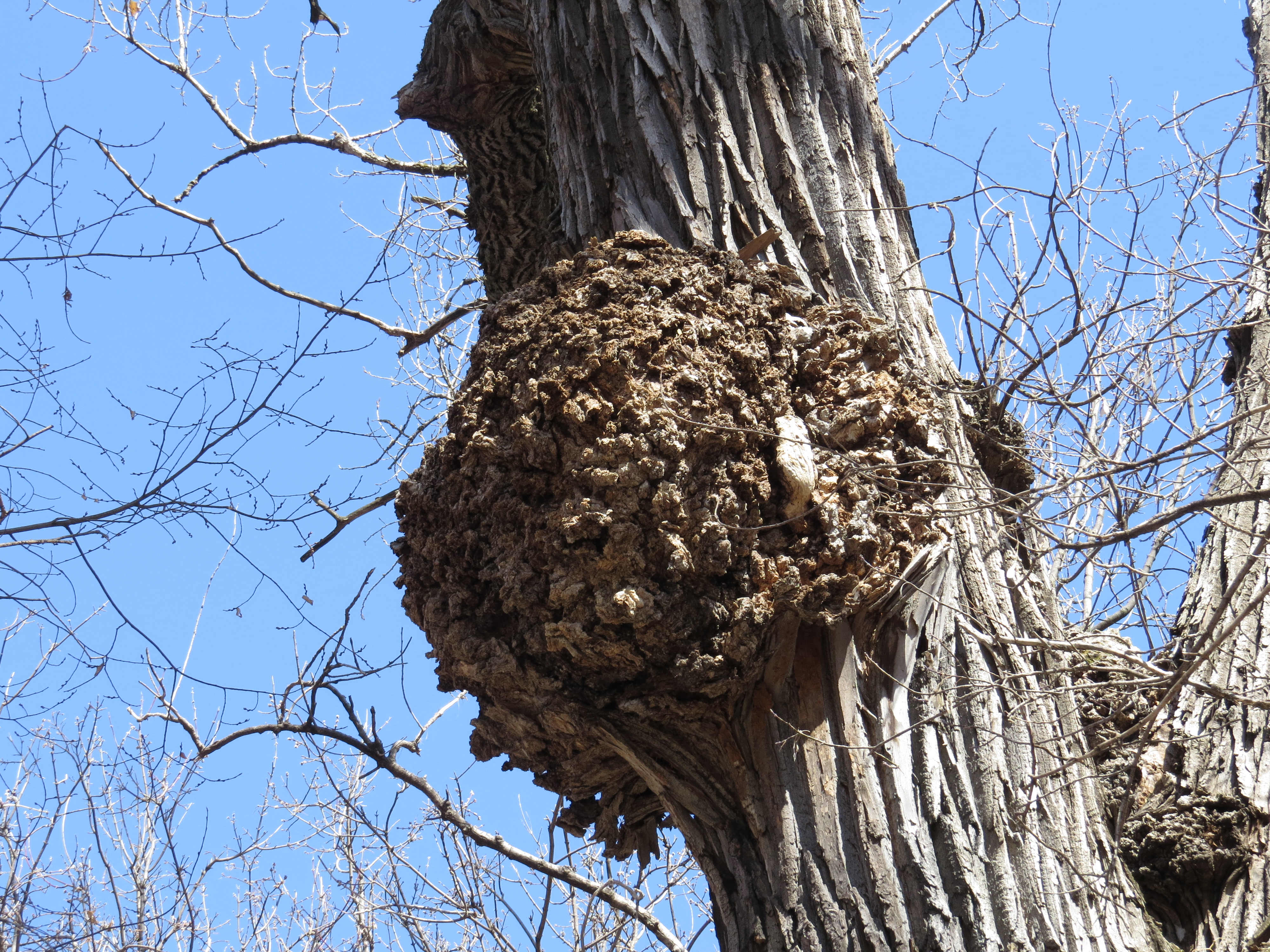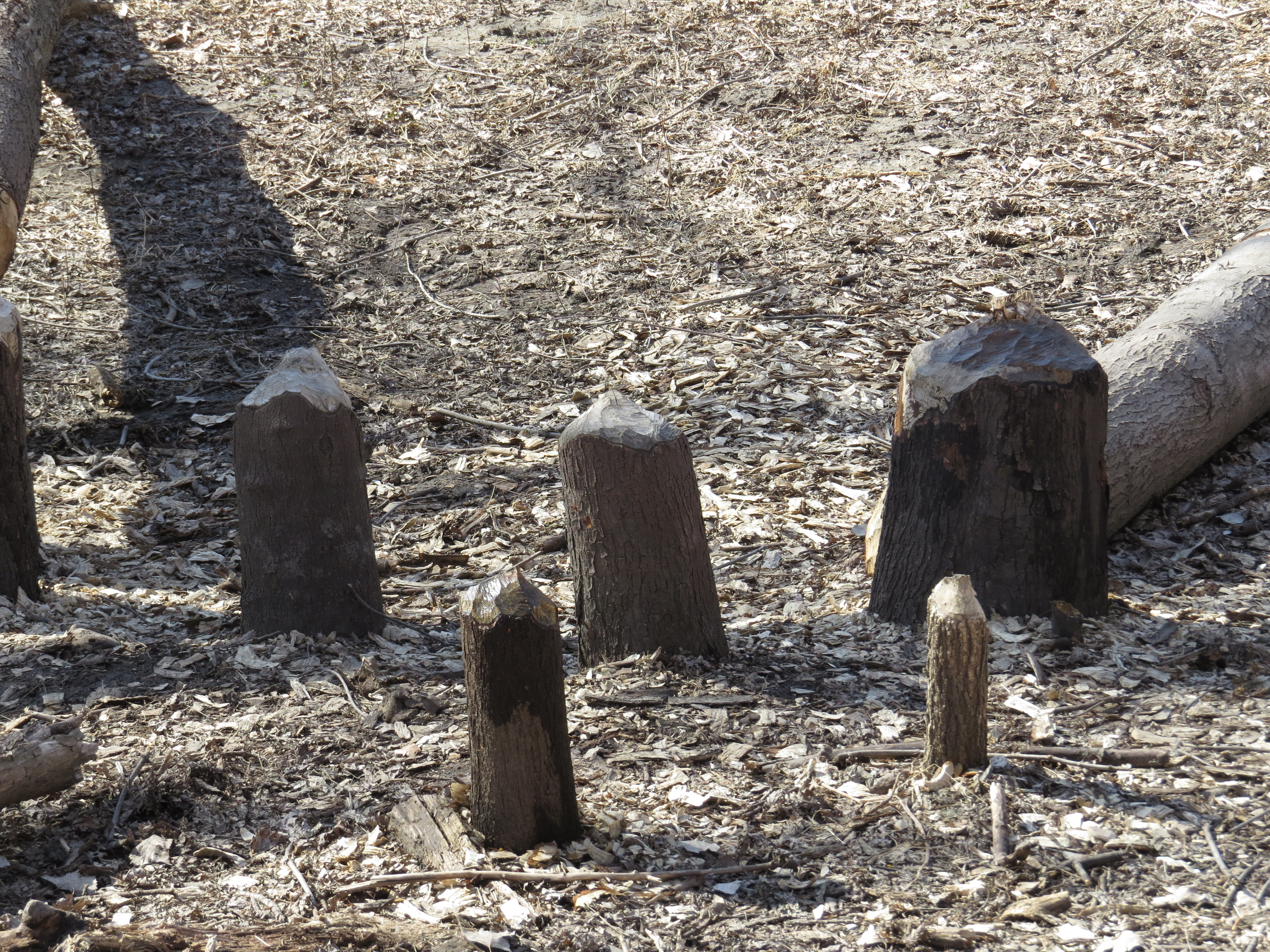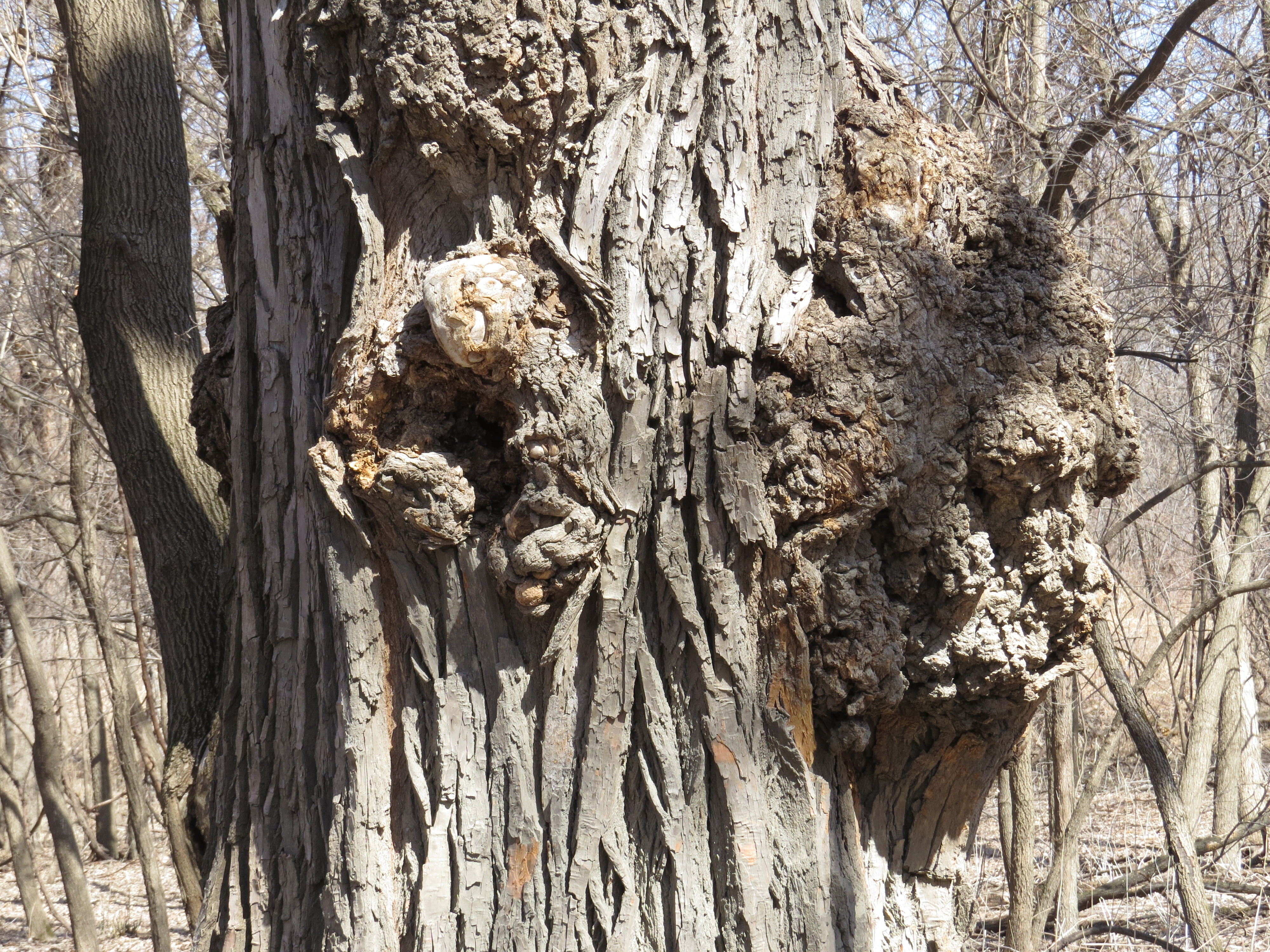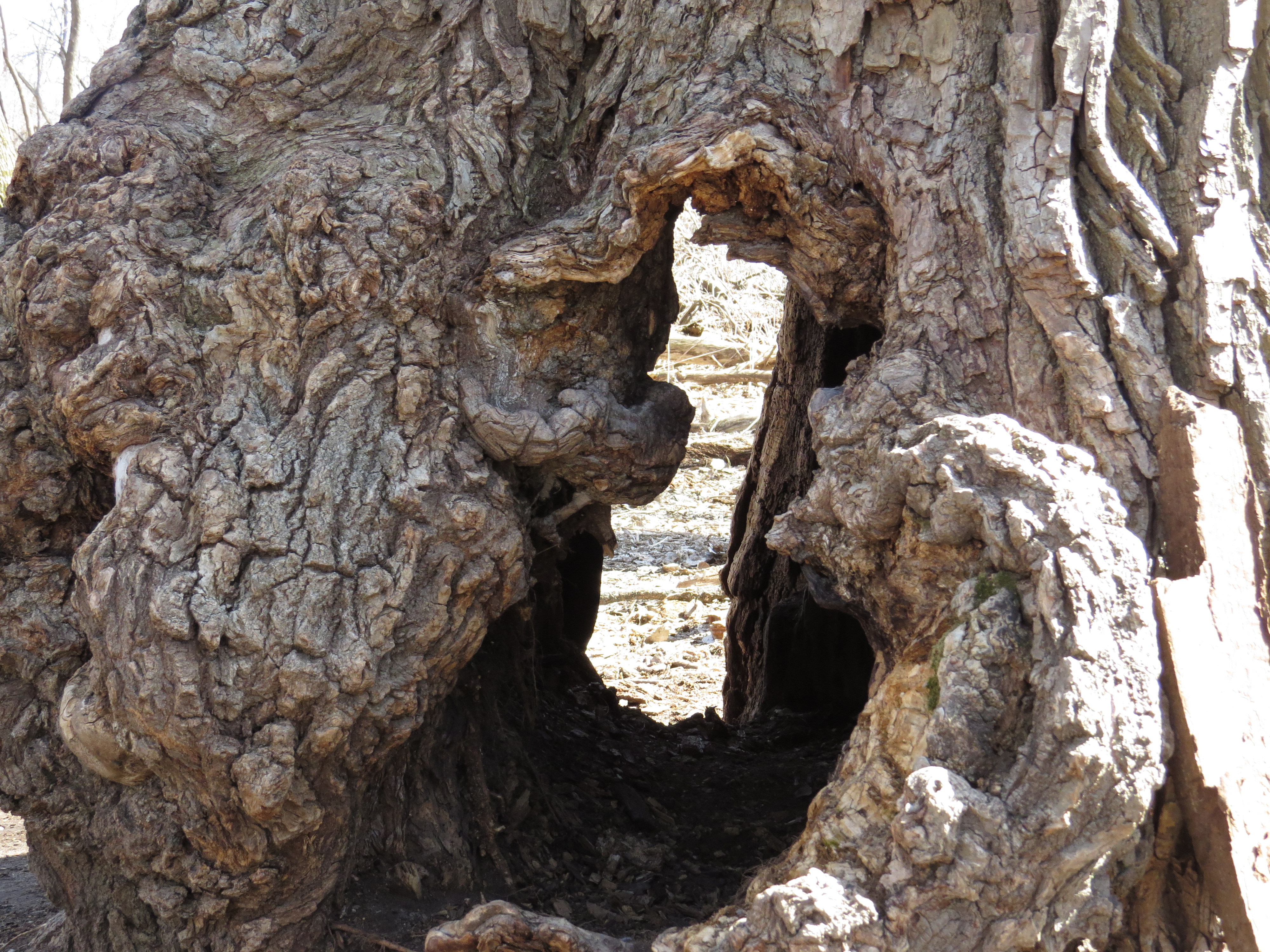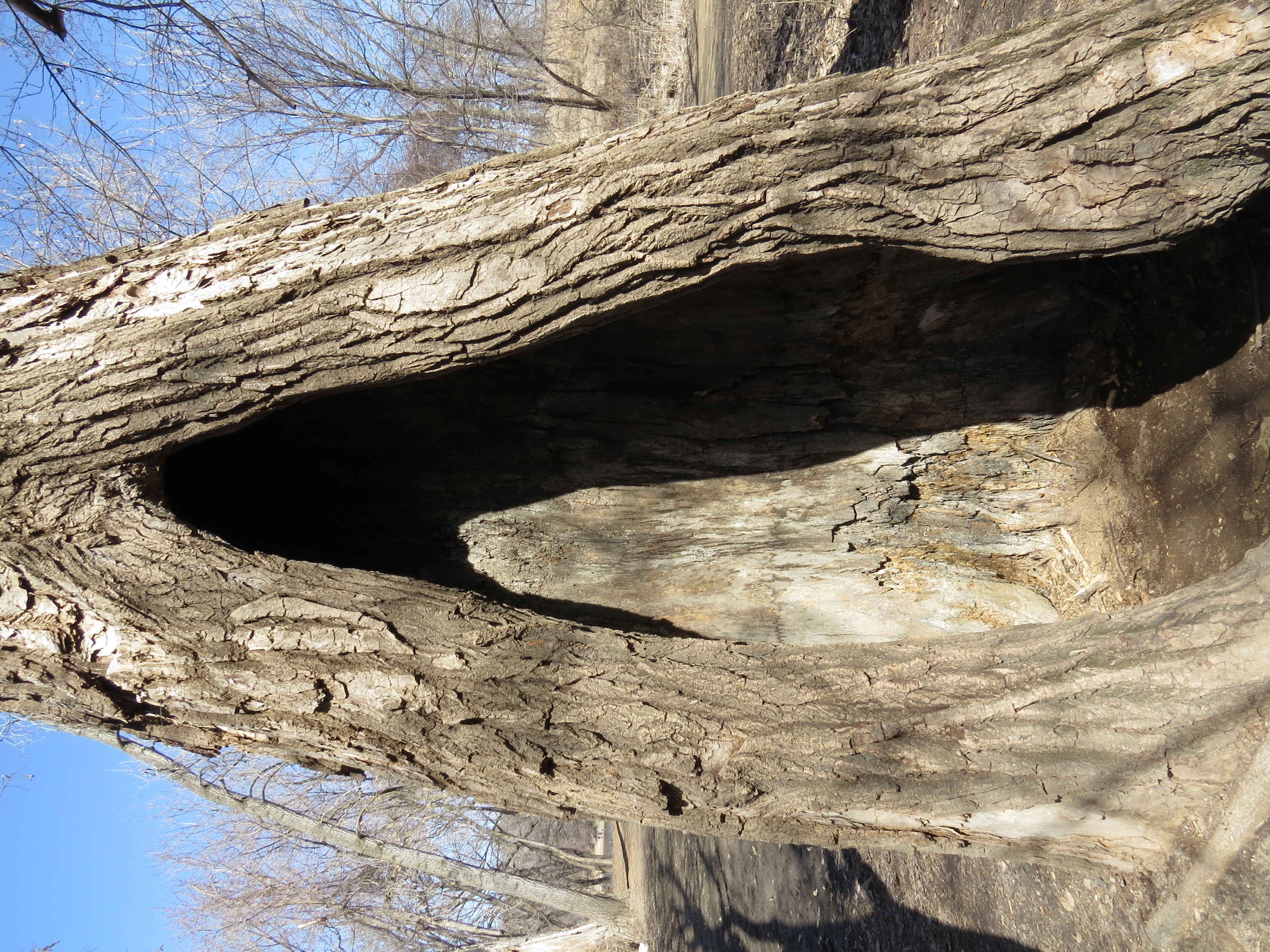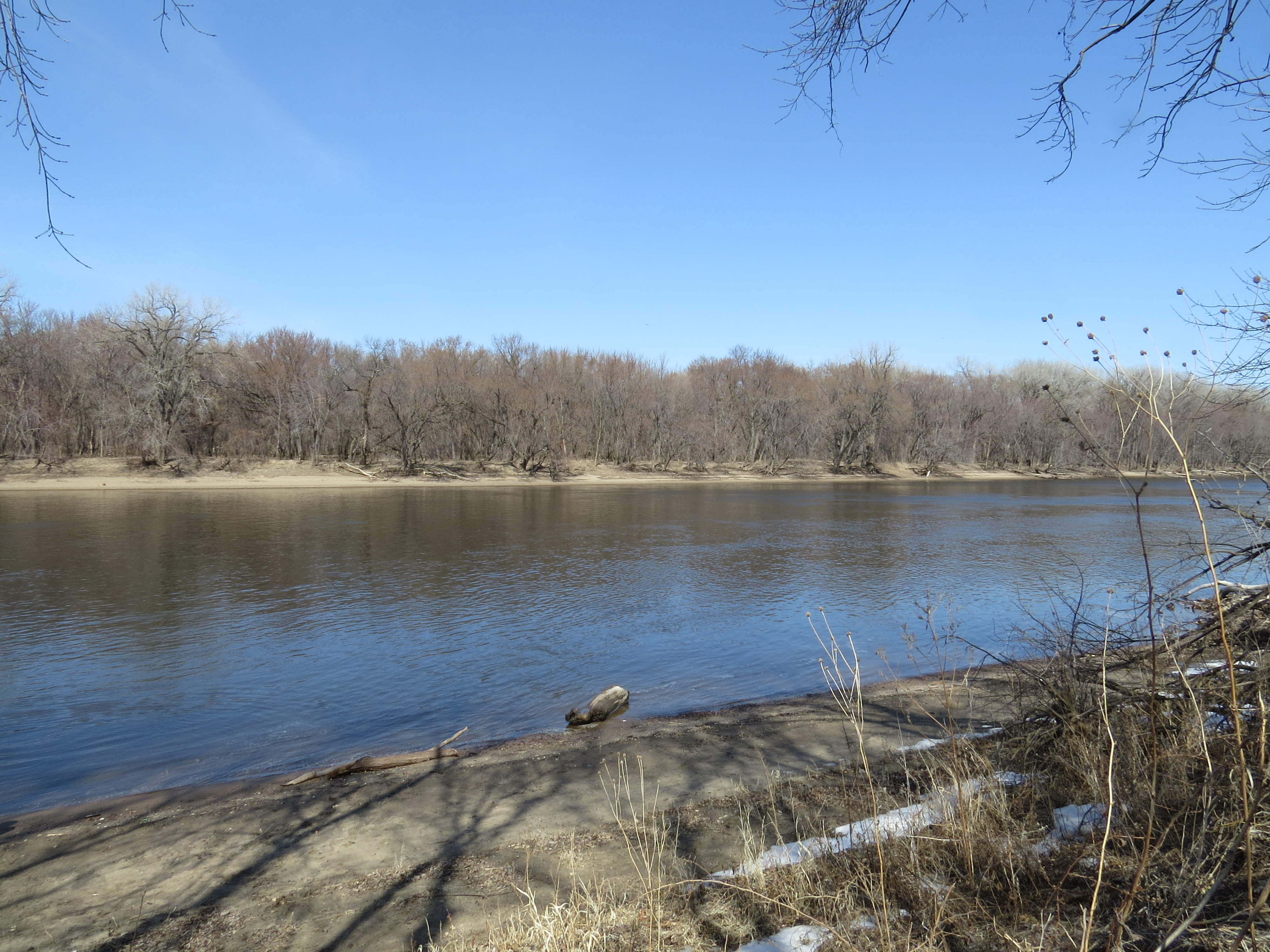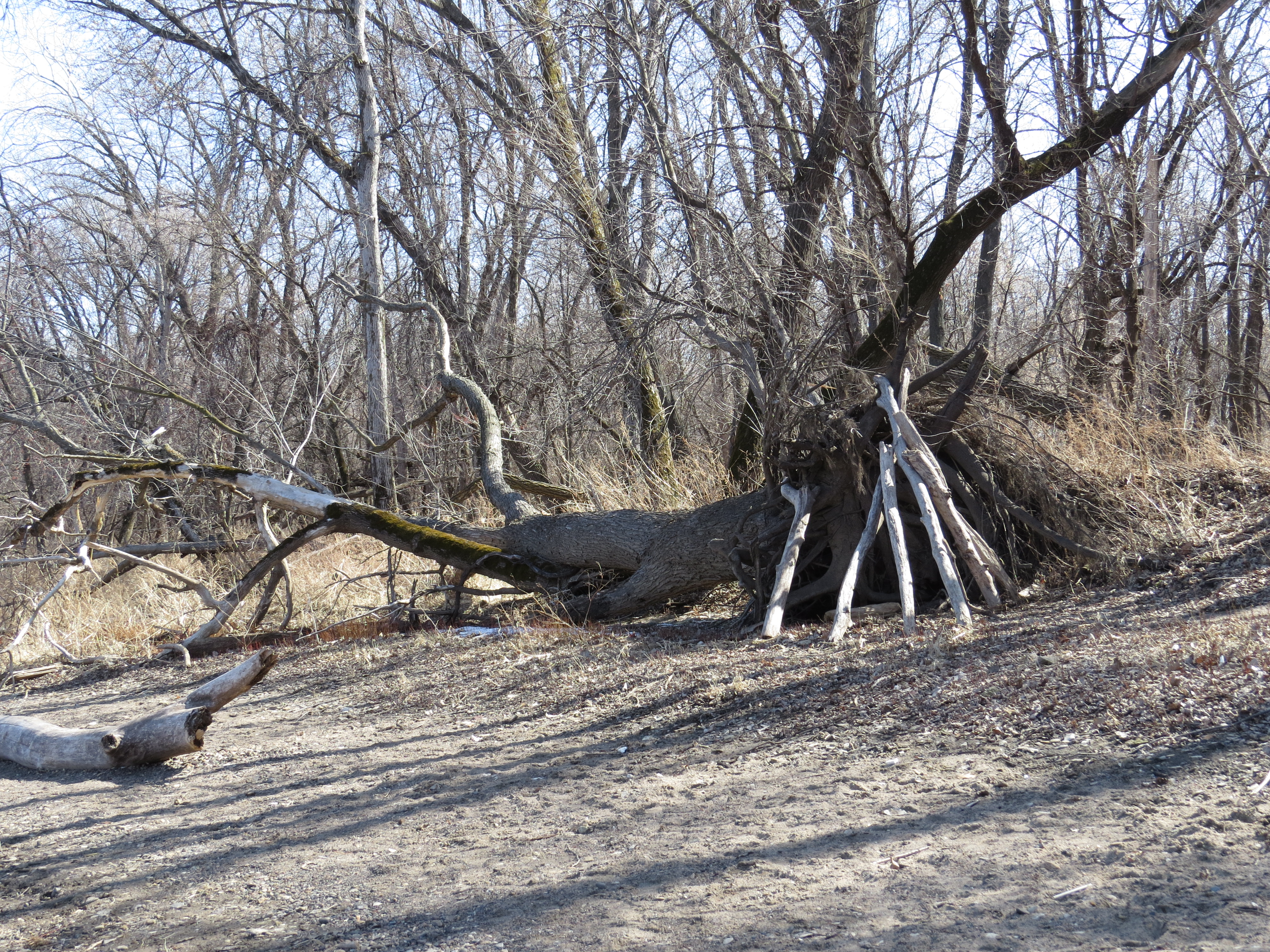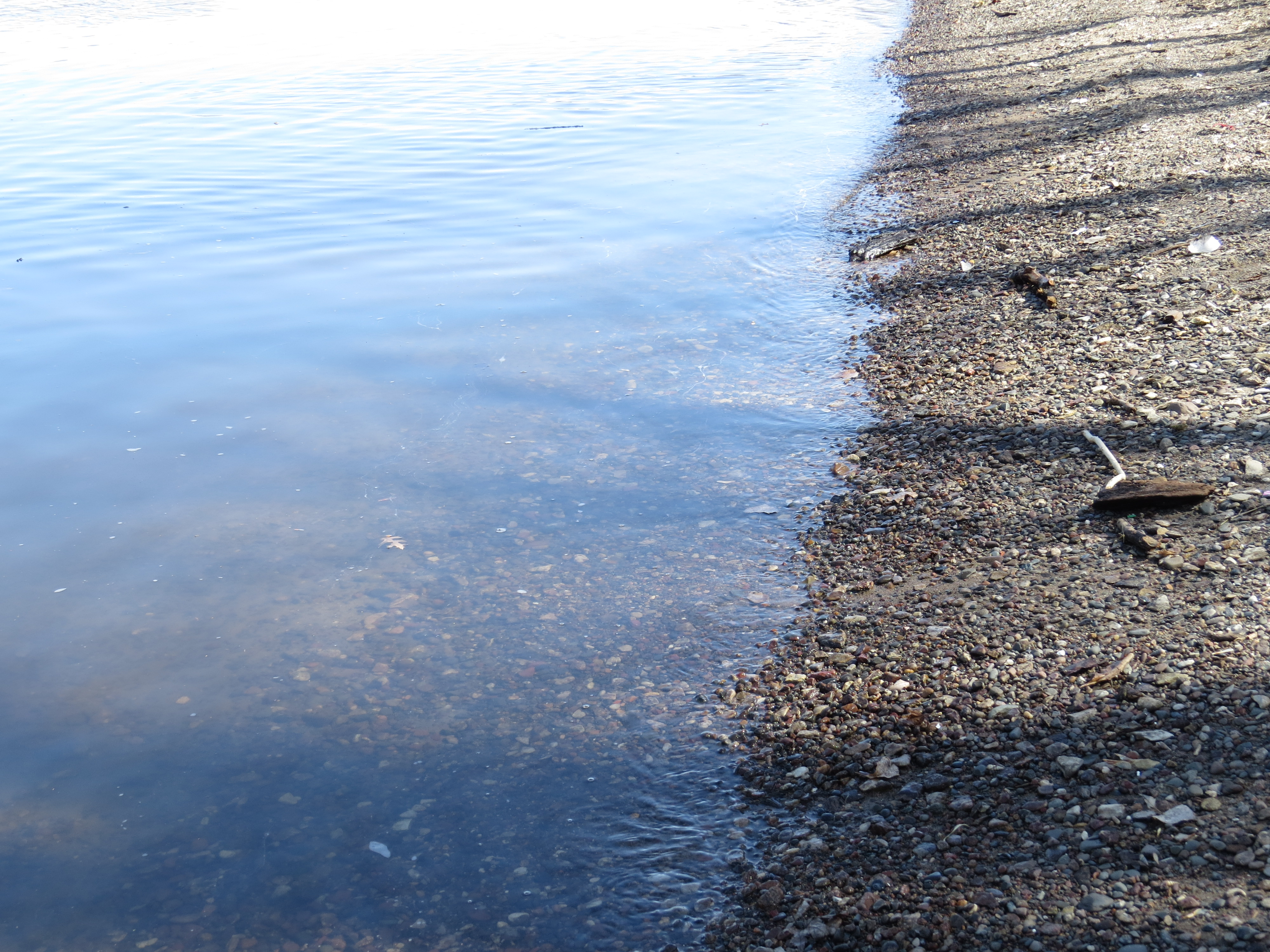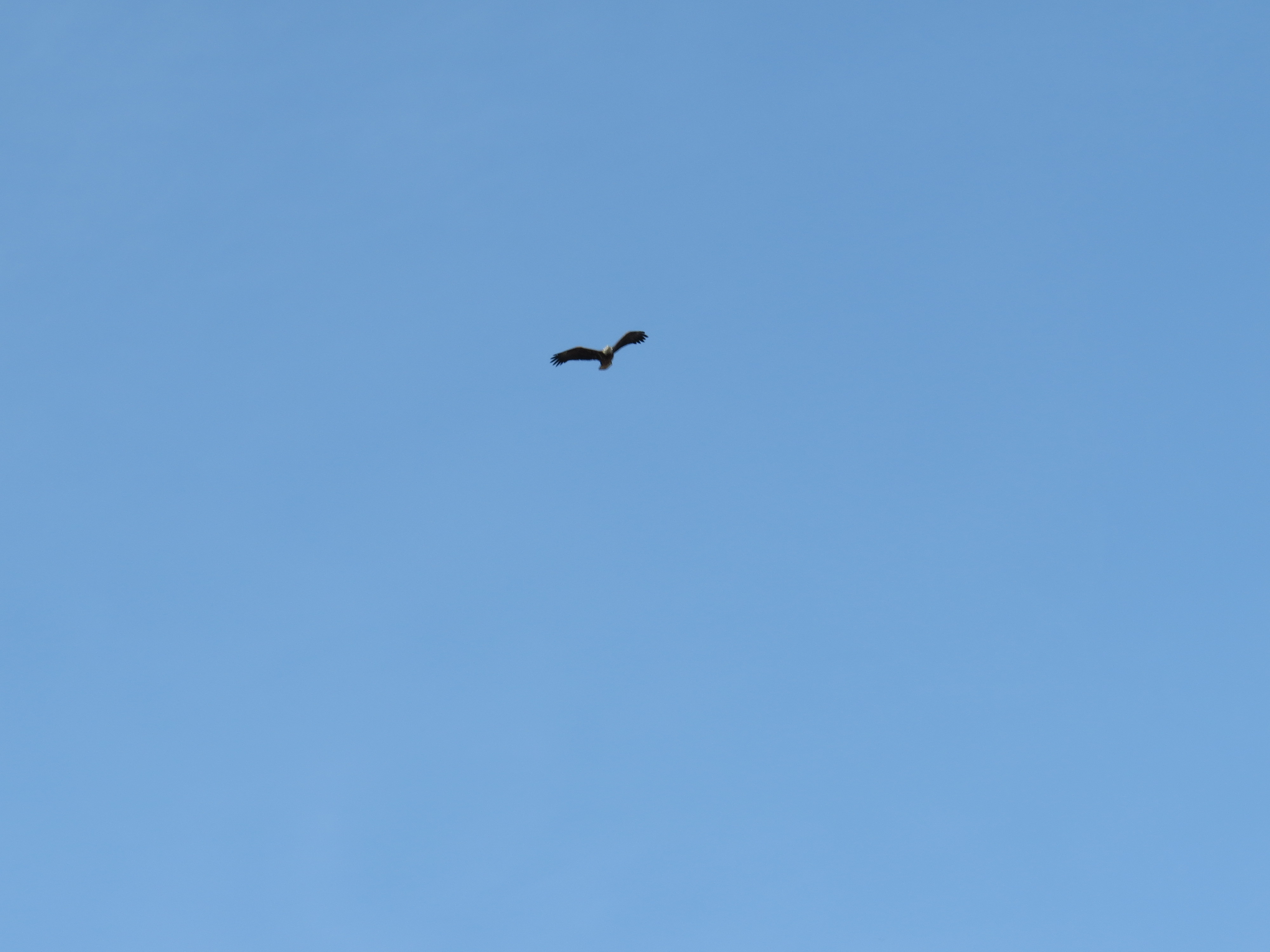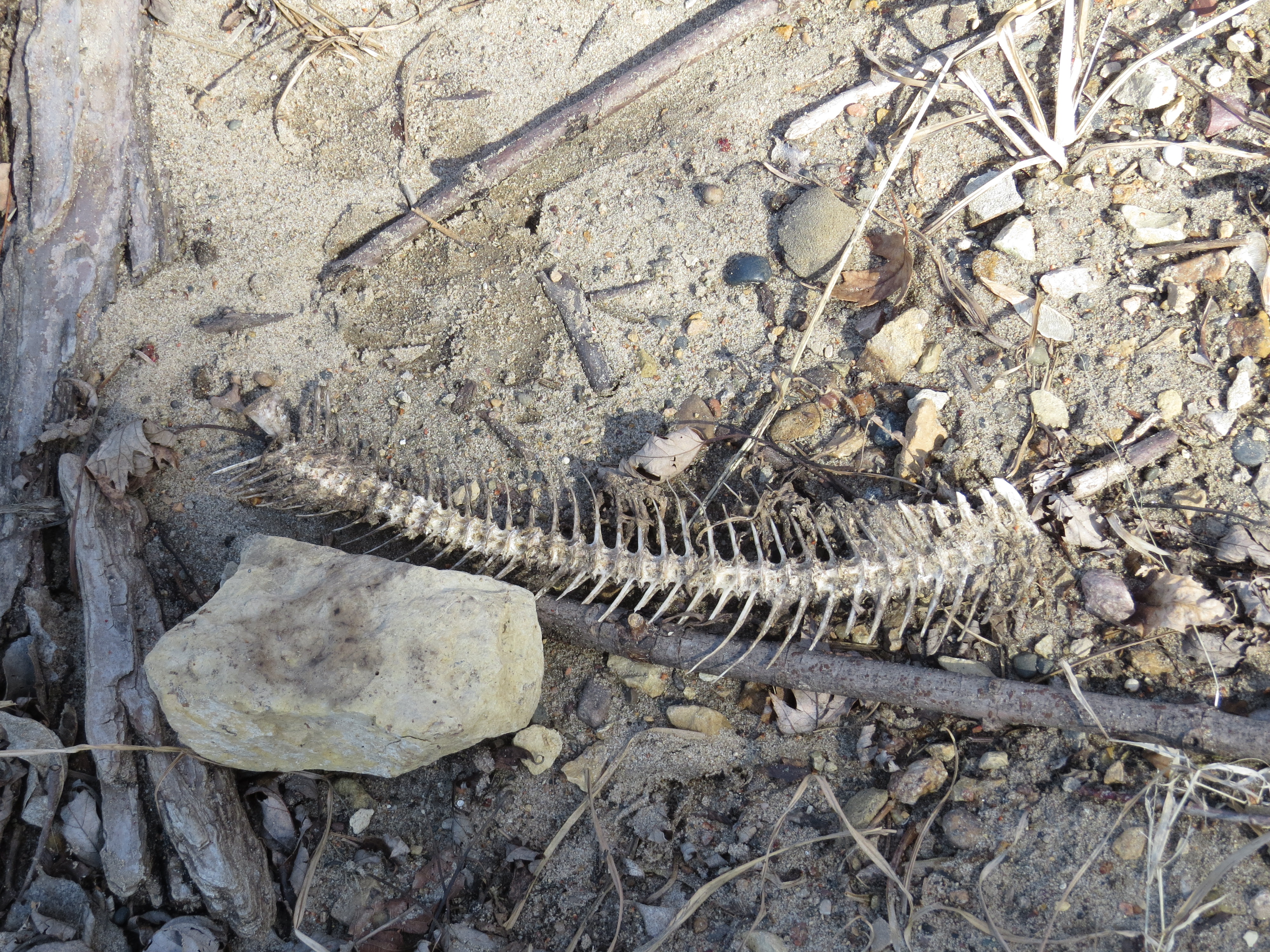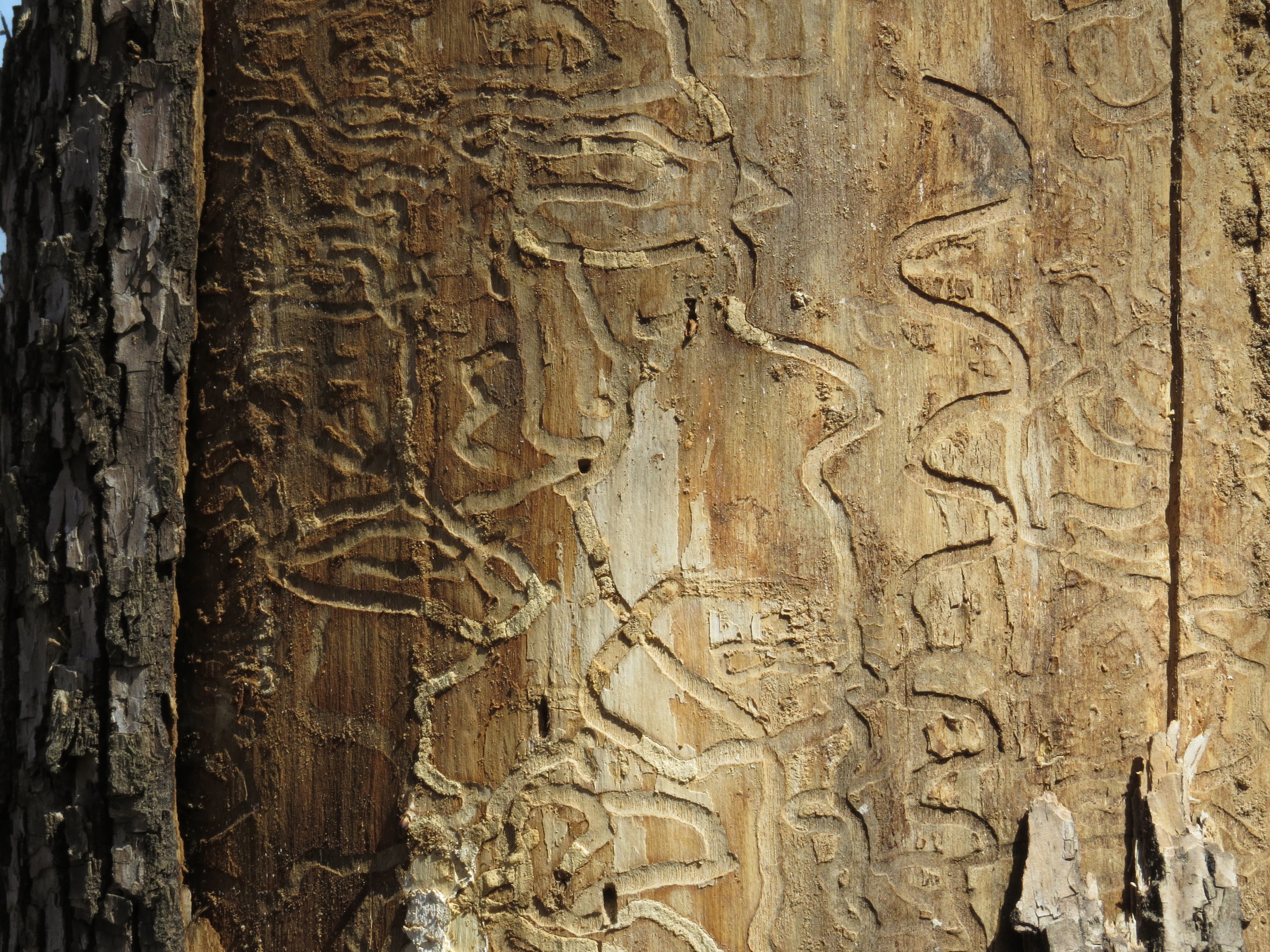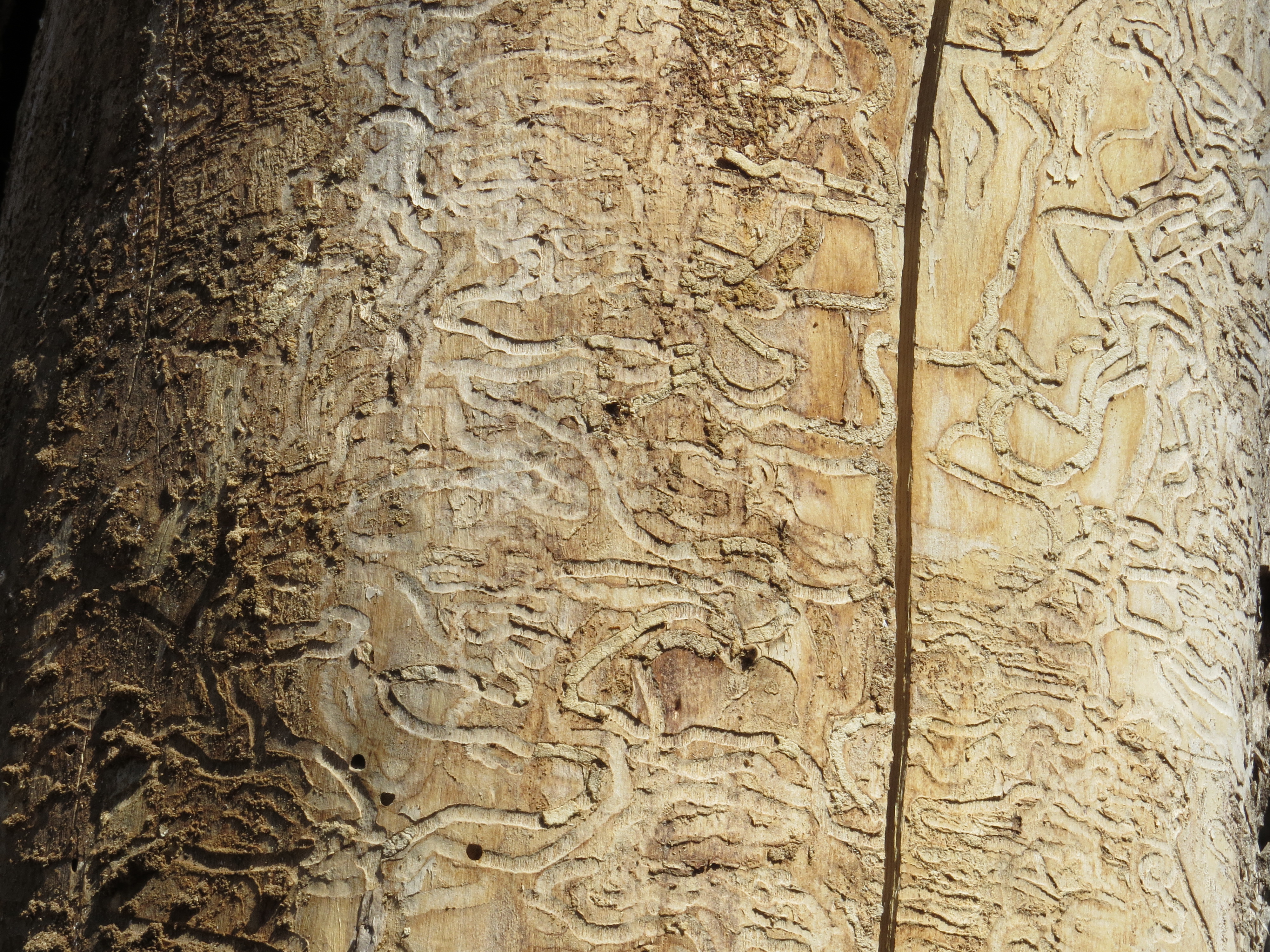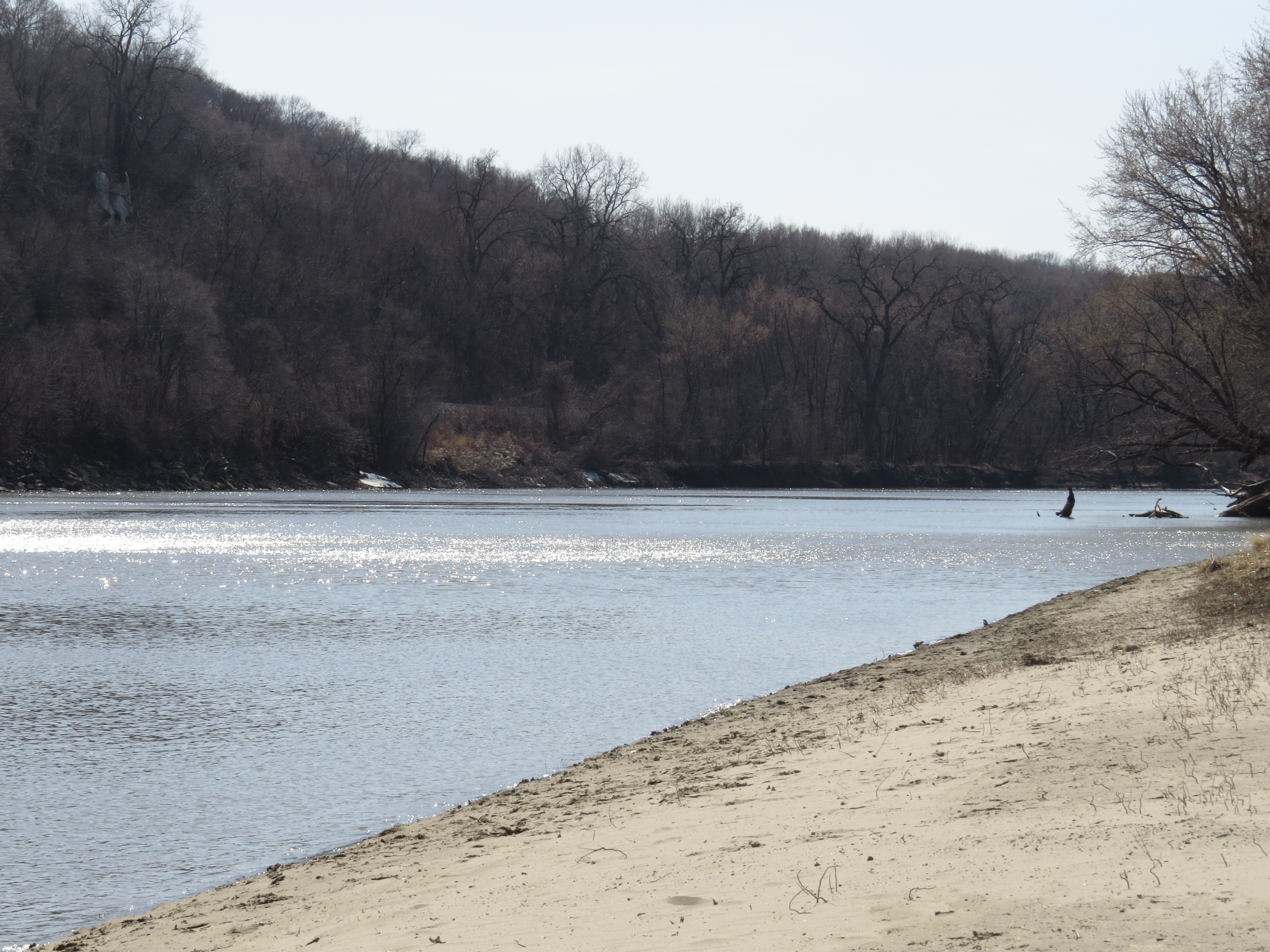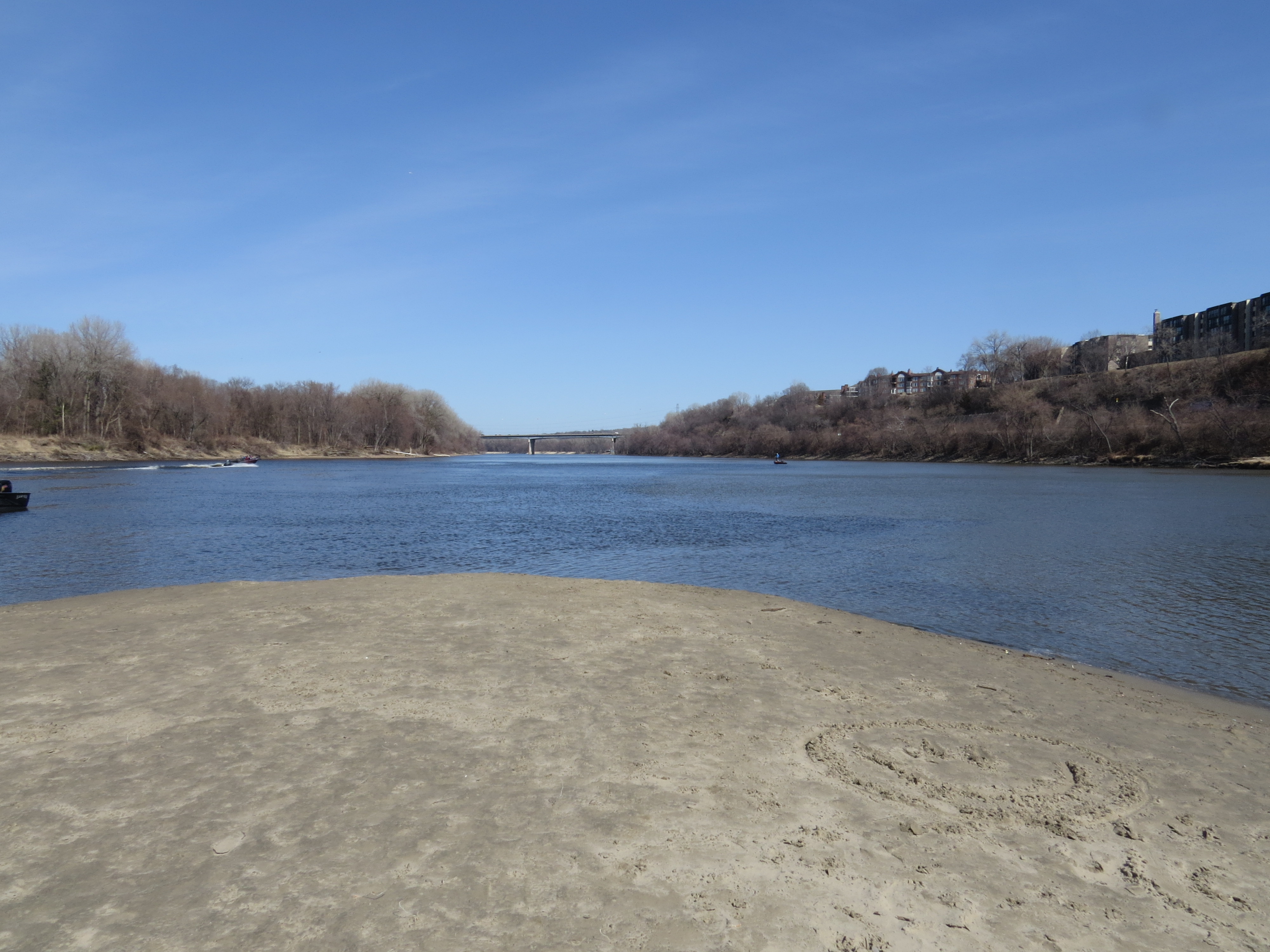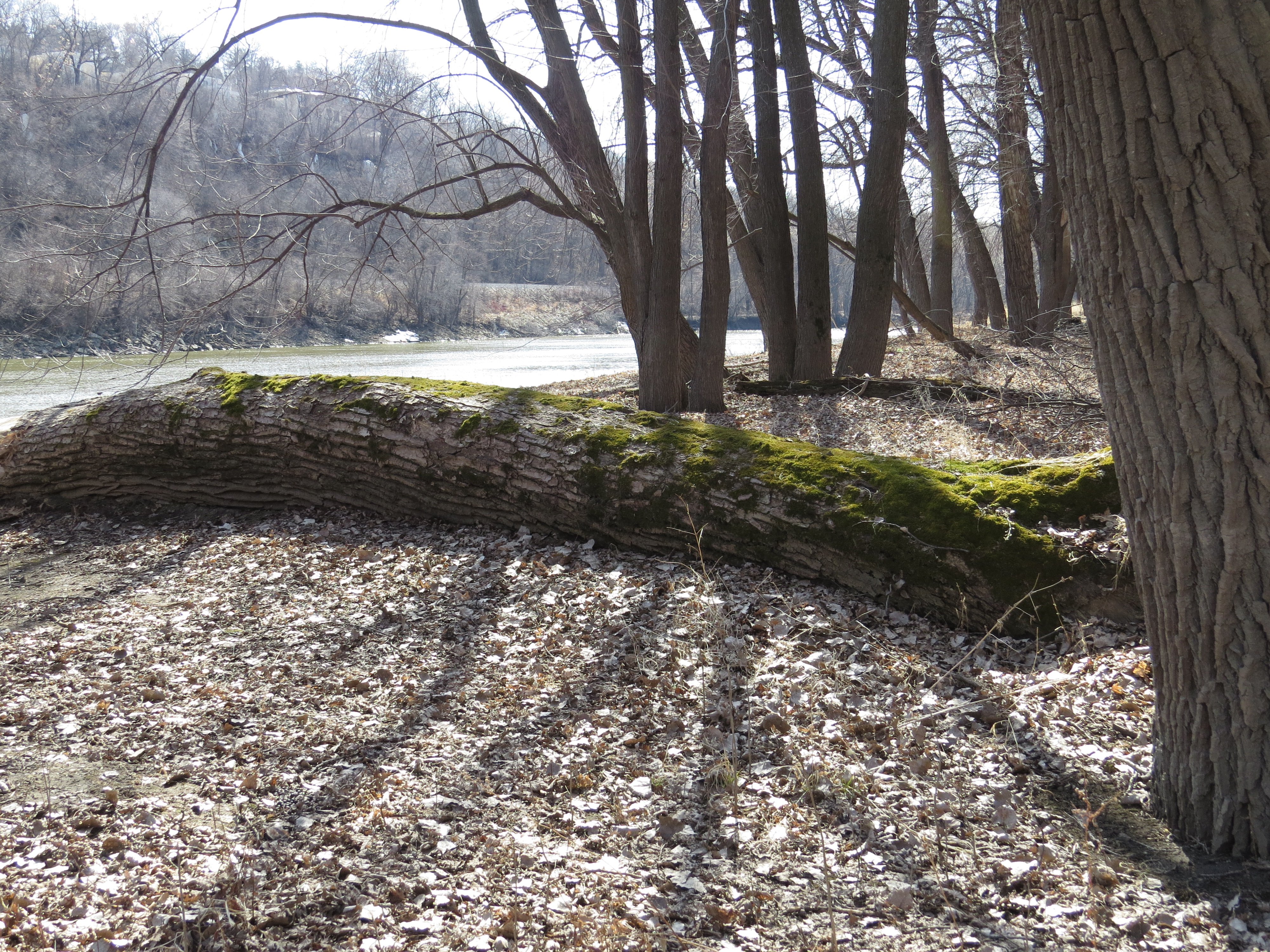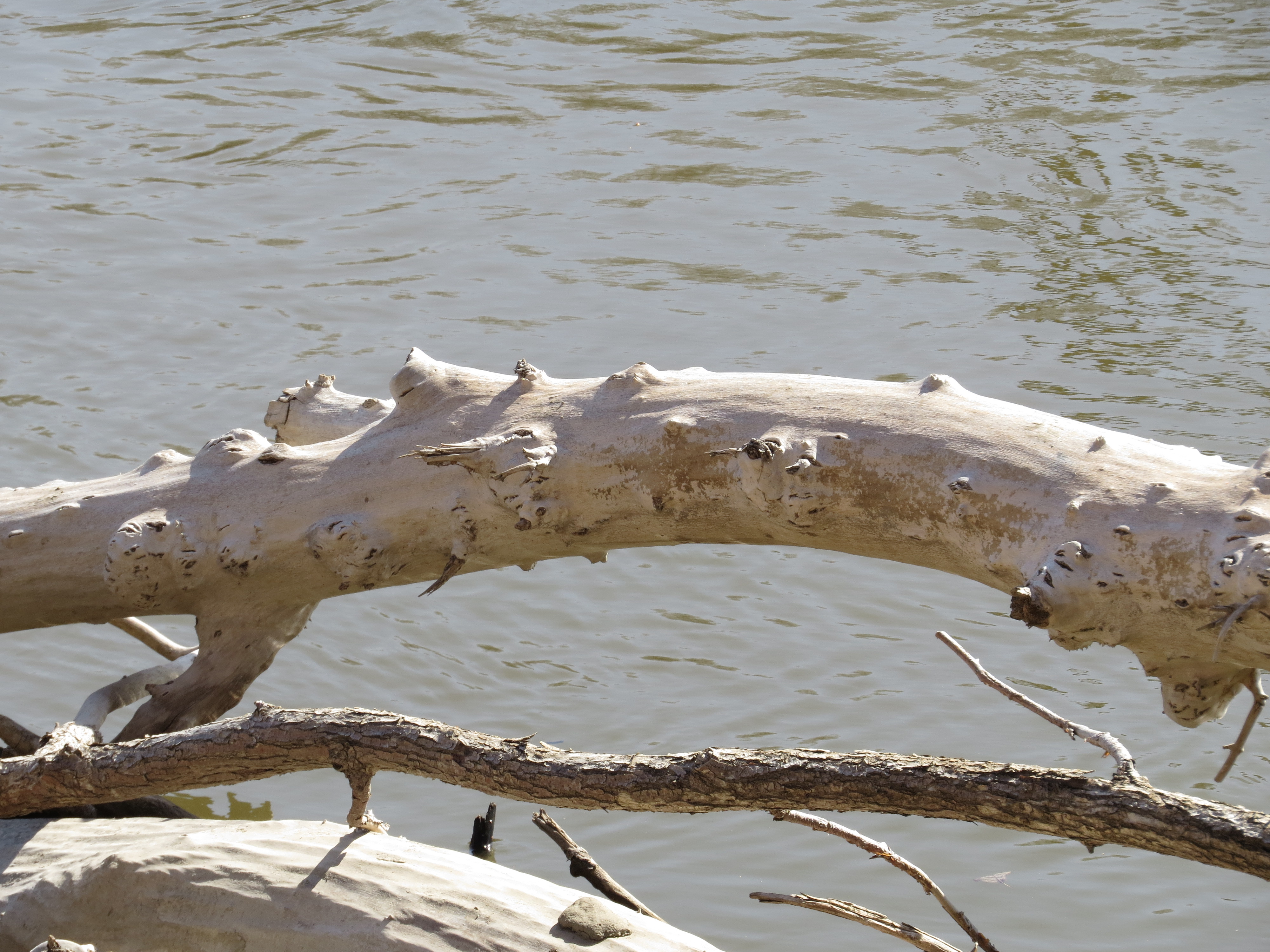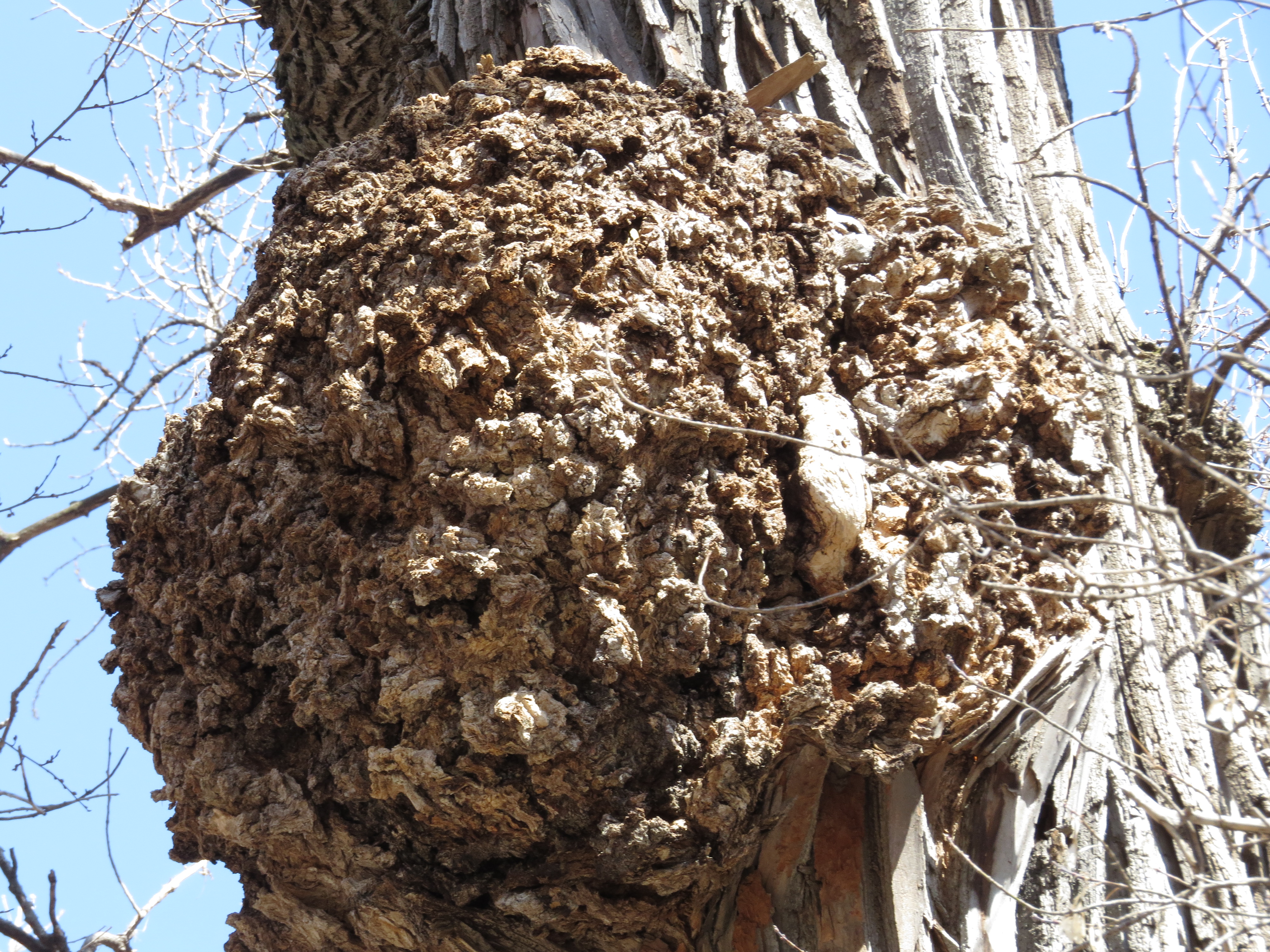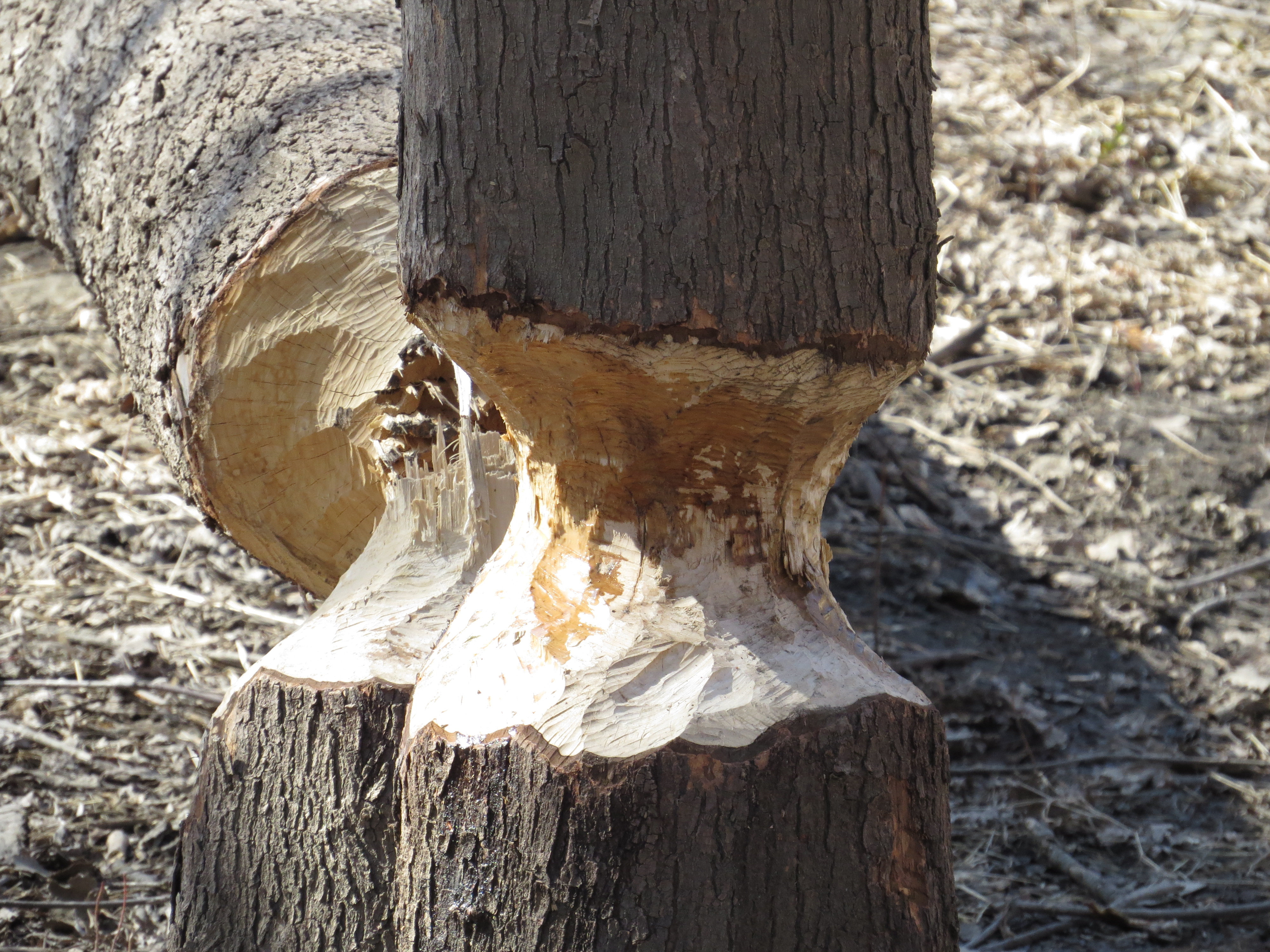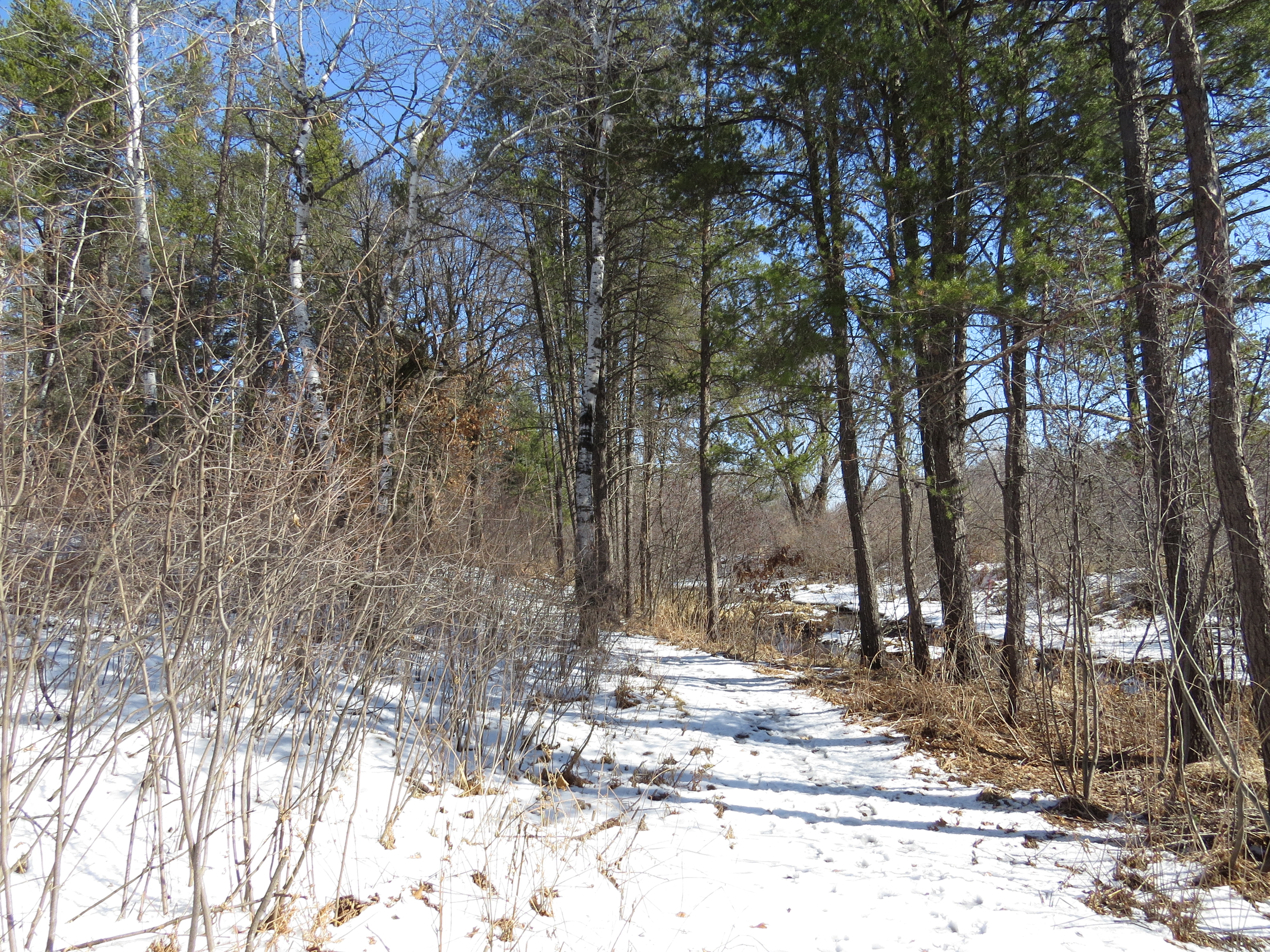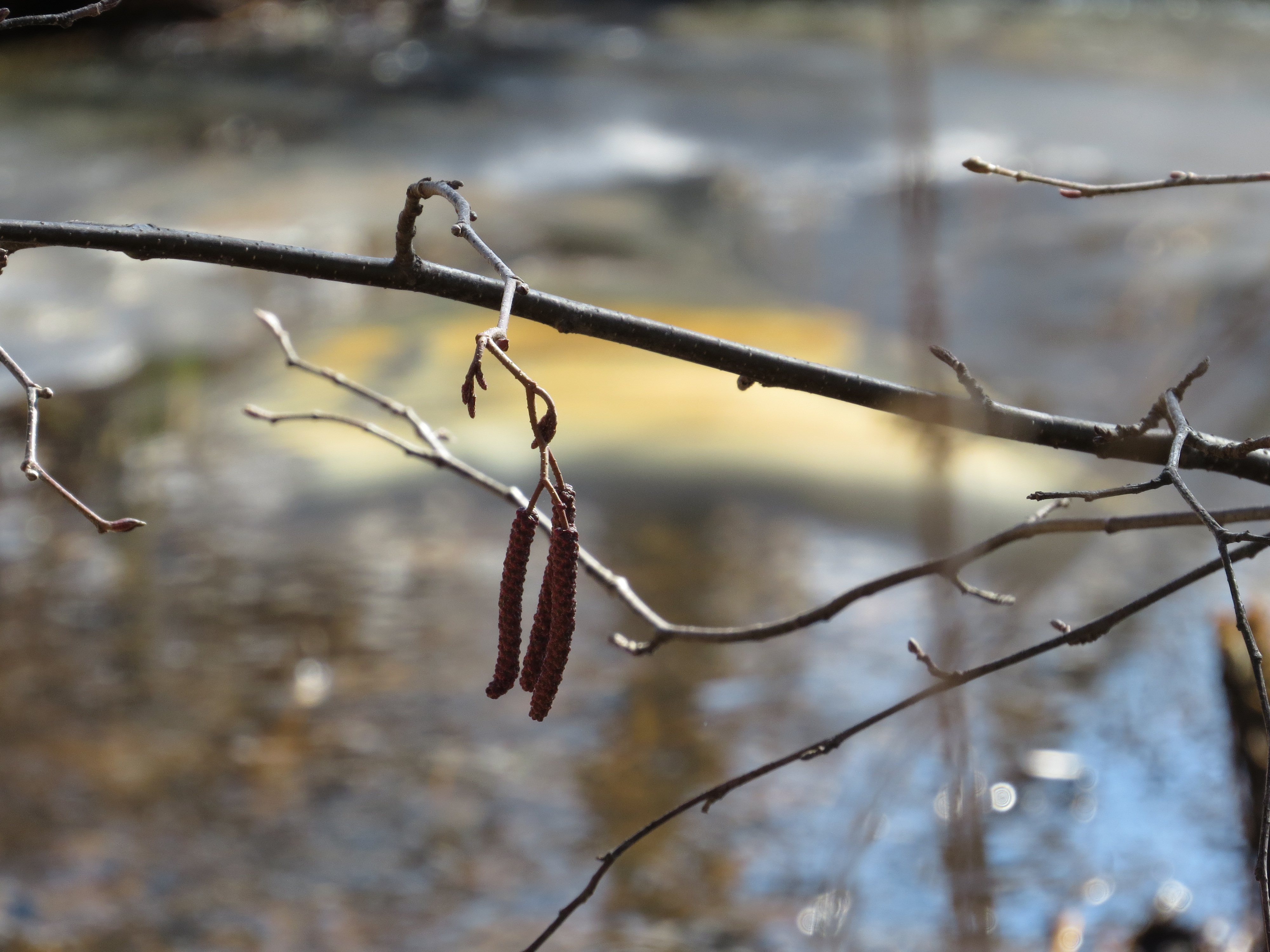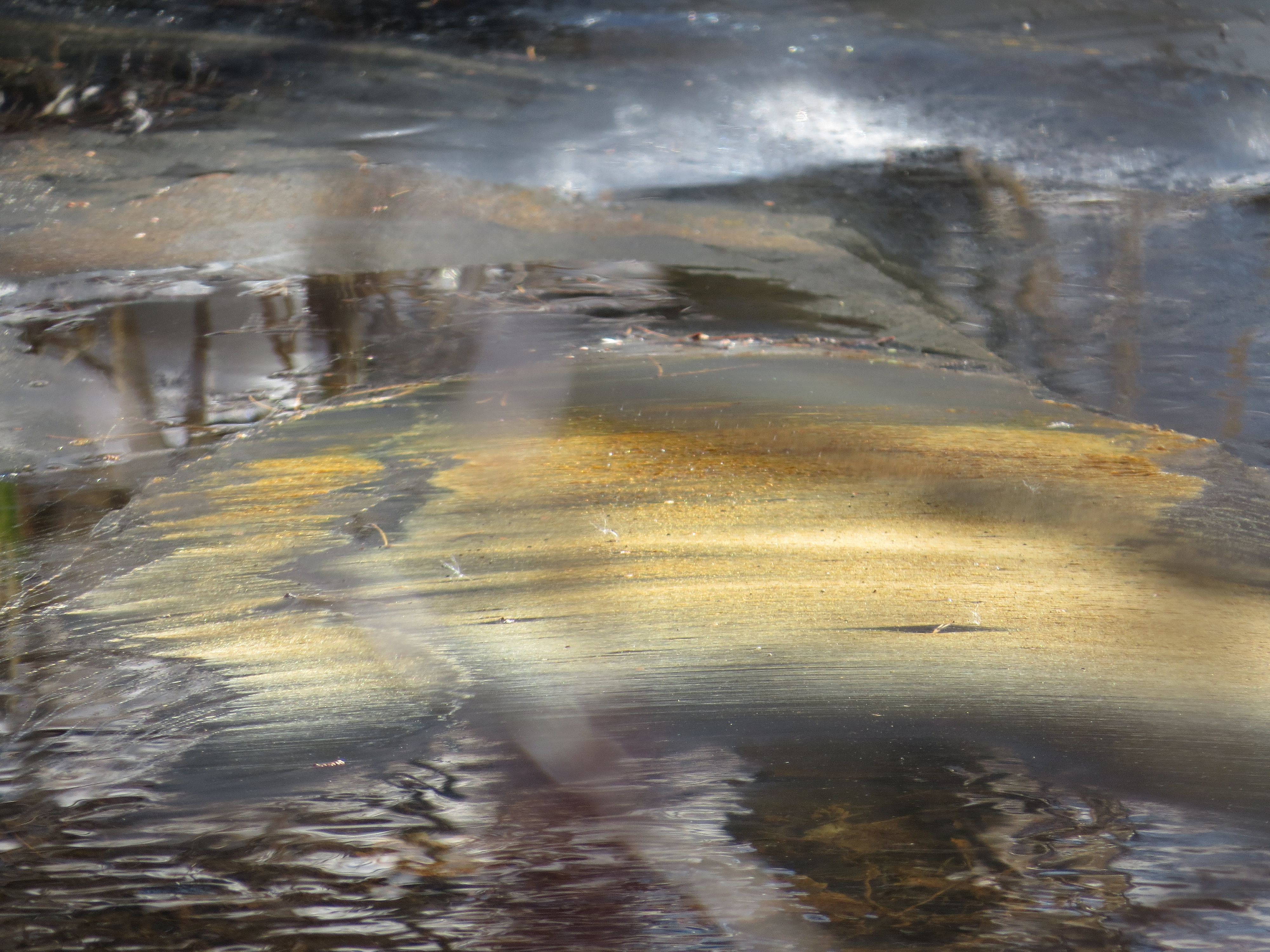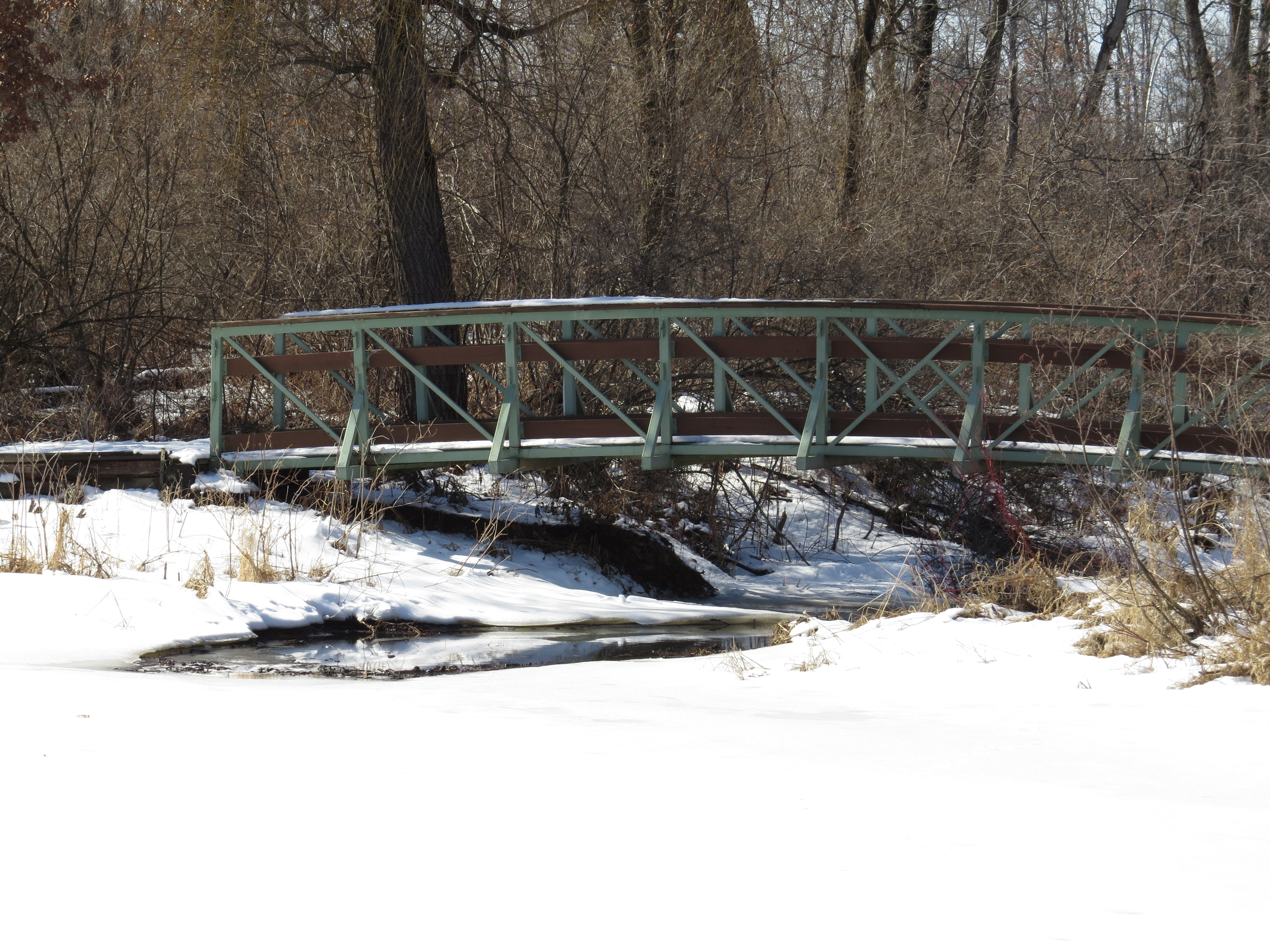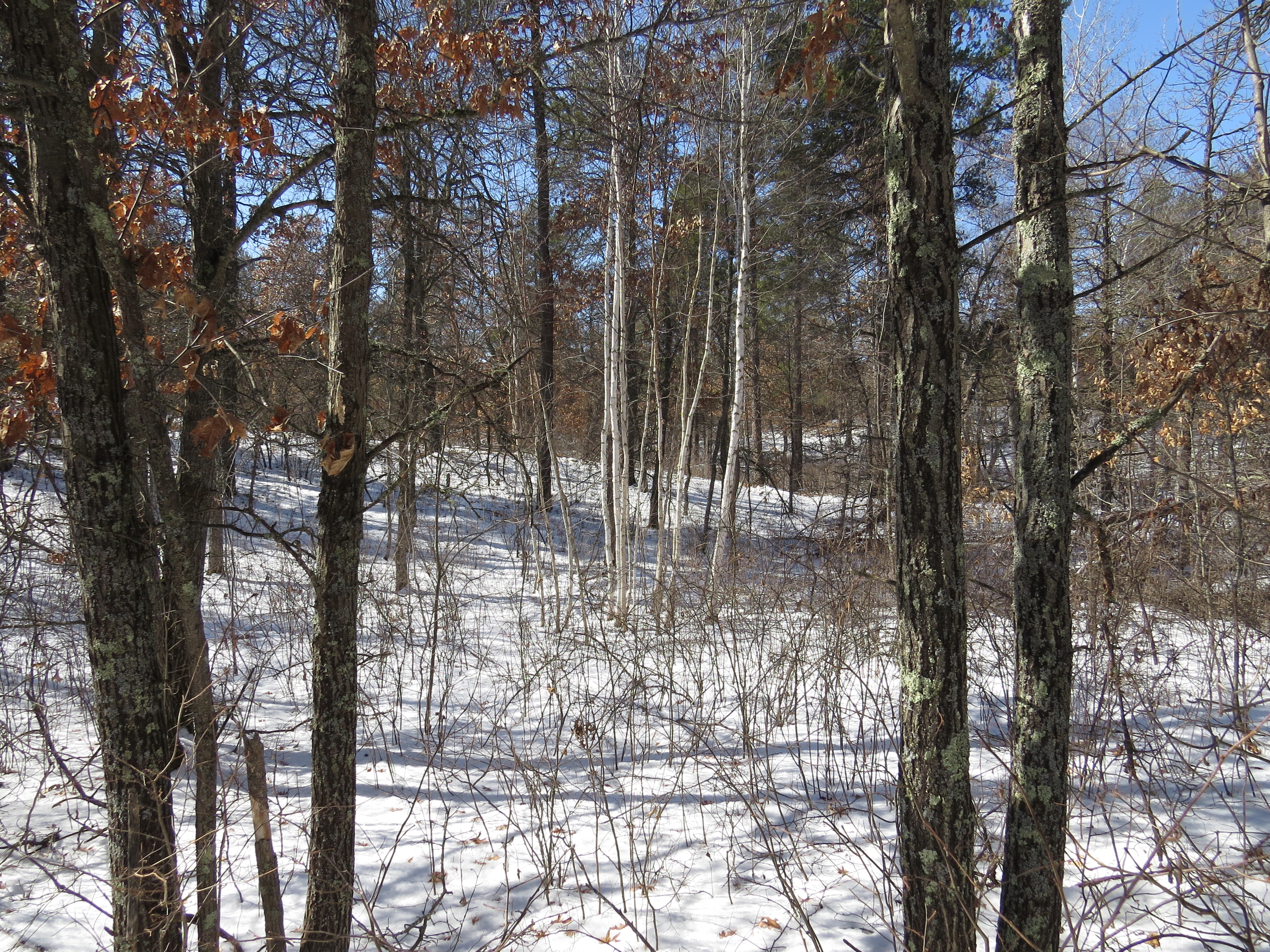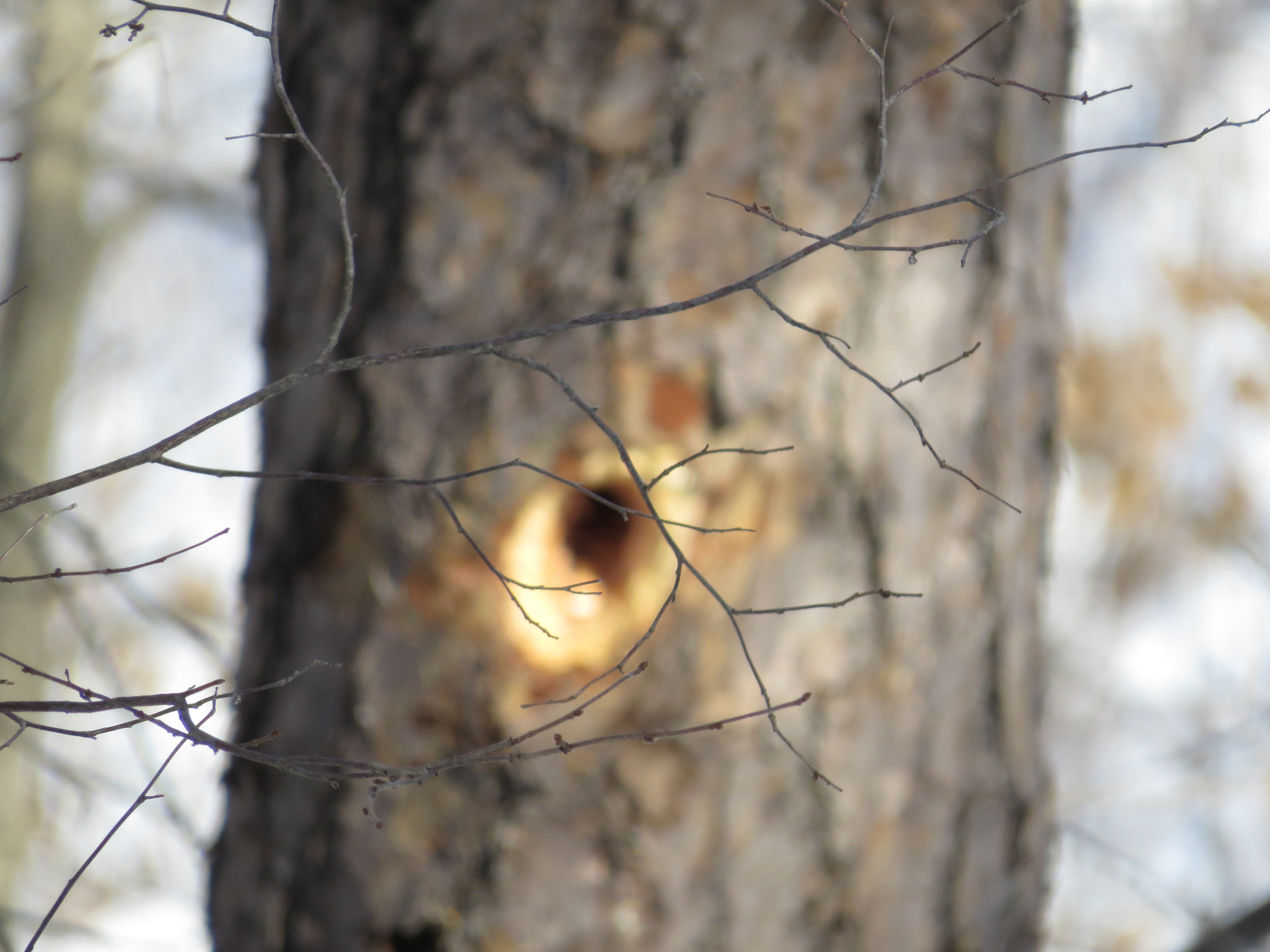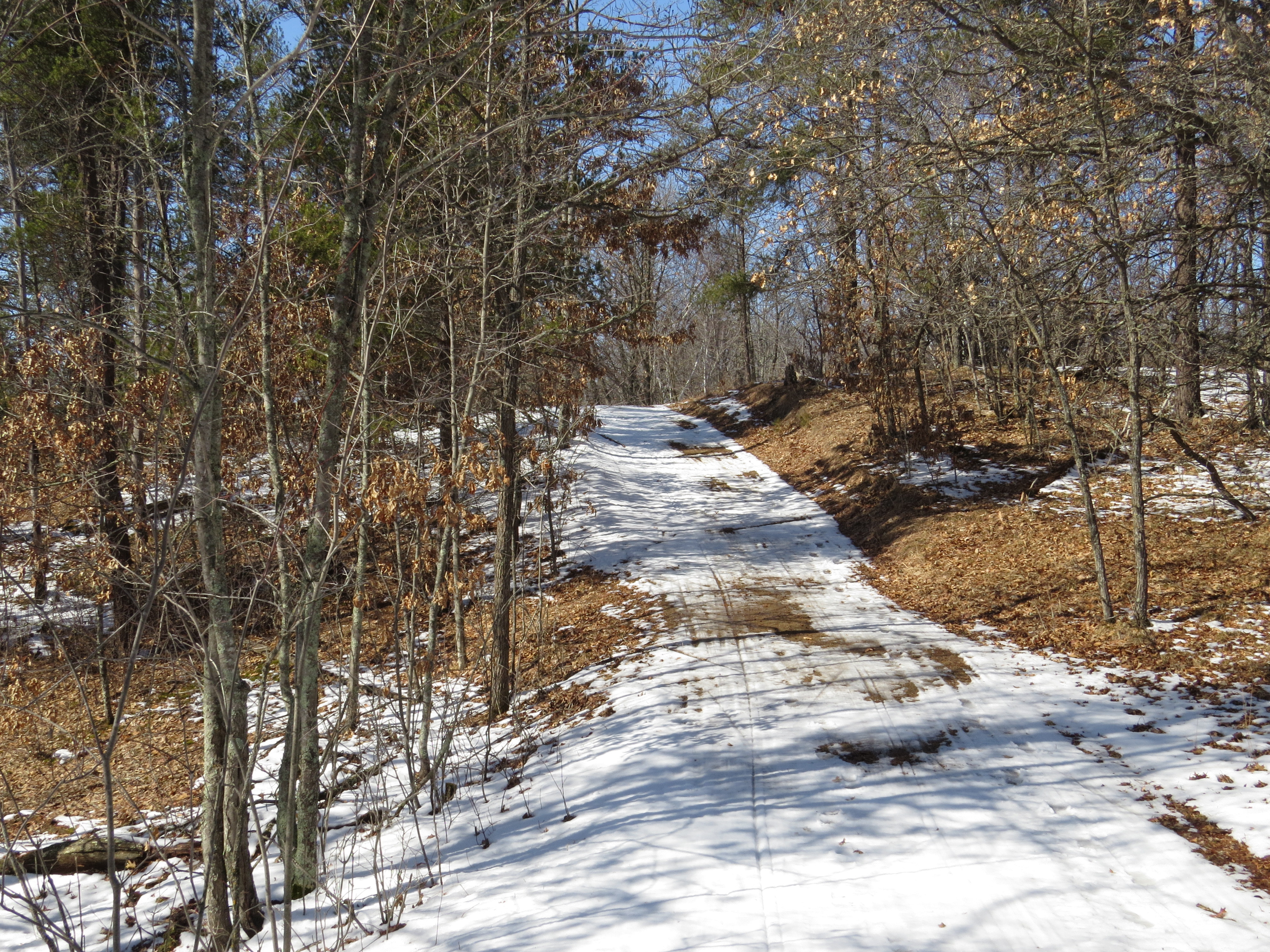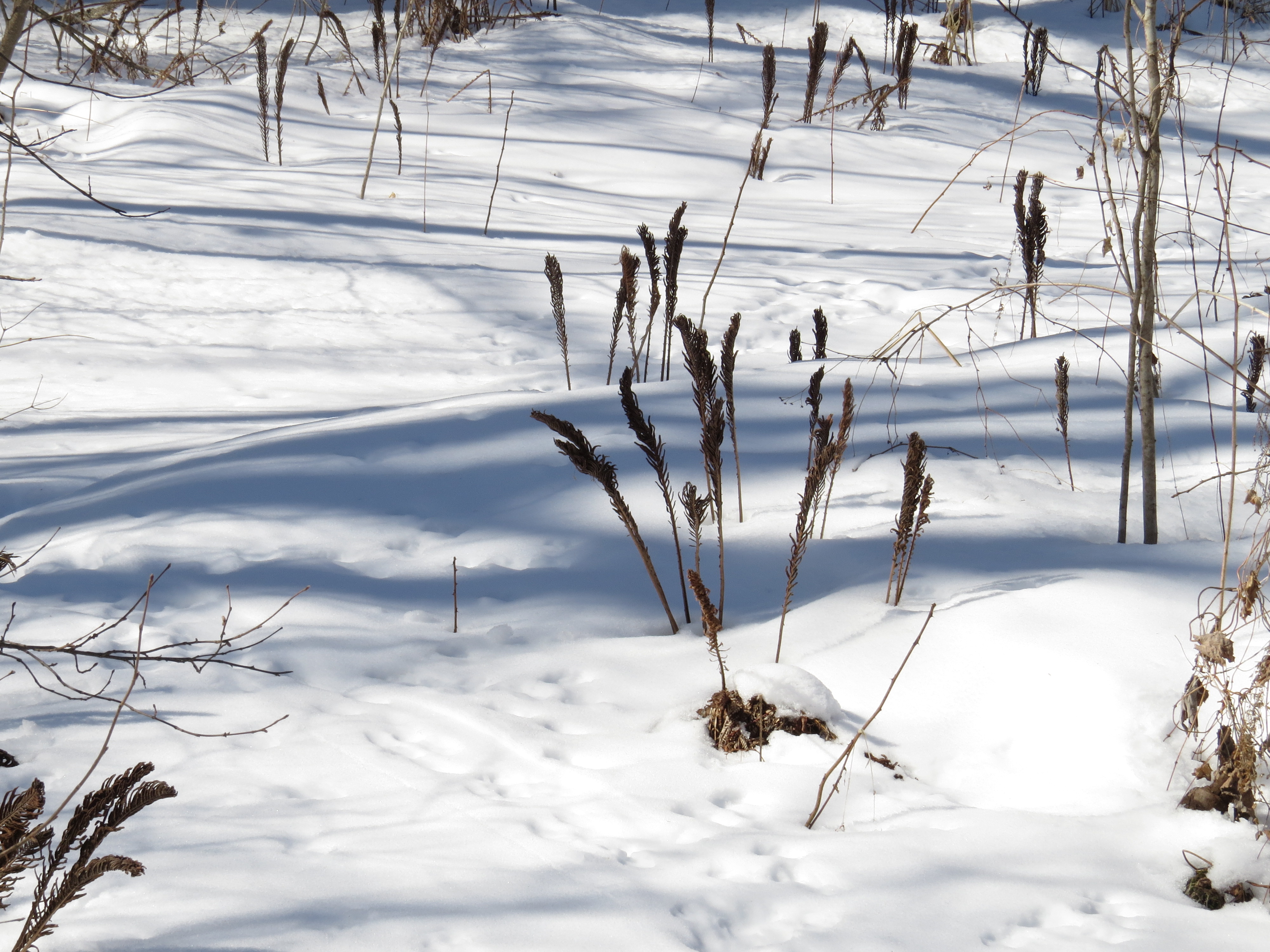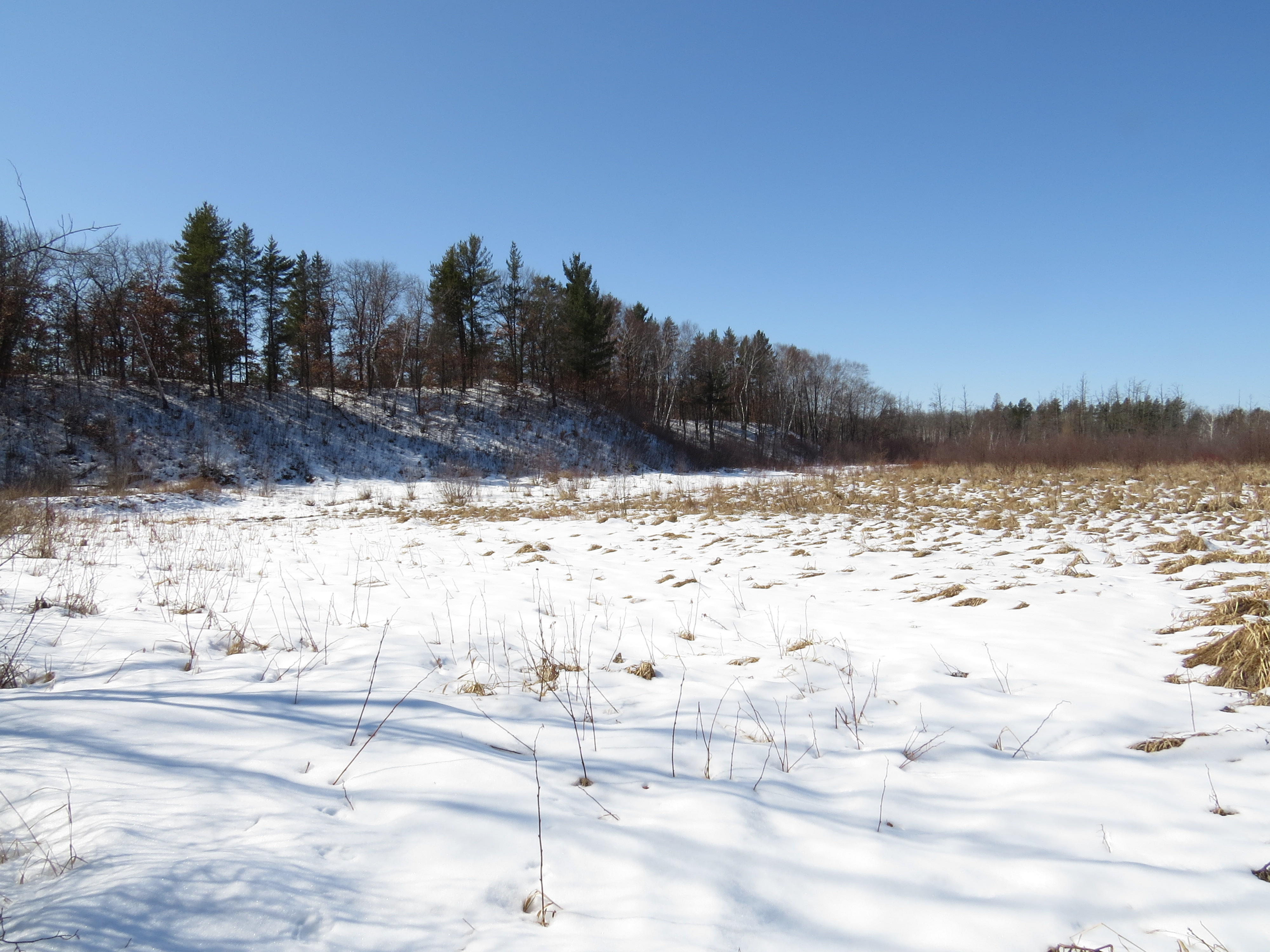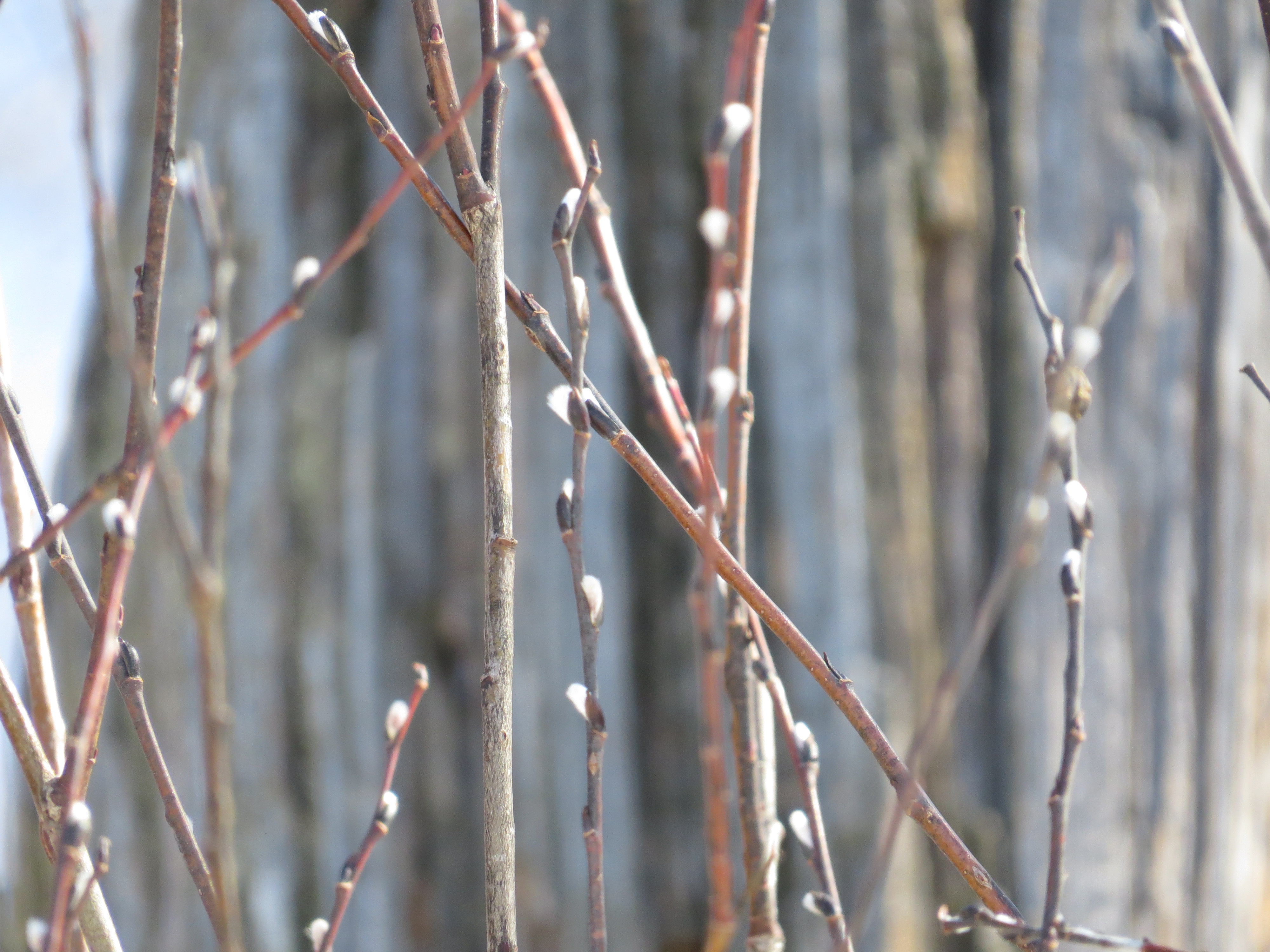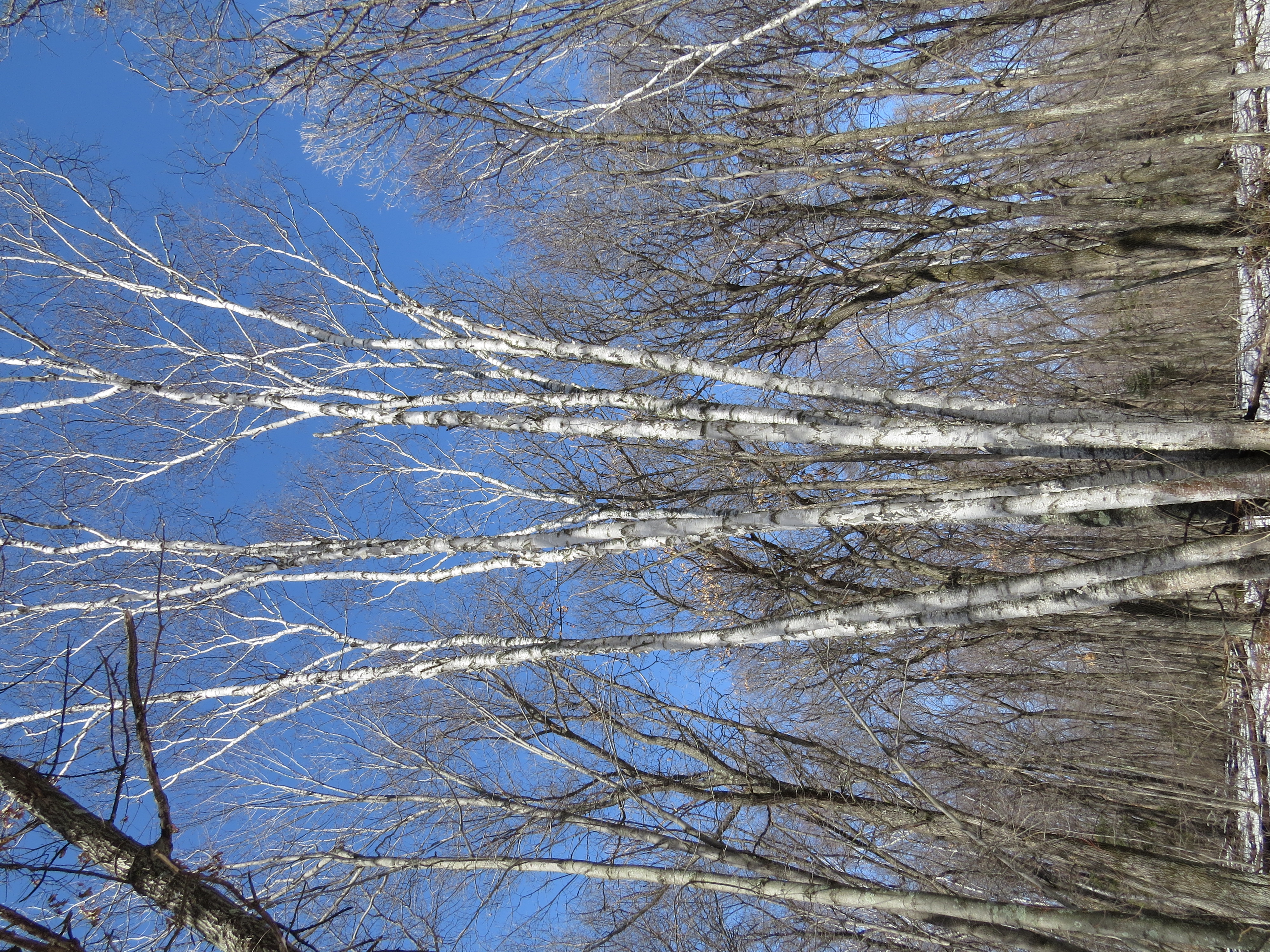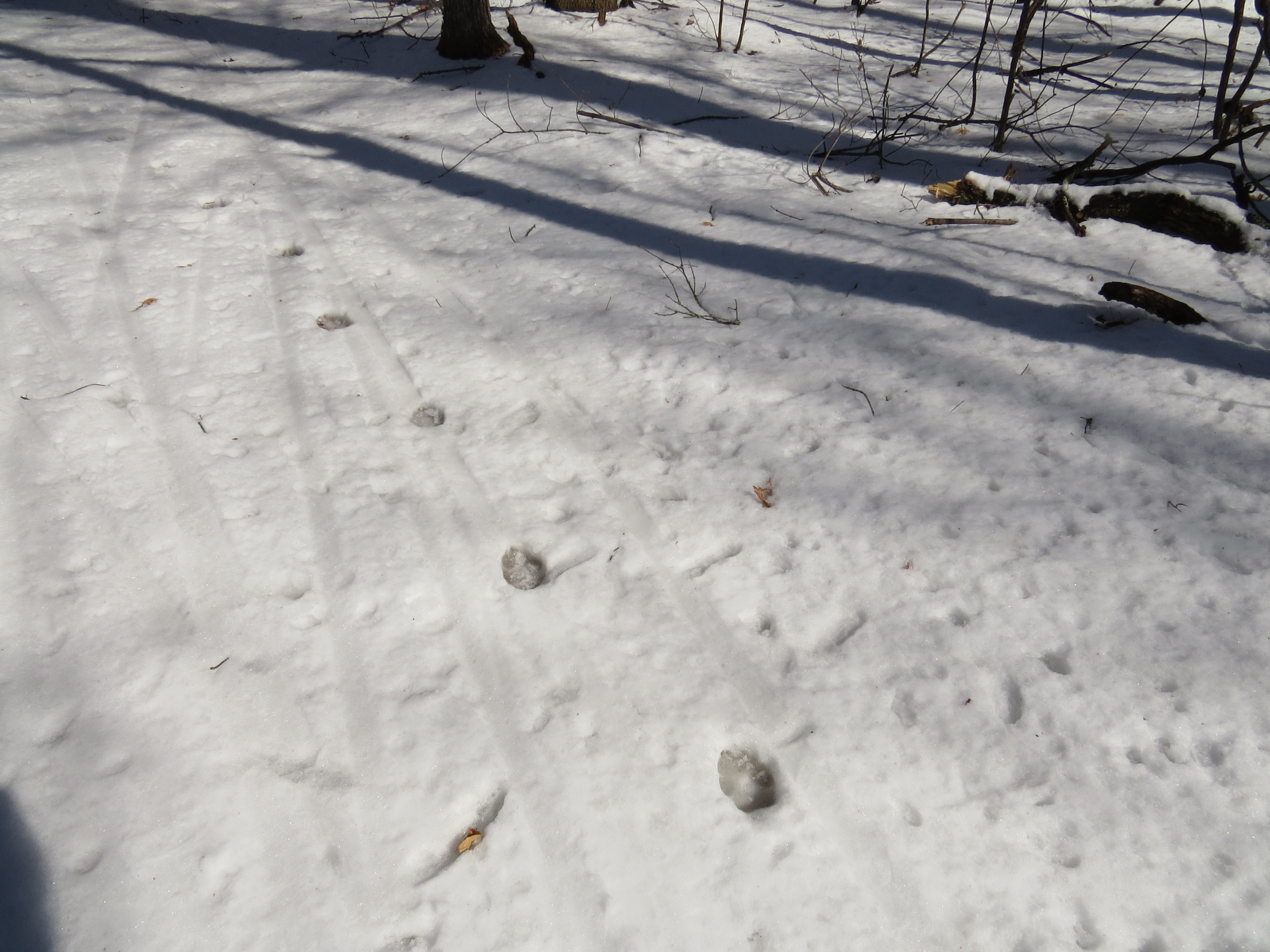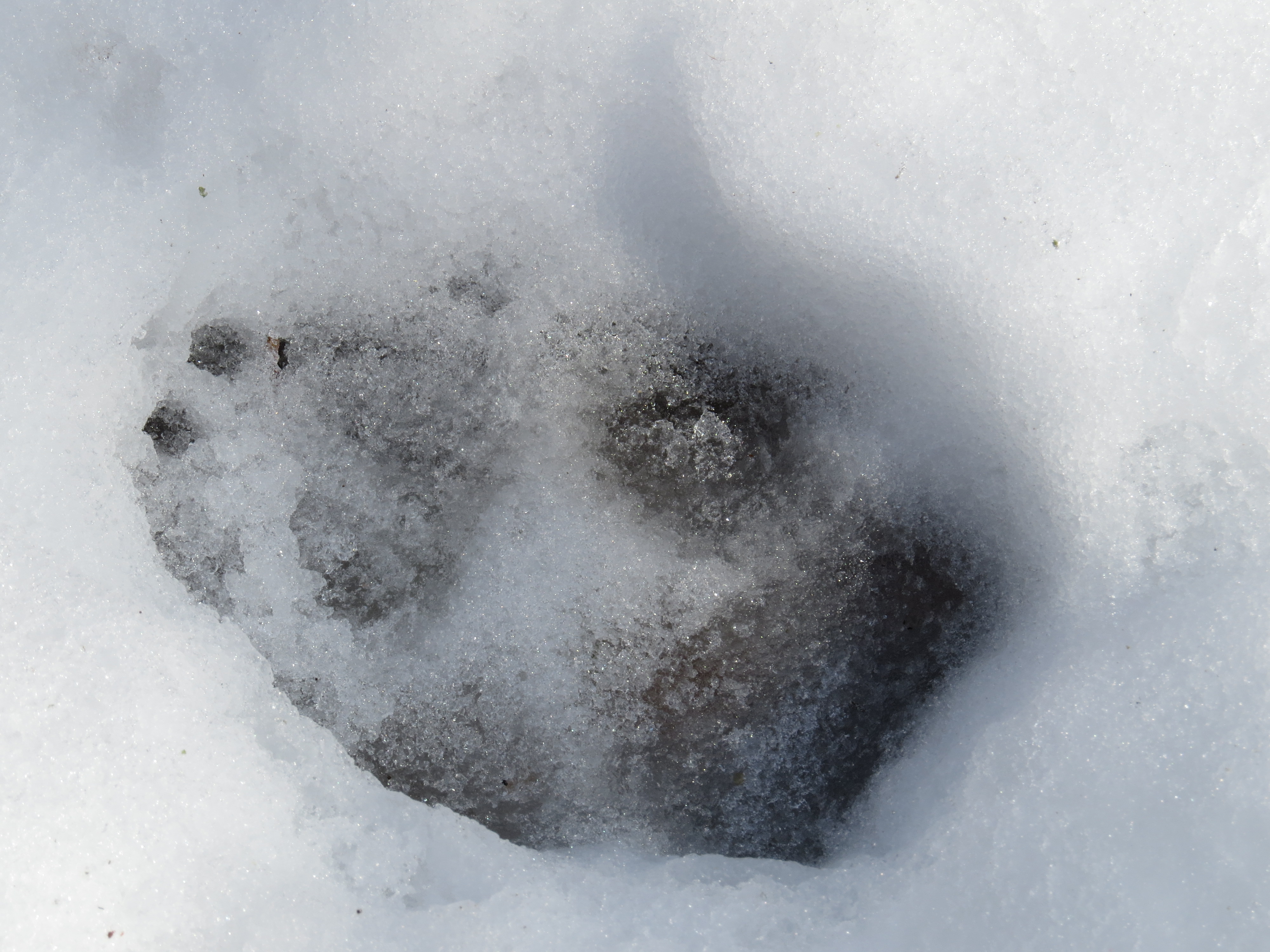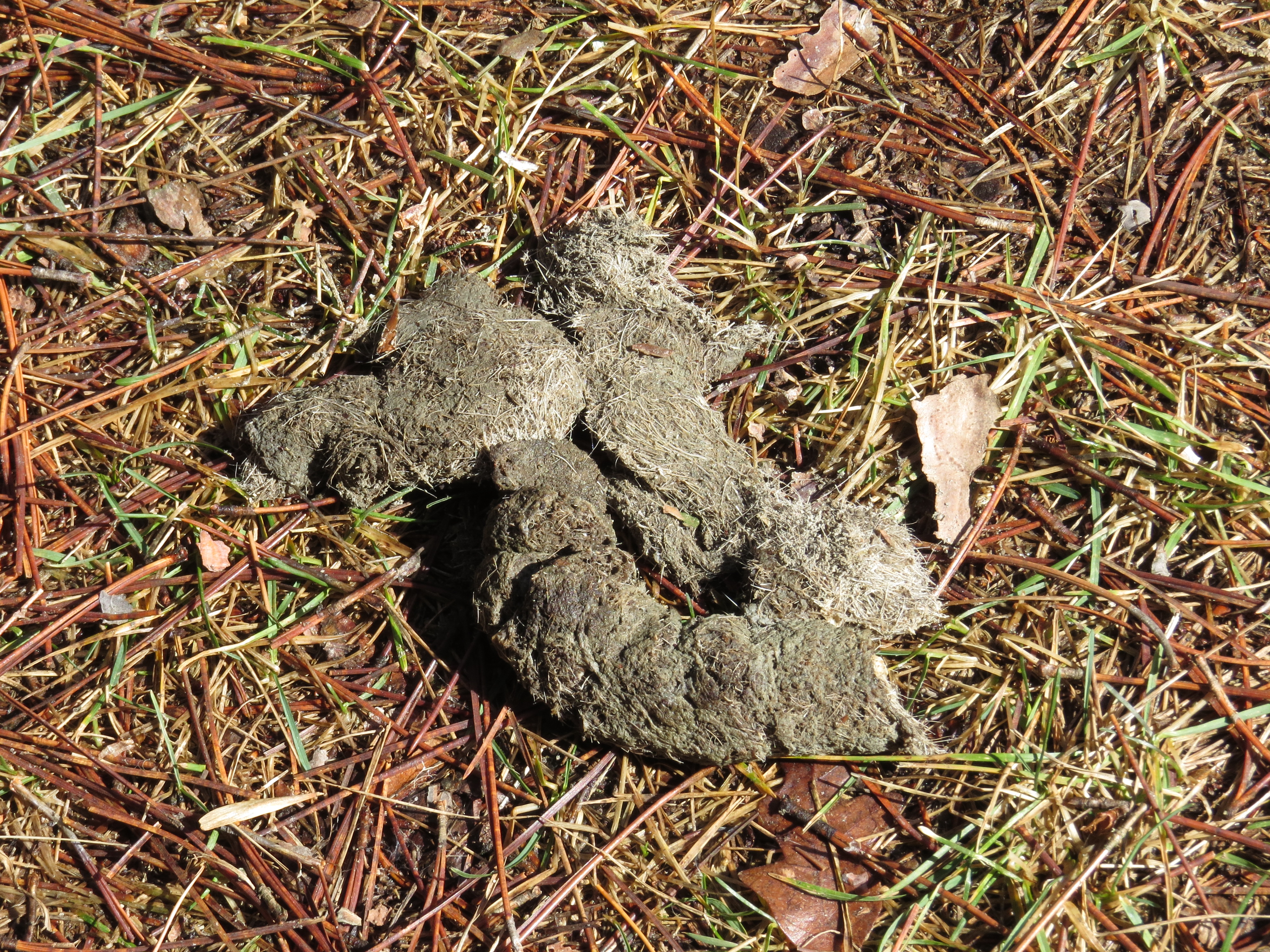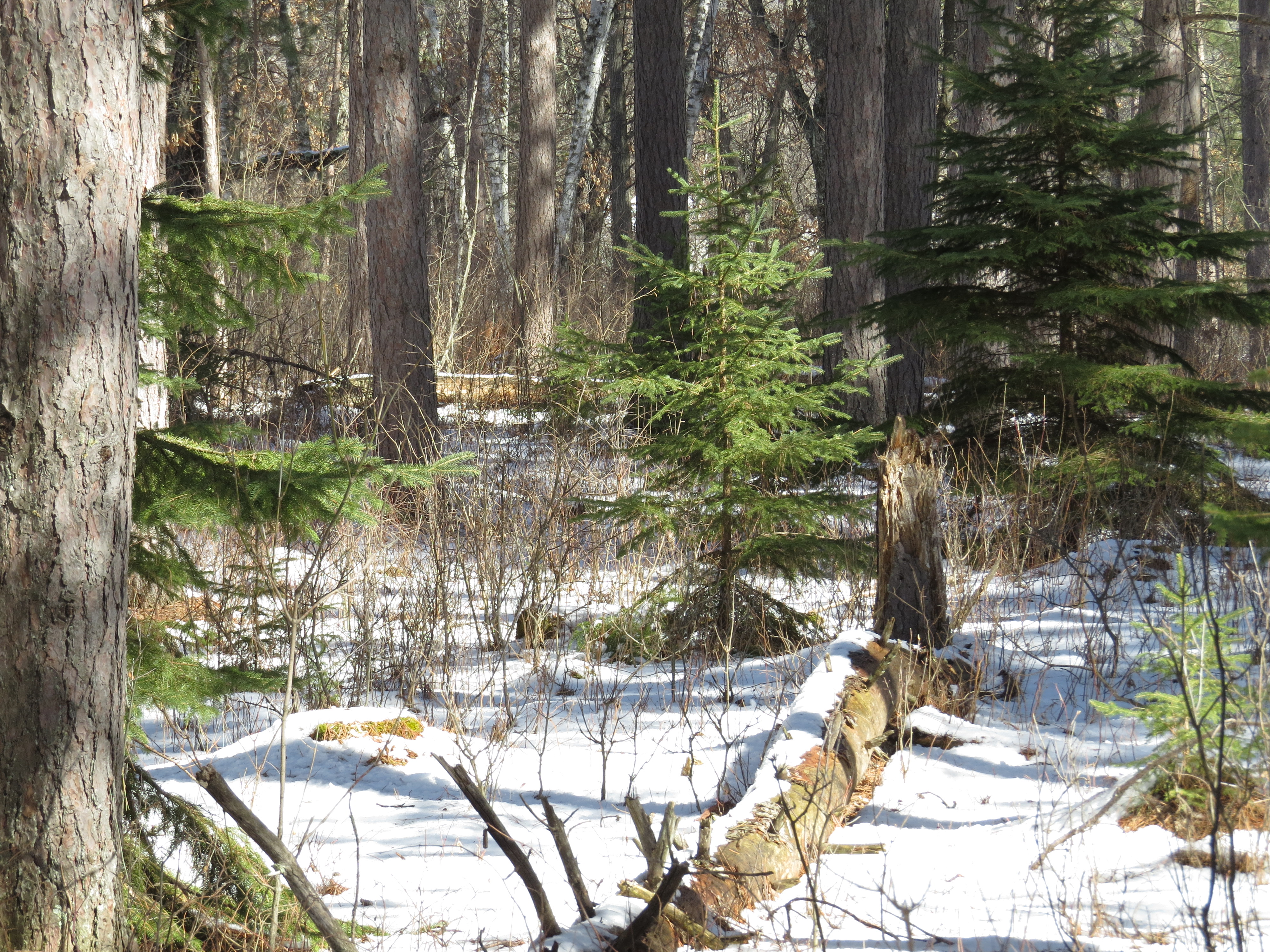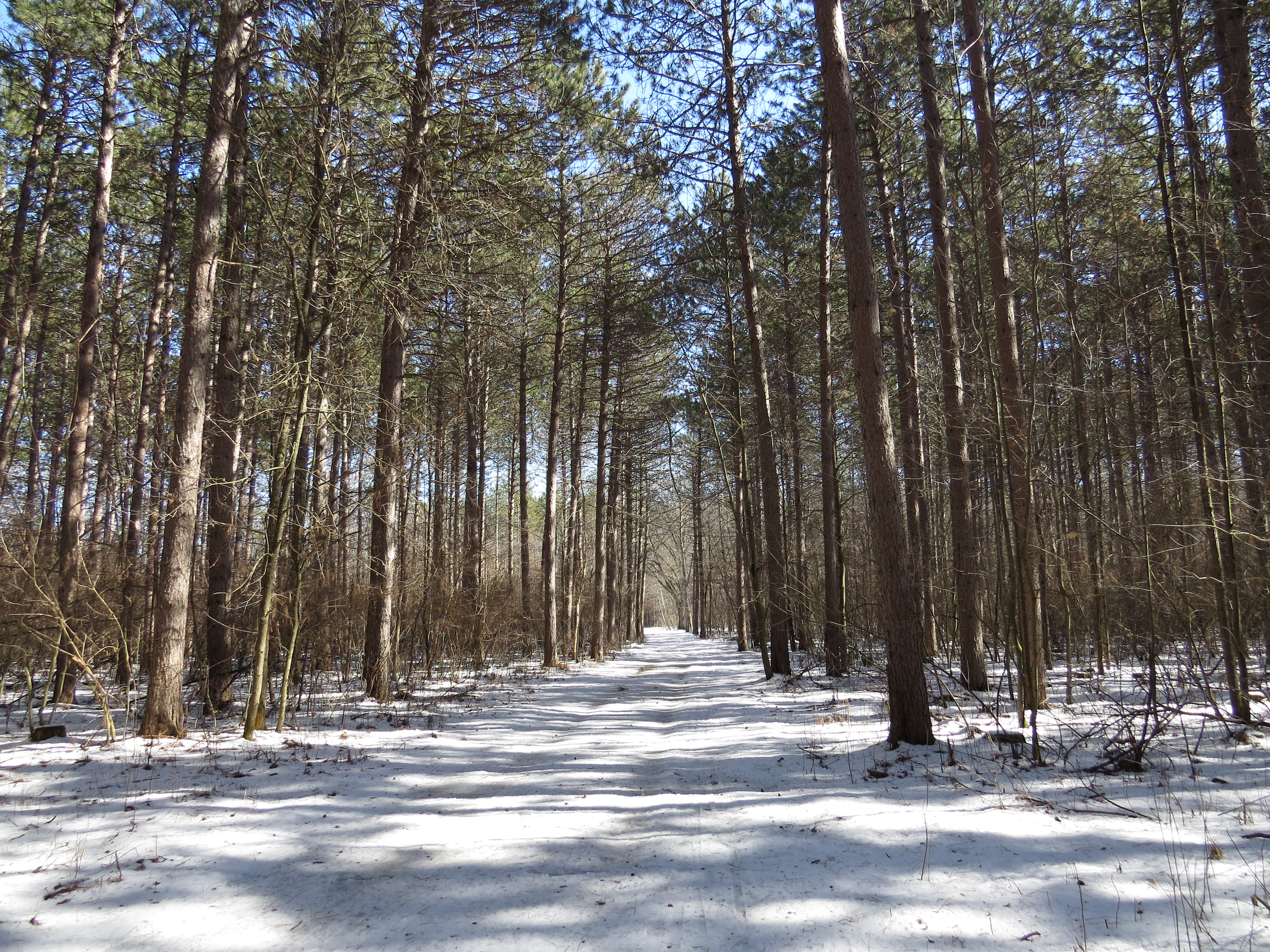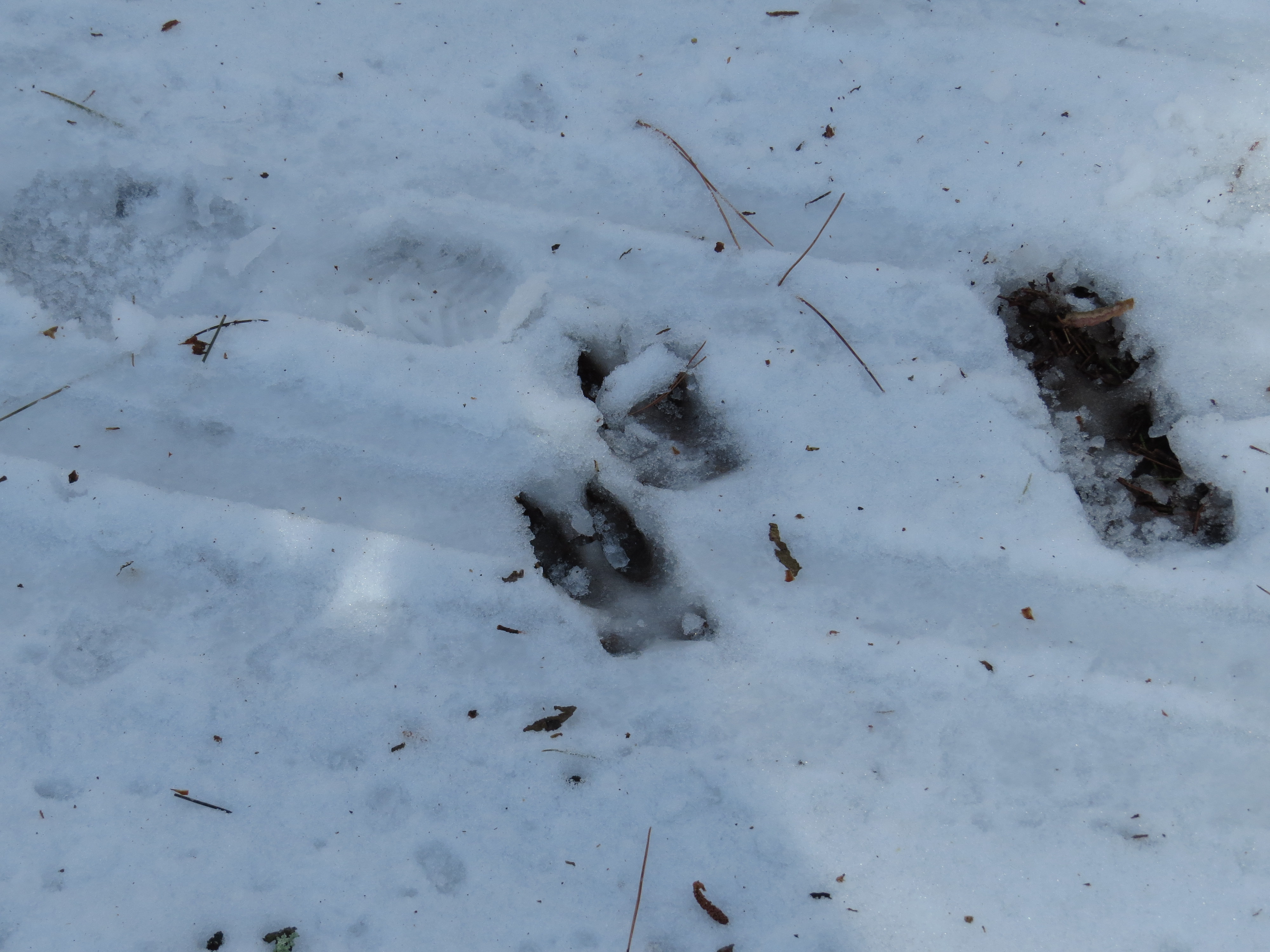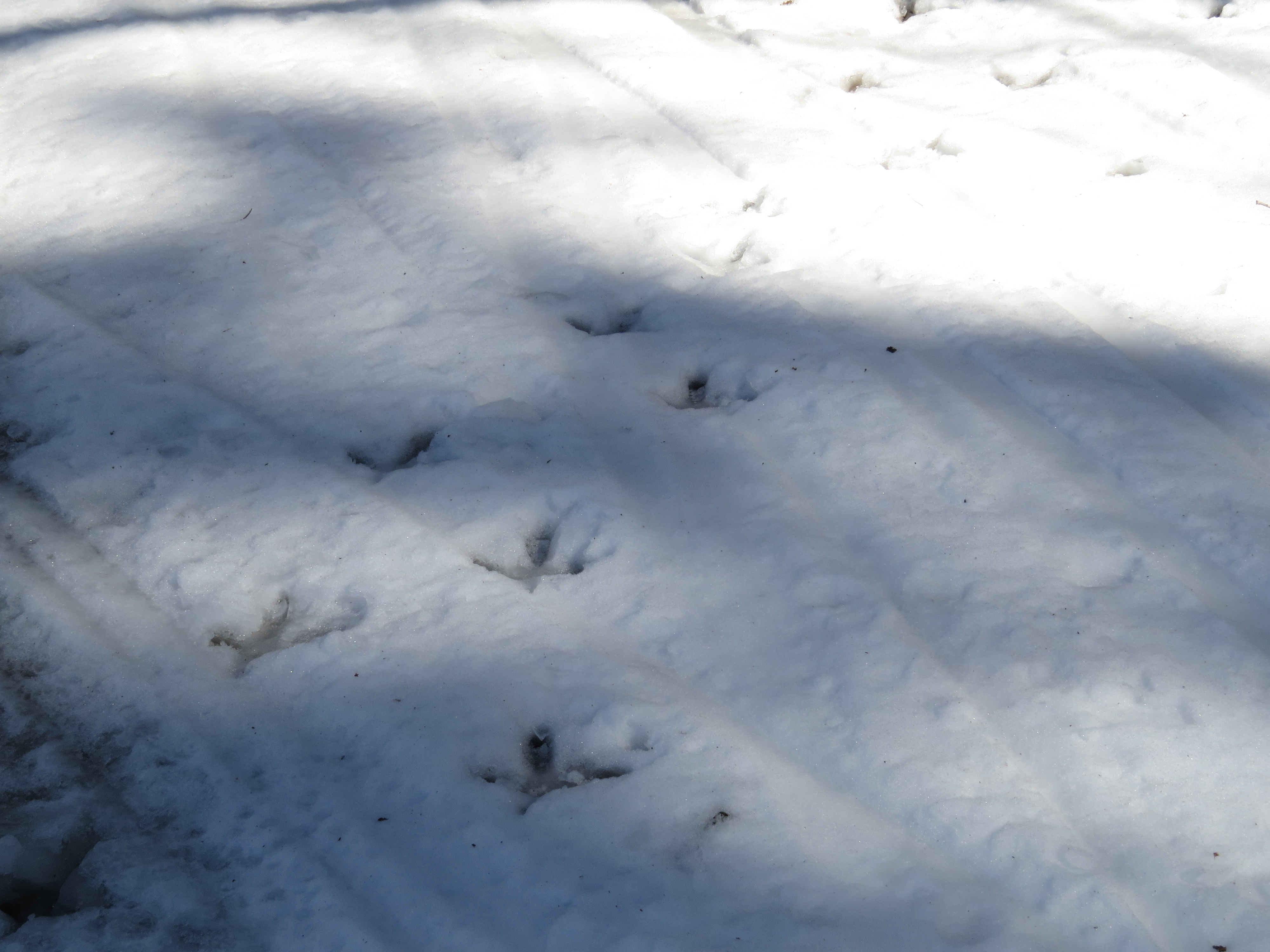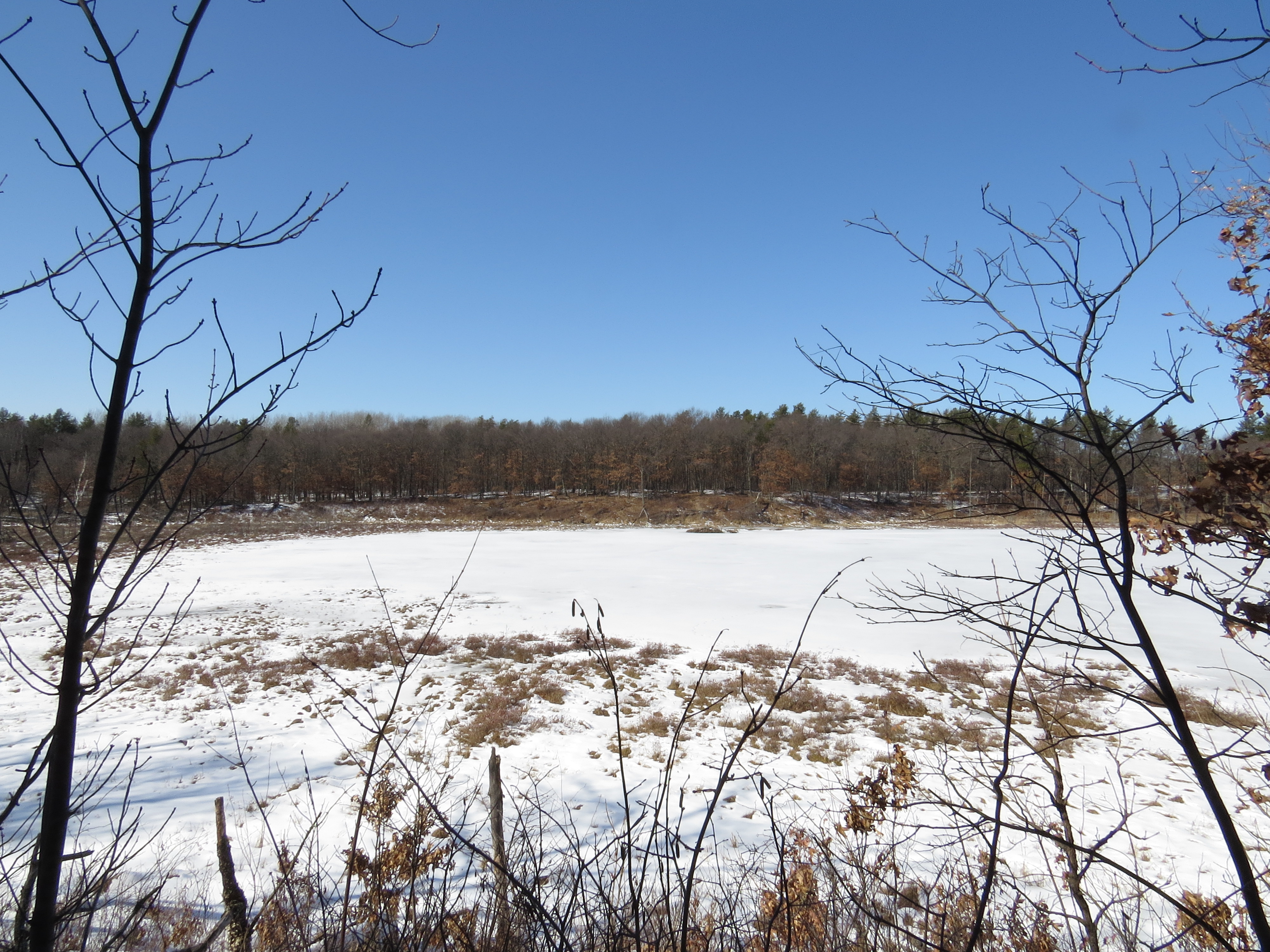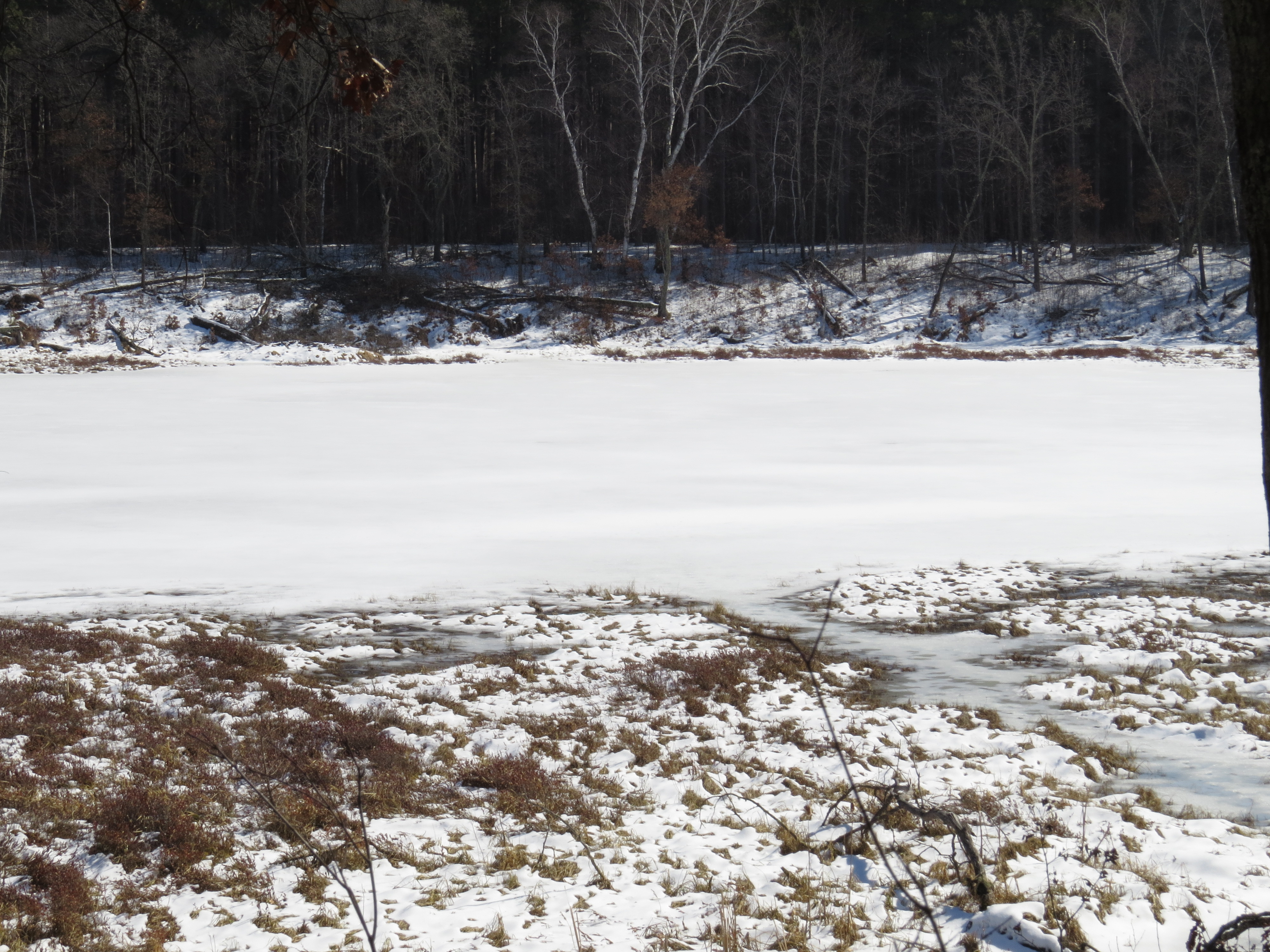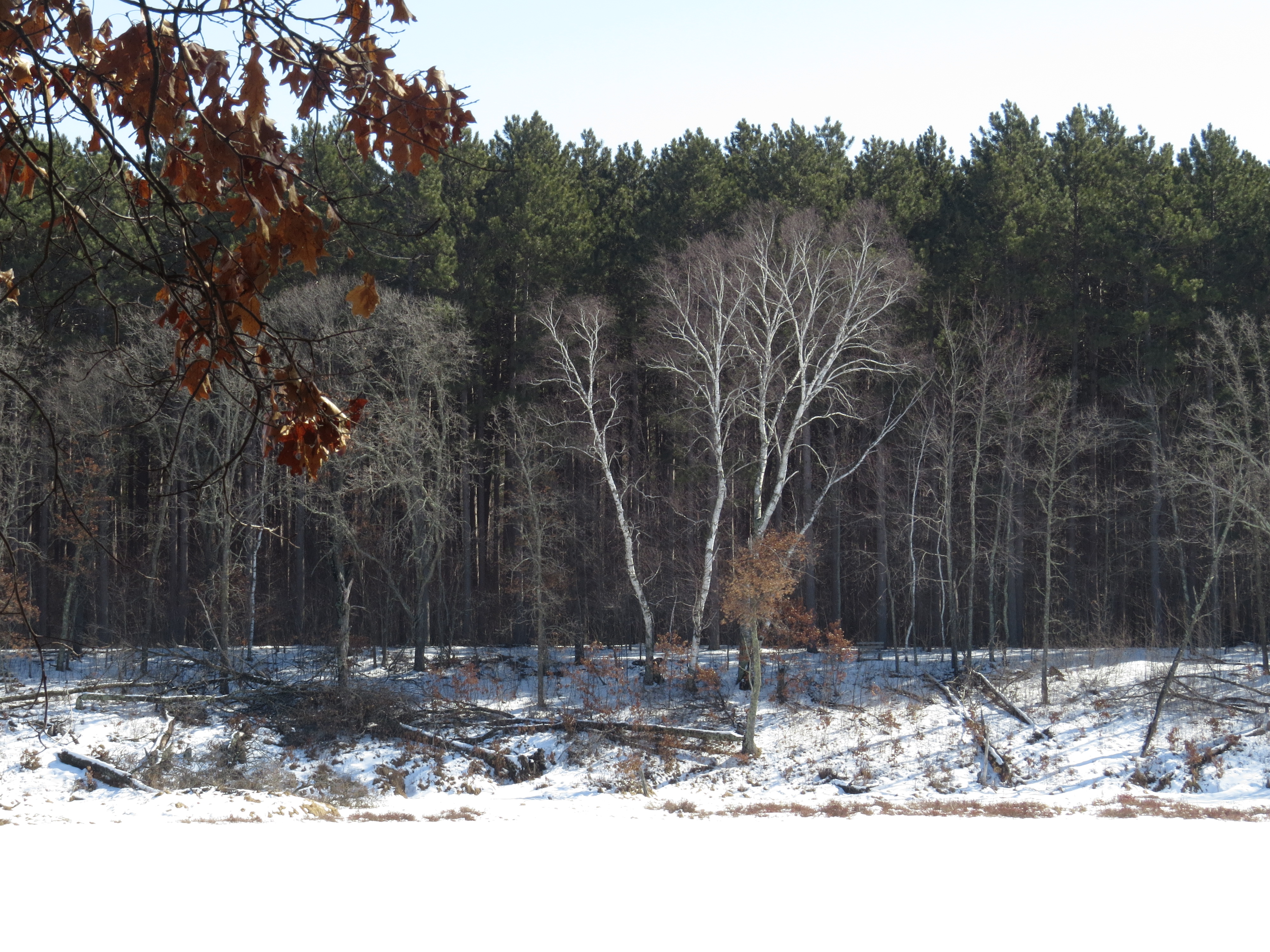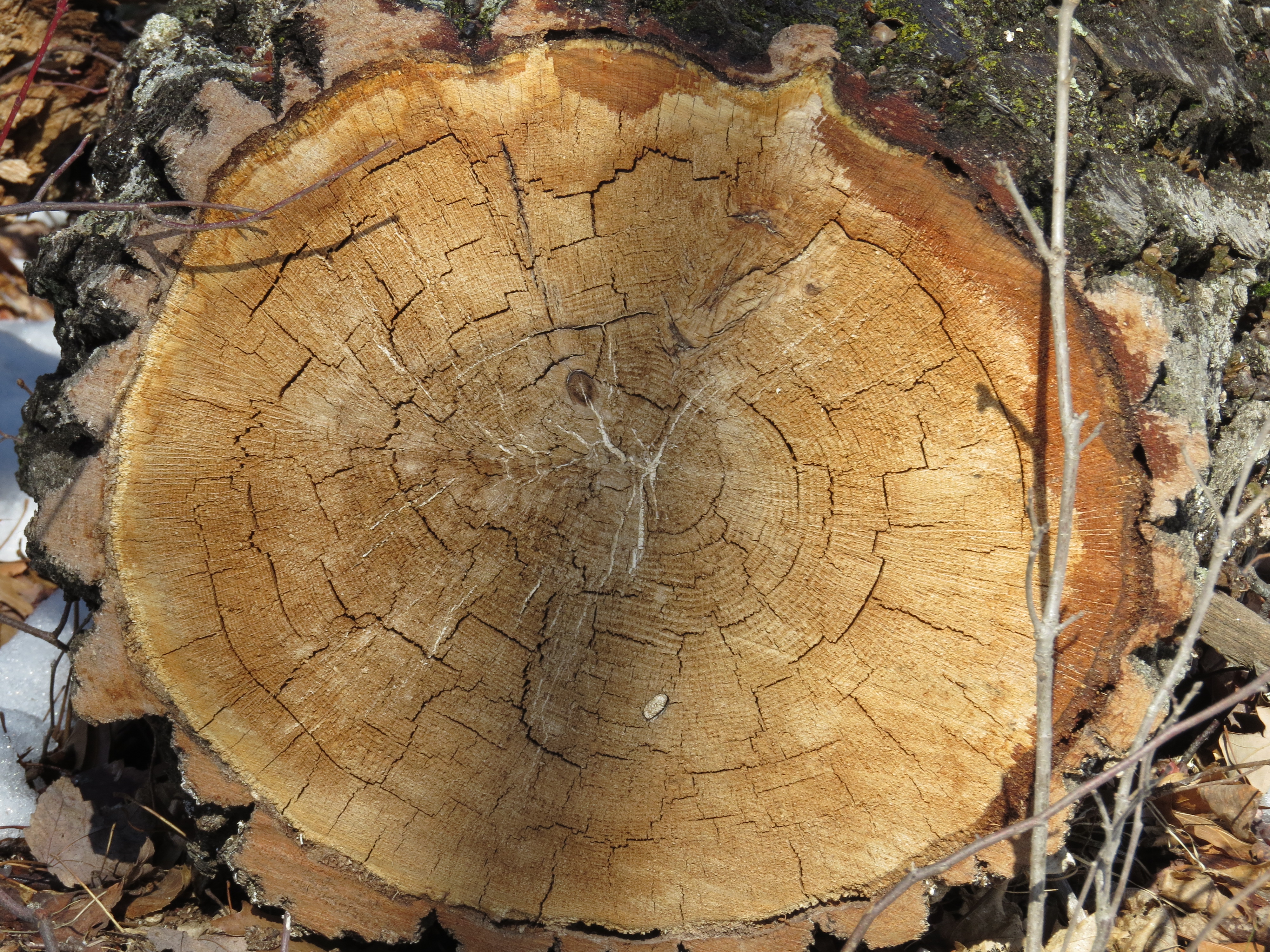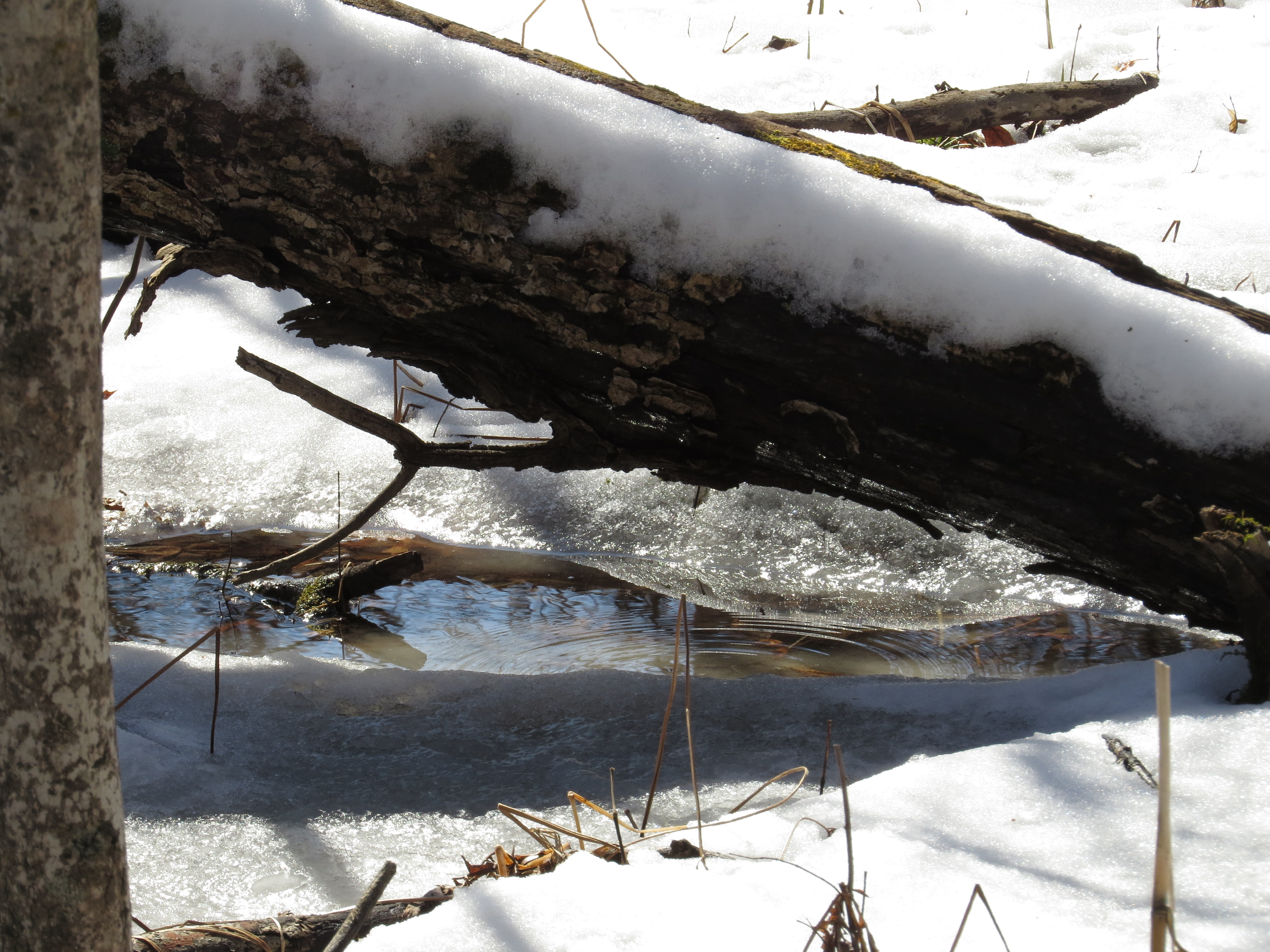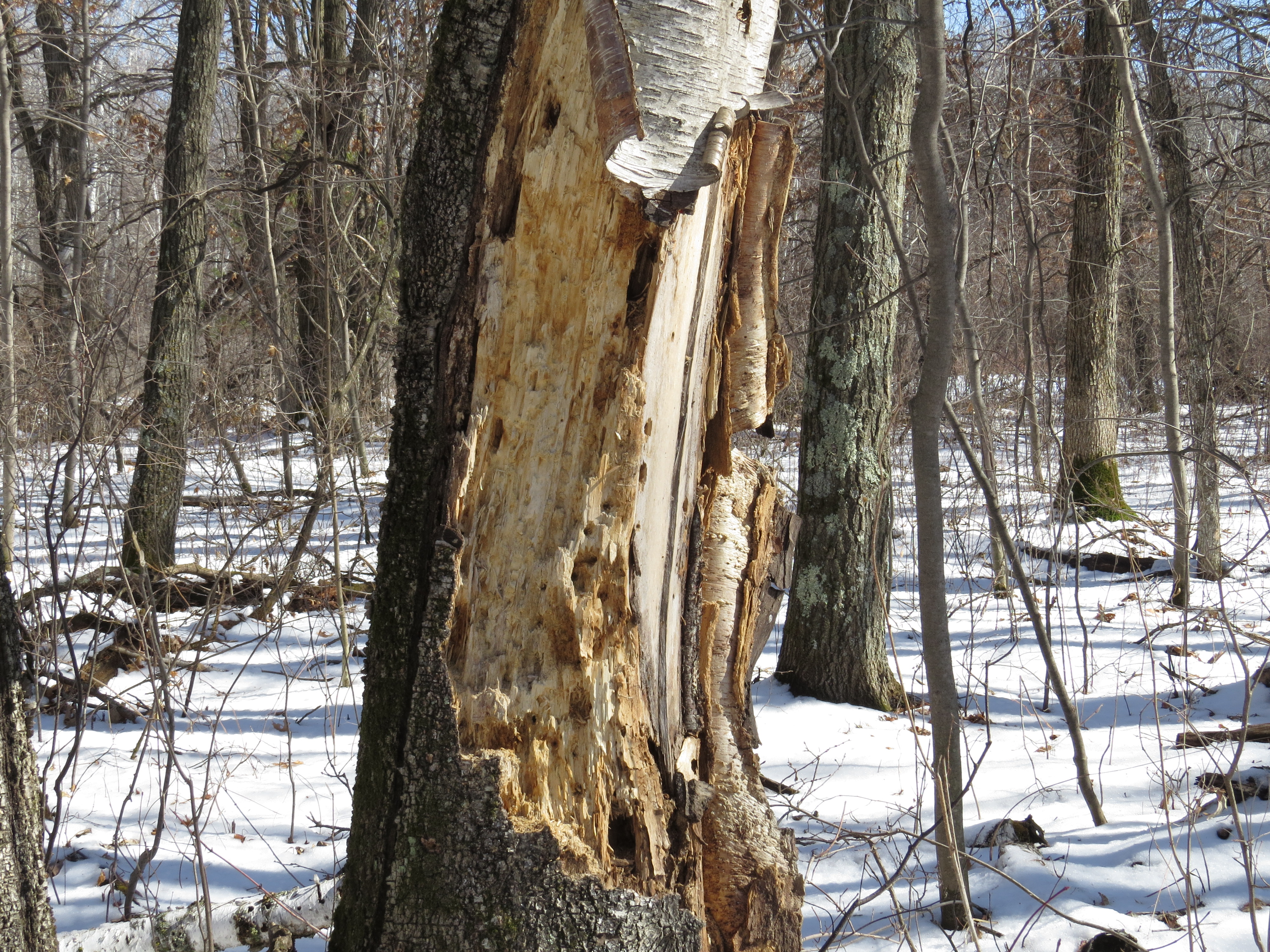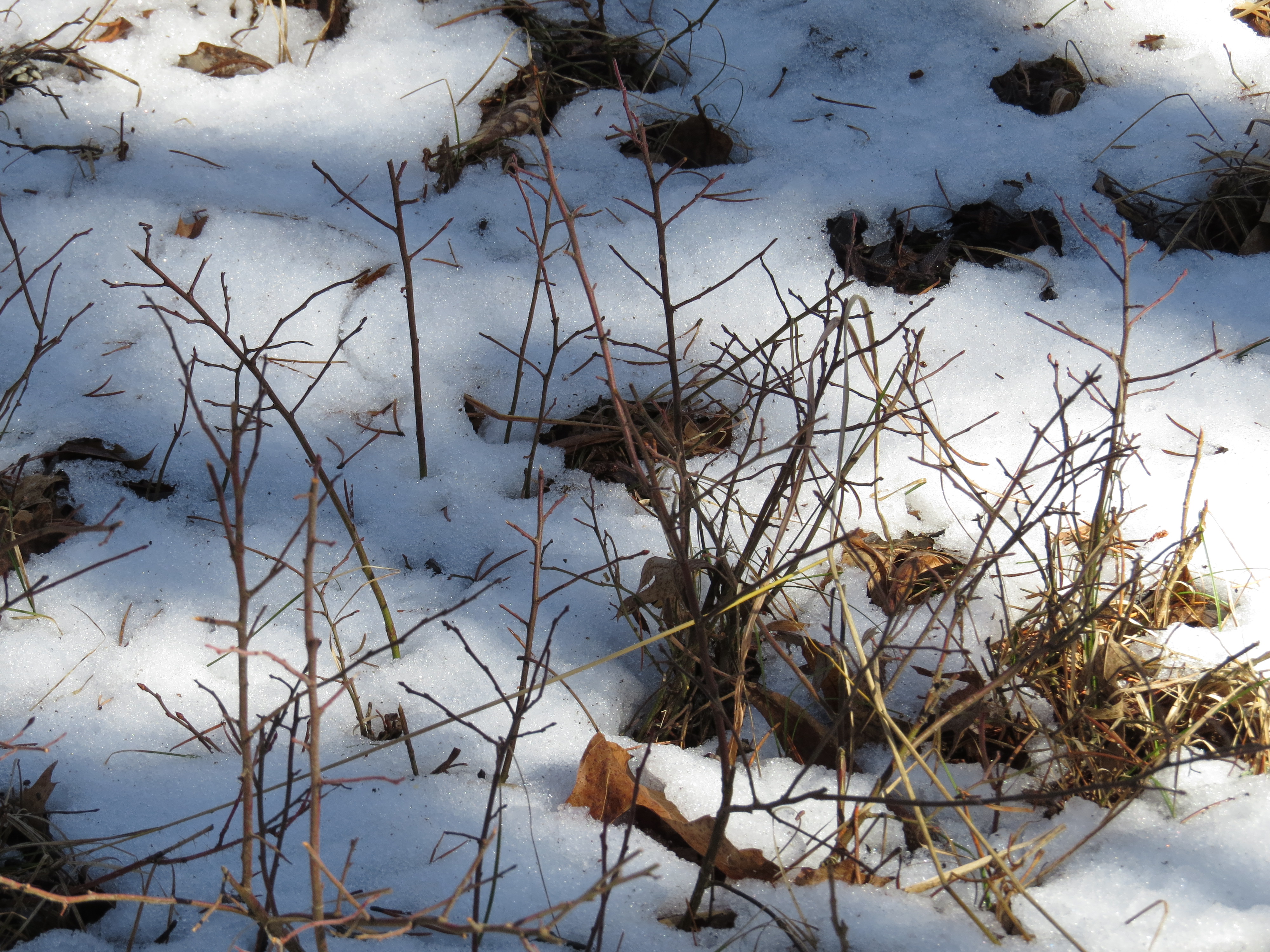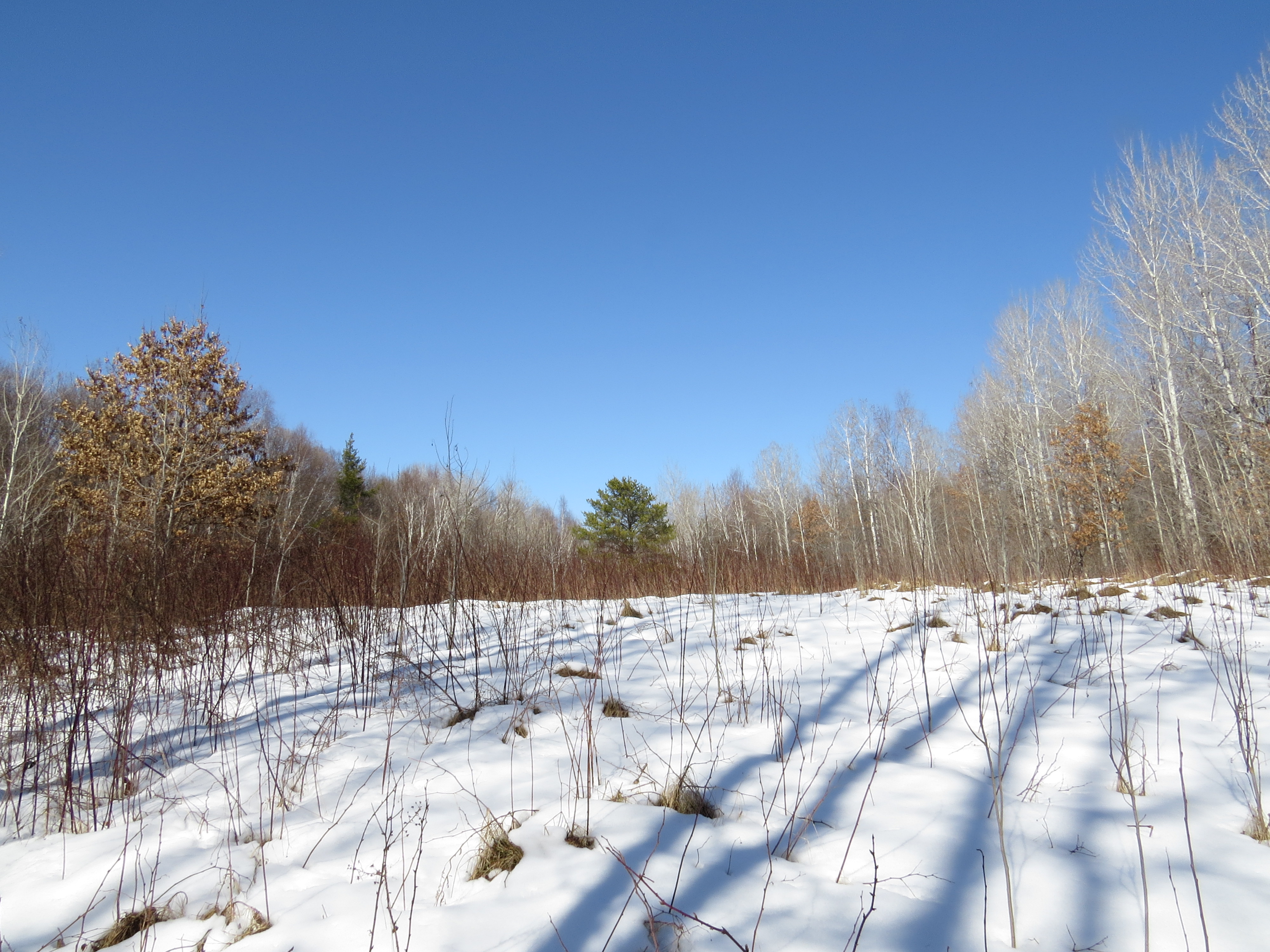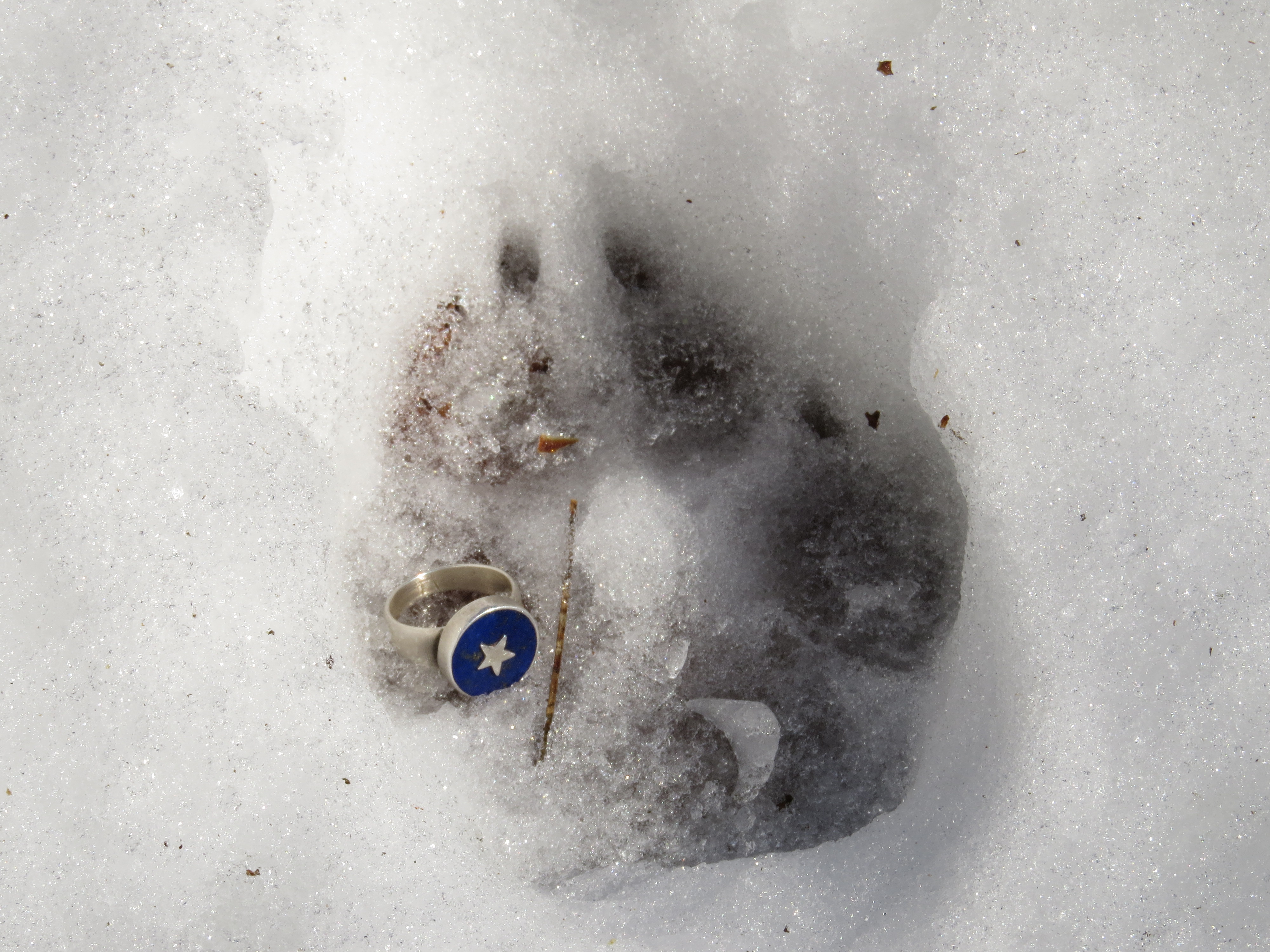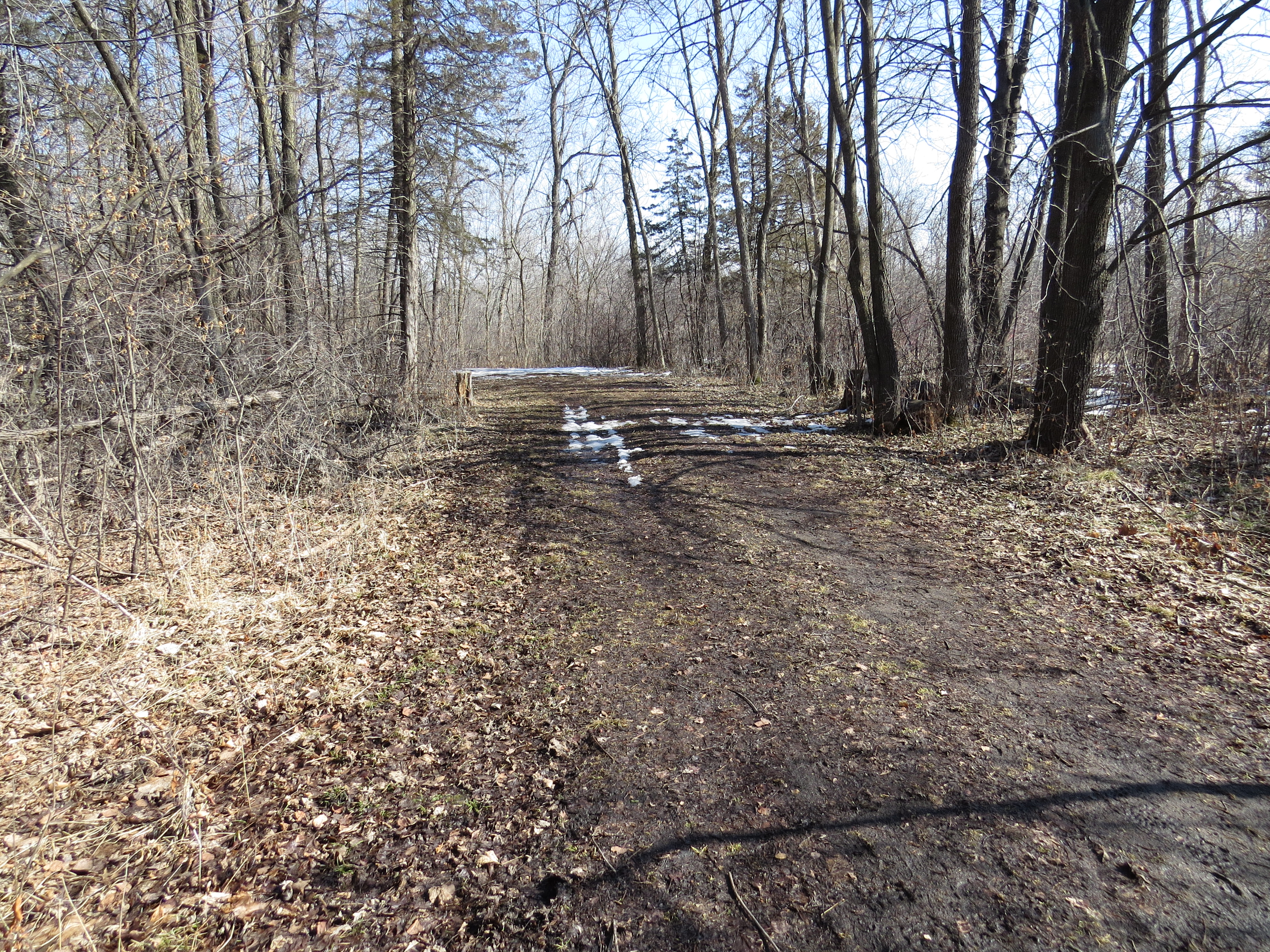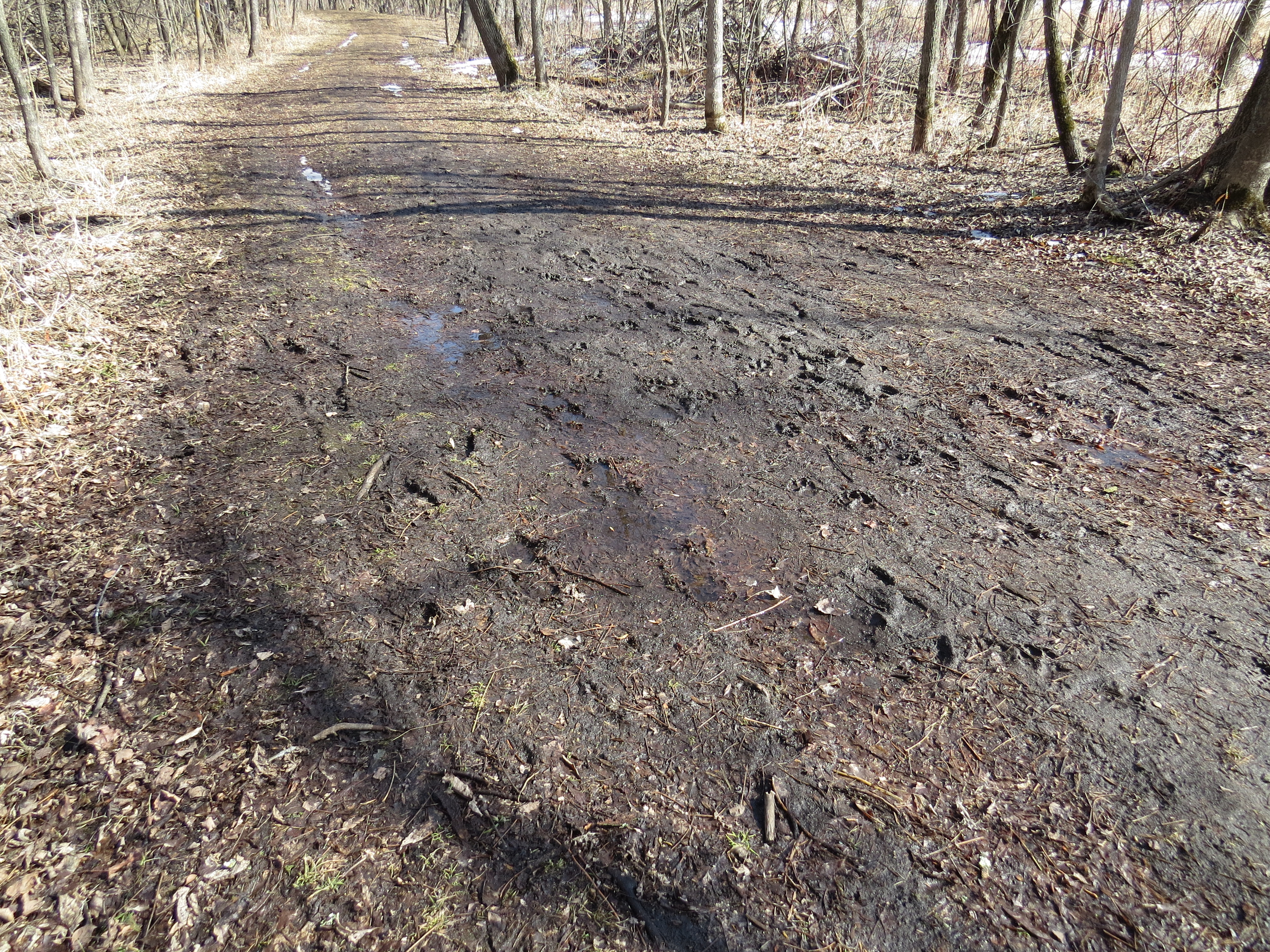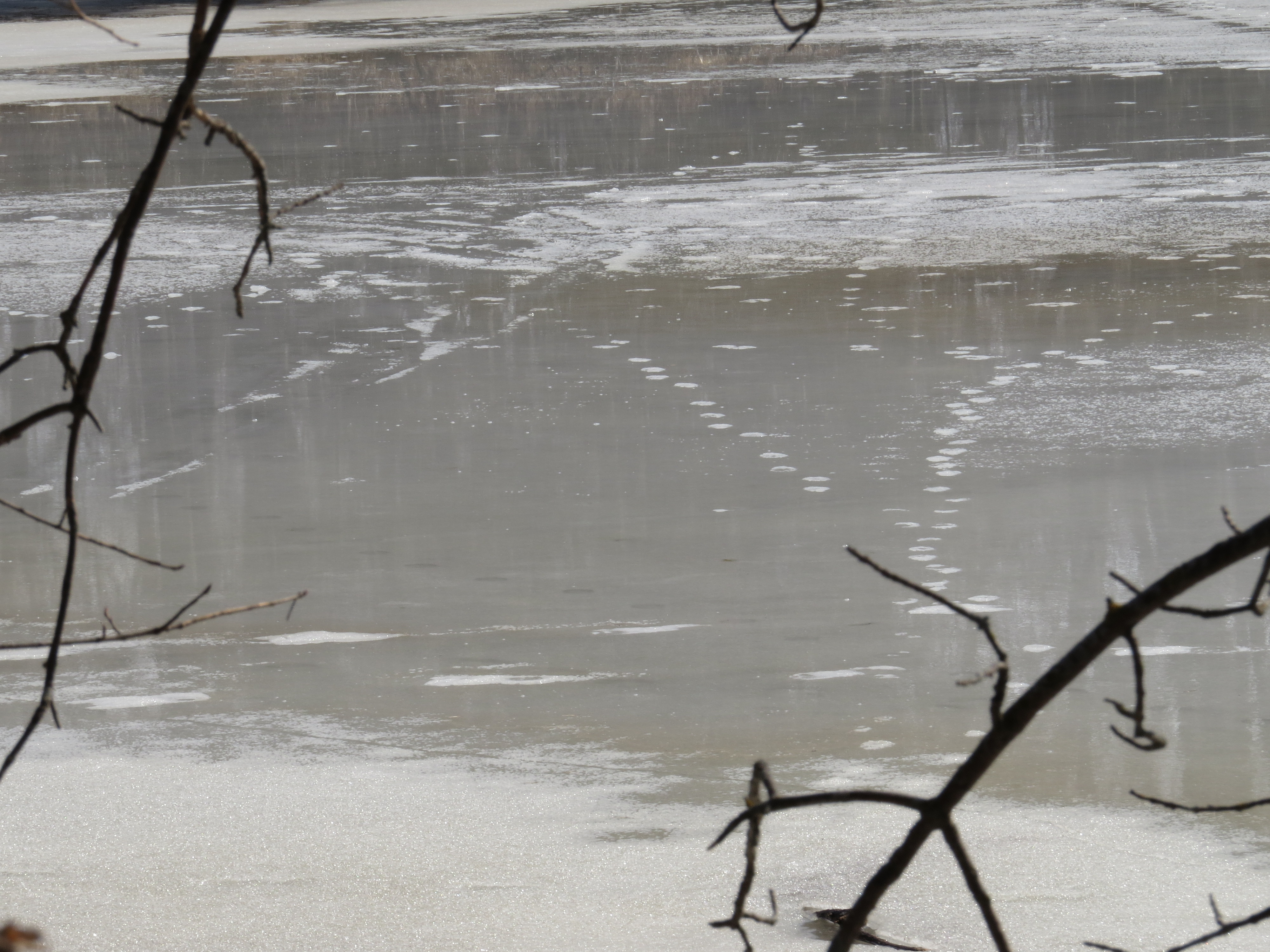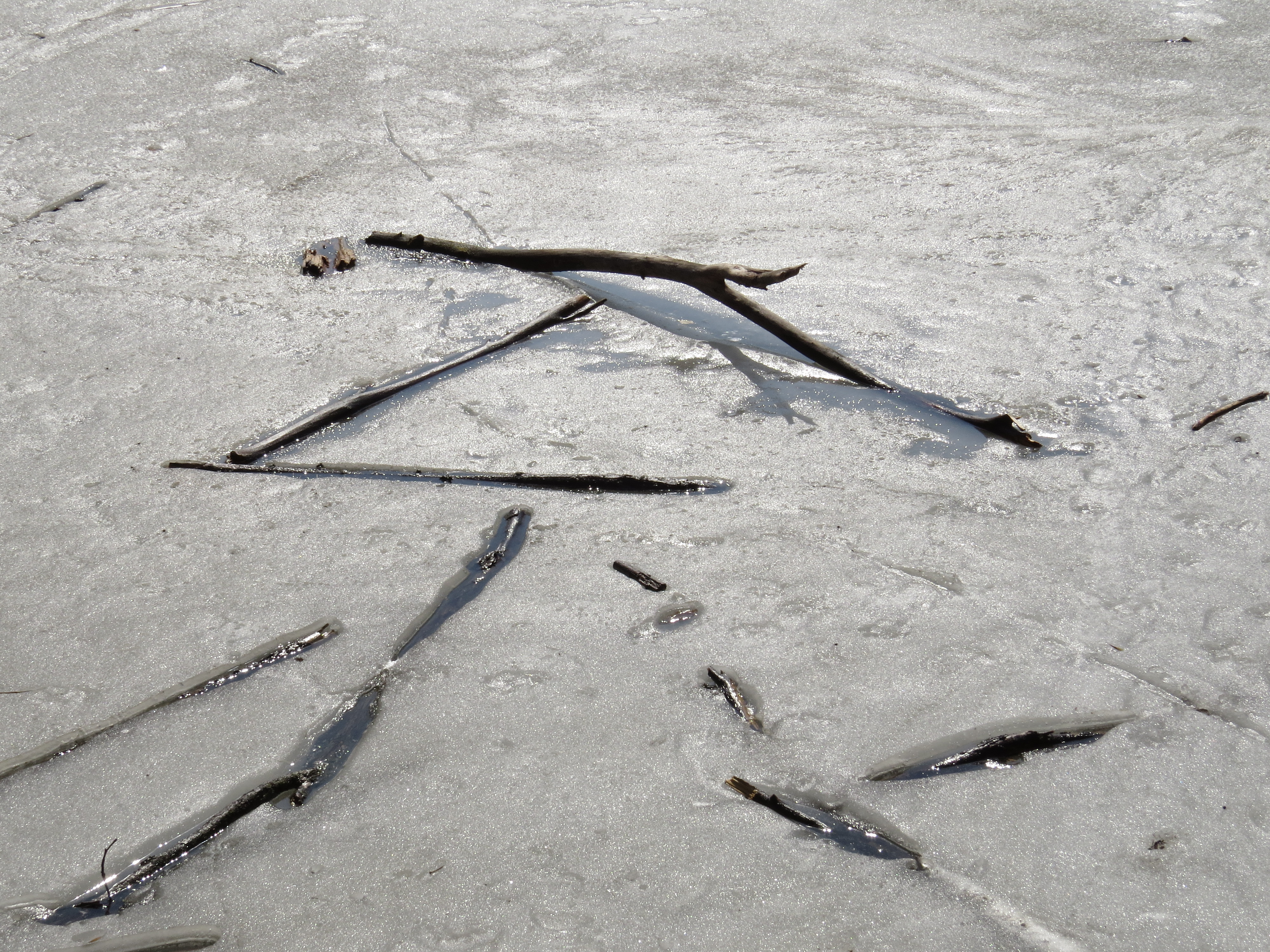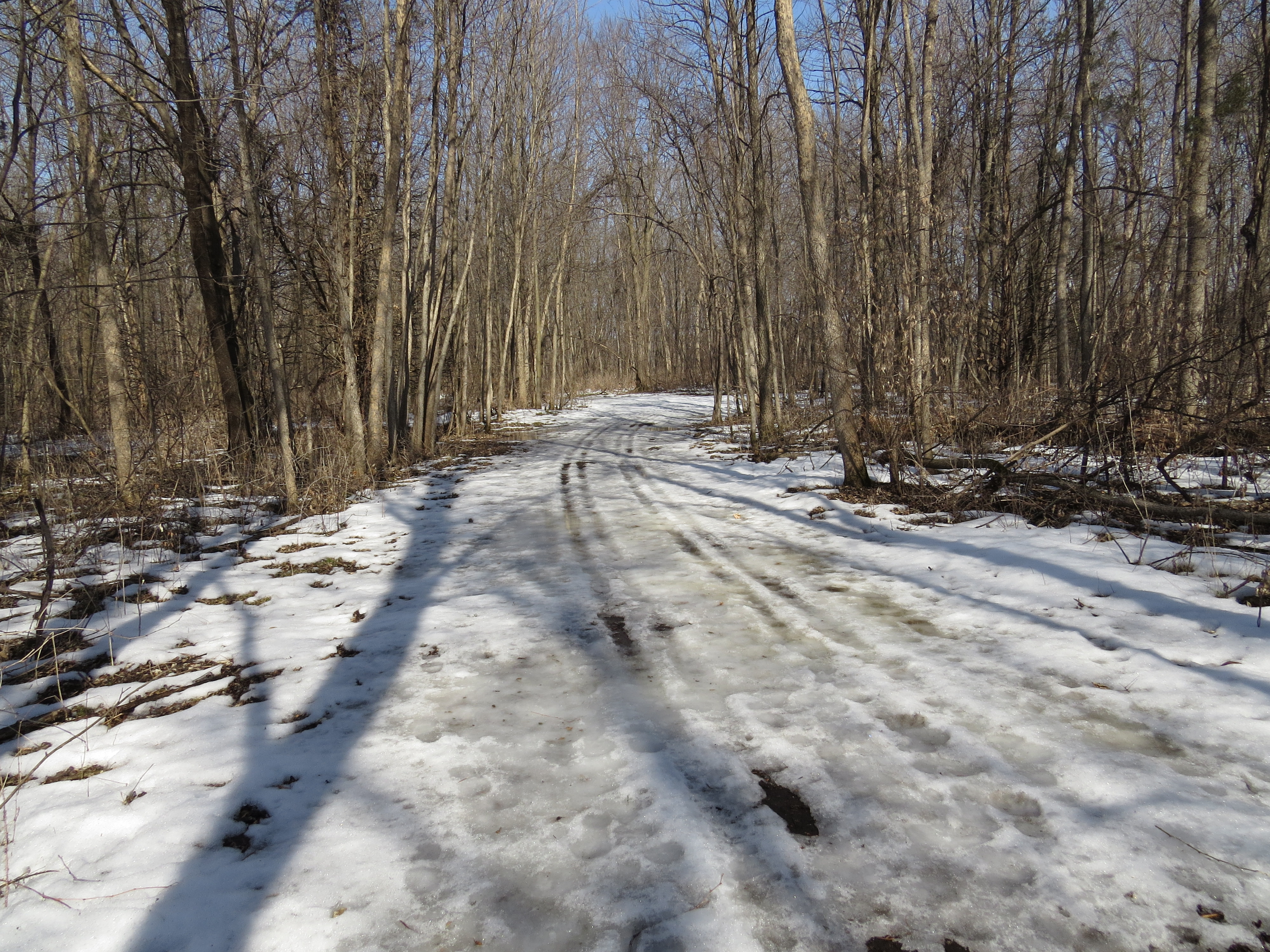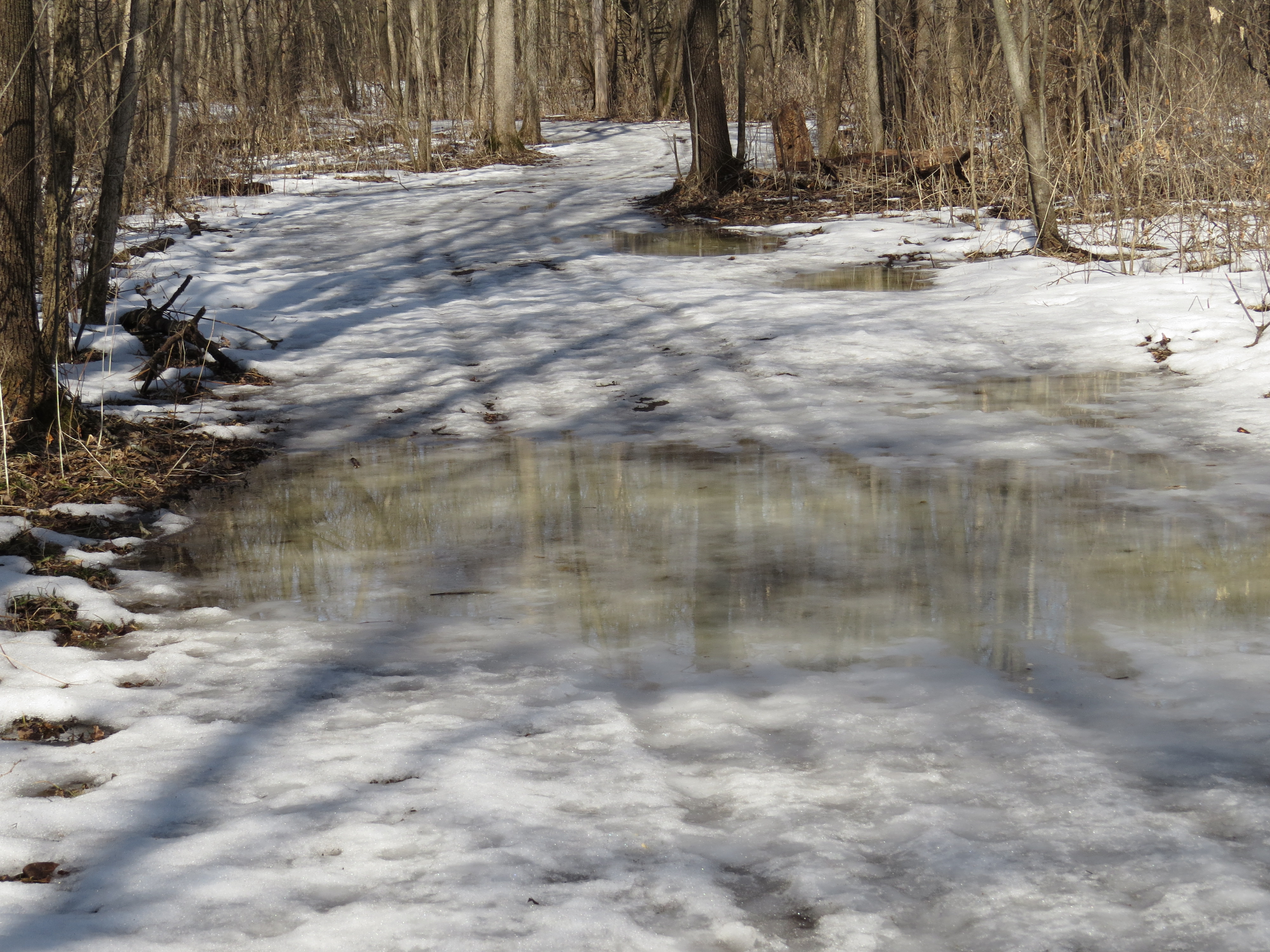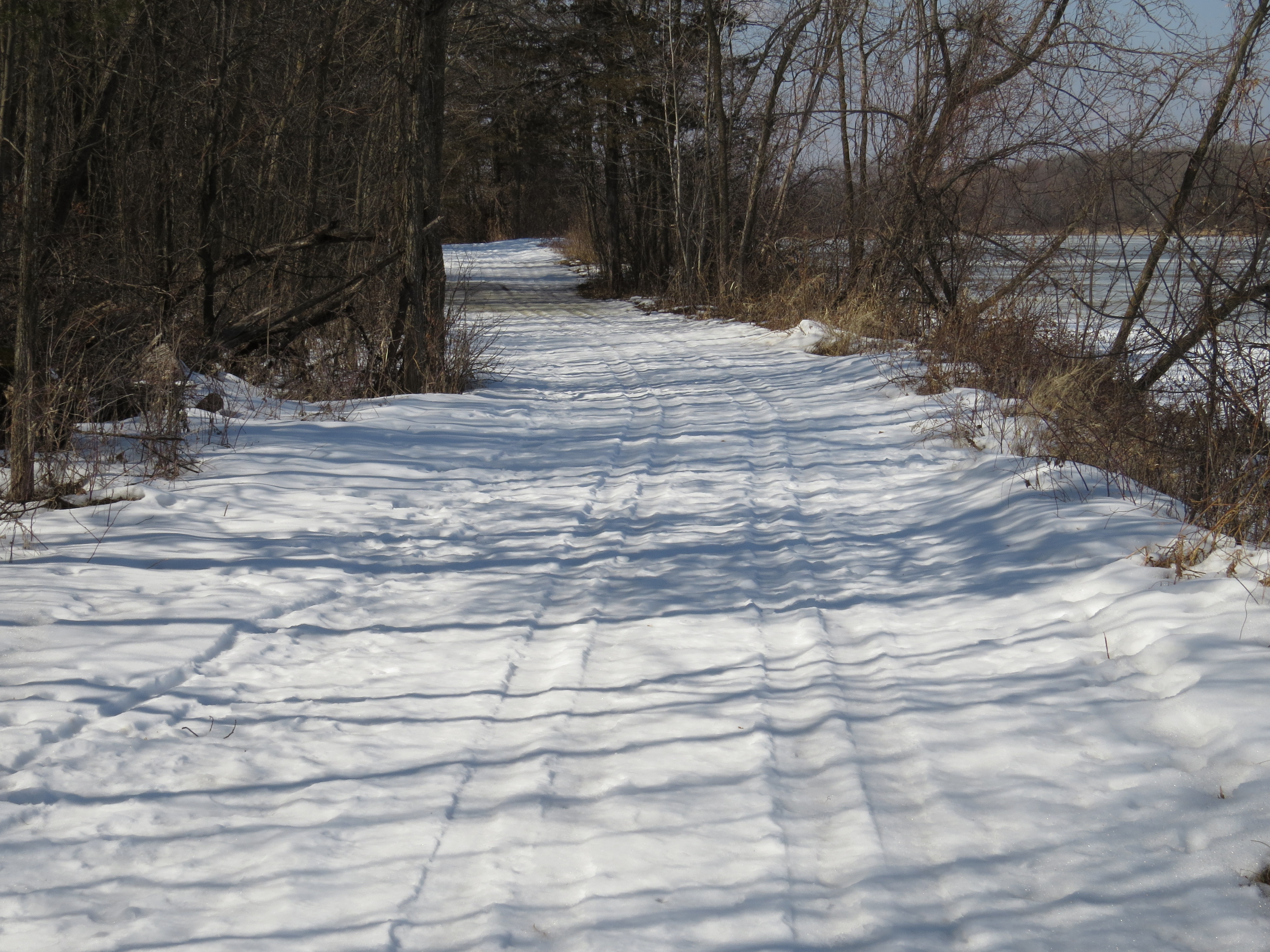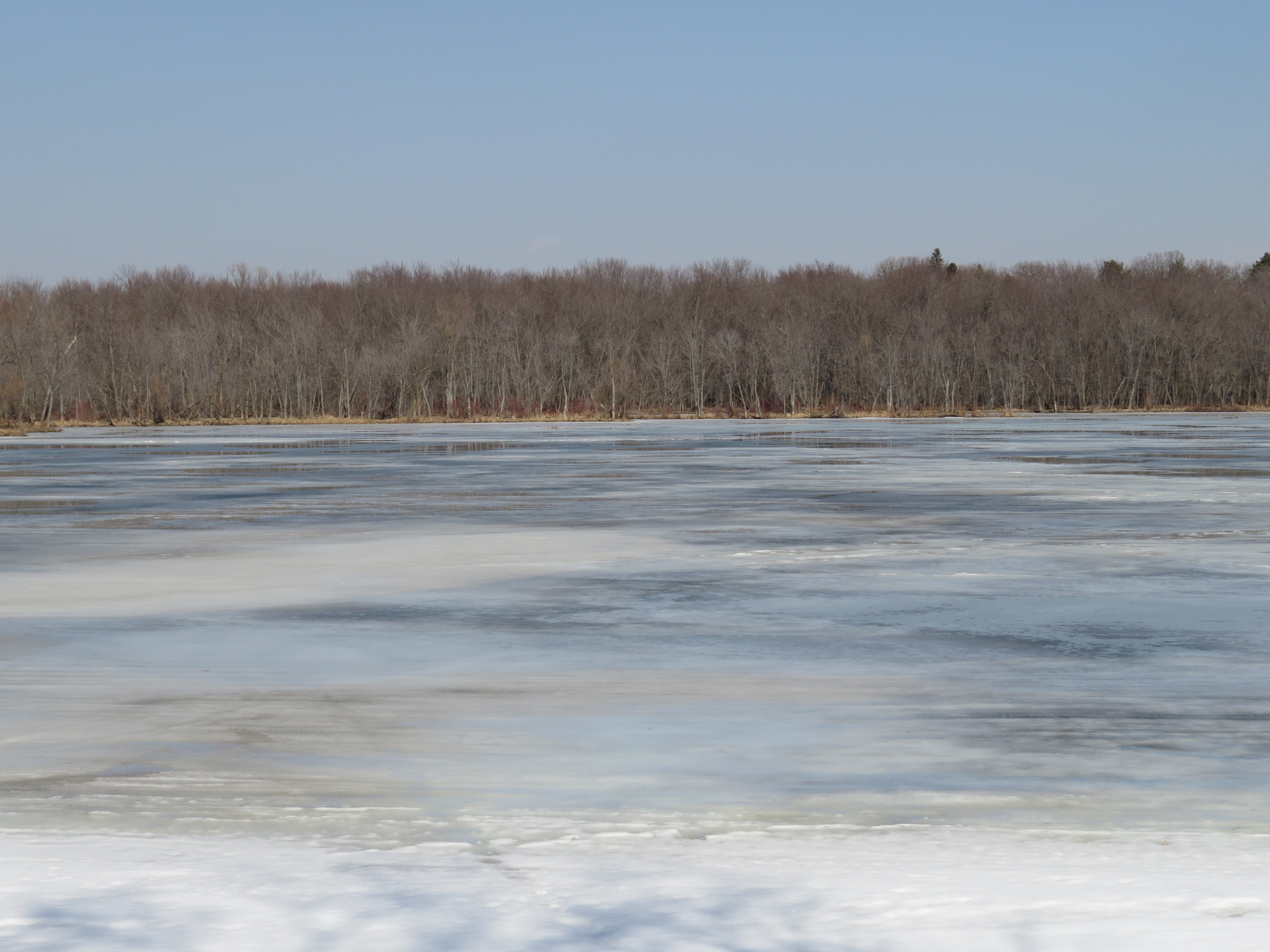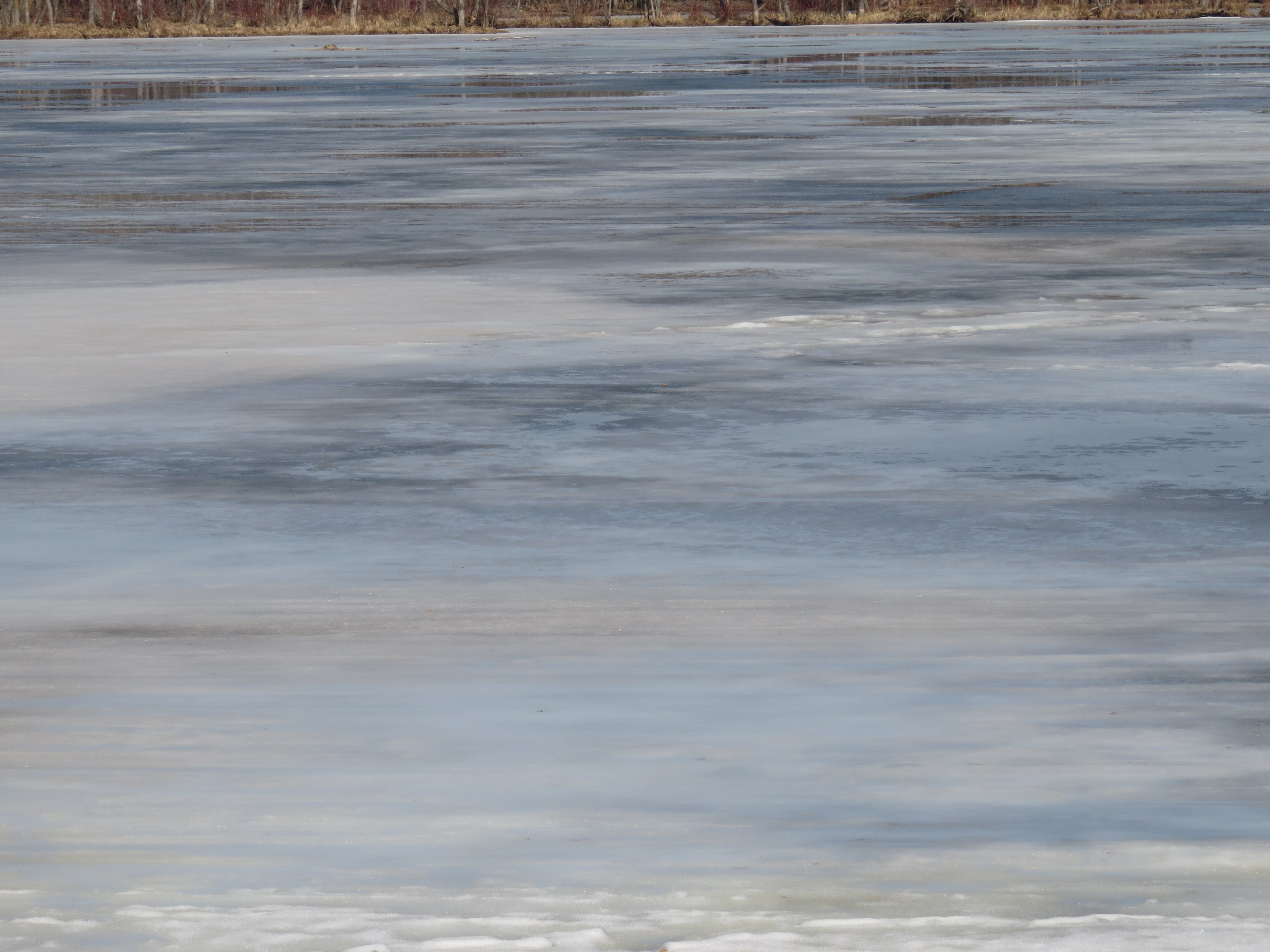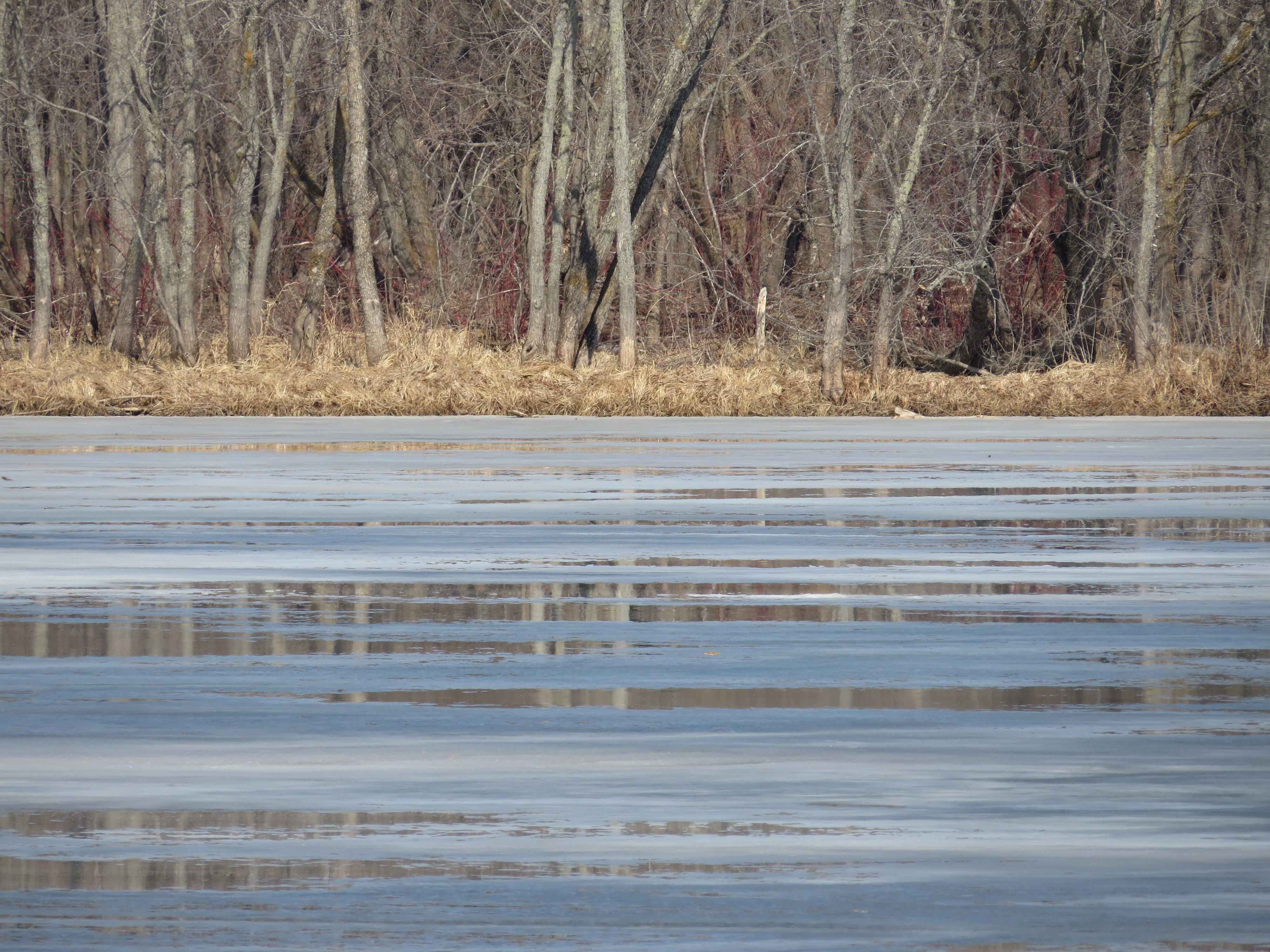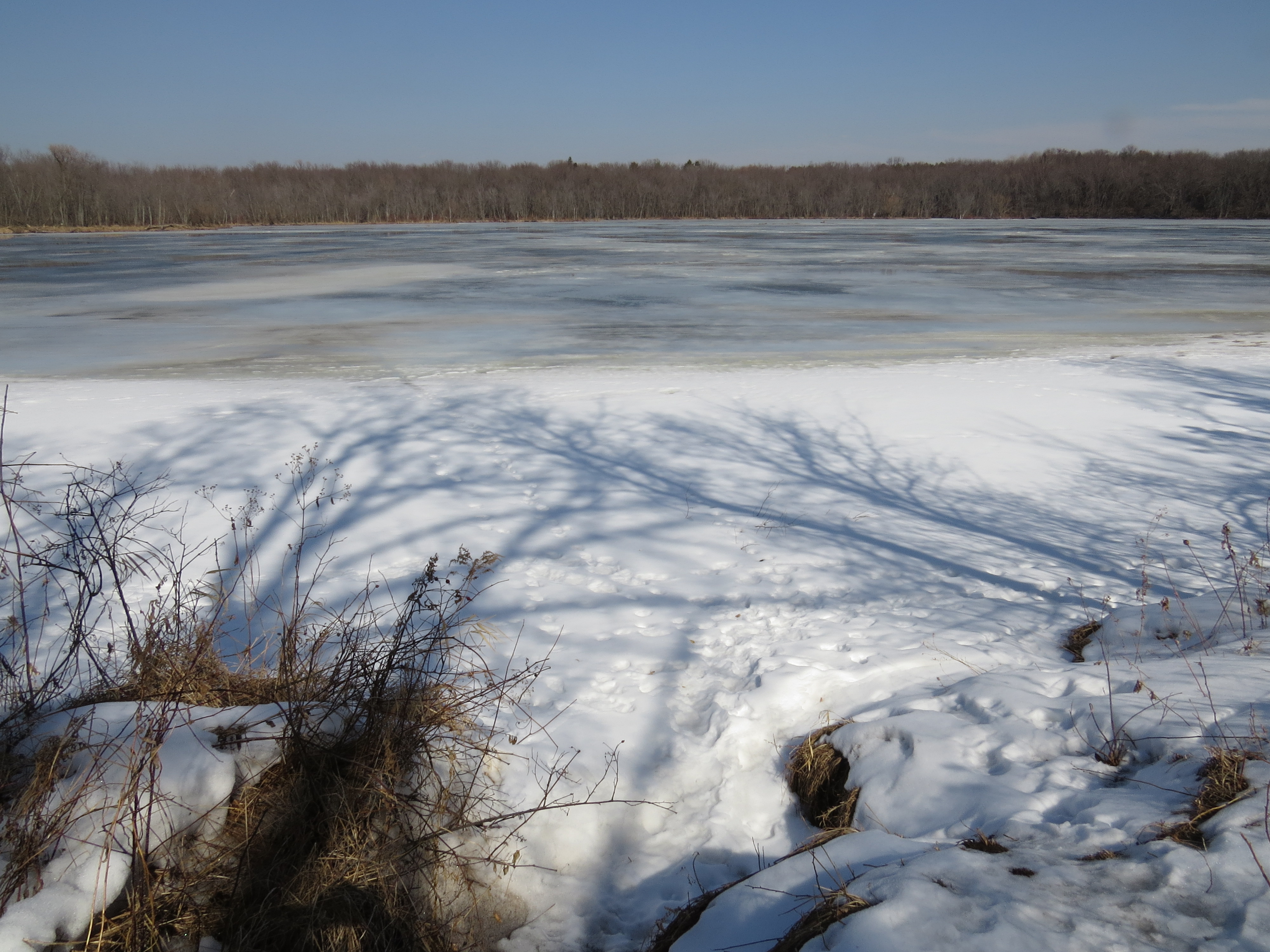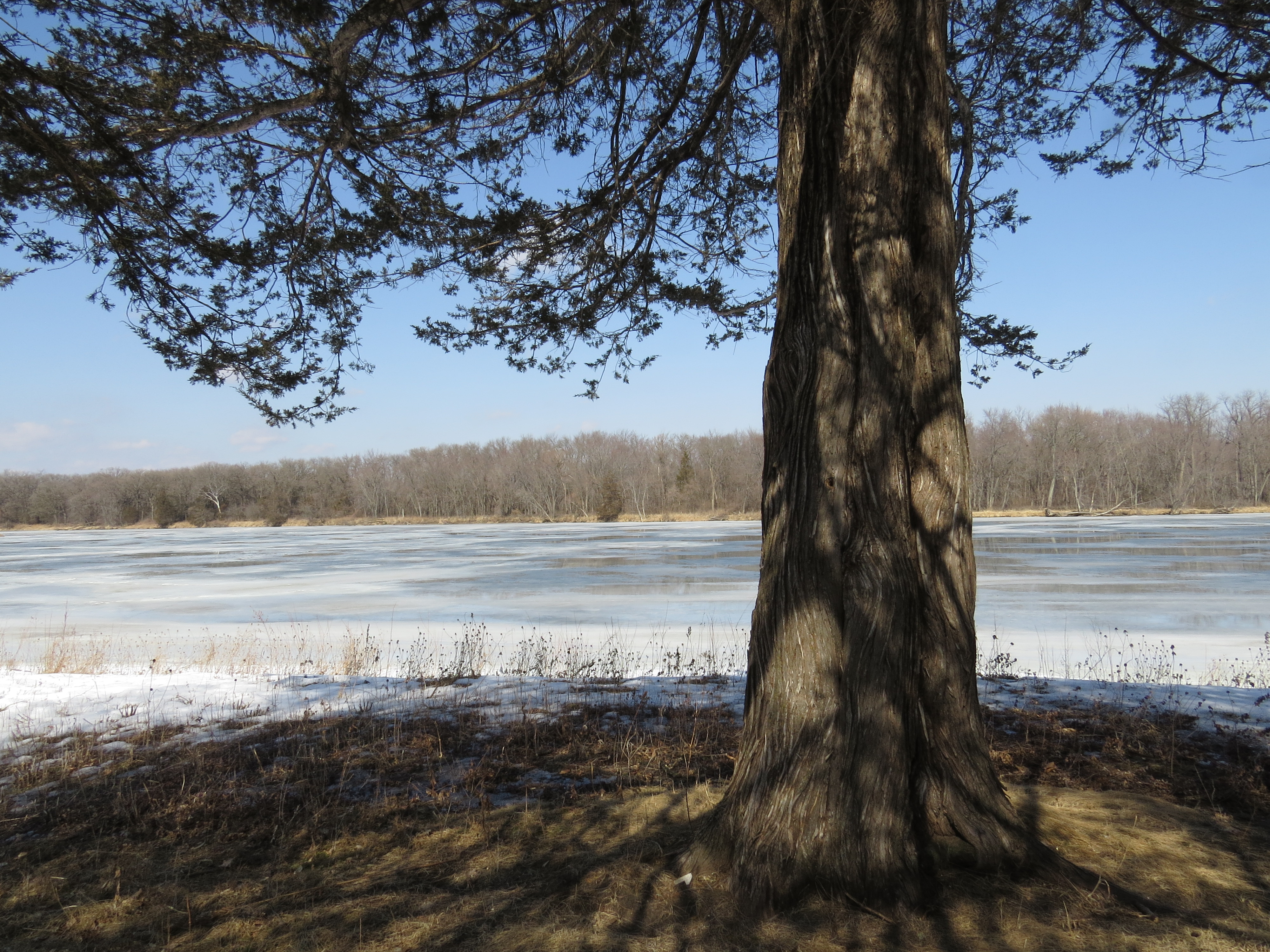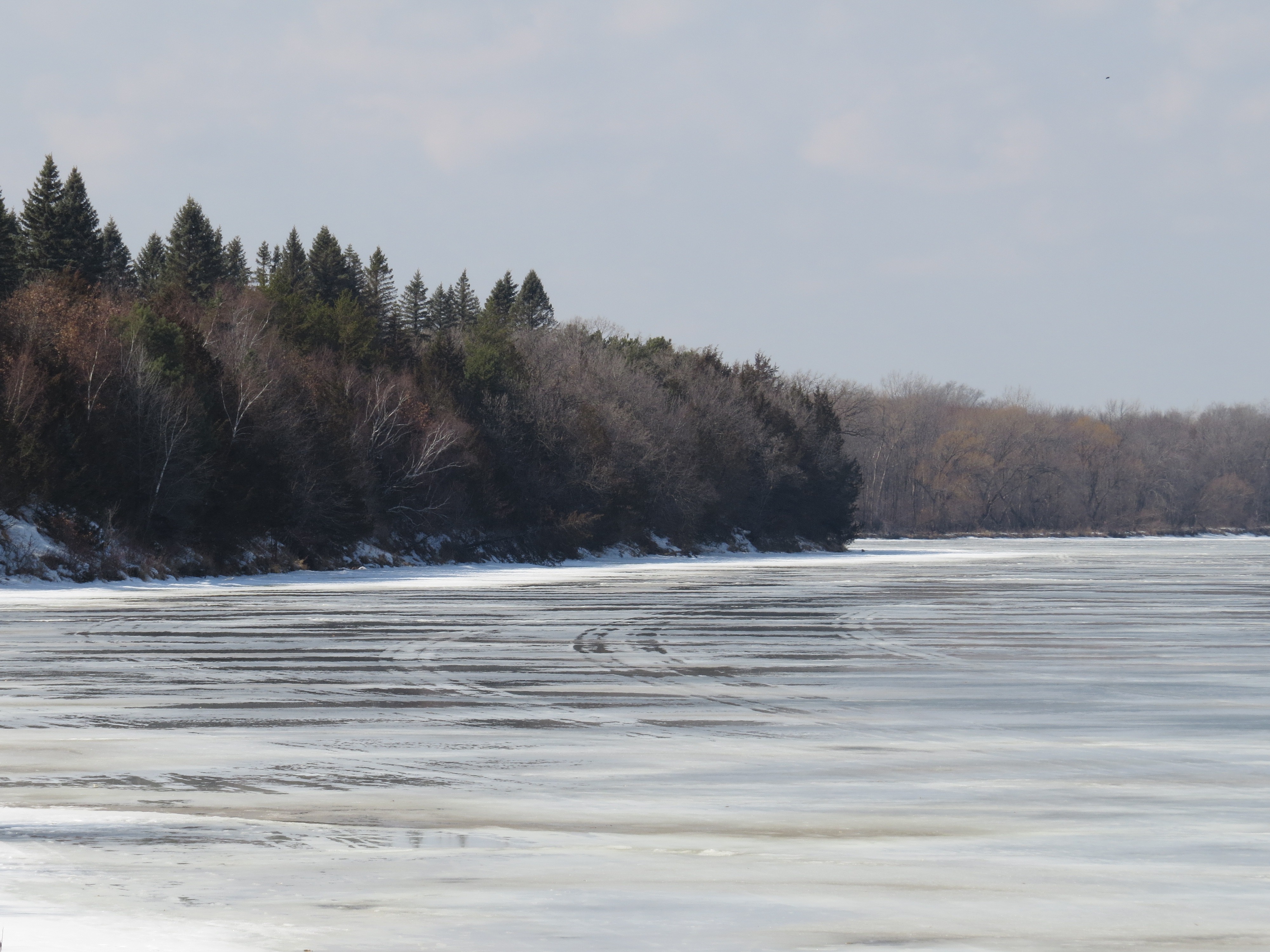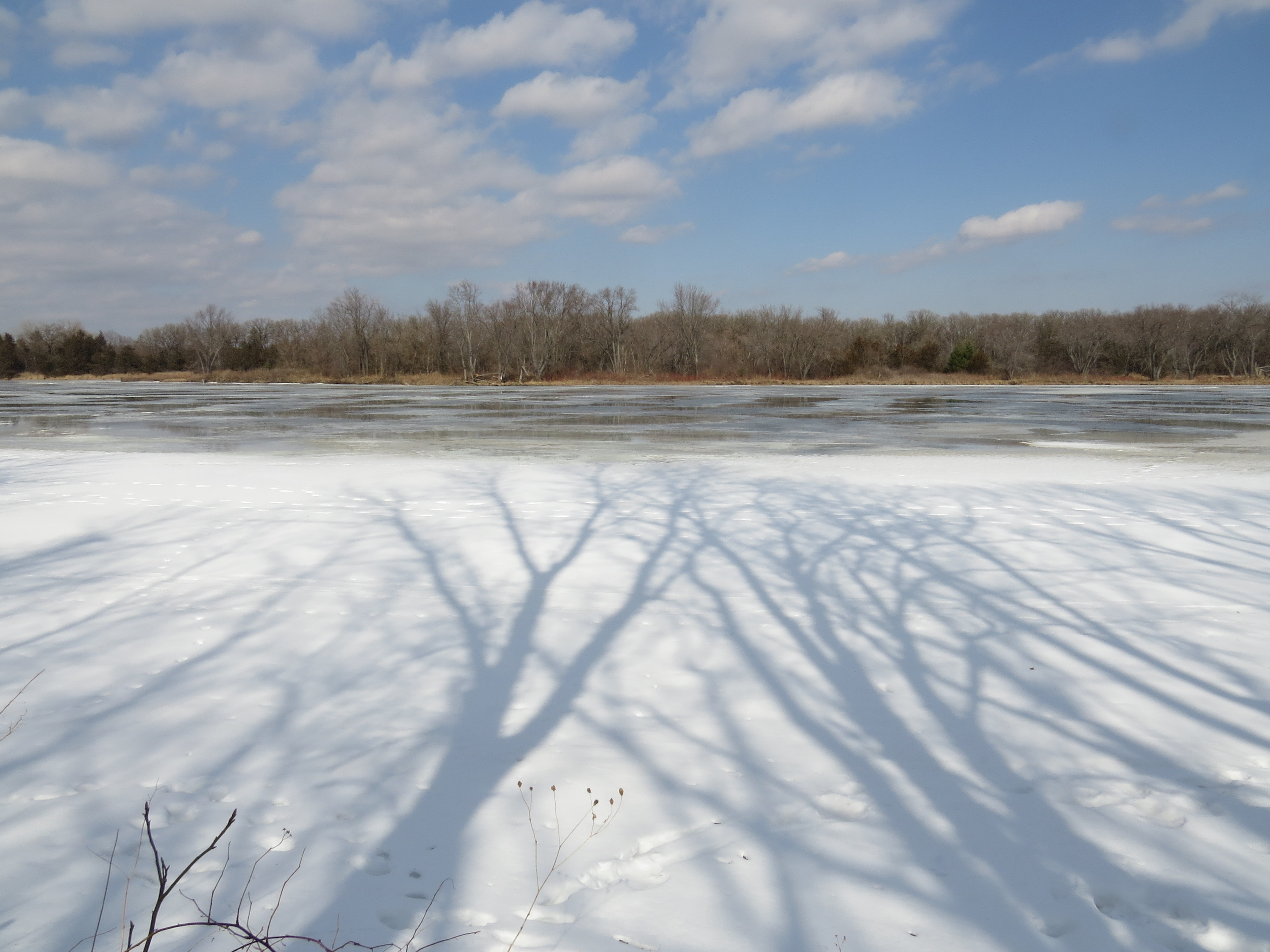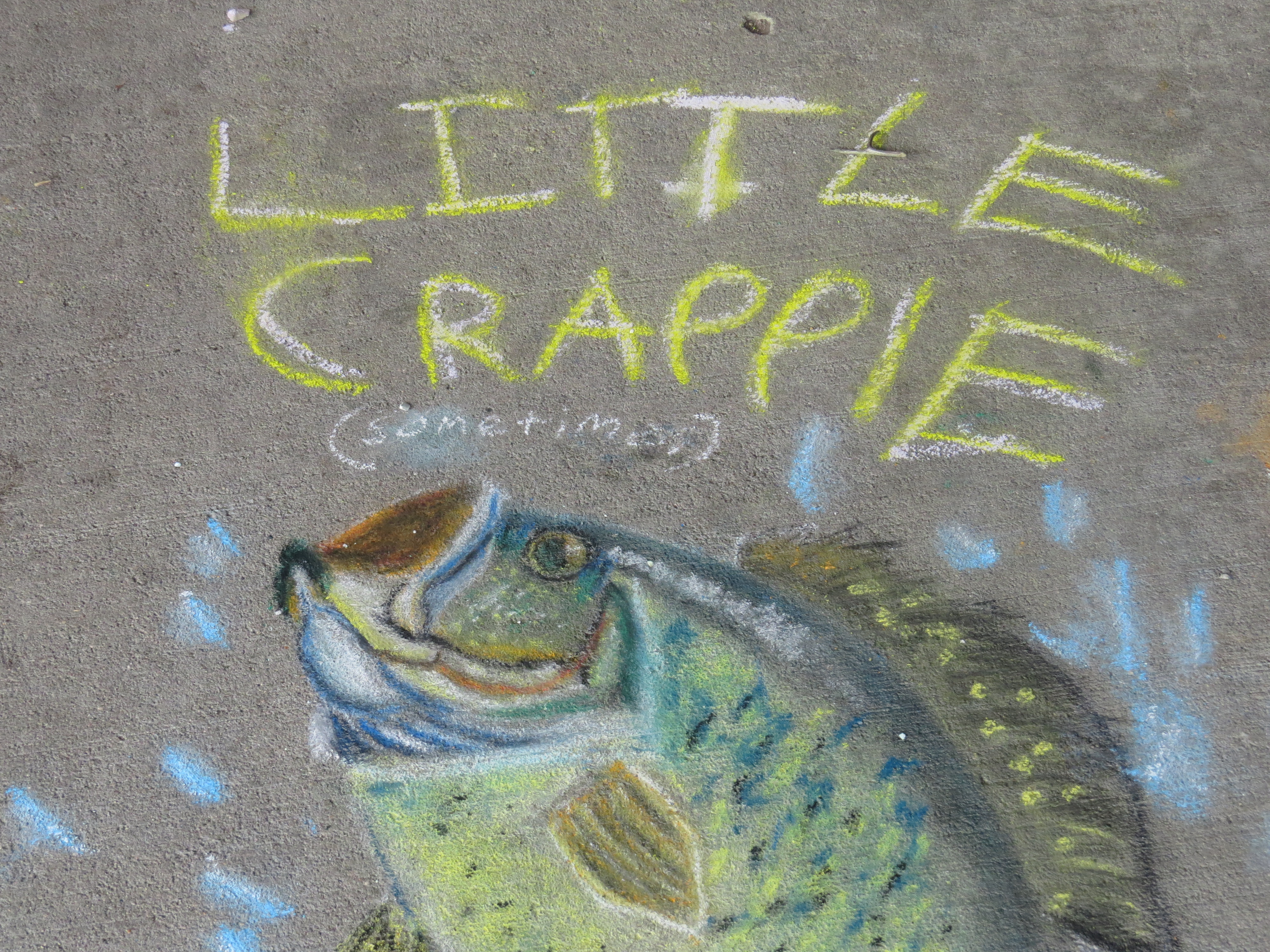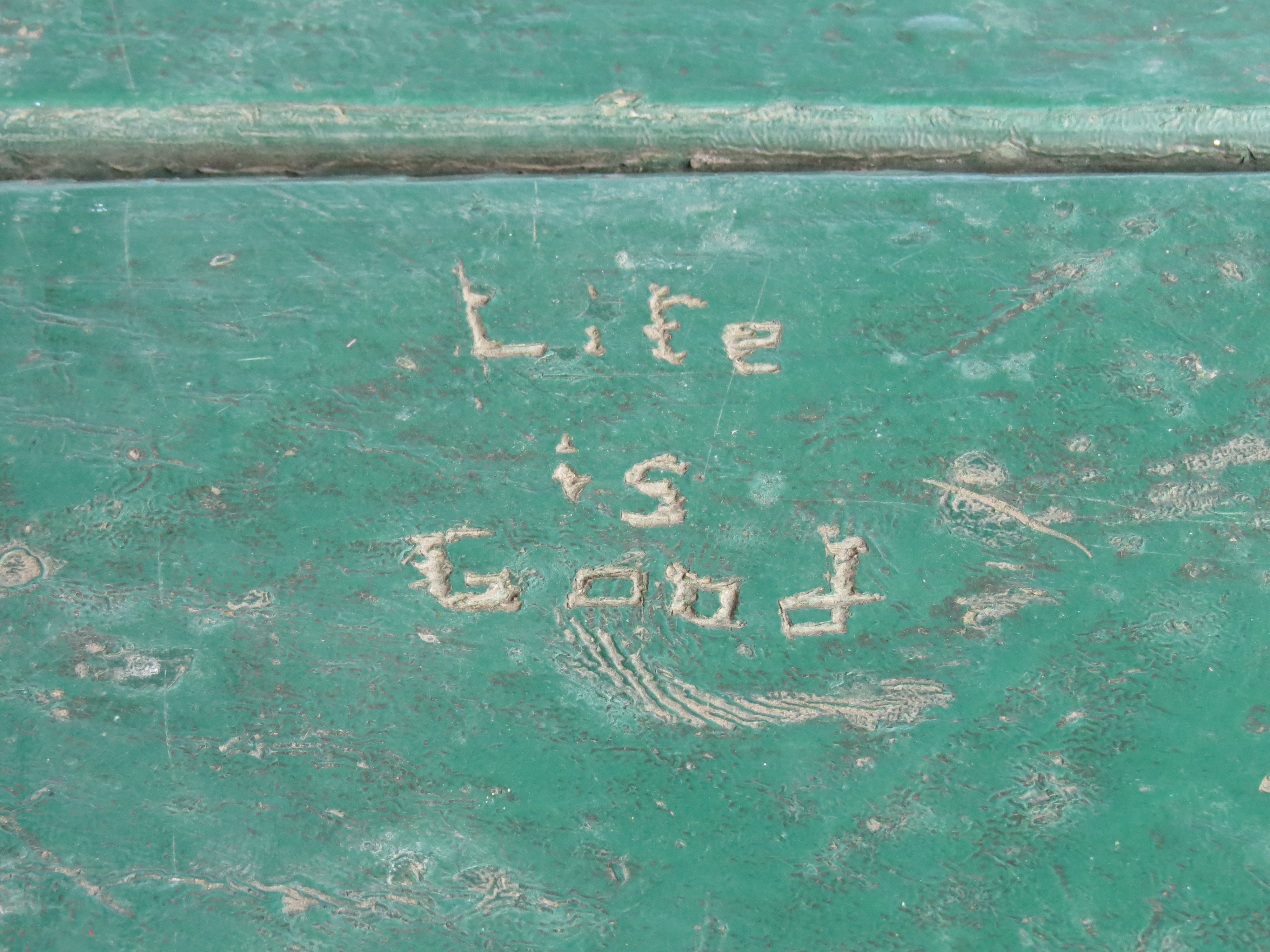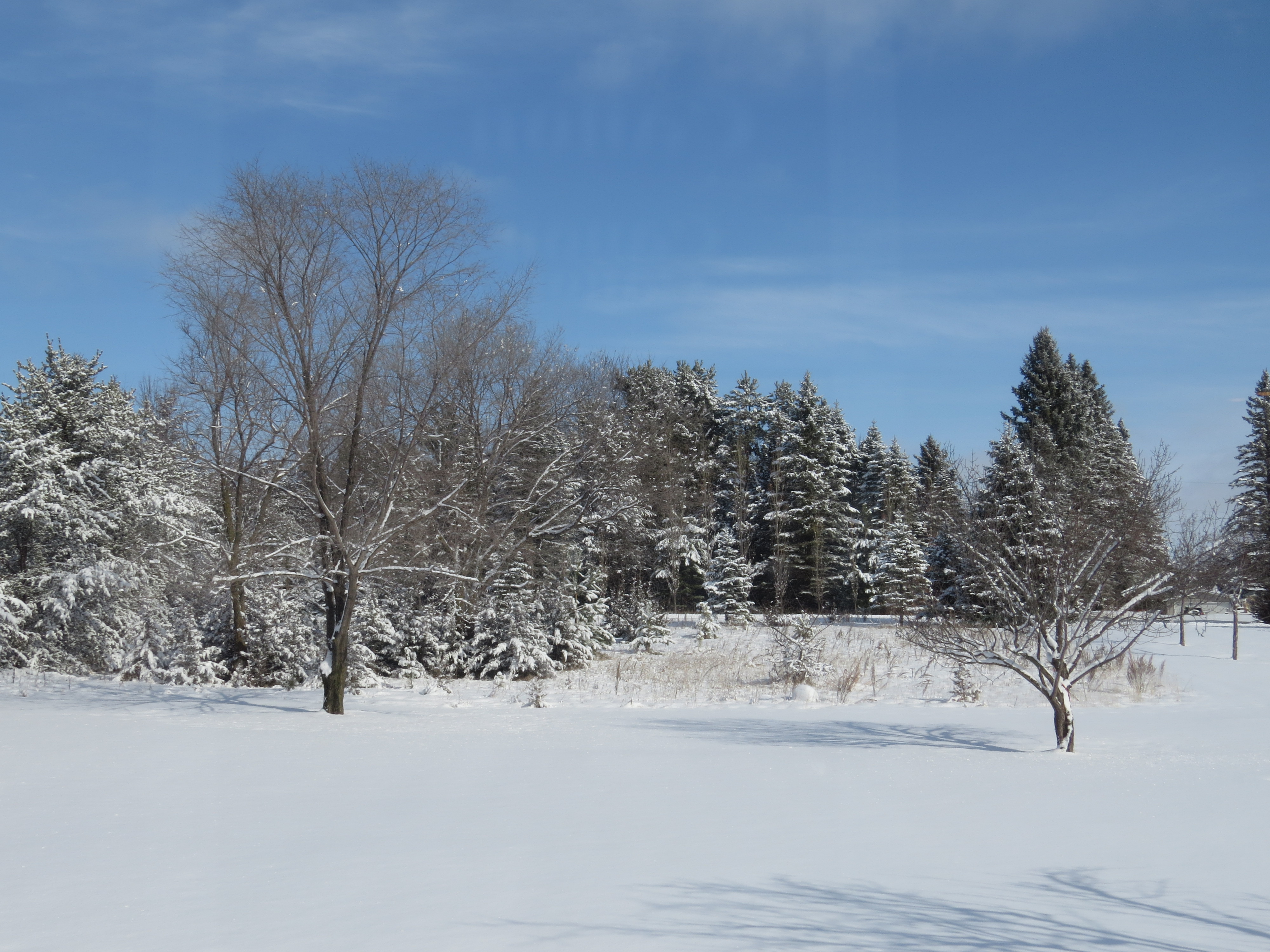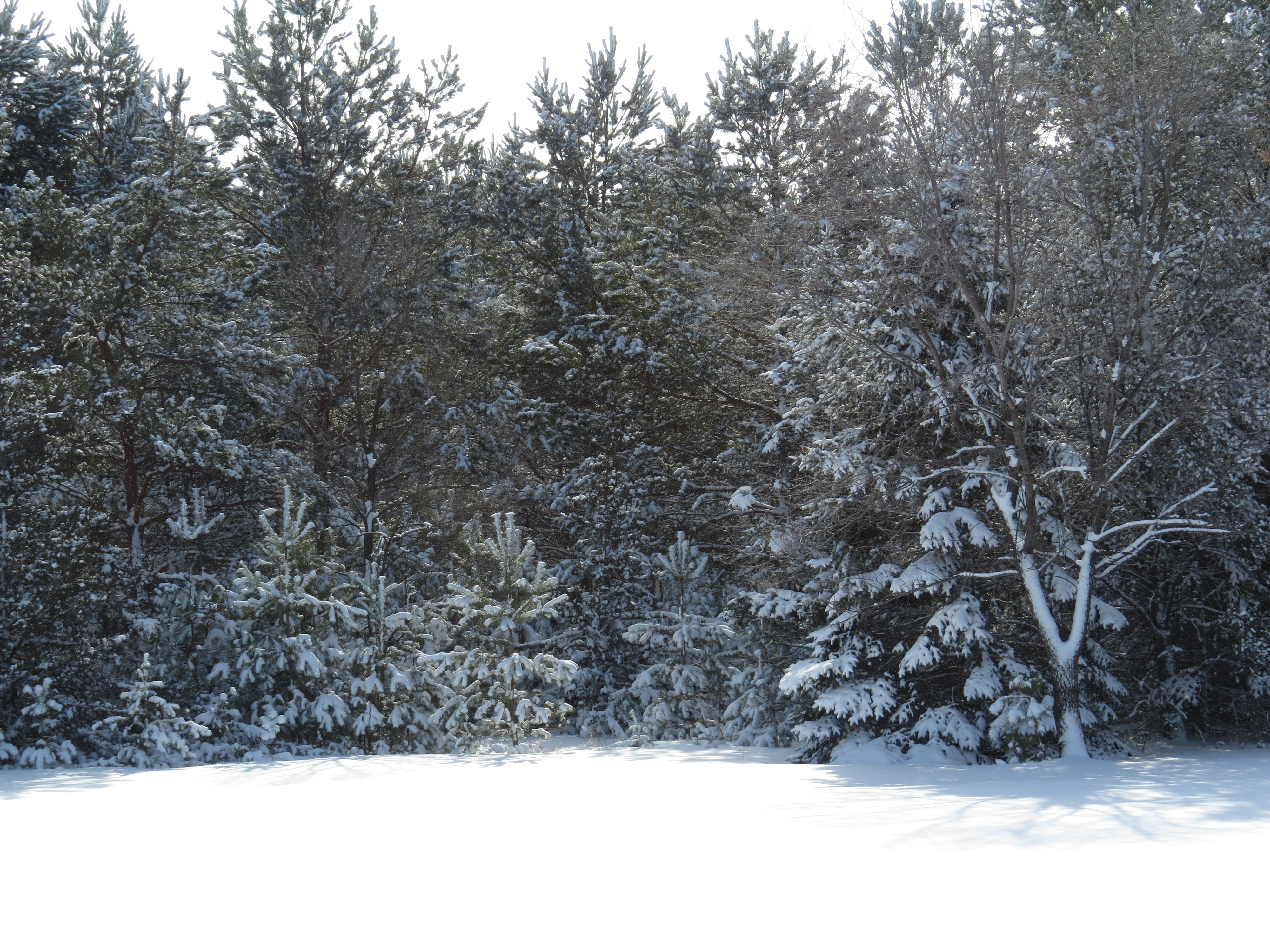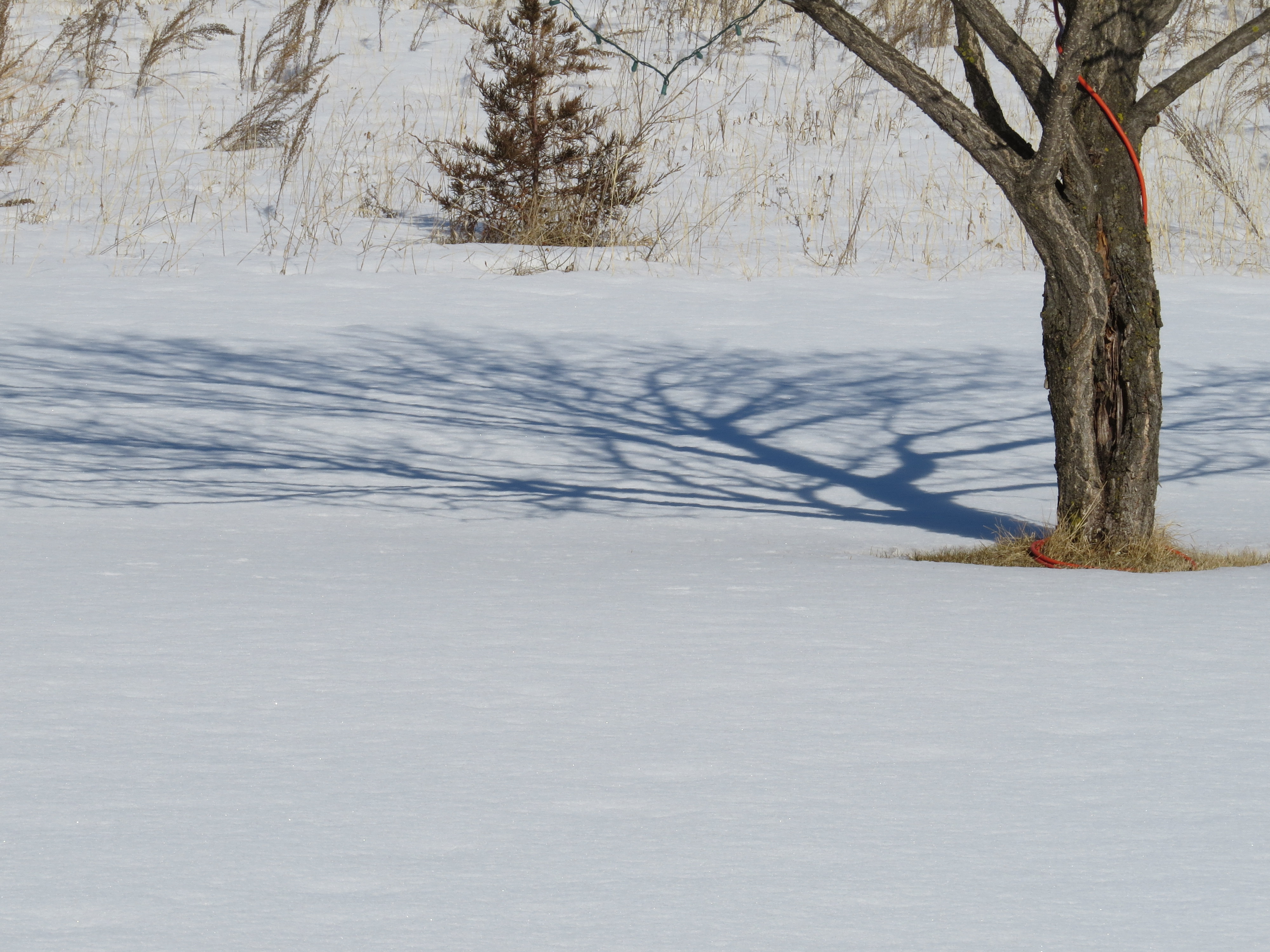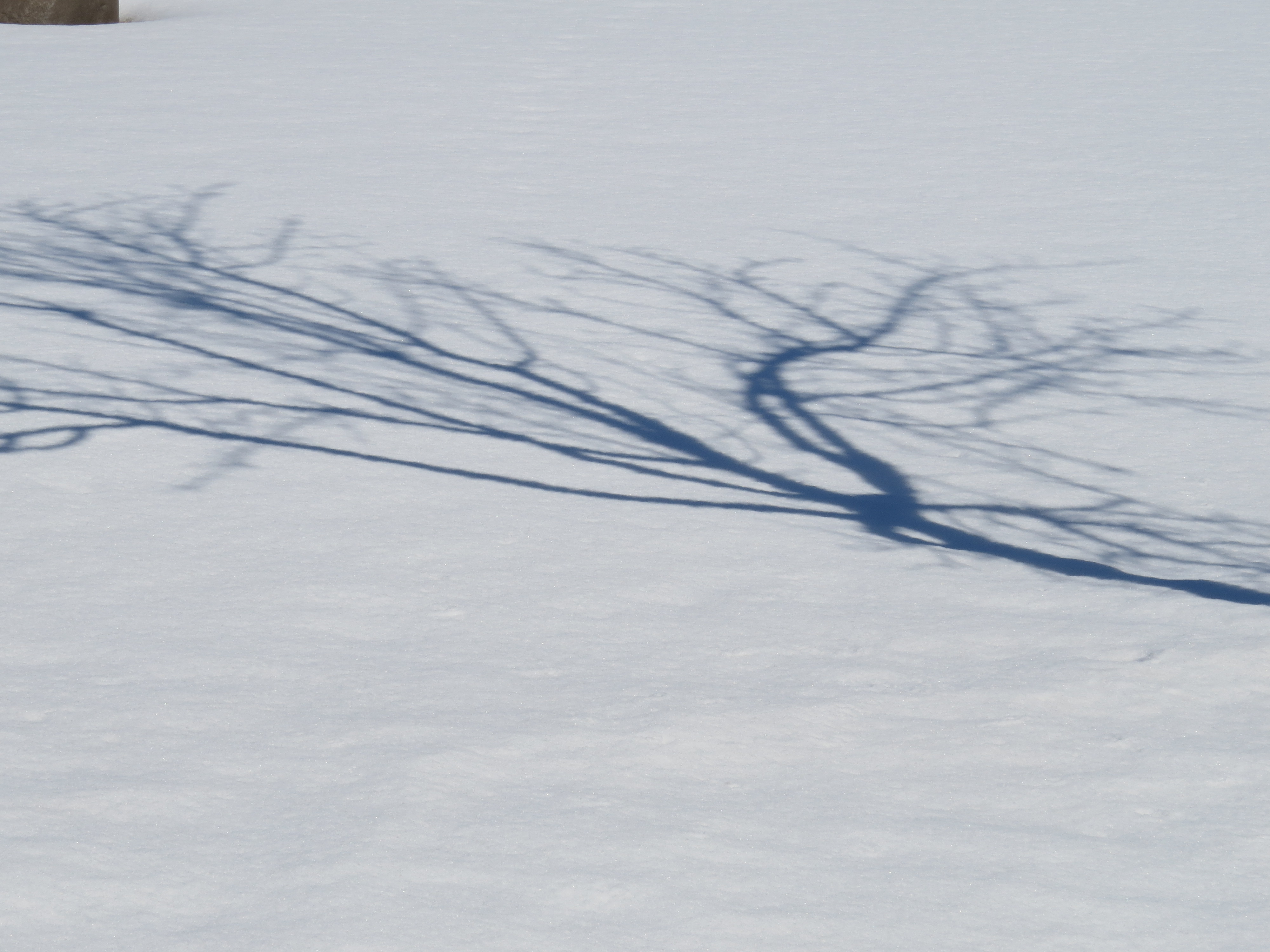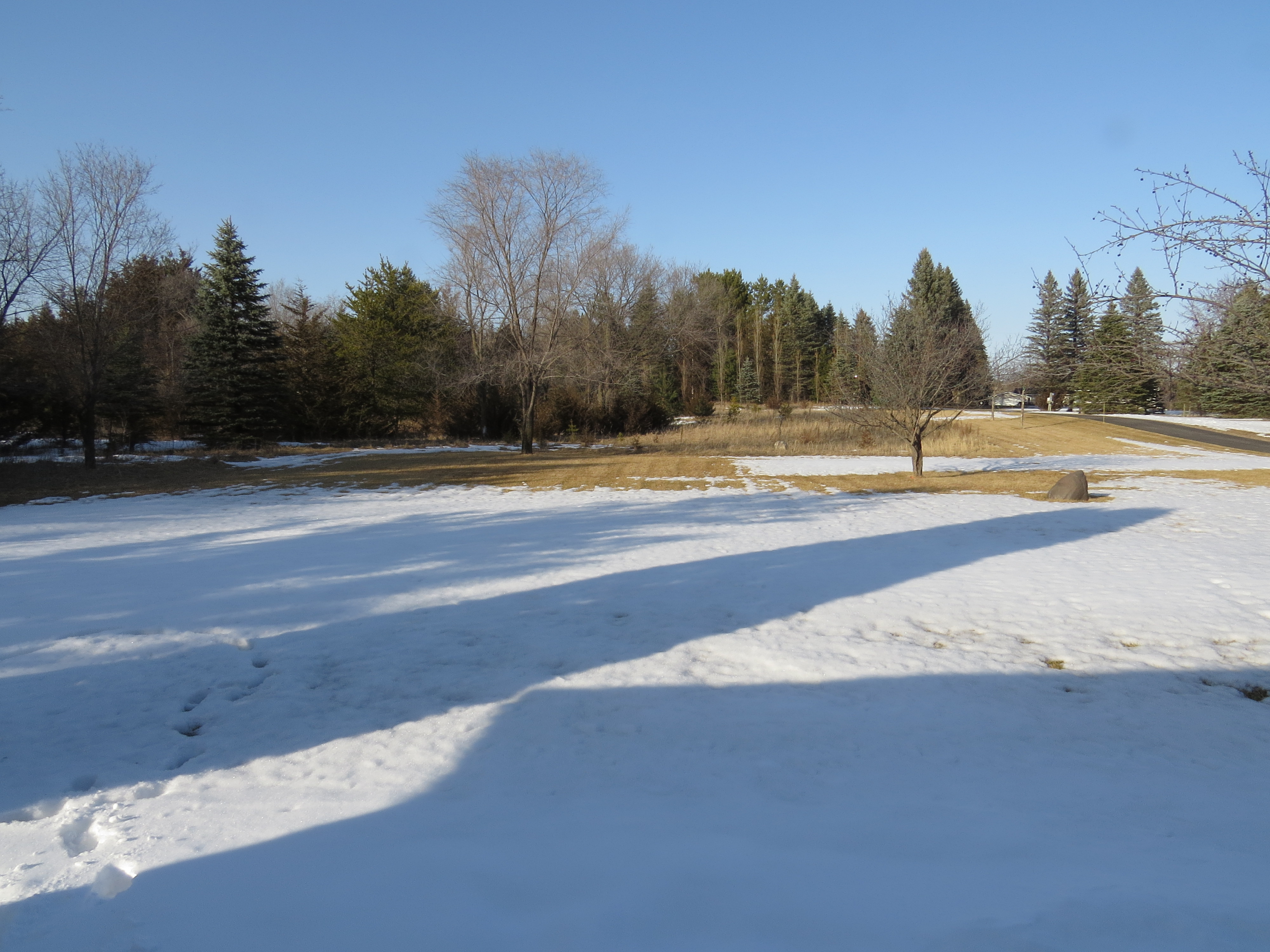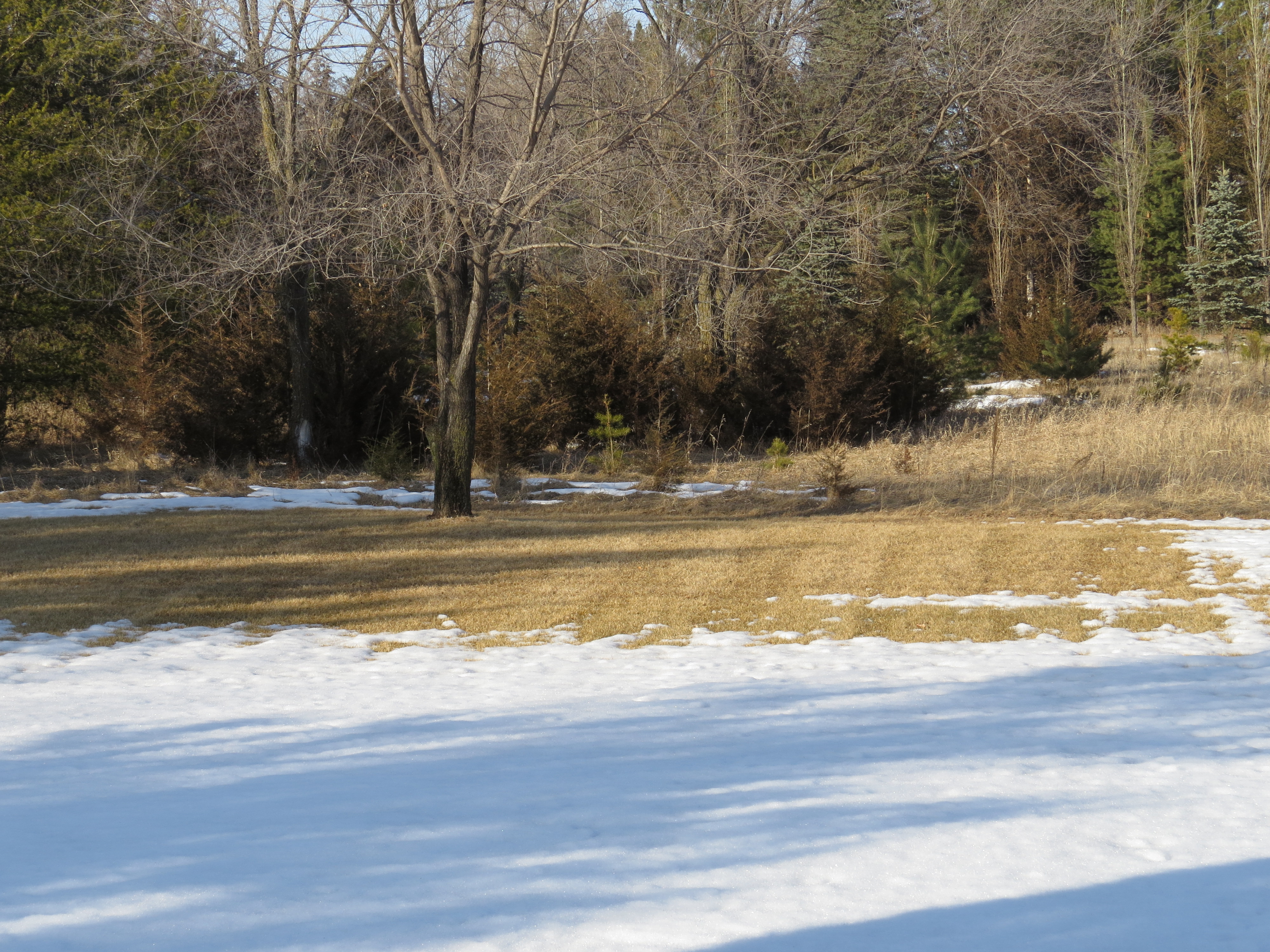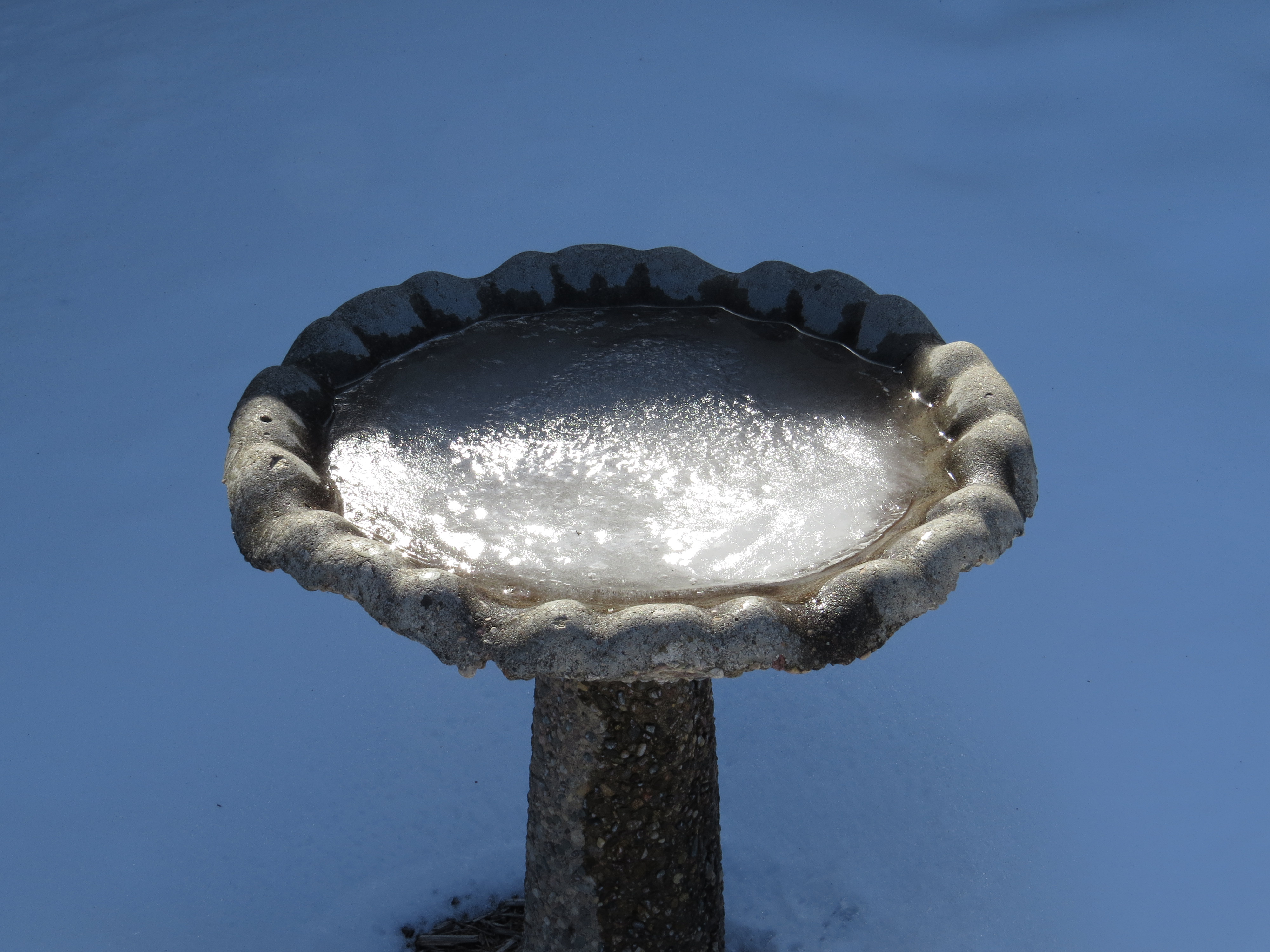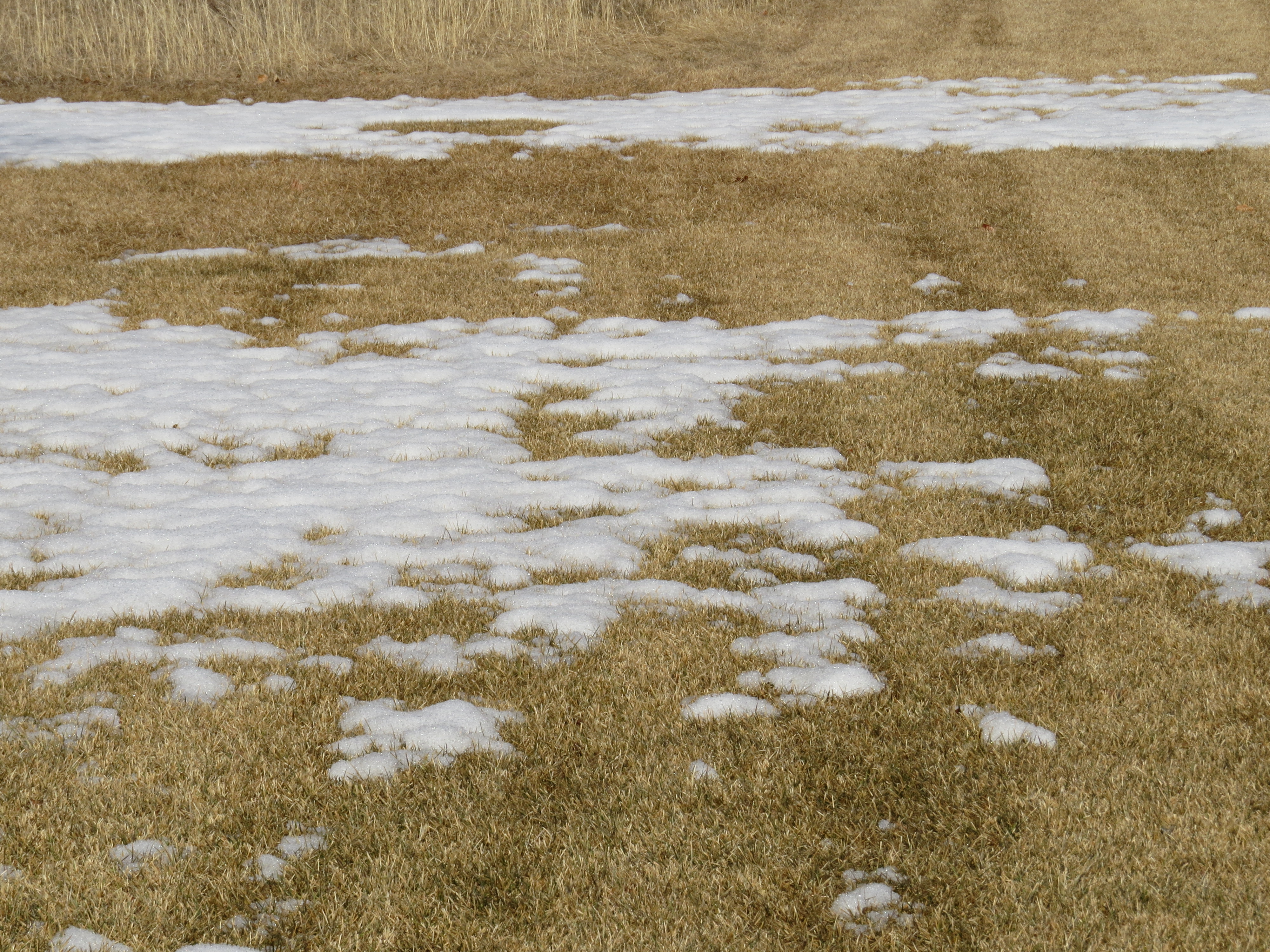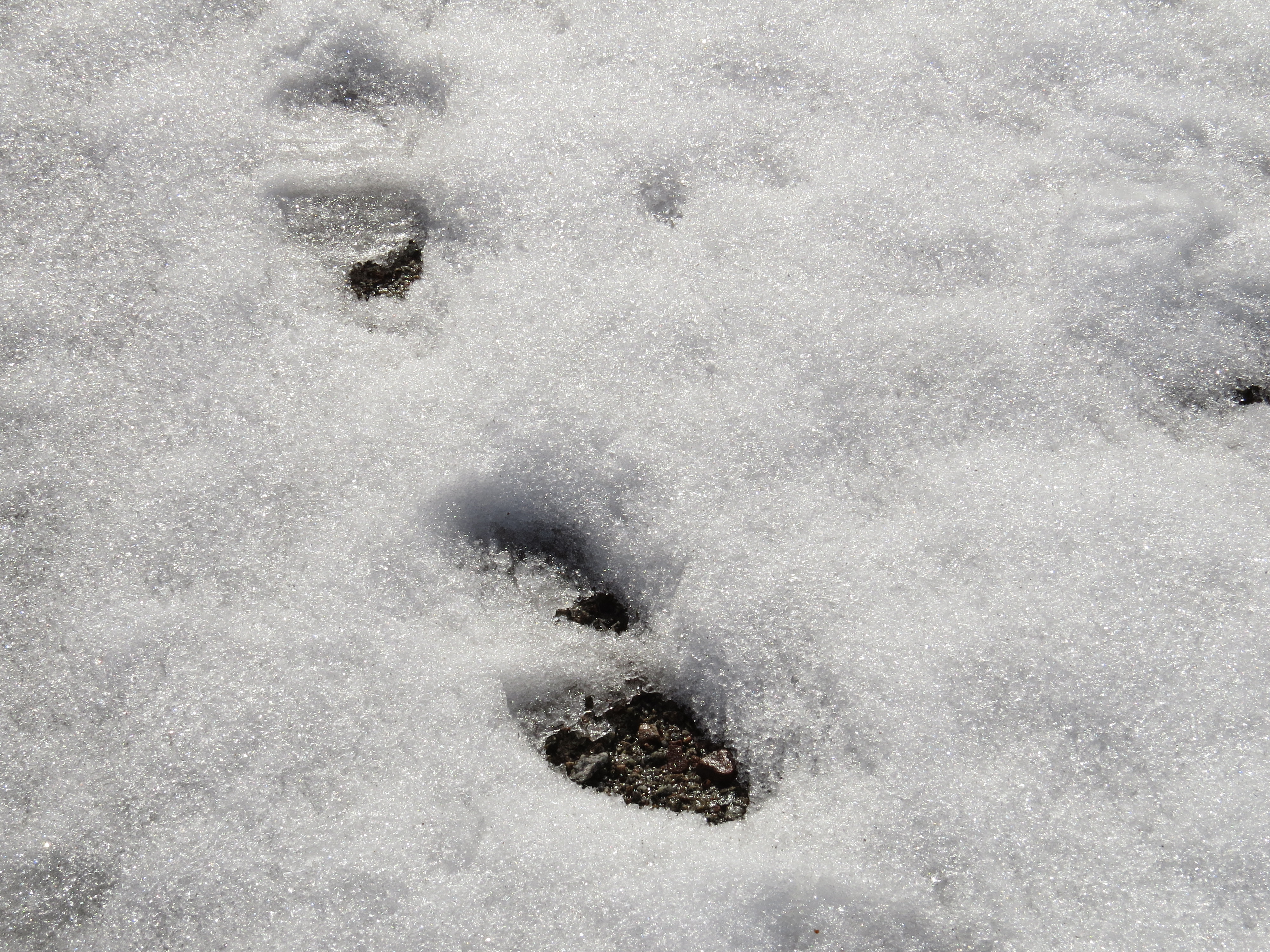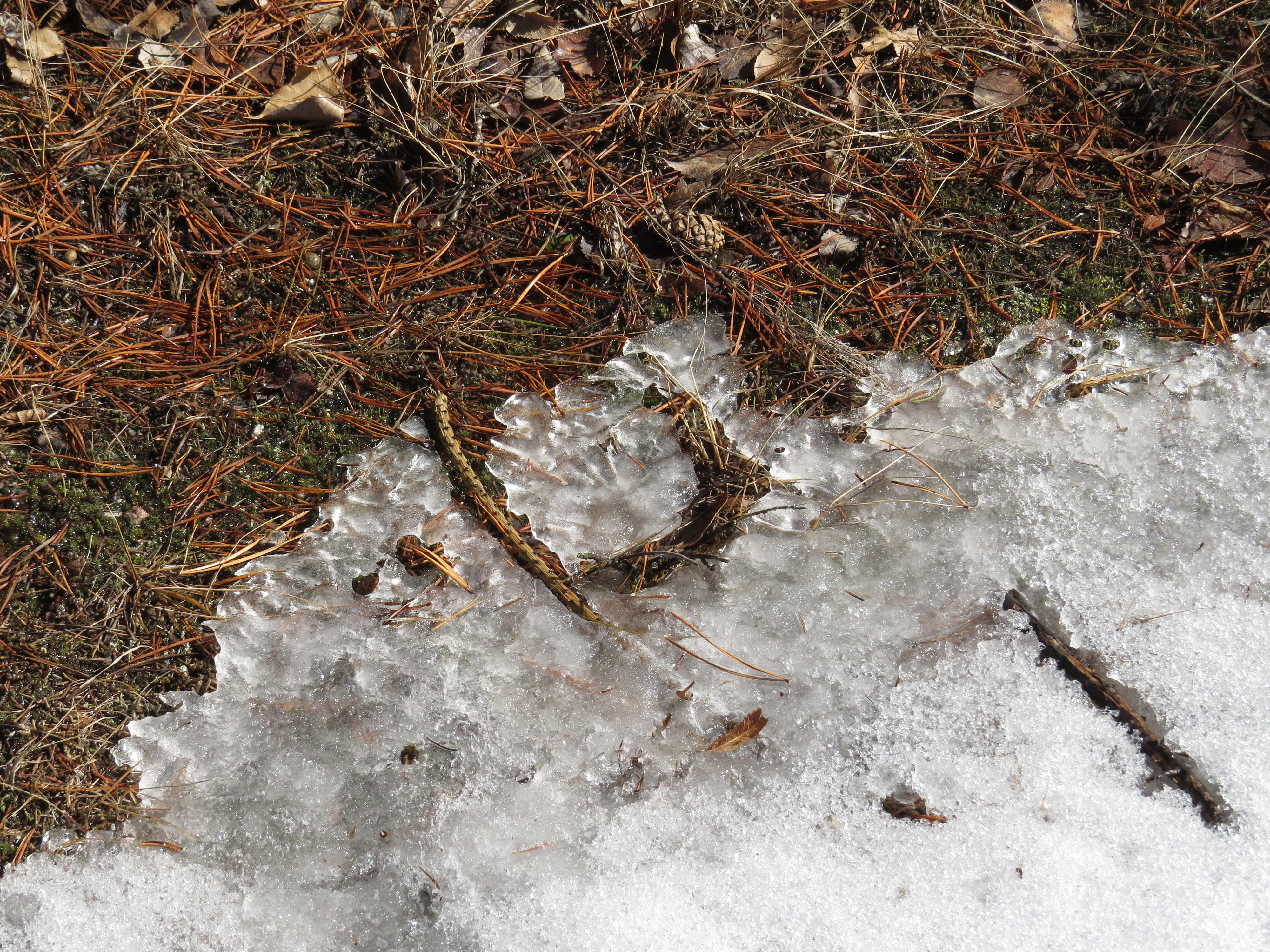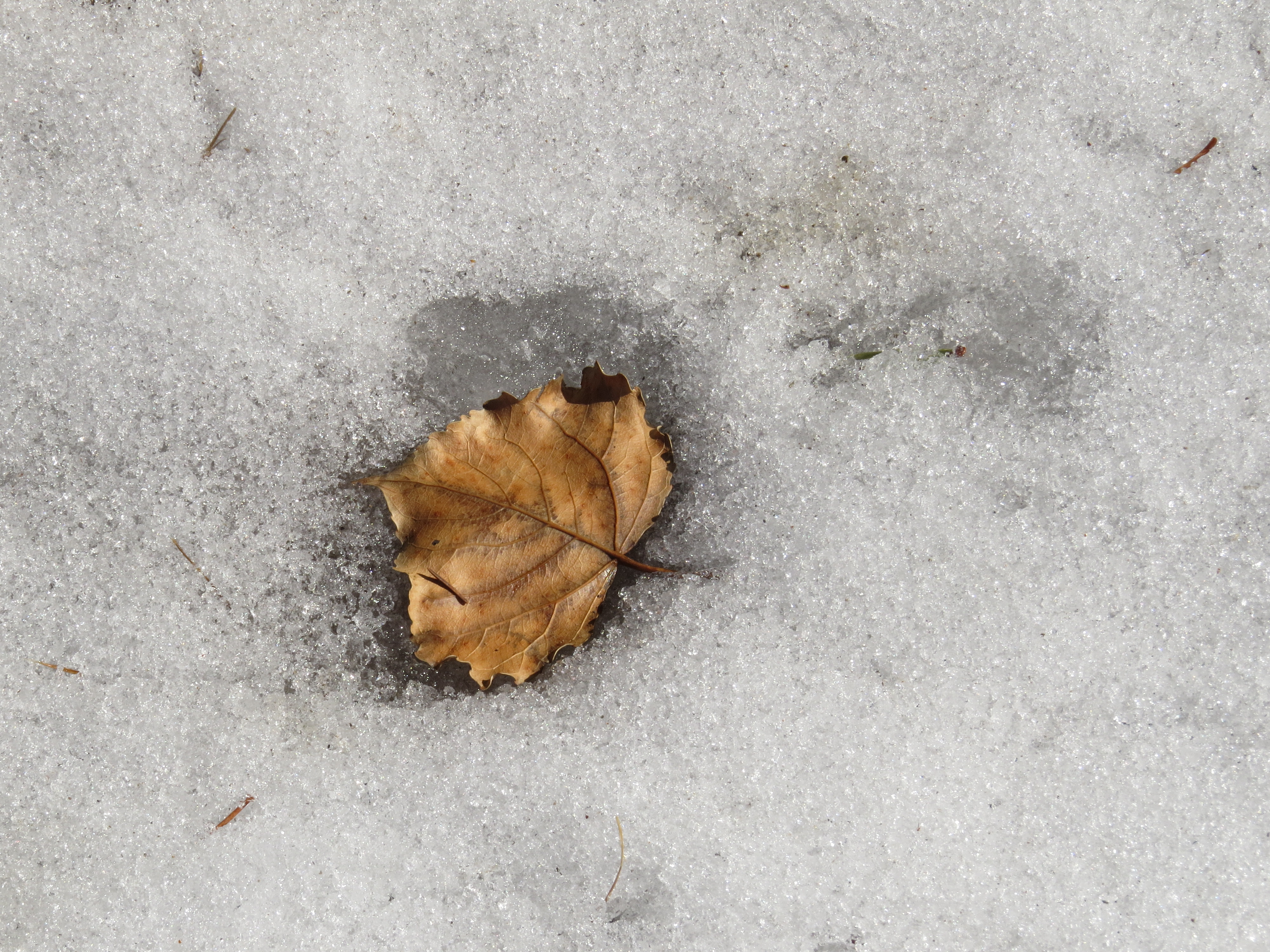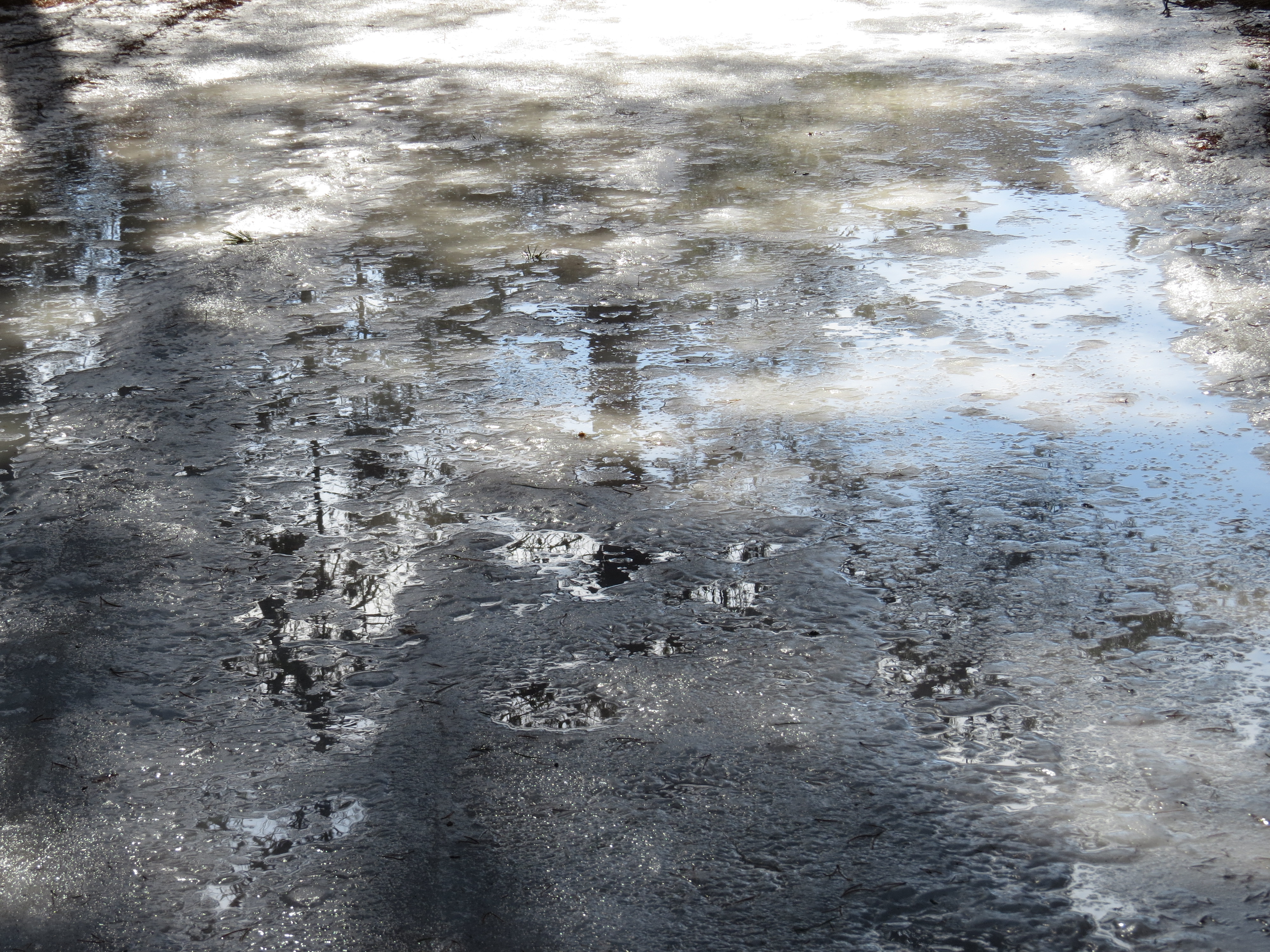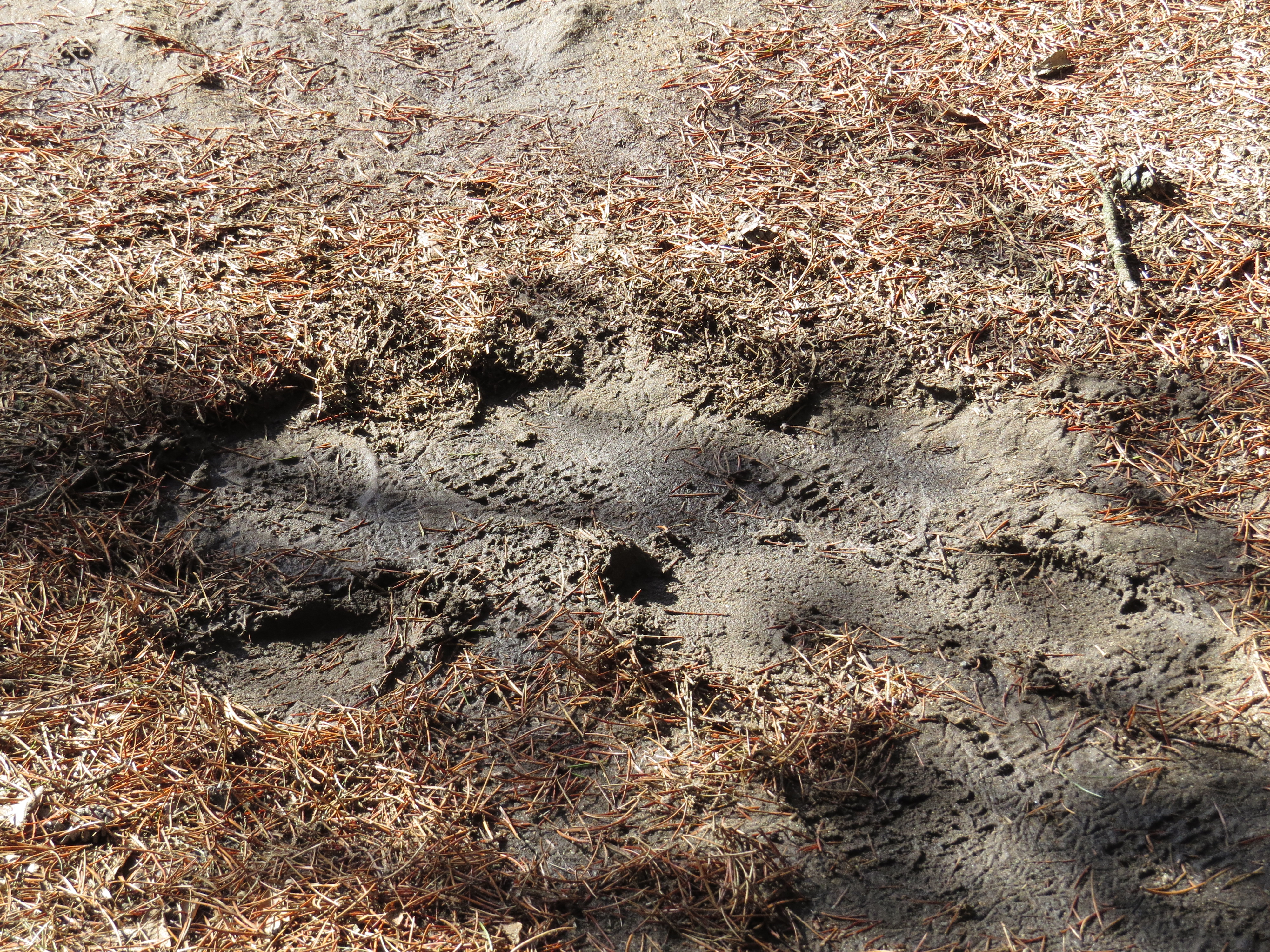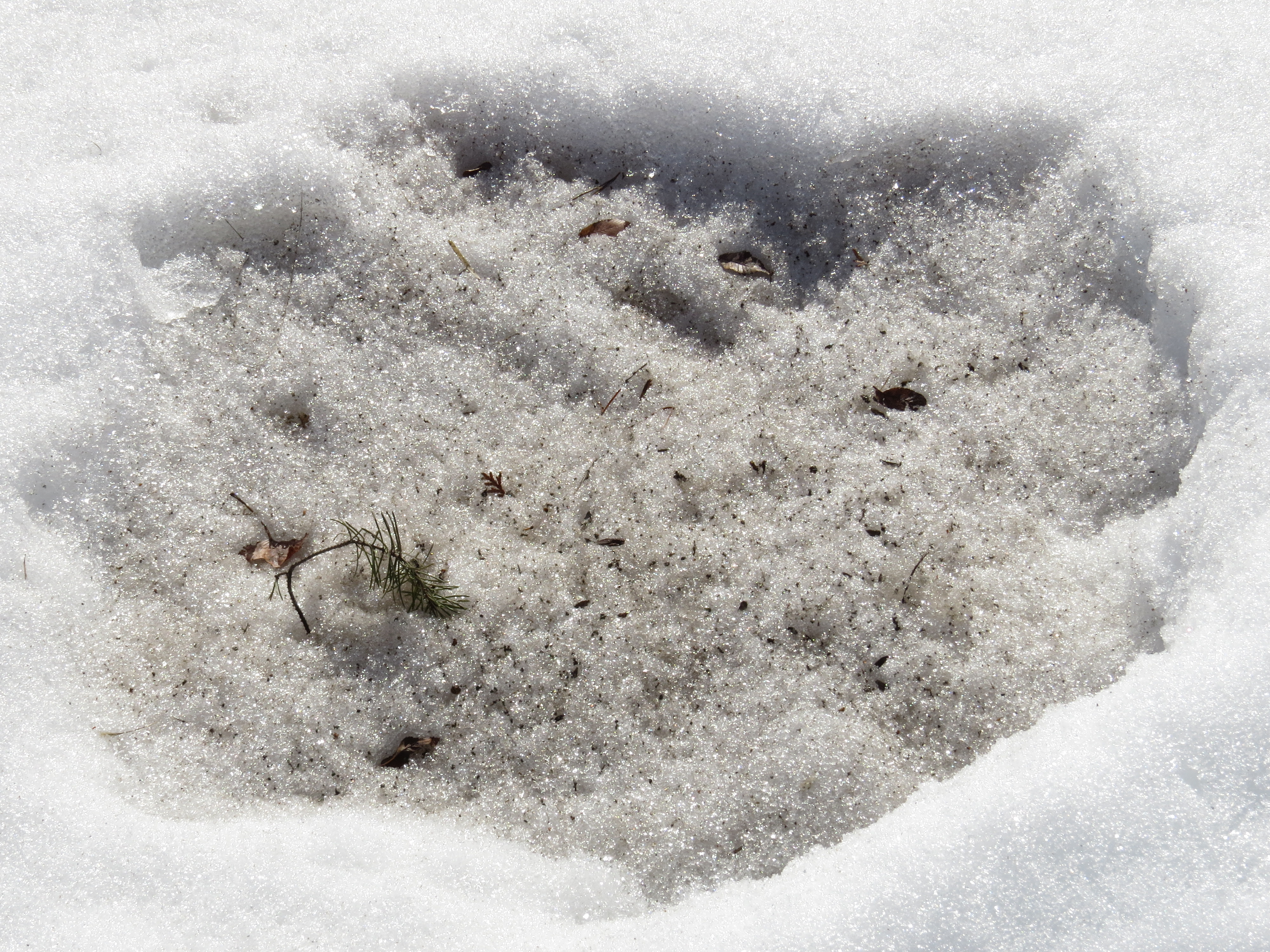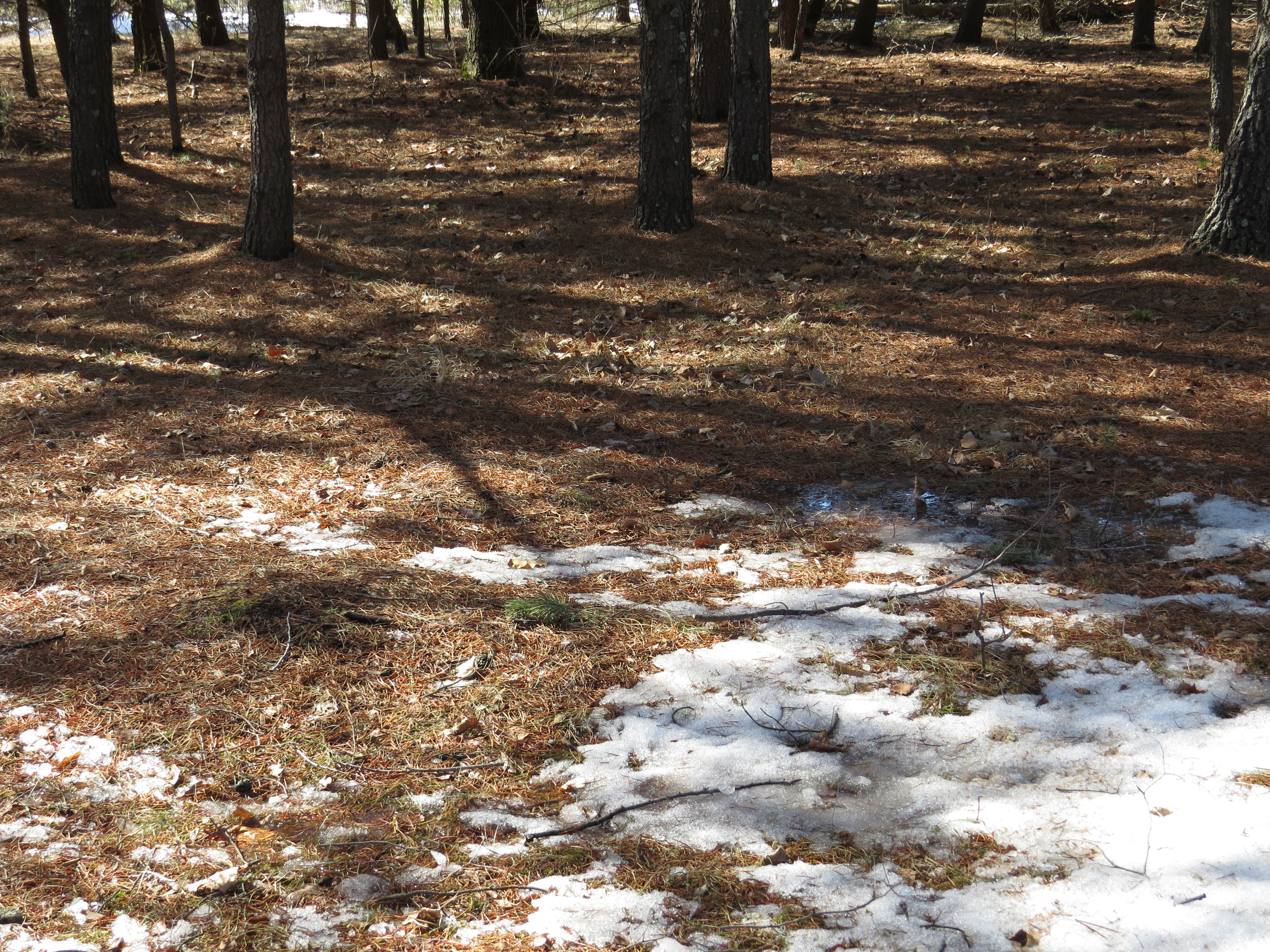I’ve had these windows of time in my life when much more was happening beyond the physical, conscious, daily occurrences. When I was younger, I was completely oblivious to them beyond a faint acknowledgement of not feeling so great. It could be in the form of physical discomfort or uneasiness or of a mental or emotional fatigue or depression. After a close friend of mine died when we were in our early 30’s, I had this window of ‘off’ time every year in early February. It was only after a number of years of this happening that I realized my ‘off’ time was the anniversary of his death and his birth. My body and mind were mourning the loss of my dear friend without my conscious knowledge. I ‘knew’ the anniversary of his death and birthday—a window of time of only a few days apart—in essence, without ‘knowing.’ Therein lies the incredible, miraculous marvel of our human bodies, minds, and souls.
Once I realized this connection, it made those times easier to handle. Of course I feel sad and down—I miss my friend, I loved him, and he was a joy to all who met him. The whole earth was missing a great soul who left far too early. That’s how important we each are in the whole of creation. The end of April and the beginning of May is another of those windows of time for me. It marks the deaths of Chris’ Mom and Dad who died two years and five days apart. Since I was intimately familiar with the anniversary mourning time, I used it proactively to set aside that time to honor them. I put pictures of them on our mantel, we recounted stories of them, and I ‘shared’ with them about our family. As the years passed—for now it has remarkably been sixteen and eighteen years since their deaths—the mourning morphed into a window of time of gratitude and peace. I still miss them and love them and carry them with me.
It was during this window of time when Chris and I walked at a nearby park. Our daily walks are usually faster—no tarrying for picture taking—but I took the camera in anticipation of a spectacular blooming. Good thing I did. The curled leaves of the Bloodroot flowers had opened up into a fan-tourage of magnificent flower display.
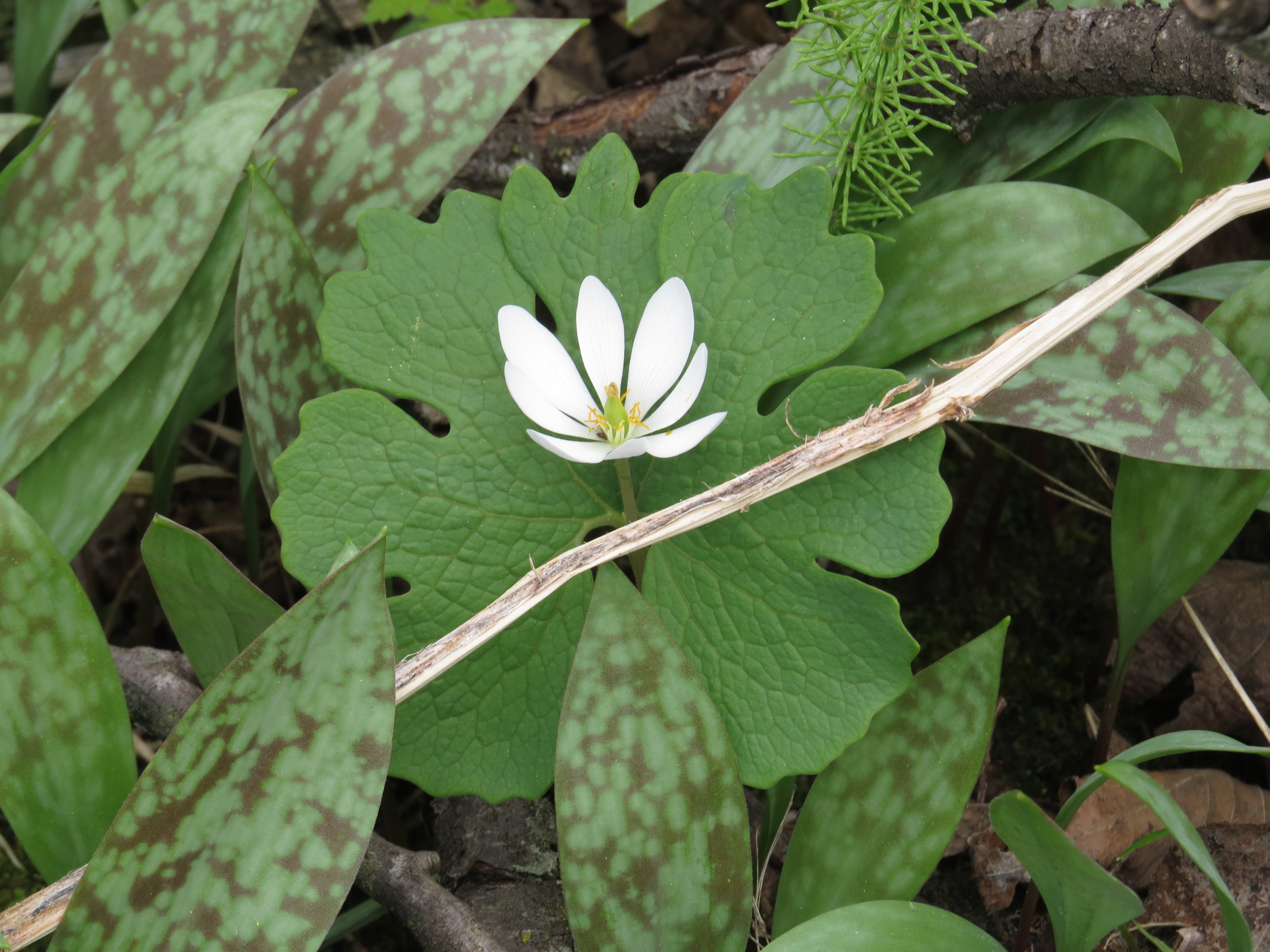
But the spectacular blooming I had anticipated was that of the White Trout Lily. From green and brown mottled, tulip-like leaves grows one exquisitely formed, curved, nodding, white flower with protruding yellow stamens and prominent white pistil.
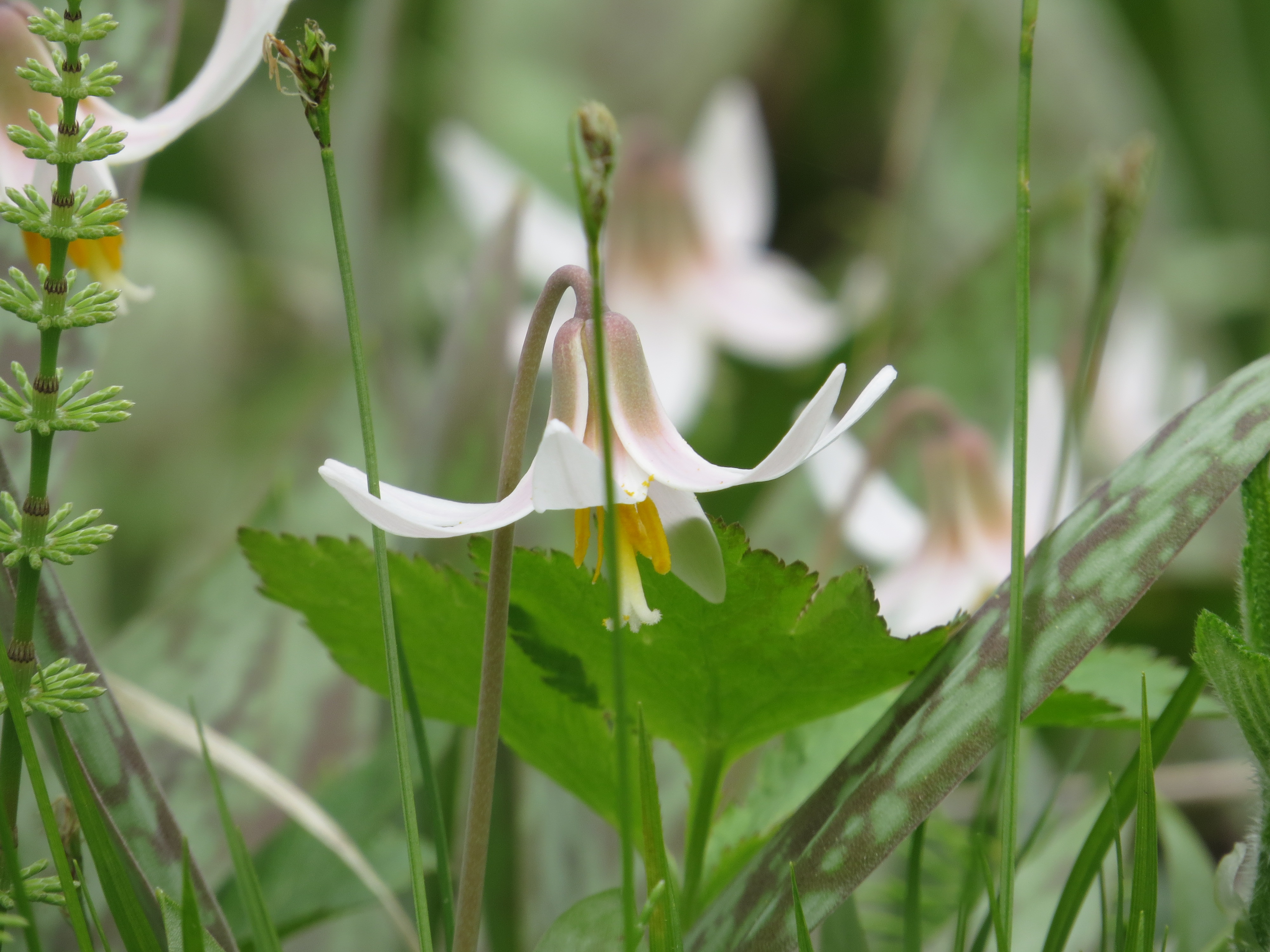
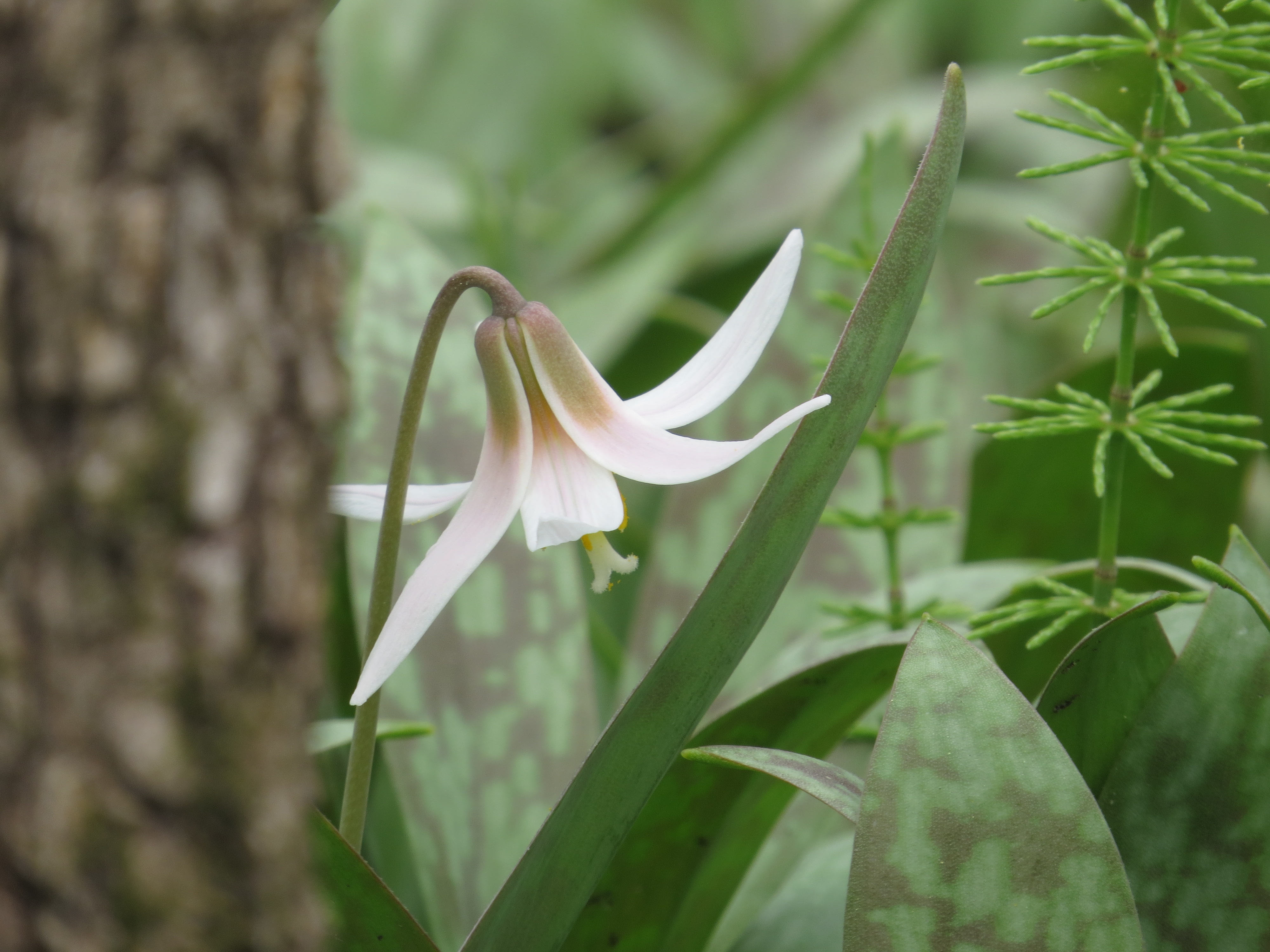
They begin as a pink-colored bud that opens during the day and closes at night. The blooms last for just a few days, making it all the more magical to see them flowering.
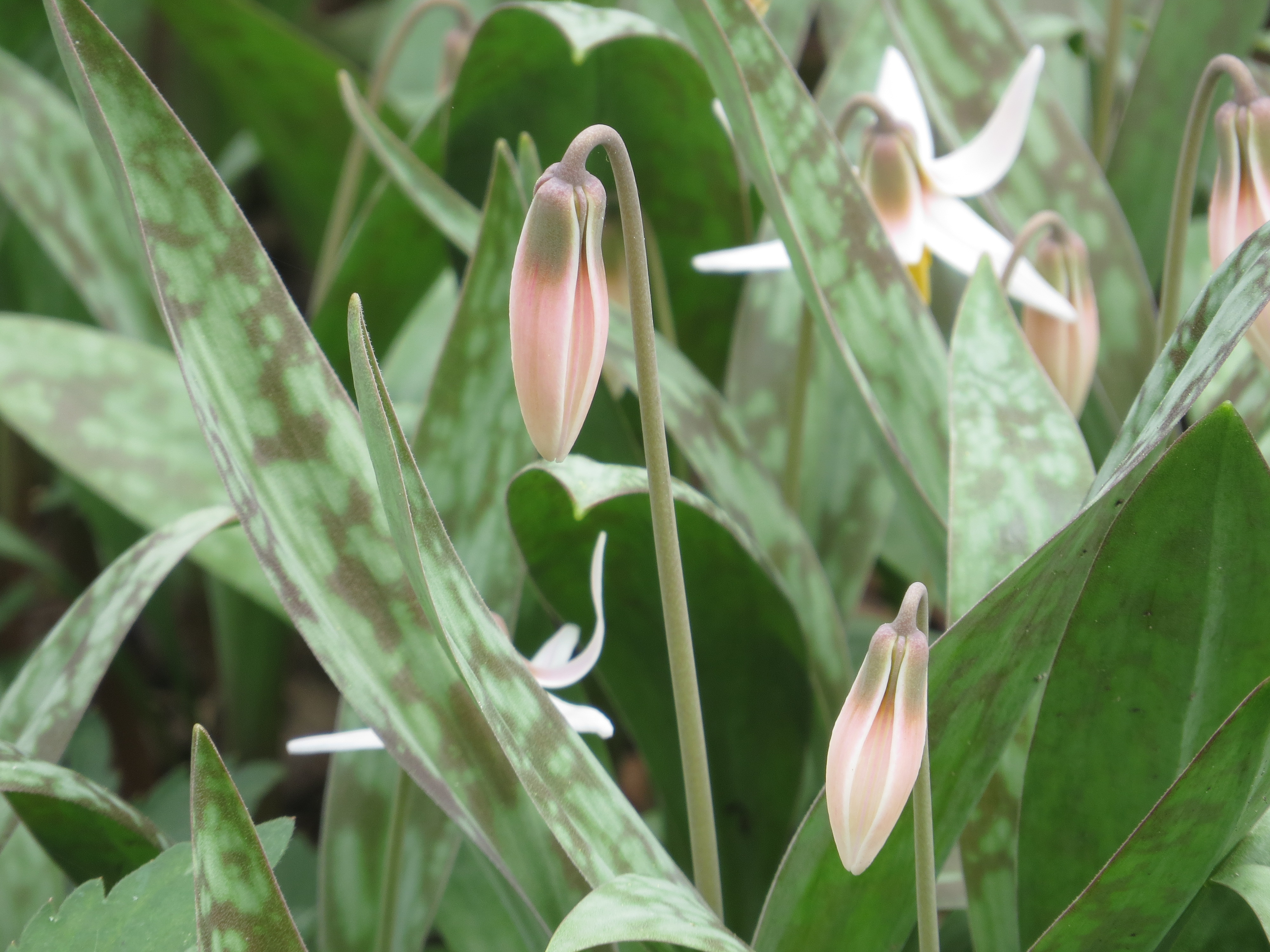
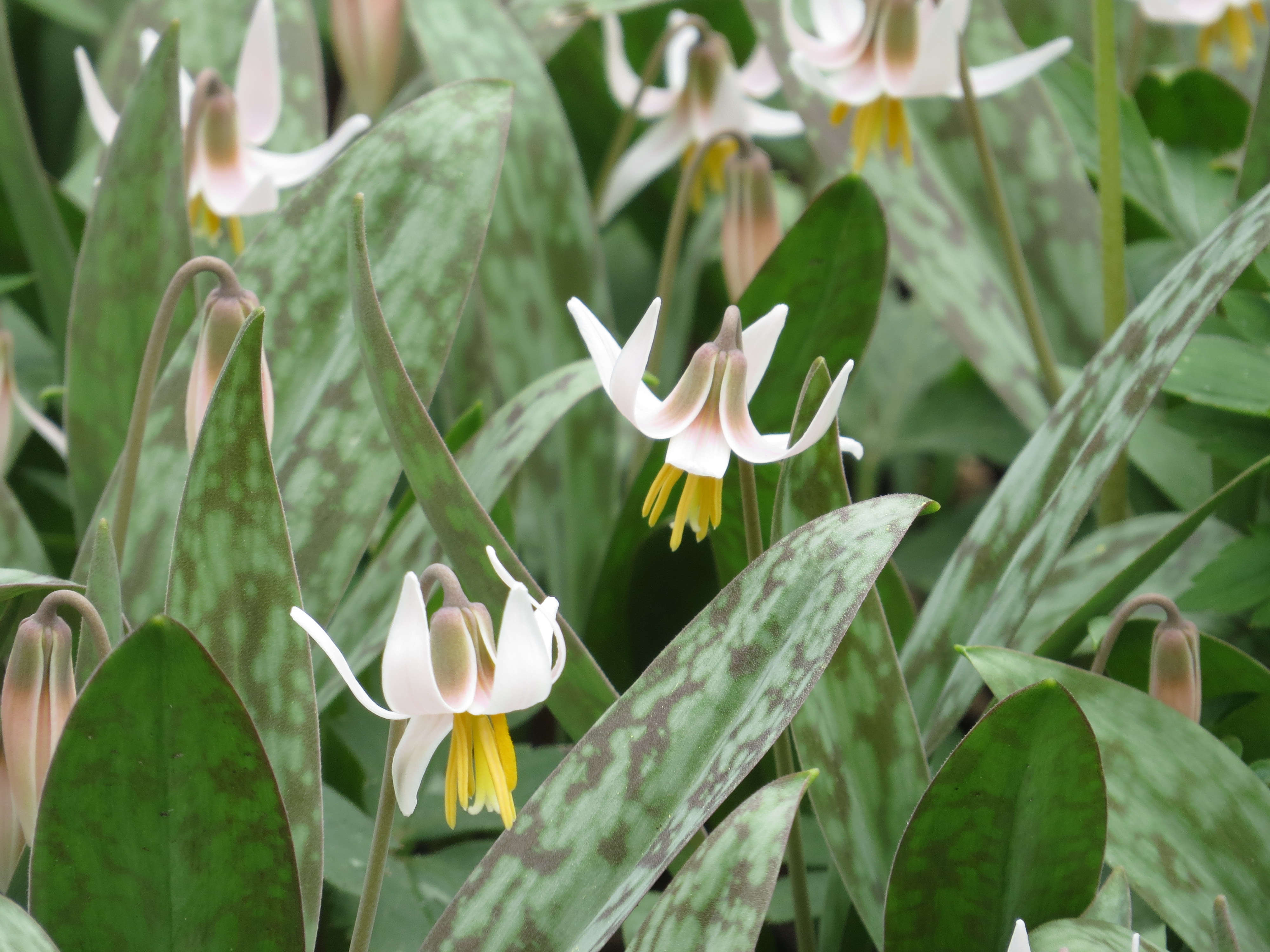
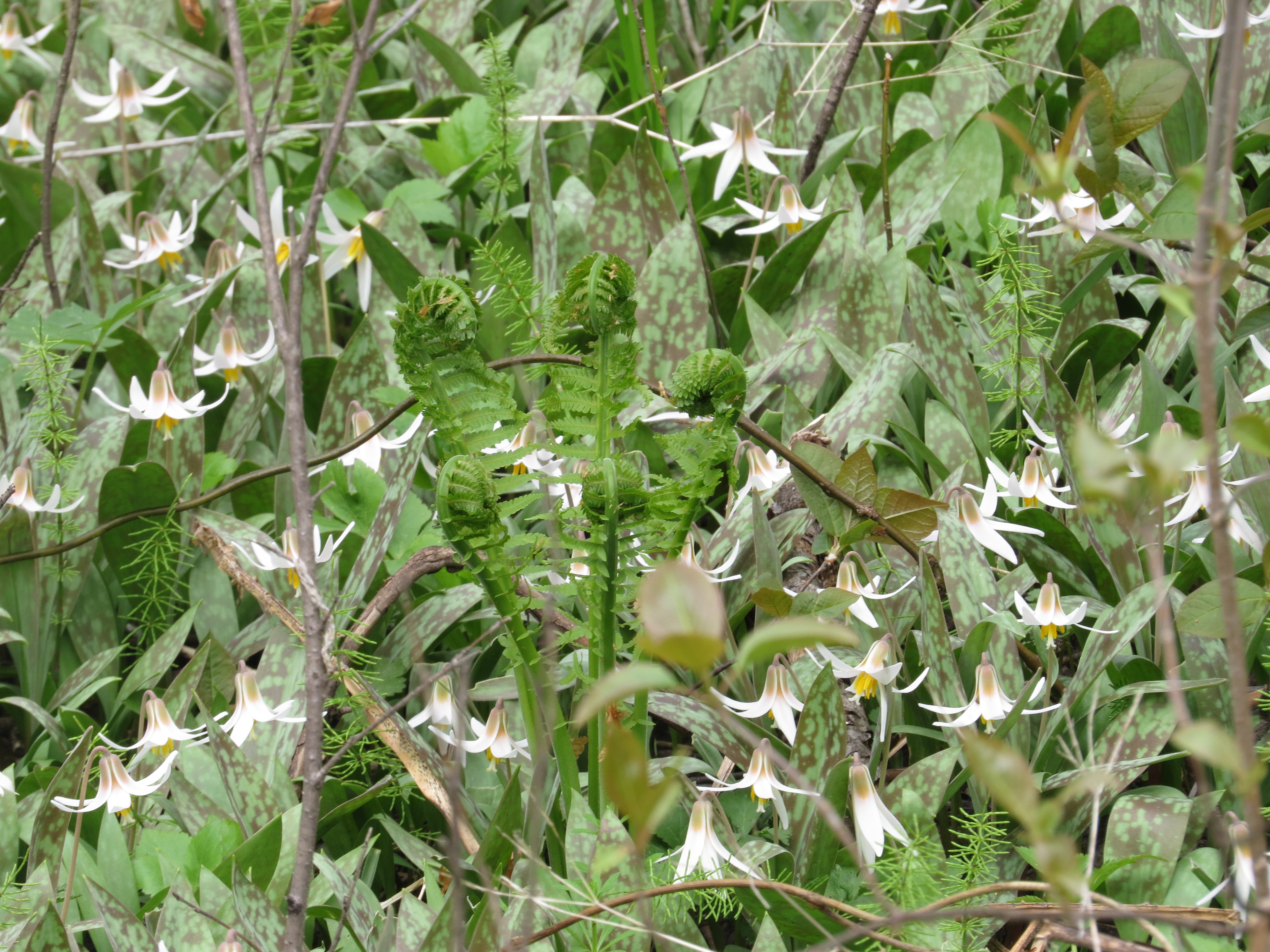
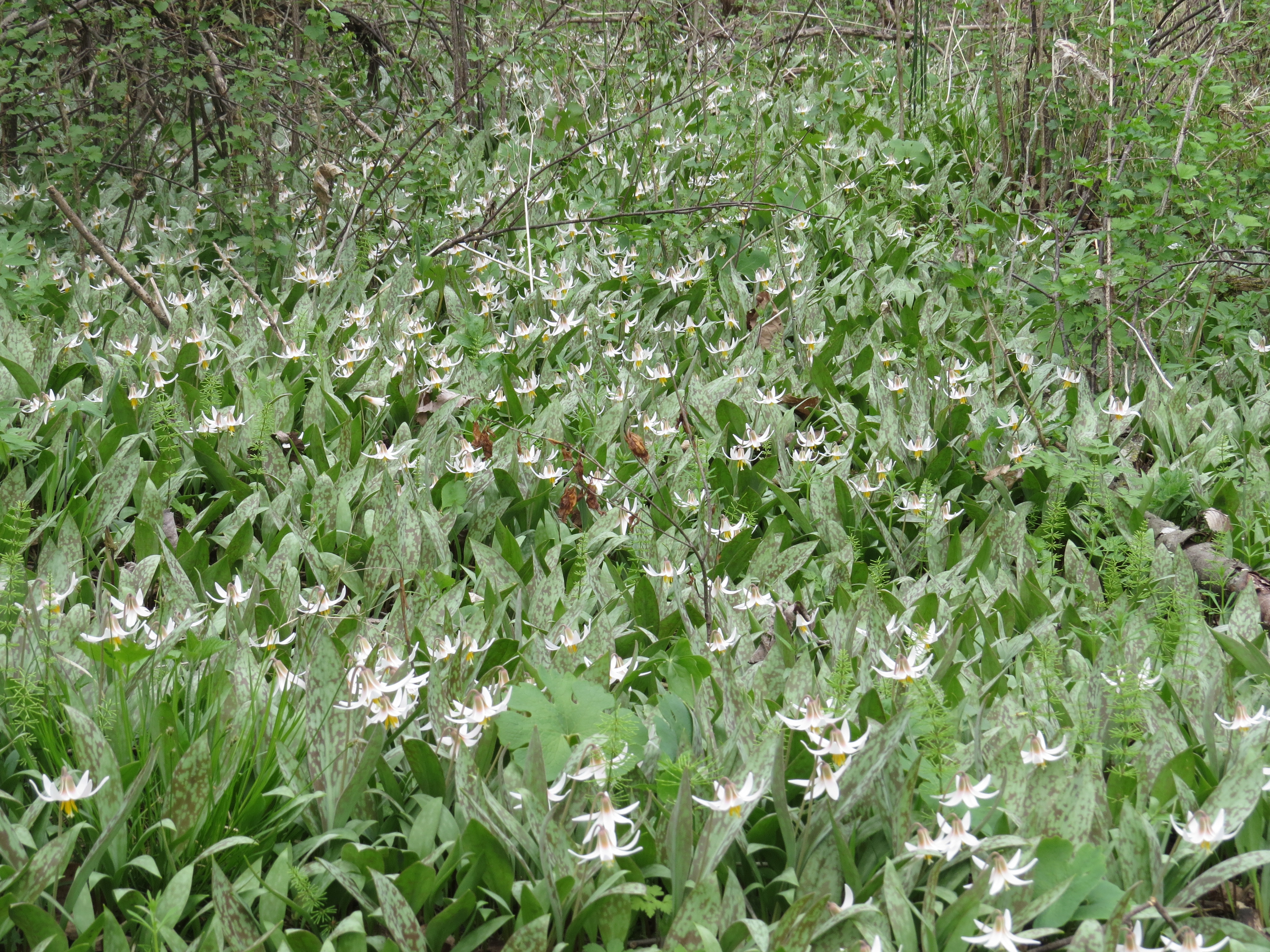
The floodplain of this lowland by the Mississippi River was a carpet of White Trout Lilies—millions of them by my inexpert estimate. These colonies can be hundreds of years old, as it takes one plant six to seven years before a flower is produced. These early-flowering carpets serve as ‘nutrient pools’ for the entire forest. Without them, the spring run-off would take the nutrients with them, but instead the Trout Lilies take up nutrients such as nitrogen and phosphorus. By mid-summer the leaves die back and release those nutrients for the vibrant summer growth. They remain dormant, underground, until the next early Spring.
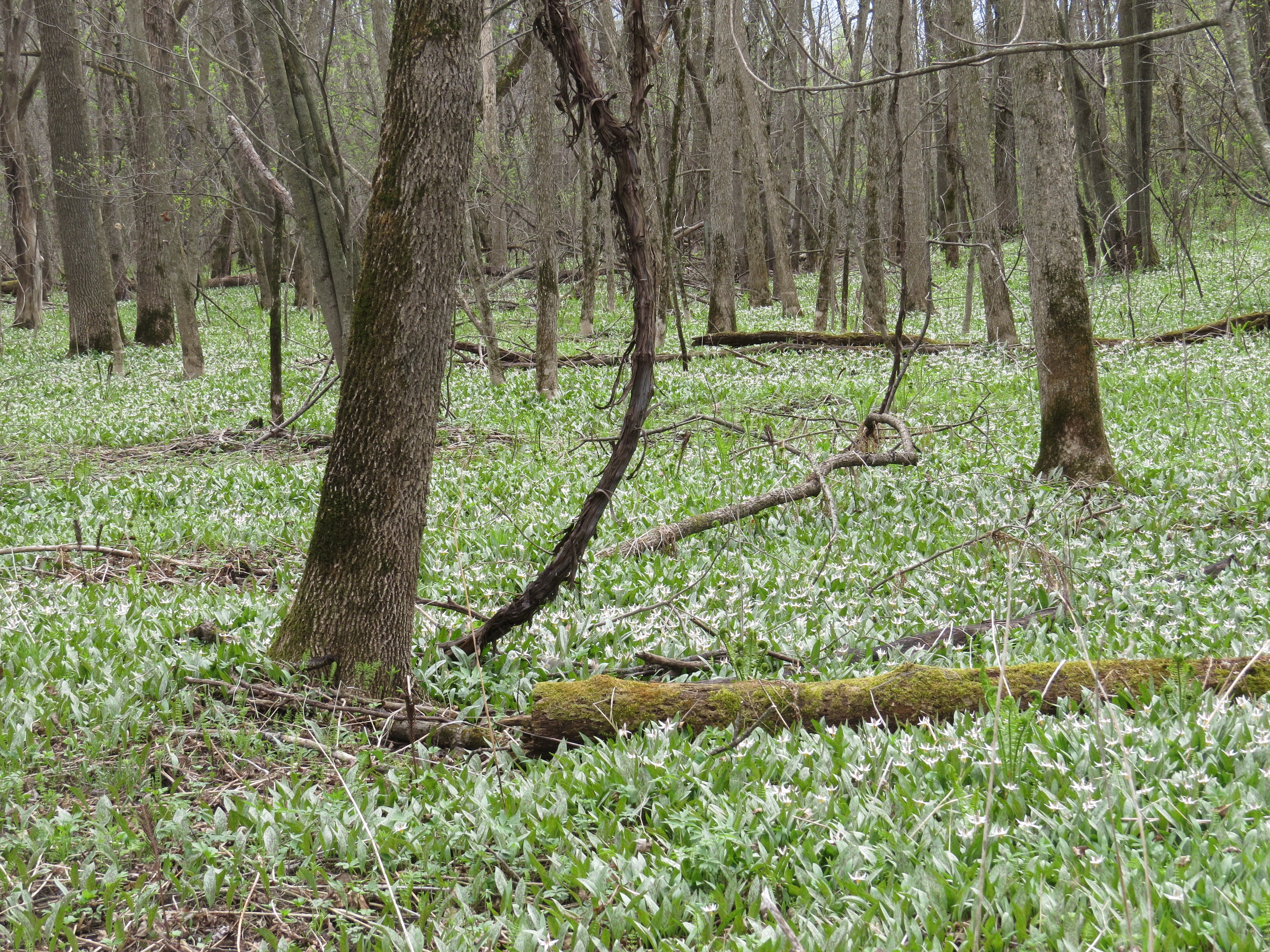
As the White Trout Lilies bloomed, sedge grasses and ferns pushed and unfurled from the damp soil—green is once again the dominant color!
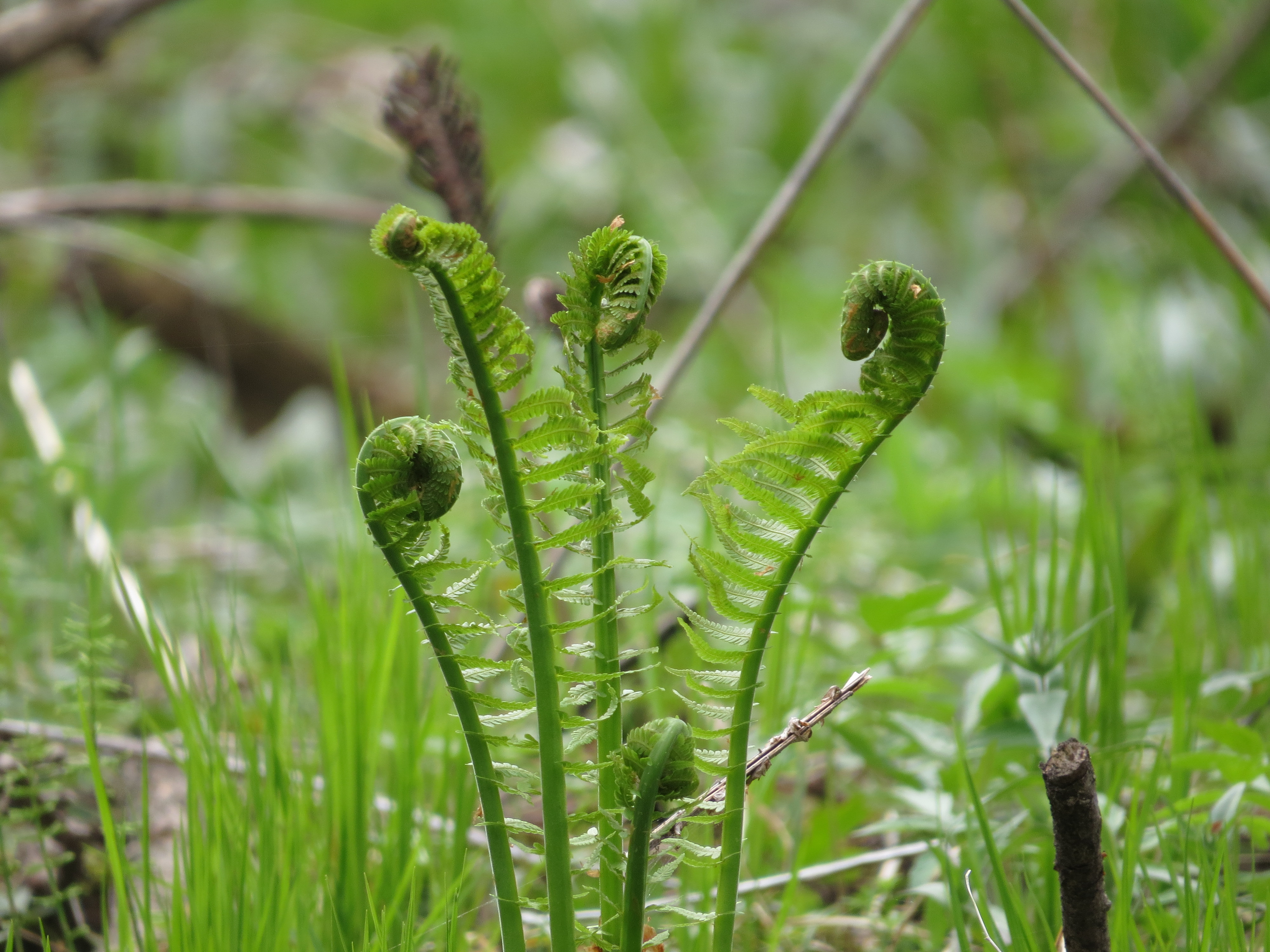
A couple of Anemones bloom at this early Spring time in Minnesota, including False Rue Anemone with its prolific, branching white flowers that seem to dance in the breeze.
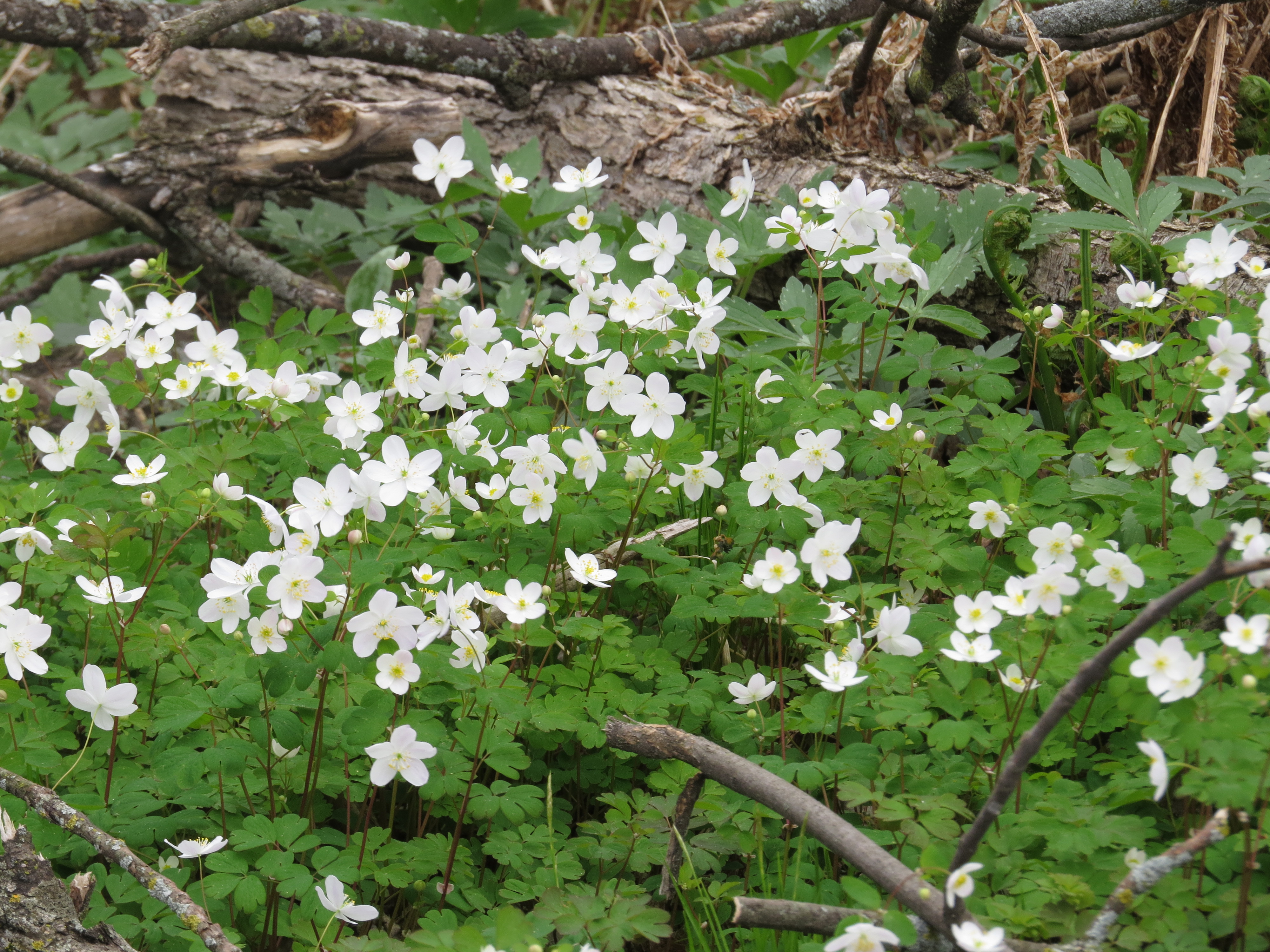
A Canadian Goose pair ate and strutted in the back water of the River and gave no bother to us as we walked by.
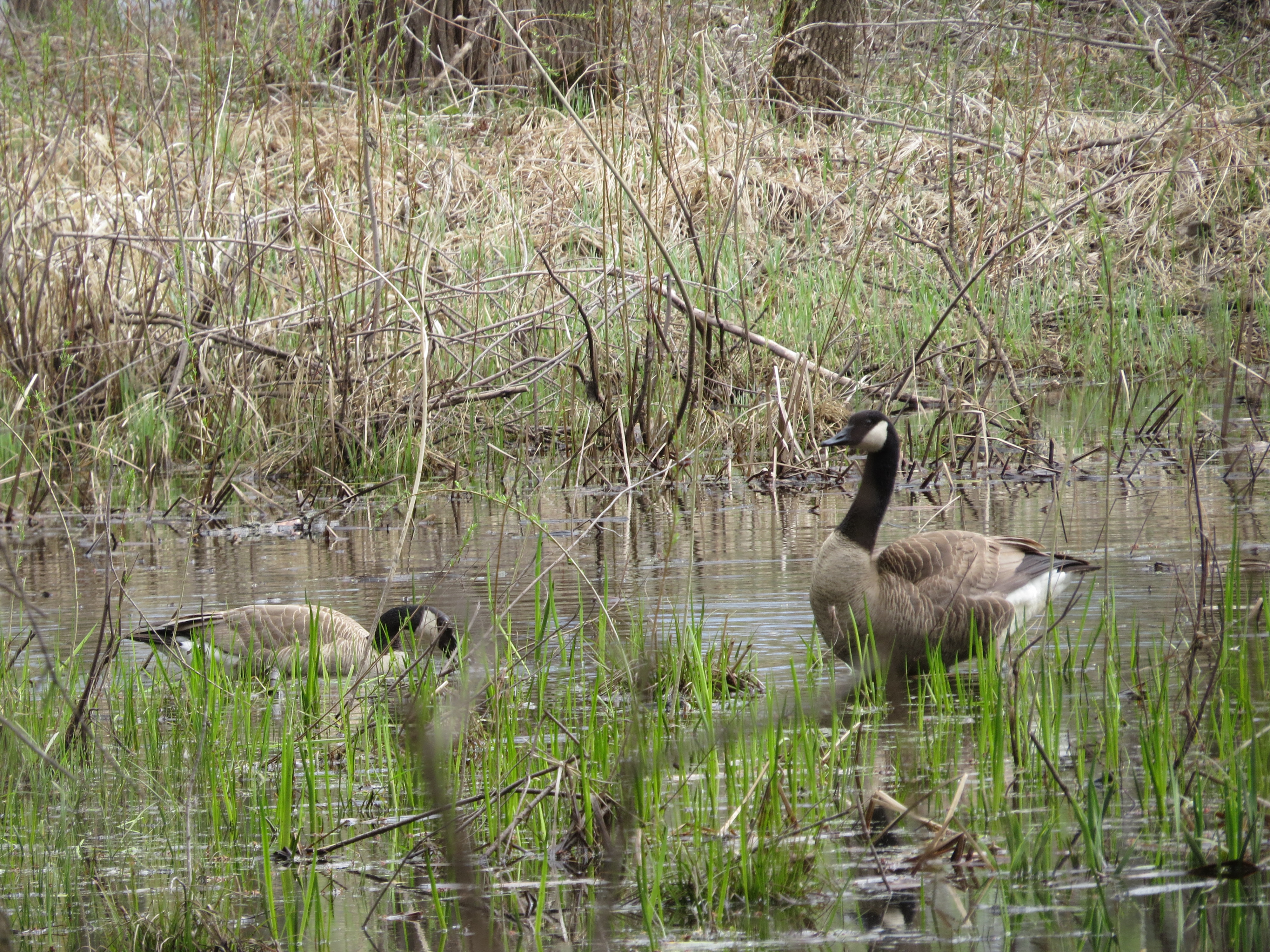
The feathers of the impressive gander rippled like the water in which he walked.
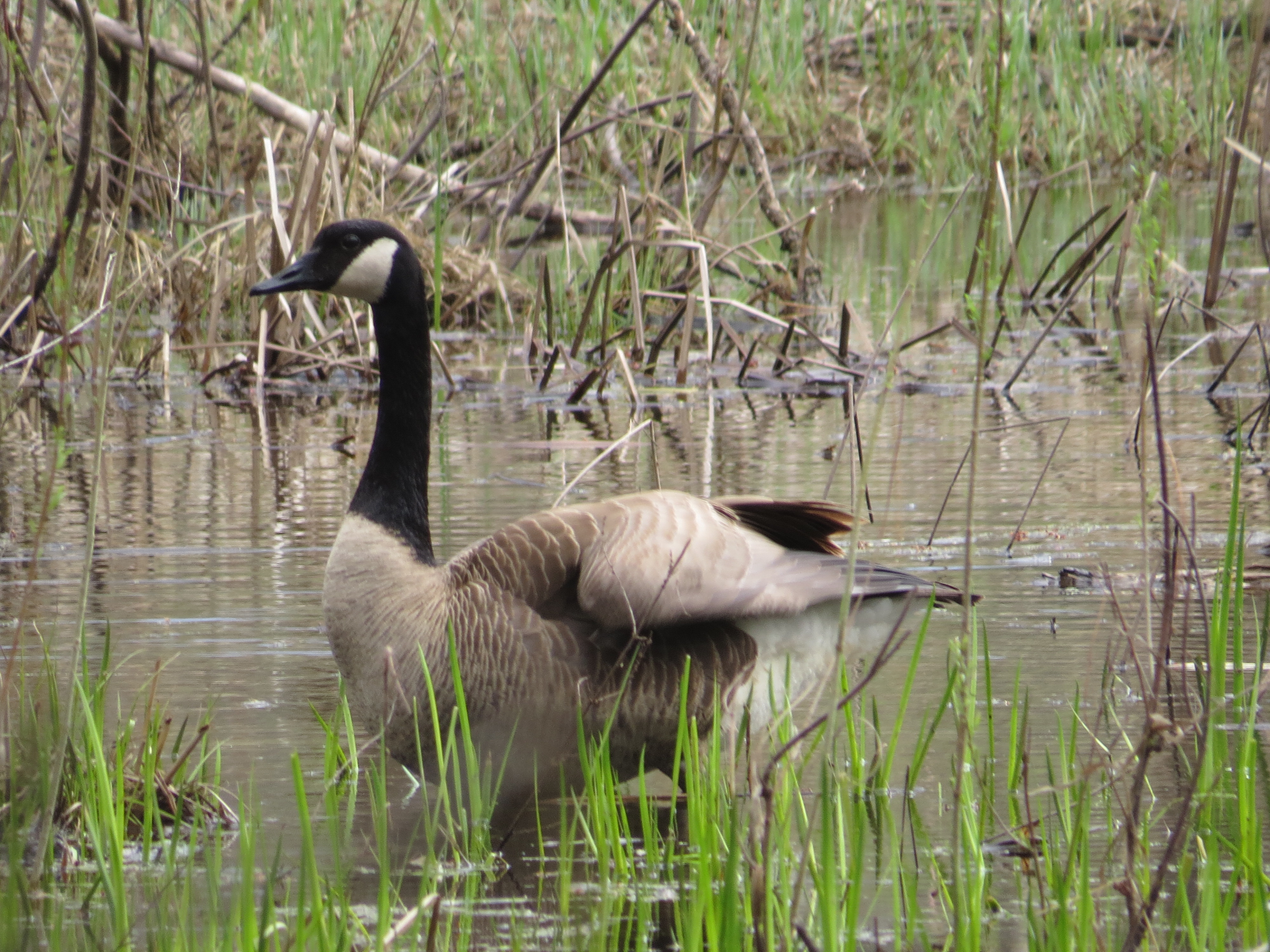
Farther on, another goose was dipping its black bill into the shallow water, but when it saw and heard us, it turned and swam away, honking in alarm for long past the time we were in sight.
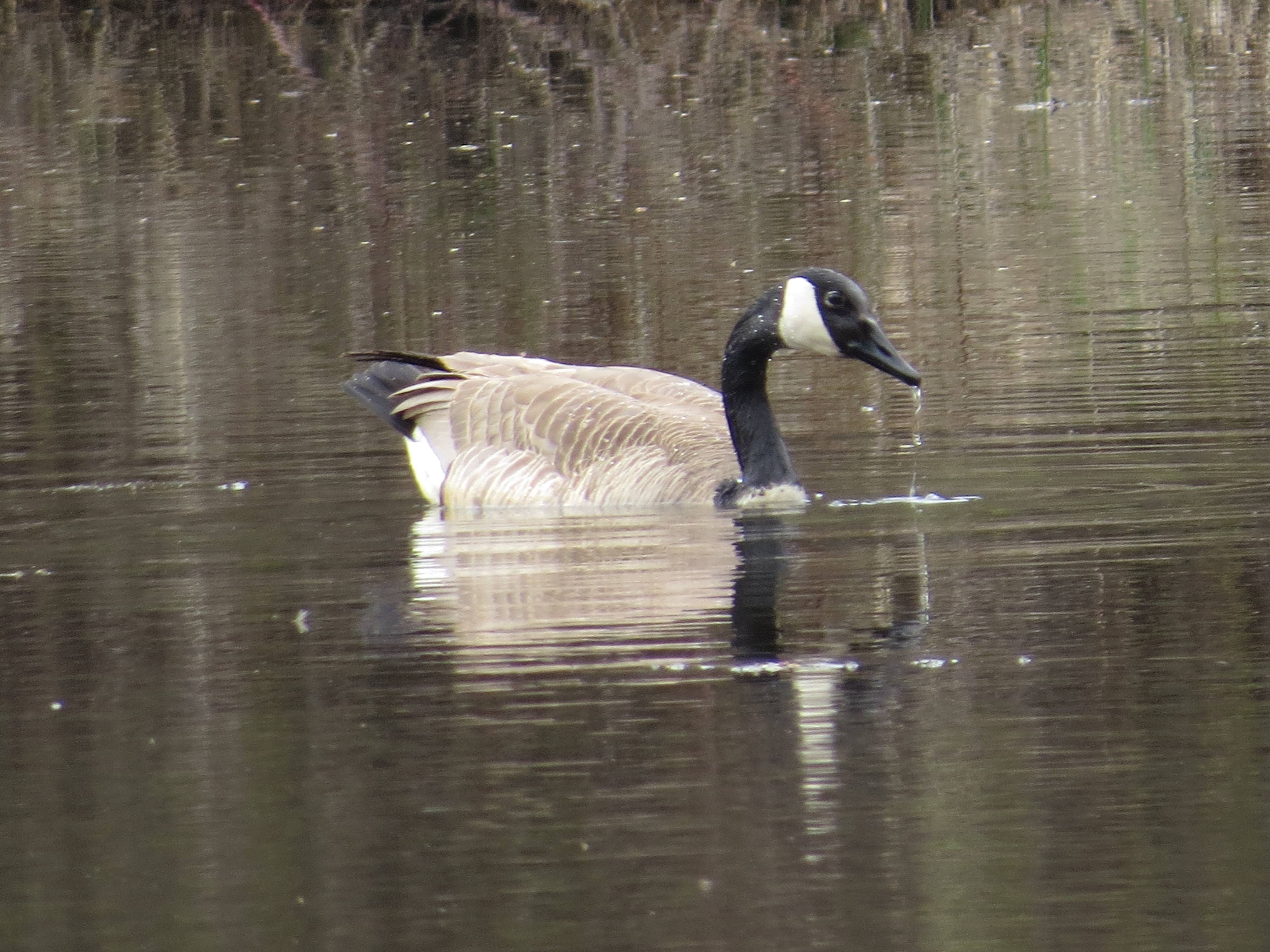
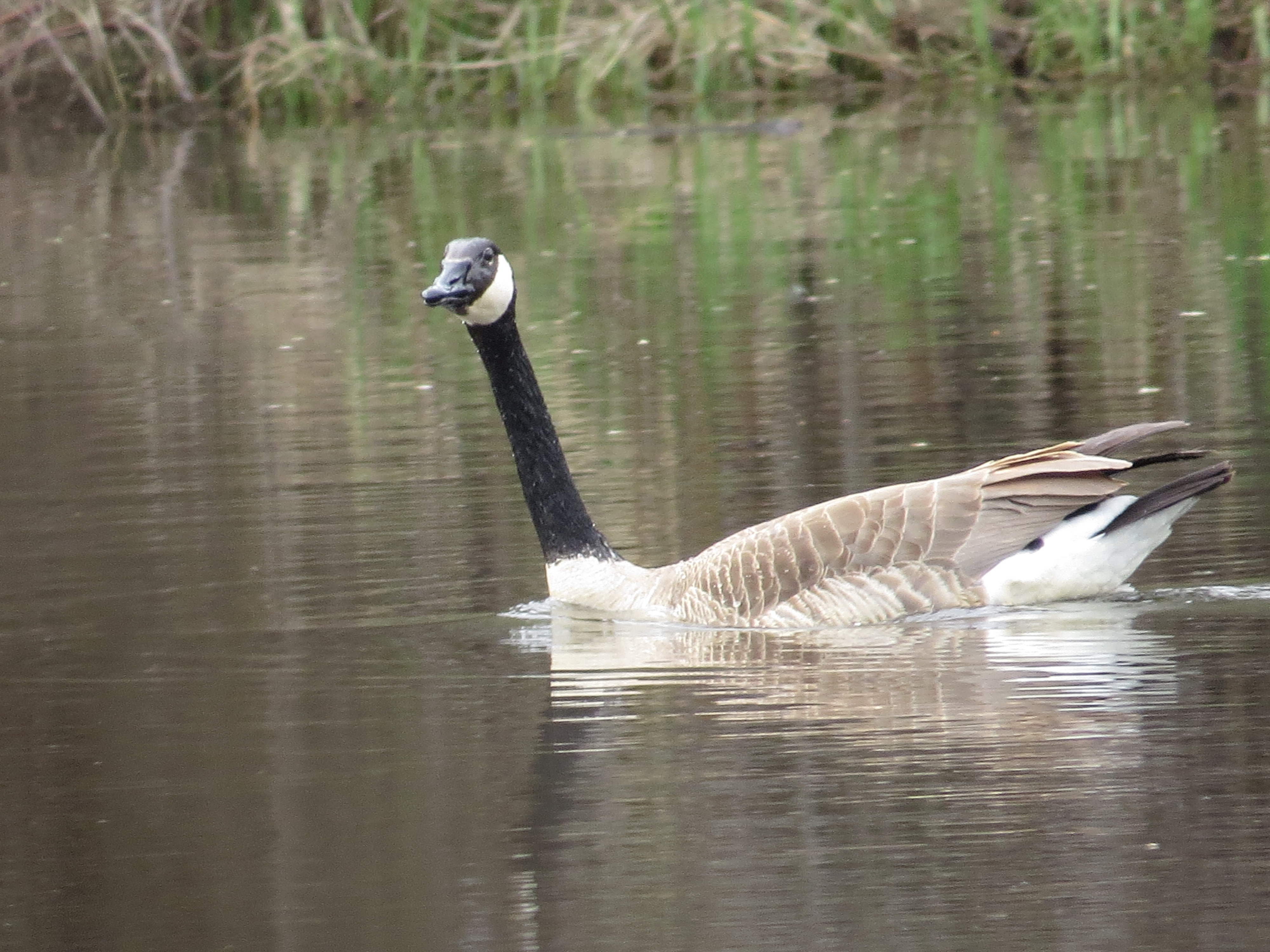
Tiny blue violets bloomed along the trail in sharp contrast to the leaf litter beneath it.
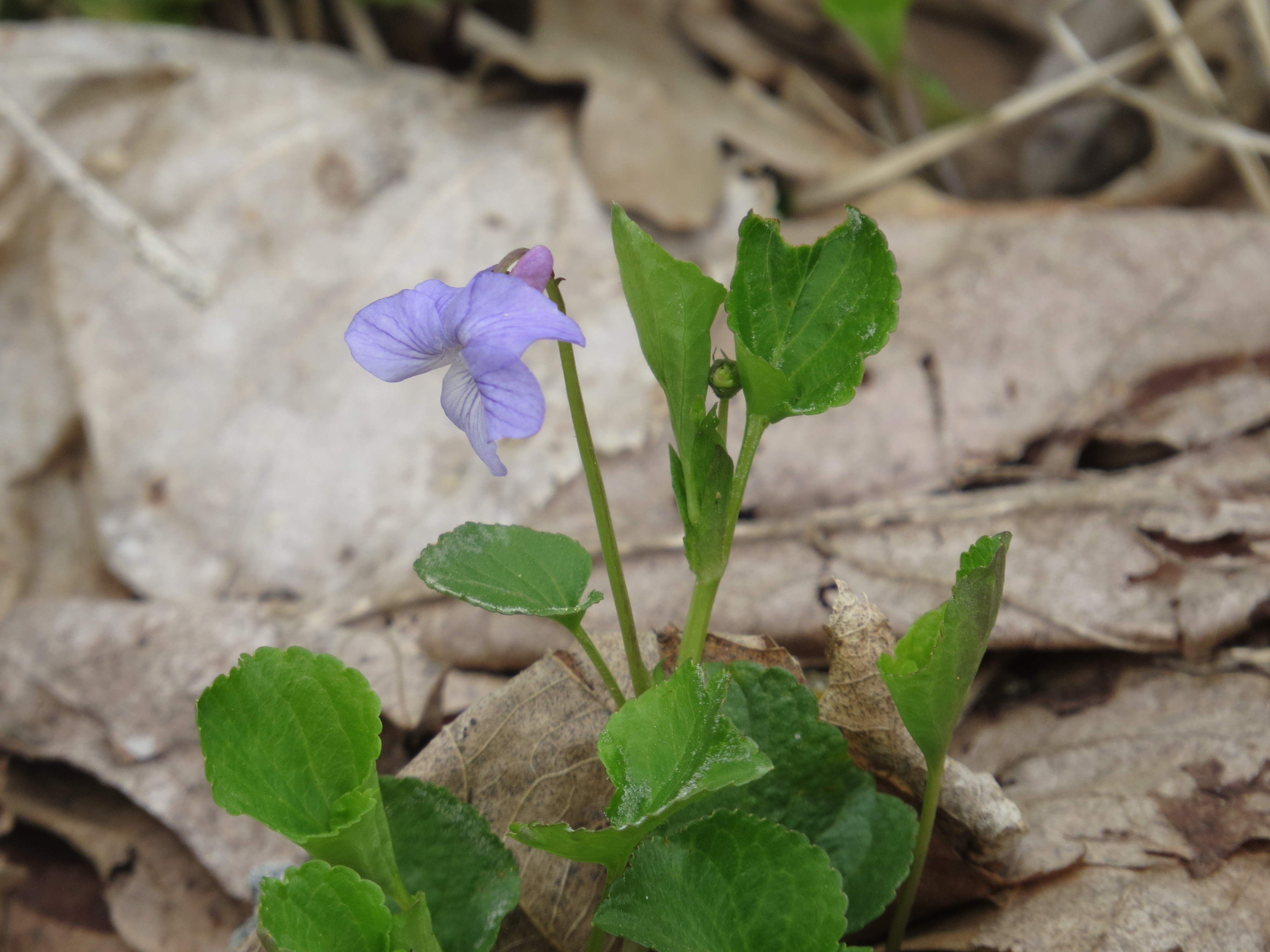
And then I saw the turtles! A large, fat-necked turtle sprawled over a log in the River slough water, legs hanging over the sides to balance him for a sun-soaked nap. Heads were raised when they heard us, but their concern was not great enough to scramble from their perches into the water.
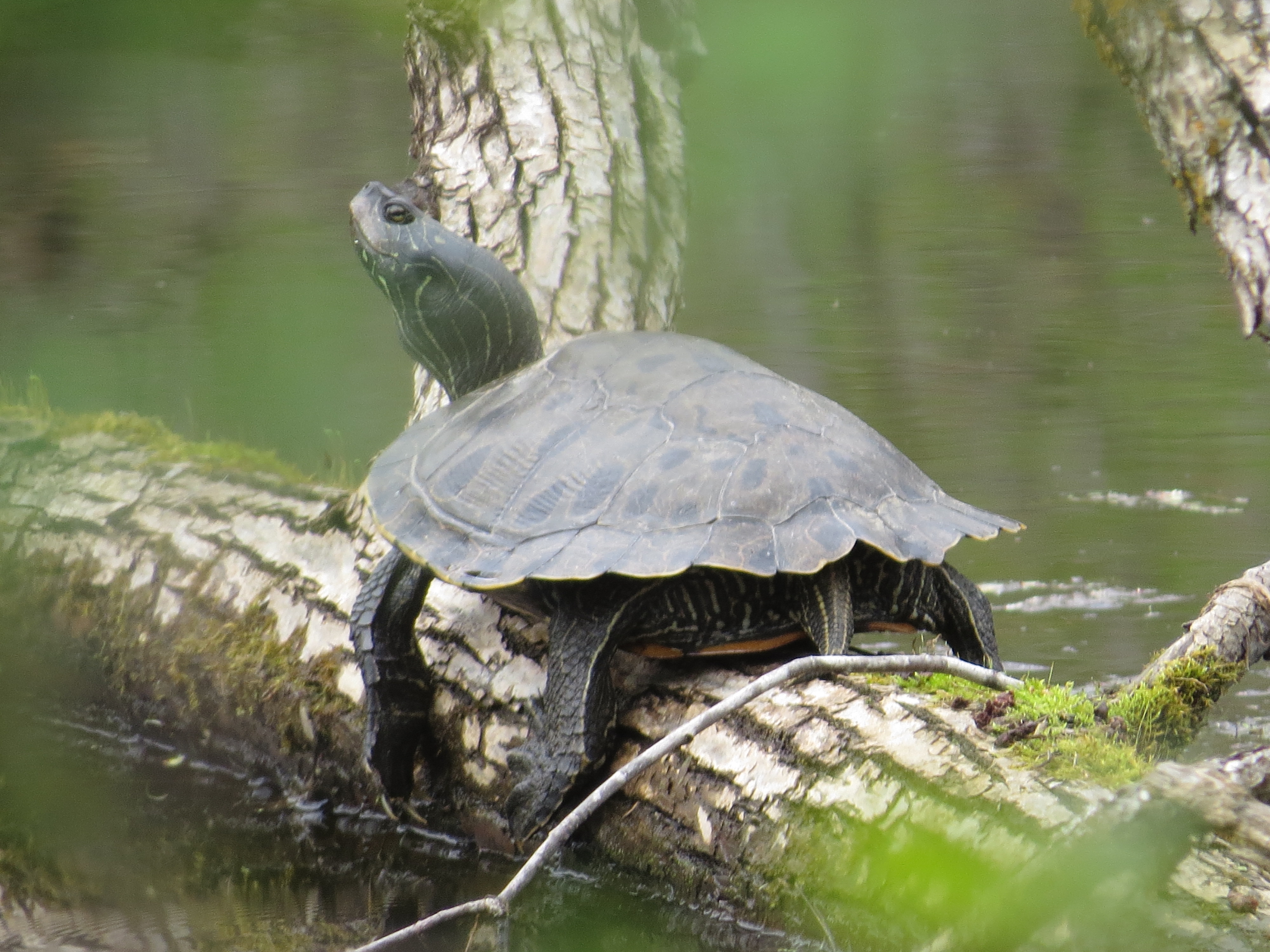
Beside the log turtle was another on a large rock below. Reflections multiplied the logs, rocks, and turtles as a single, red Maple flower floated by.
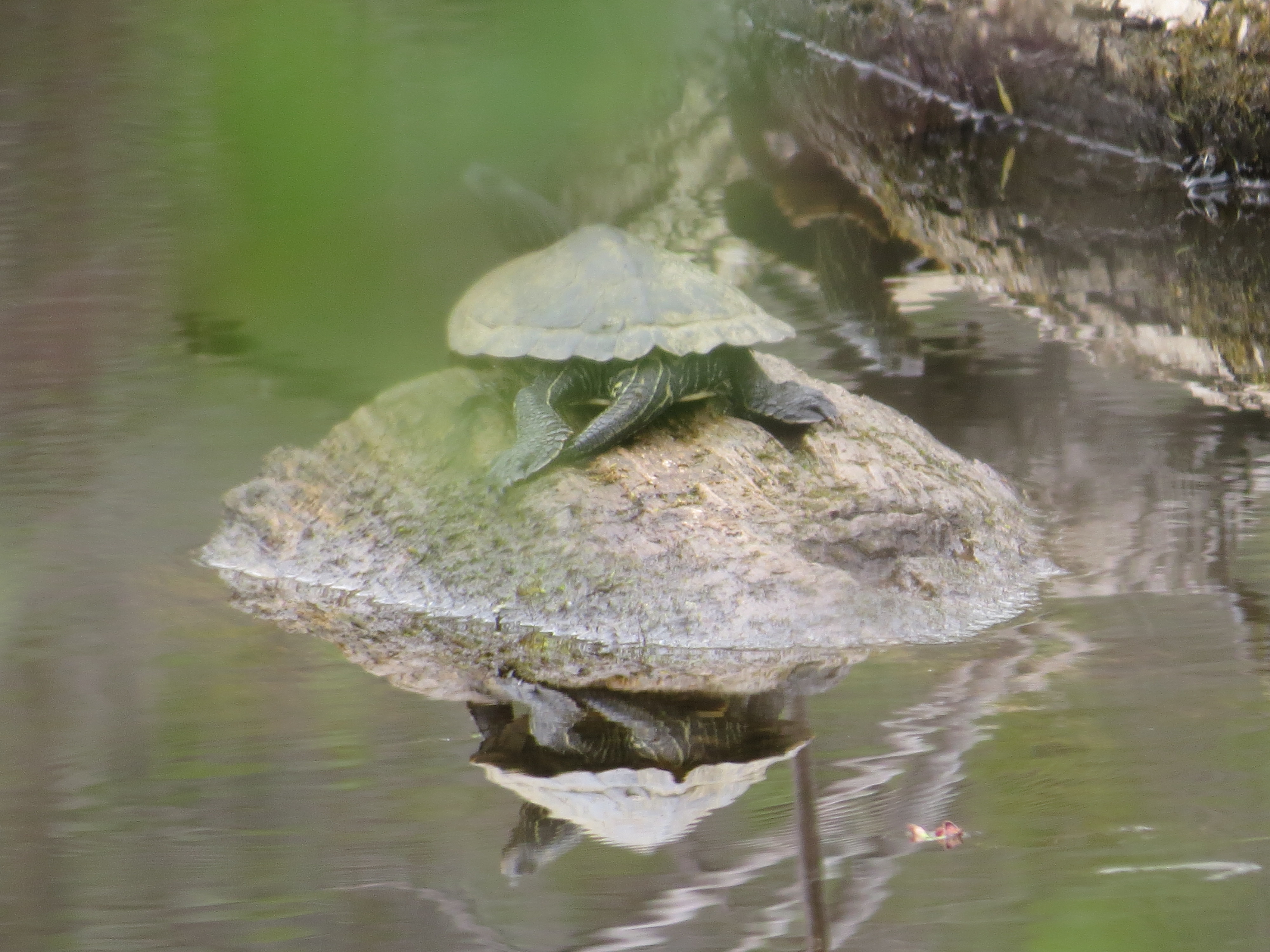
The next set of turtles on a log made me laugh out loud. Another fat-necked turtle had a smaller, flatter turtle as a ‘pillow’ for his rest time, and behind him, two colorful sentries guarded the rear with their watchful neck maneuvers.
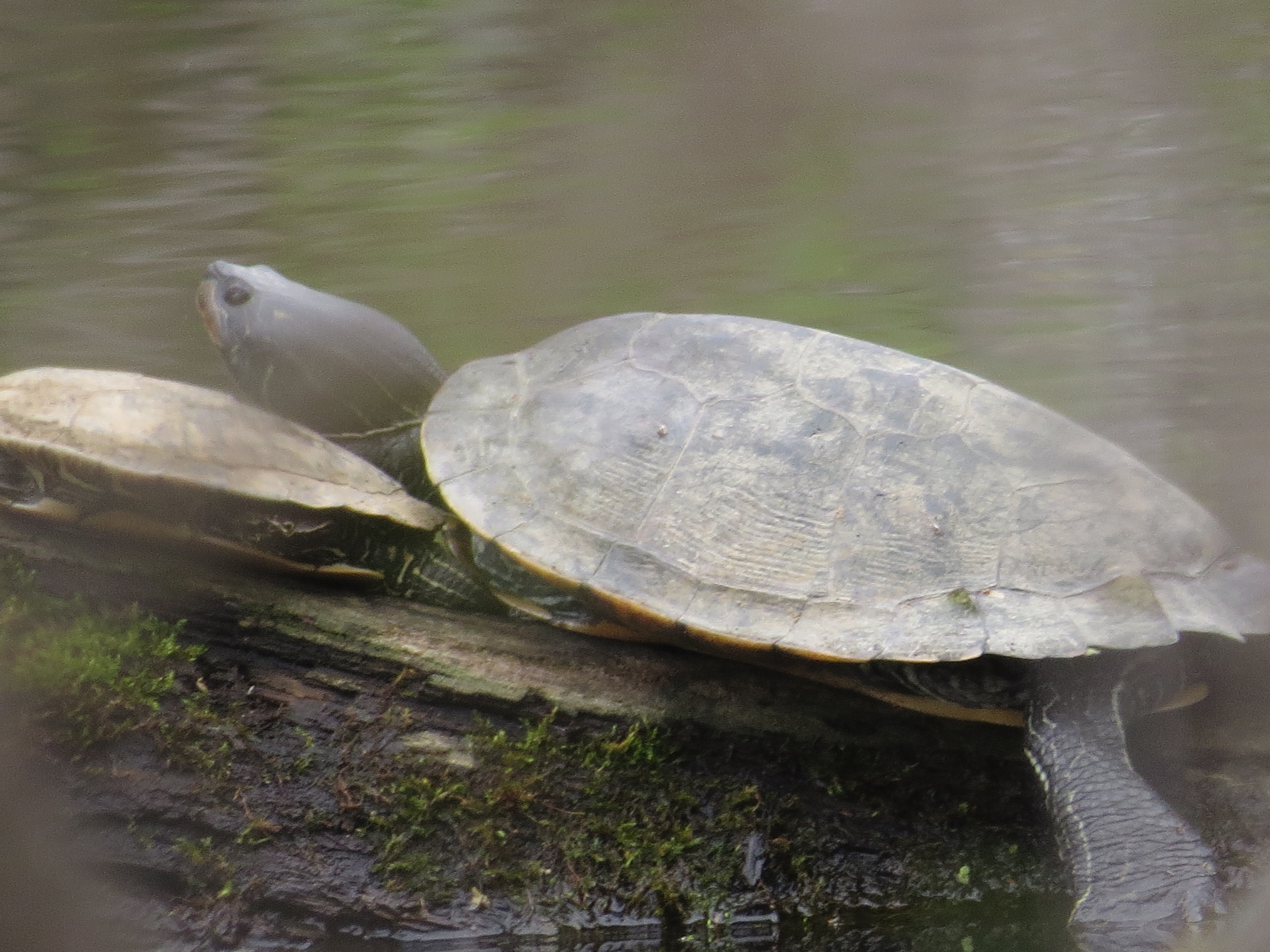
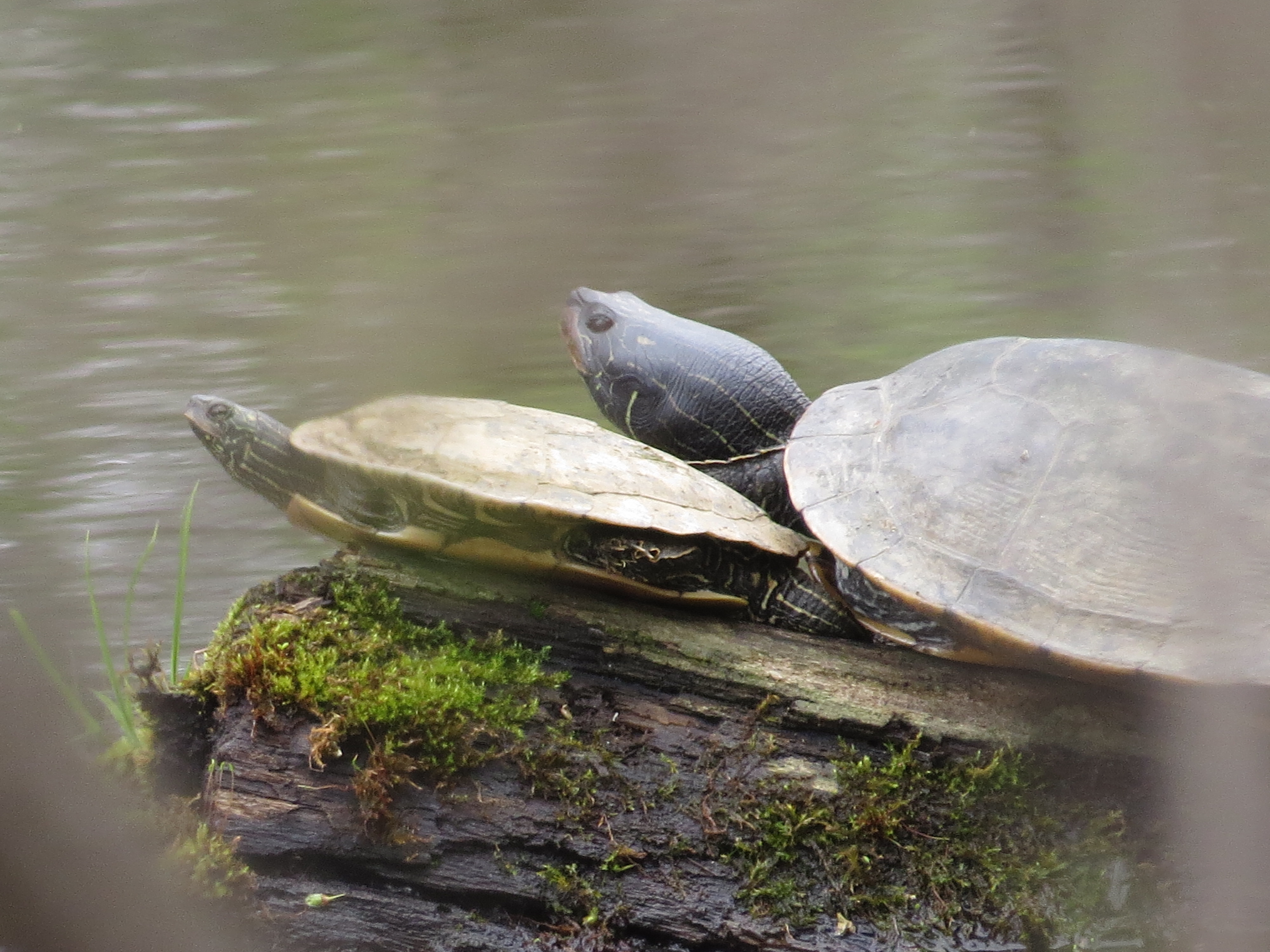
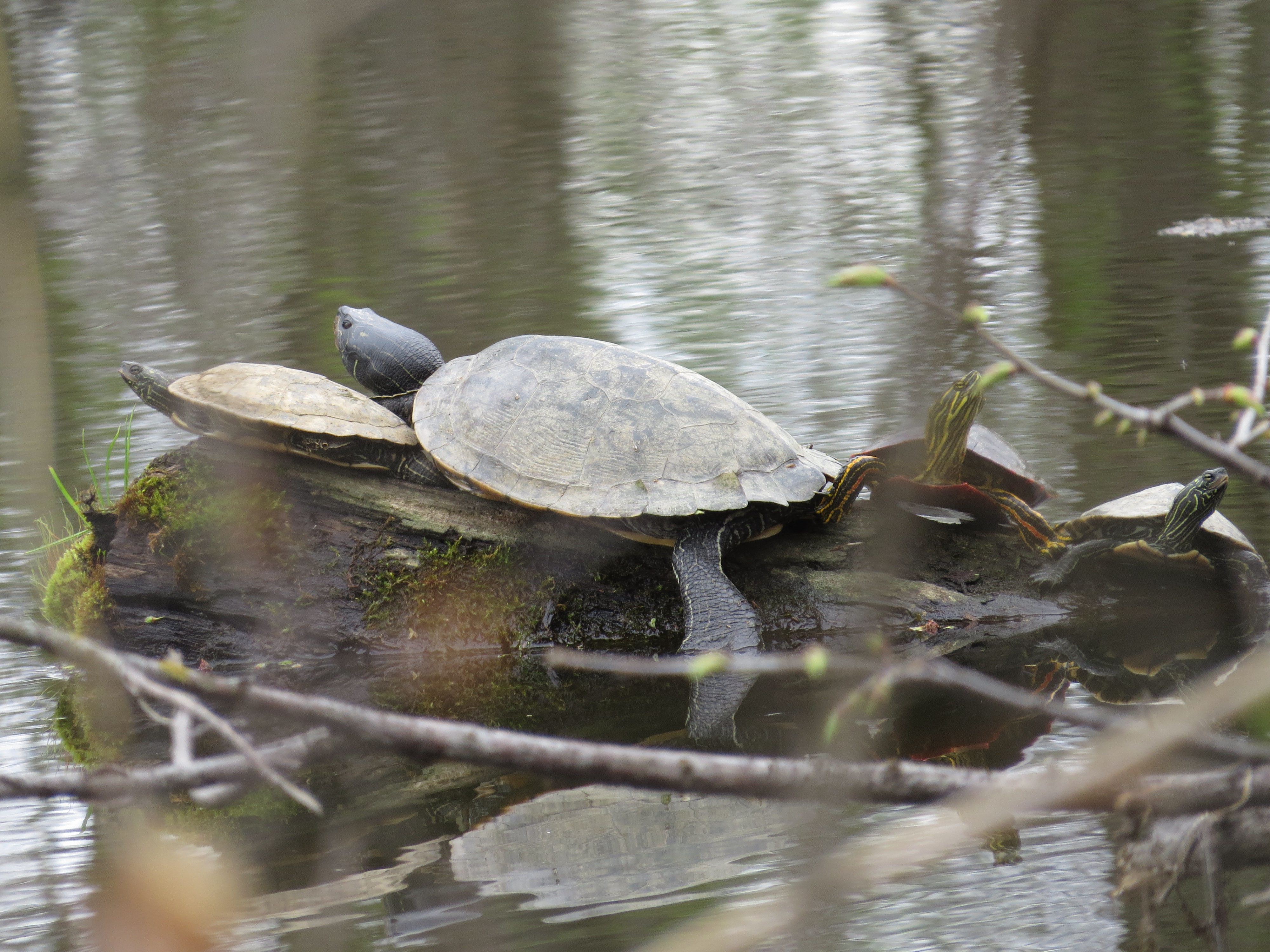
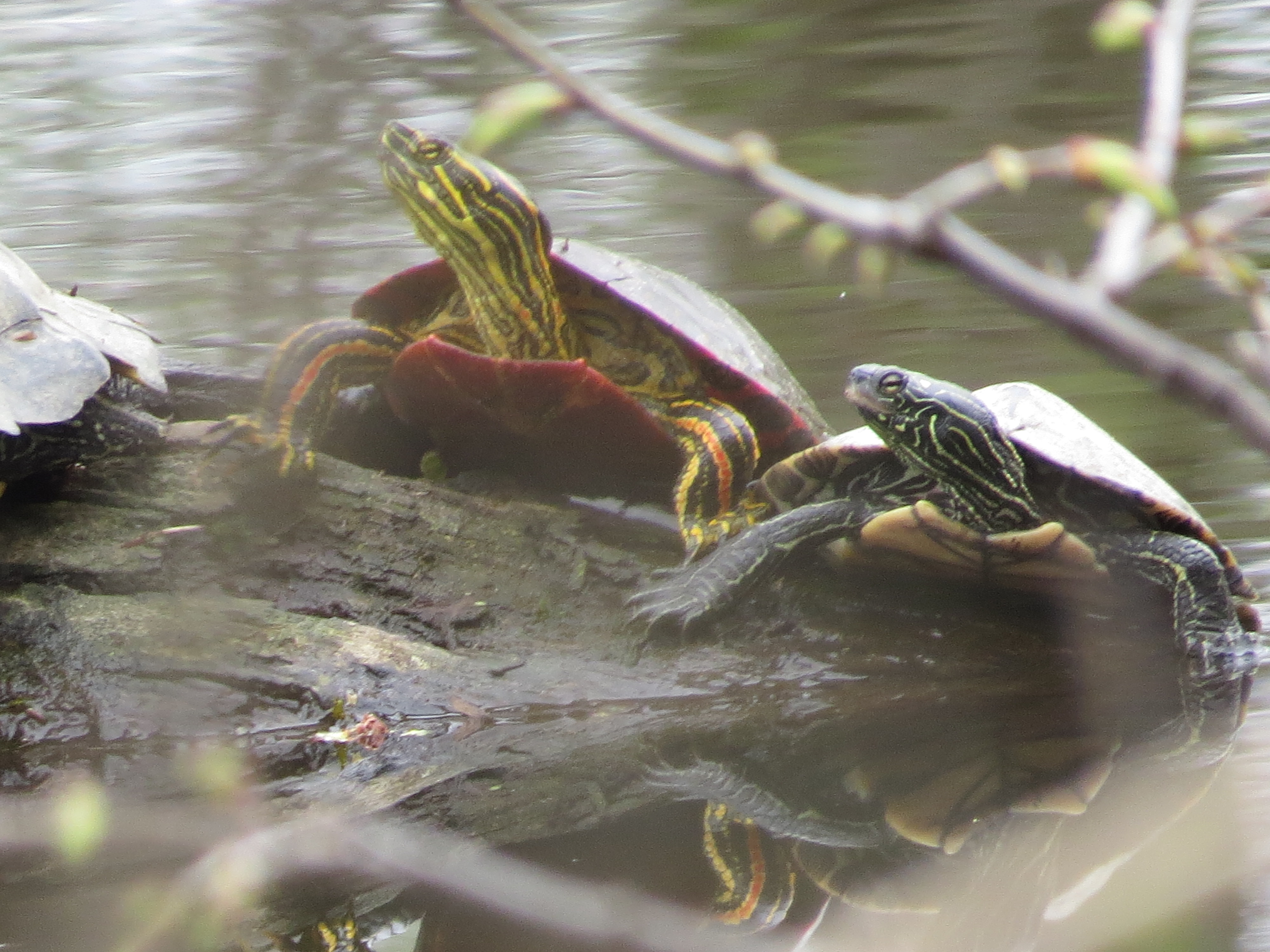
Another turtle trio of different sizes piled on a log with their eyes and noses in the air. Such funny creatures!
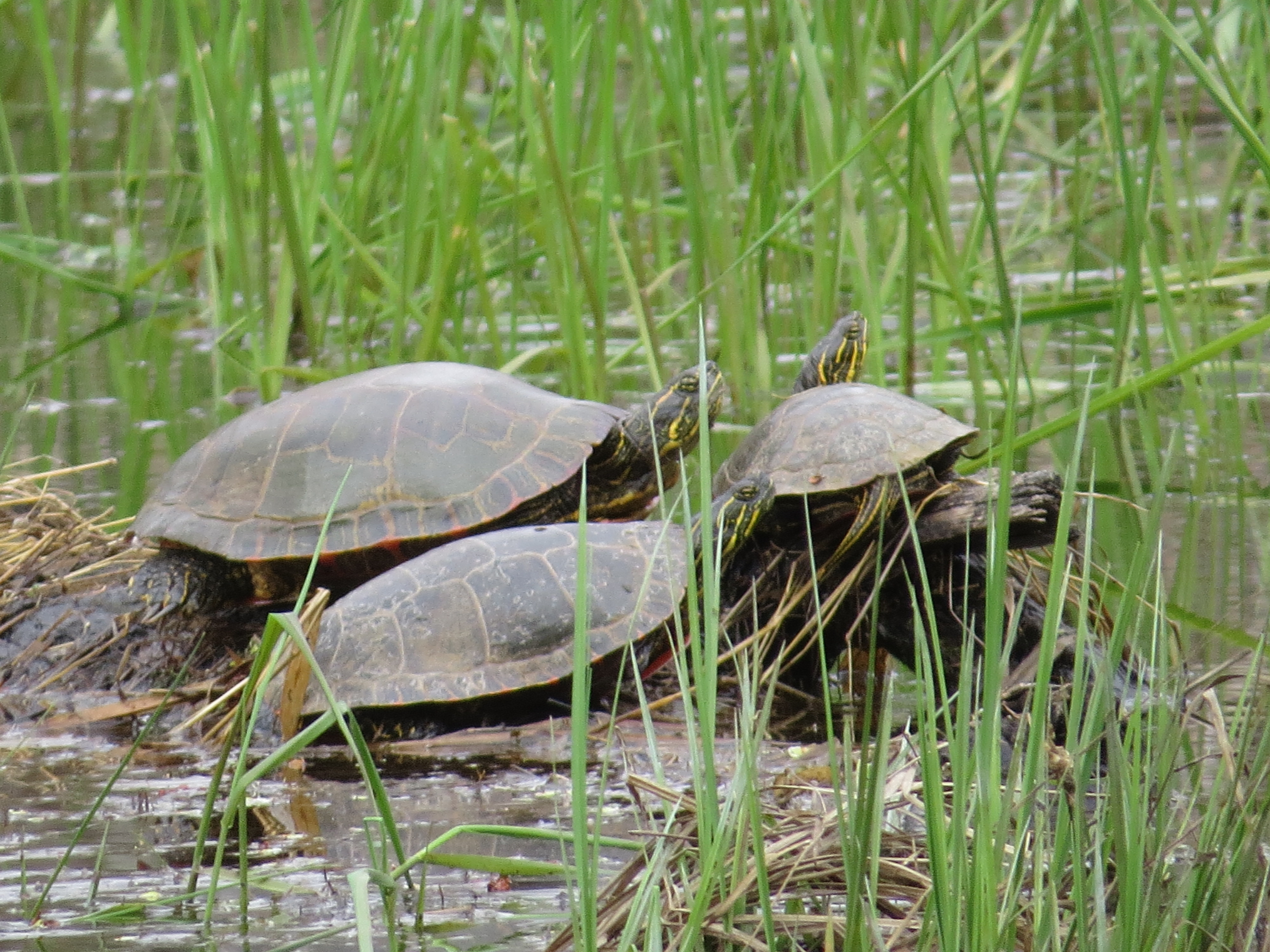
And finally, towards the end of our slow, beautiful, enchanting, funny walk, I saw this tree stump in the slough water. Moss was growing around the circumference of the bark-stripped trunk. Old, tan grass remained from the past, while new green grass was beginning to grow. A stick was propped up against the stump like someone had left a walking stick for another. Ripples and shadows and floating plants surrounded the stump, and in the middle of the stump grew a small, newly-leafed out tree in the freshest, most vibrant green!
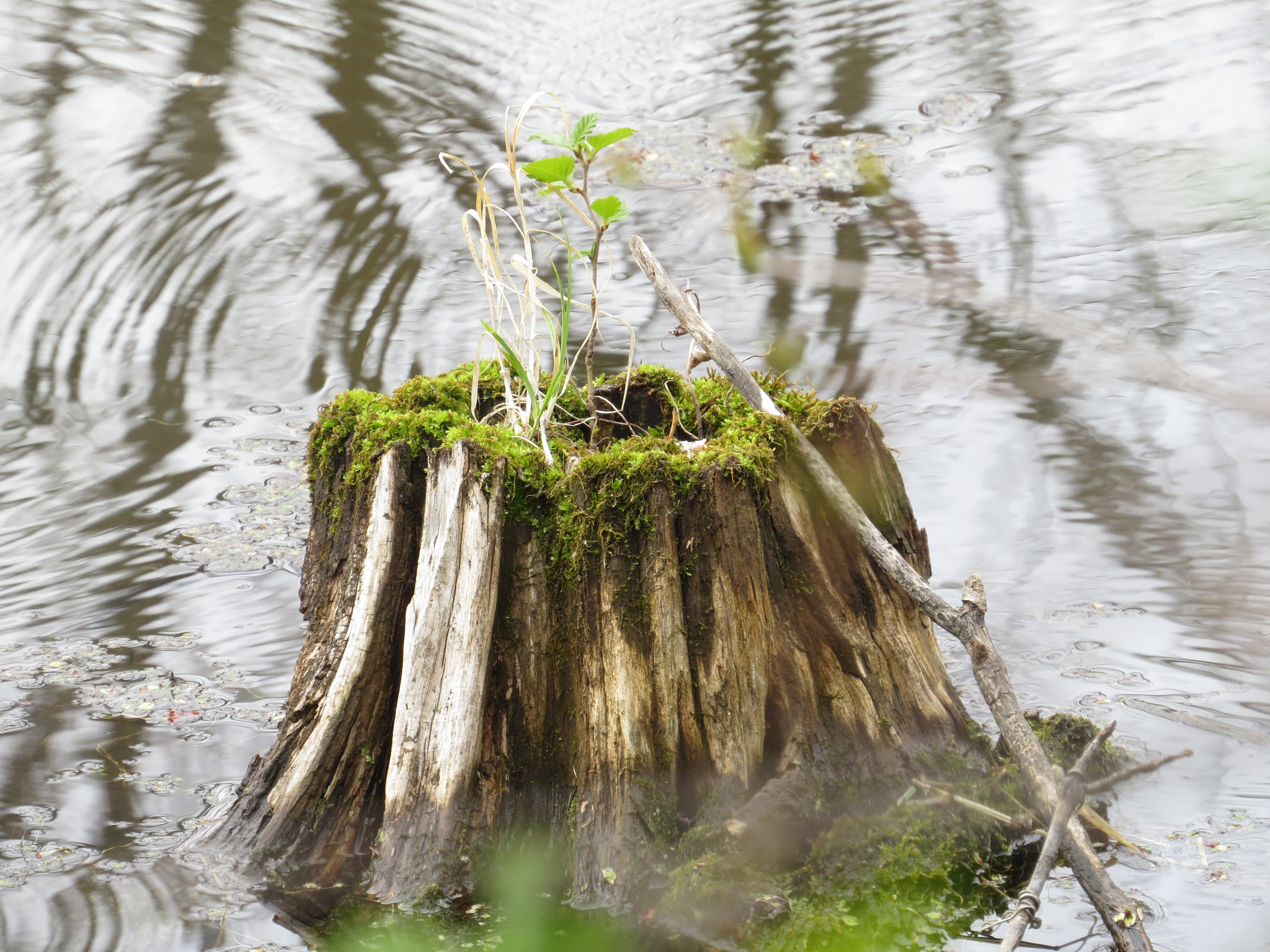
We are the vibrant trees growing from the ones who came before us. They are the exquisitely blooming flowers who become our ‘nutrient pools’ who nourish us in our growth. The windows of time, those anniversaries of death or trauma that are remembered in our bodies, encoded into our brains, and carved into our souls, are there for a purpose. We are supposed to remember in order to transform the grief and pain into something of substance and form, of beauty and peace, so we can recognize how important we each are in the whole of creation. Take up your walking stick, give thanks for those loving souls who came before us, don’t get bogged down by the petty, muddled world around us, and find joy in fleeting flowers and sun-bathing turtles.
